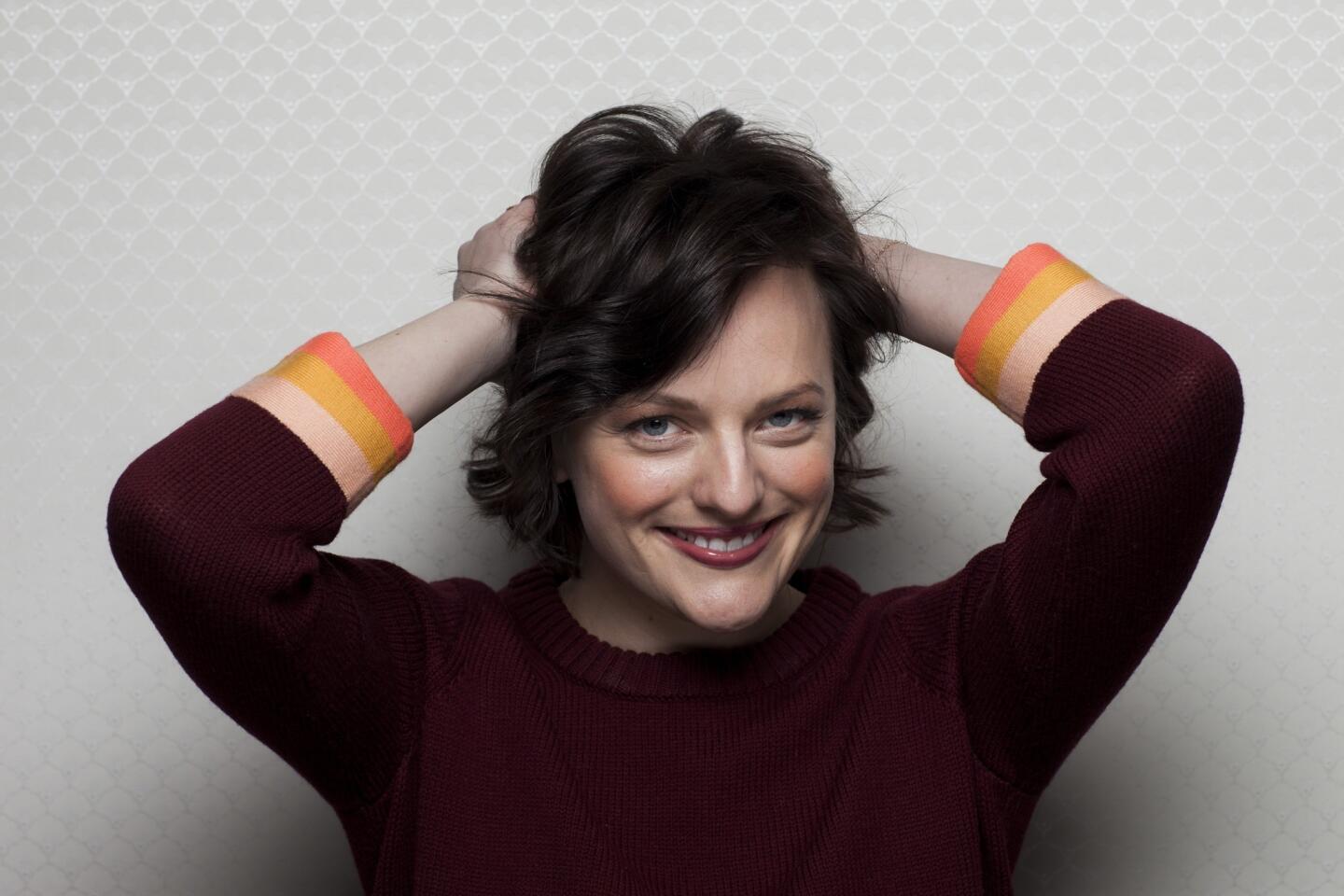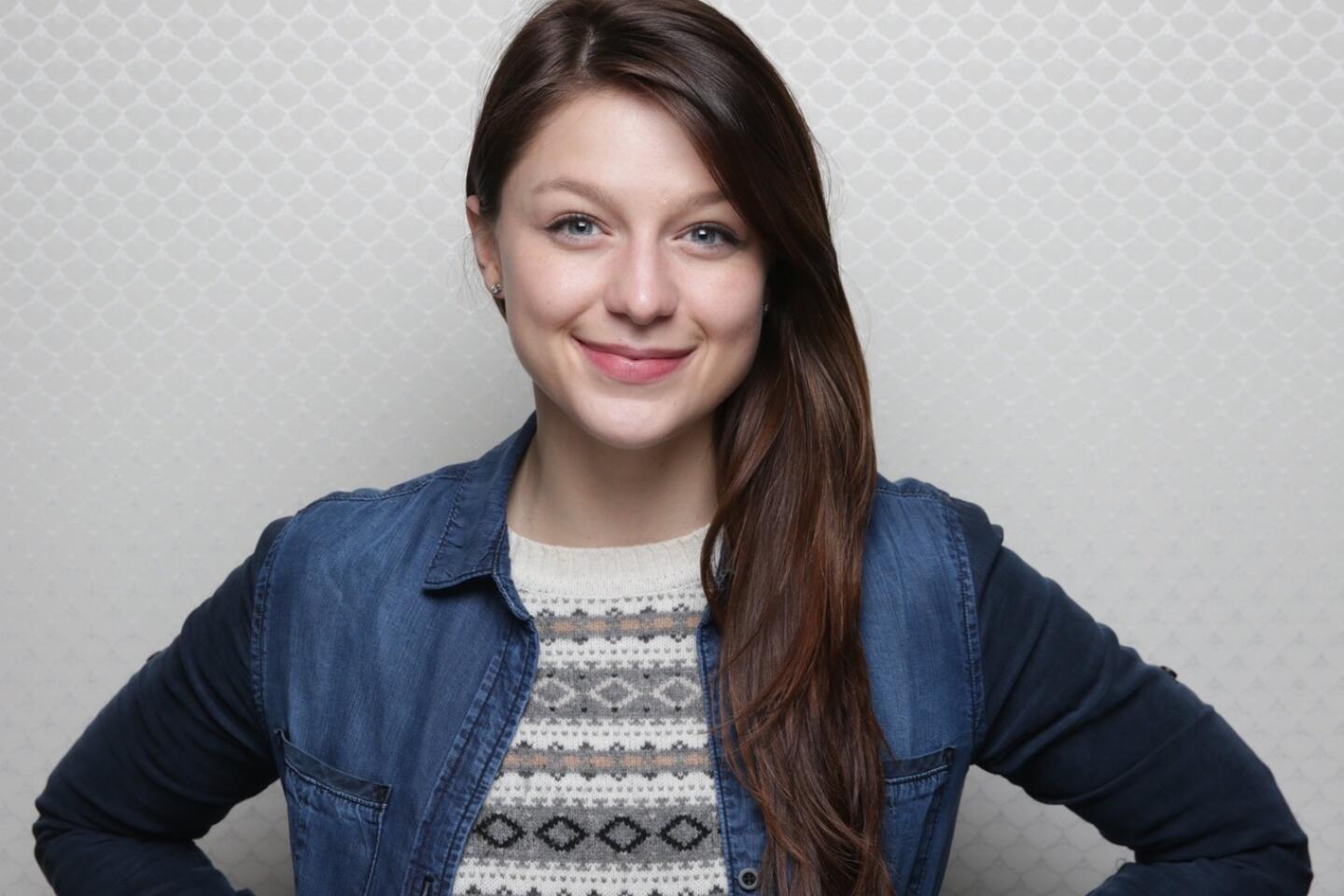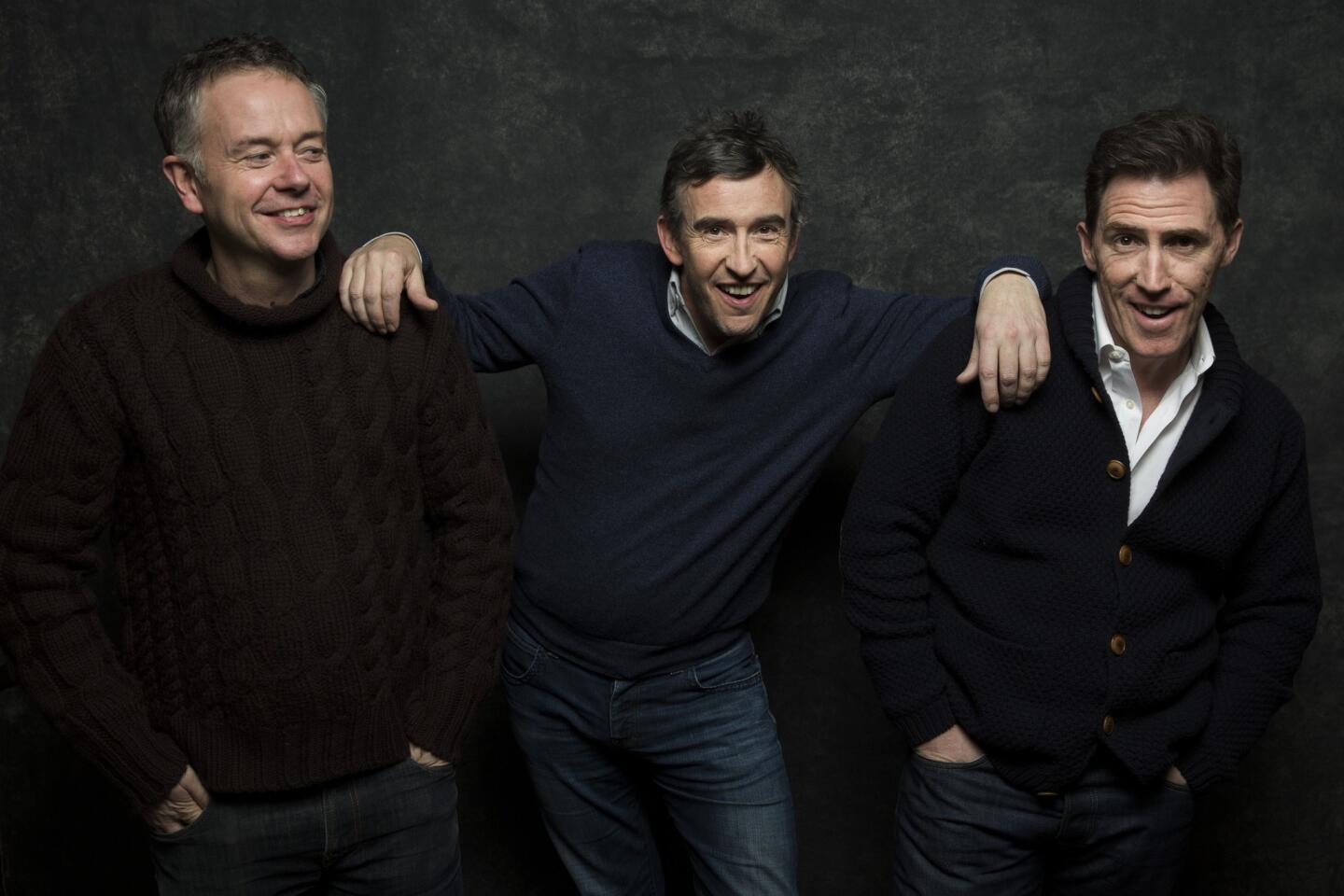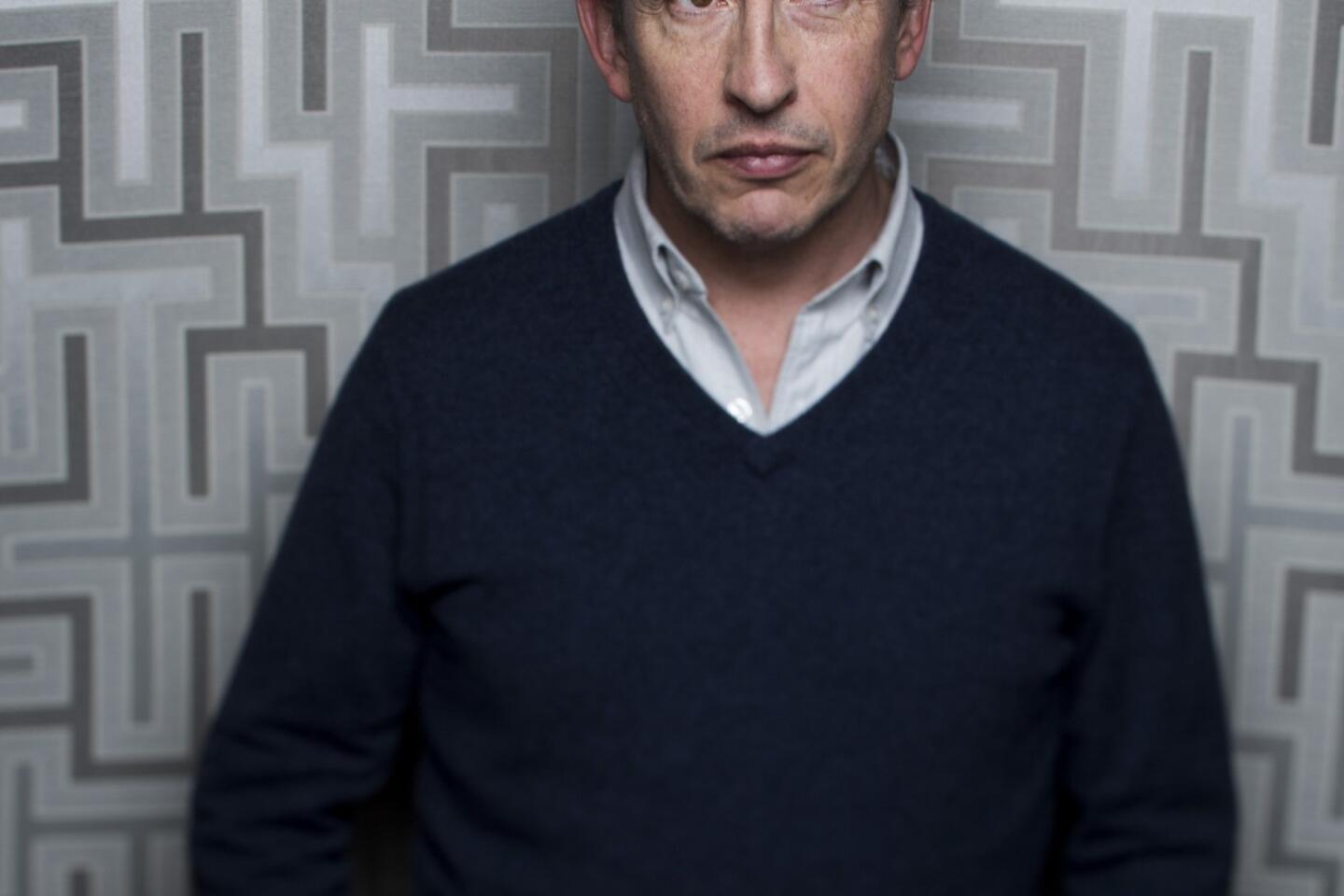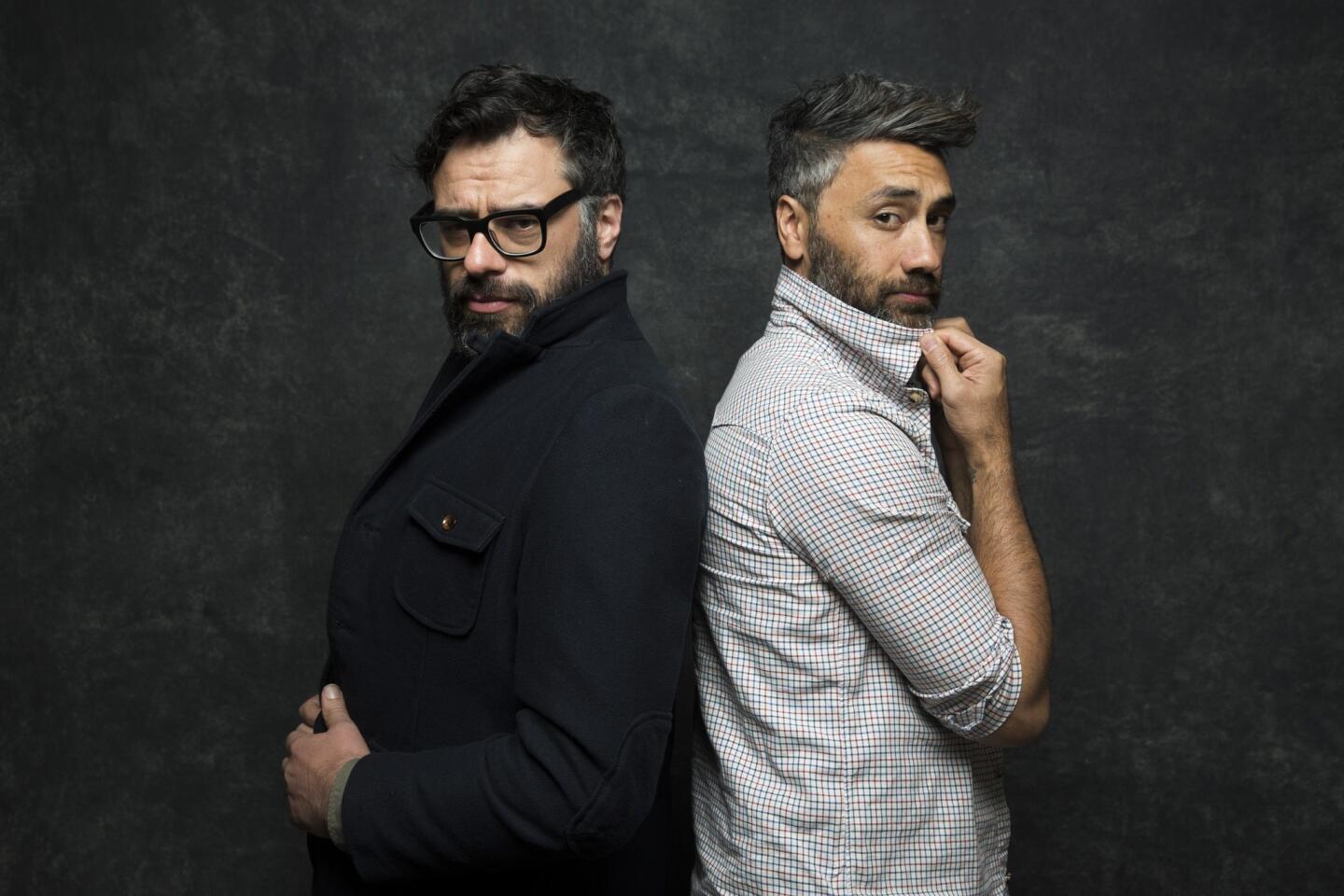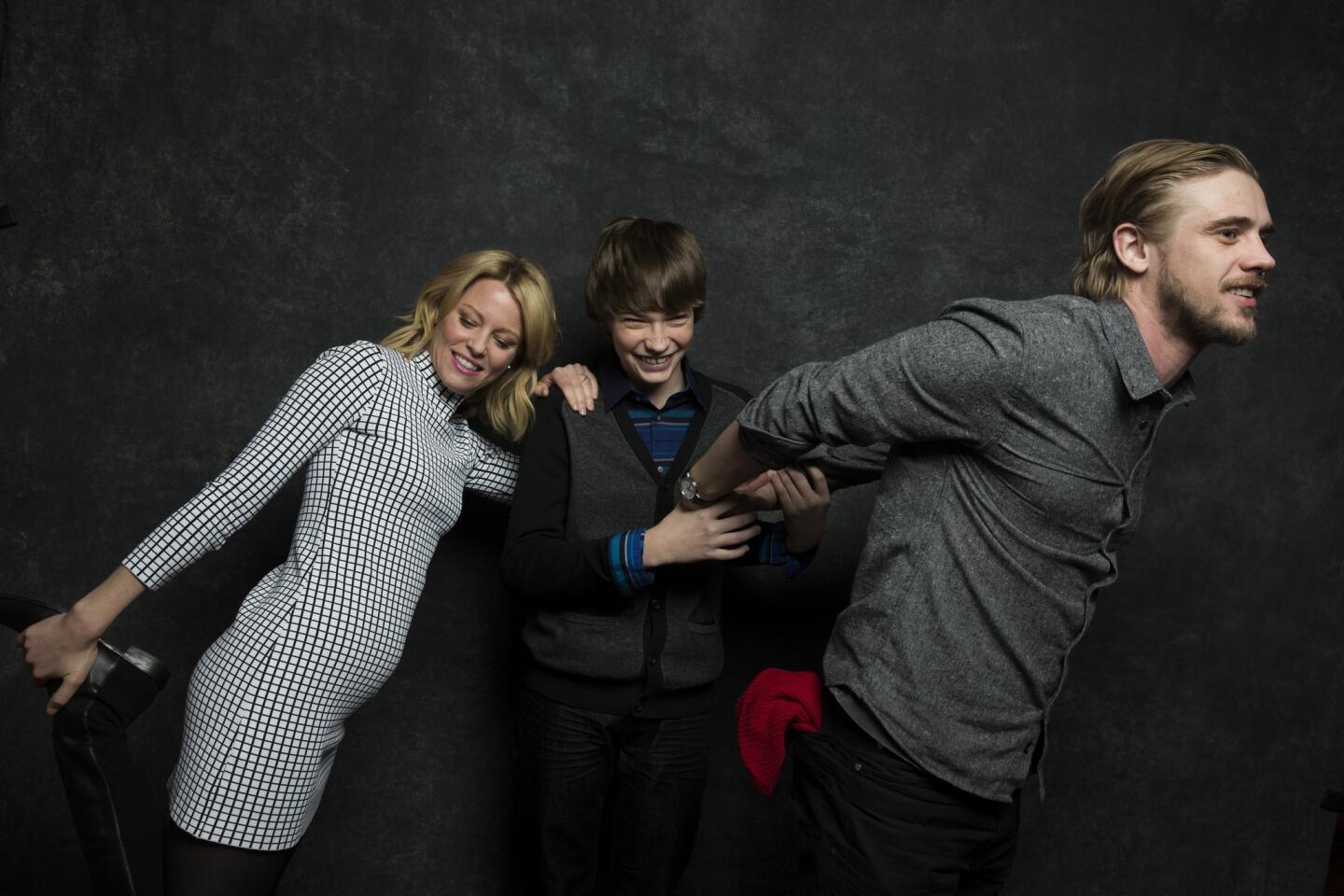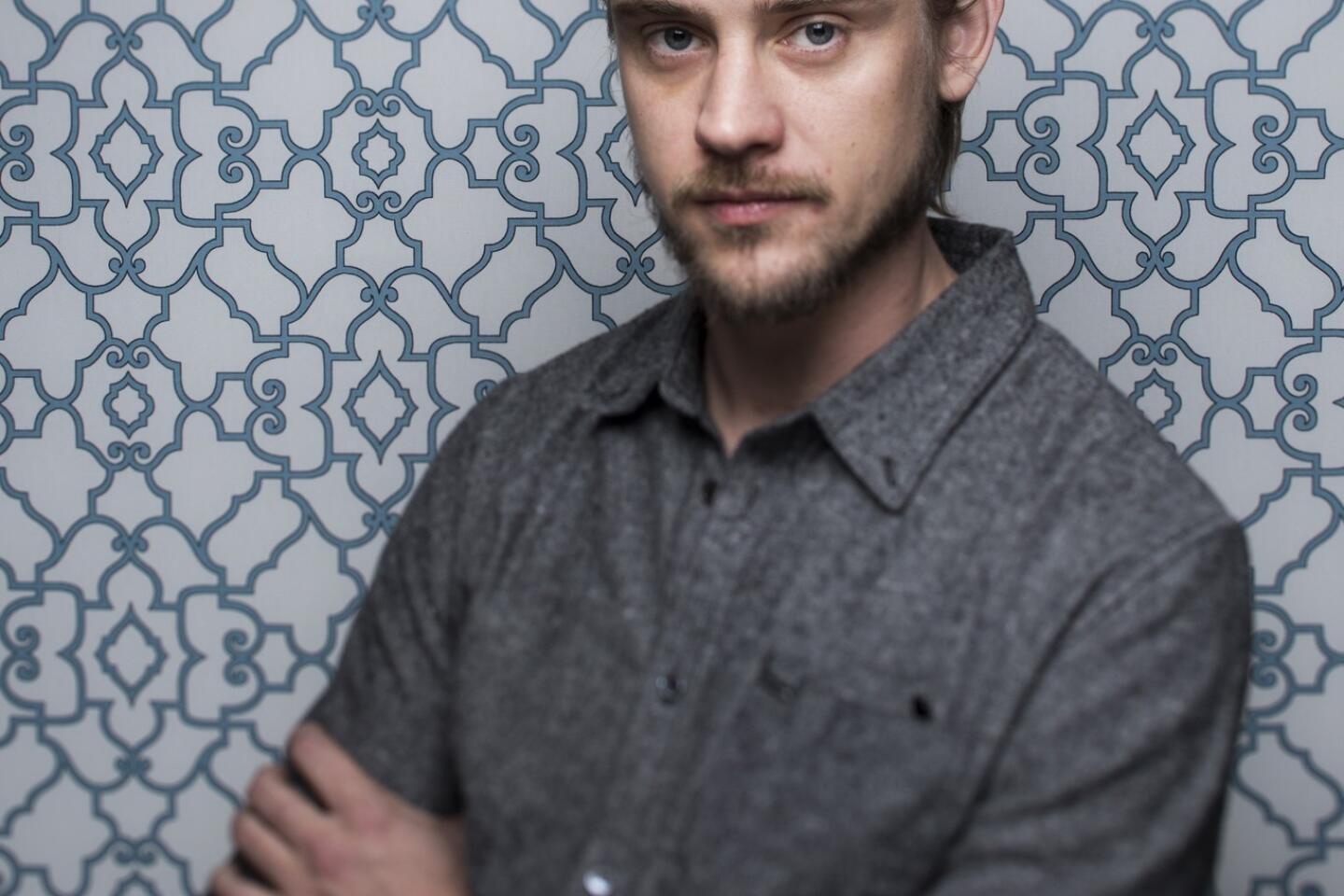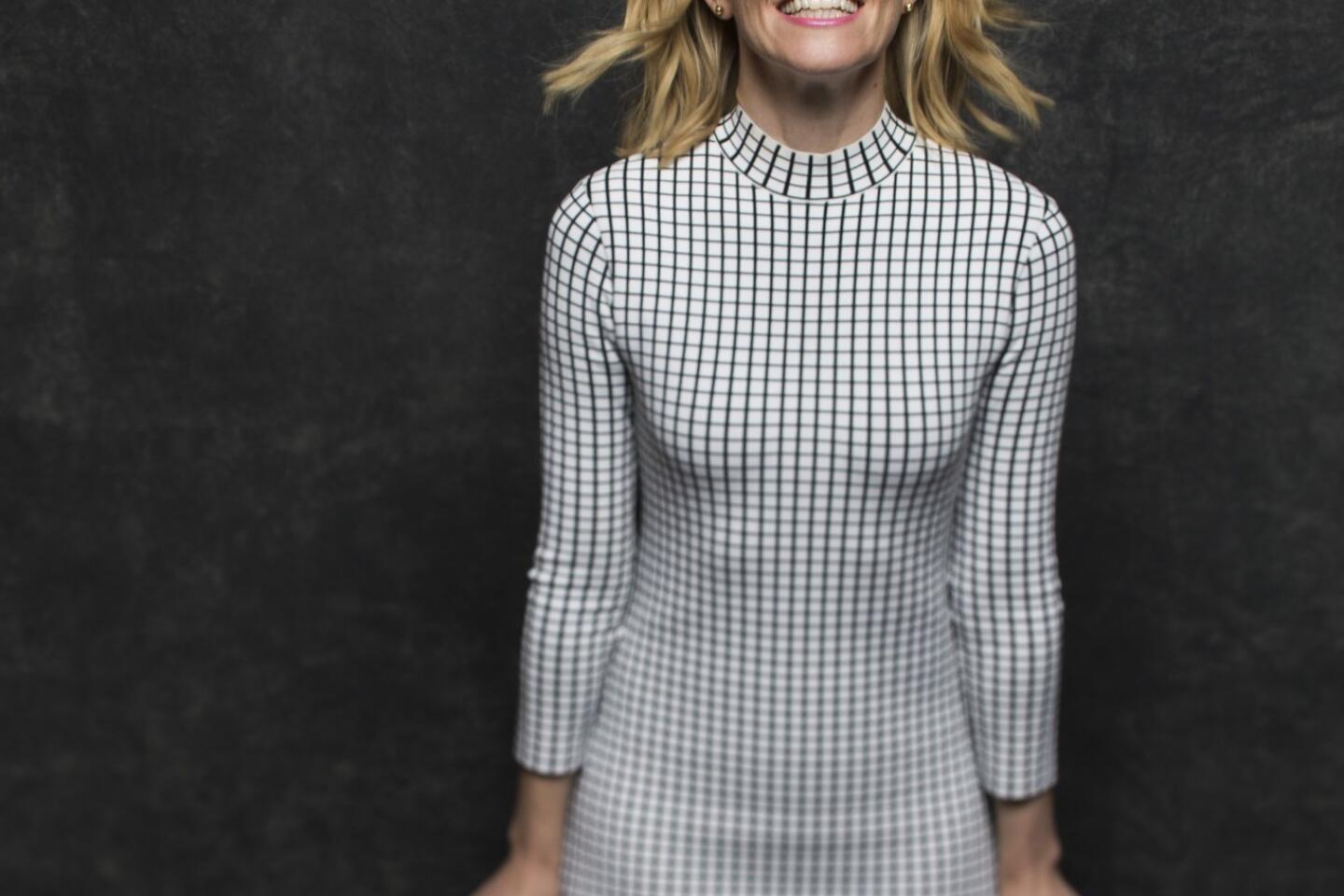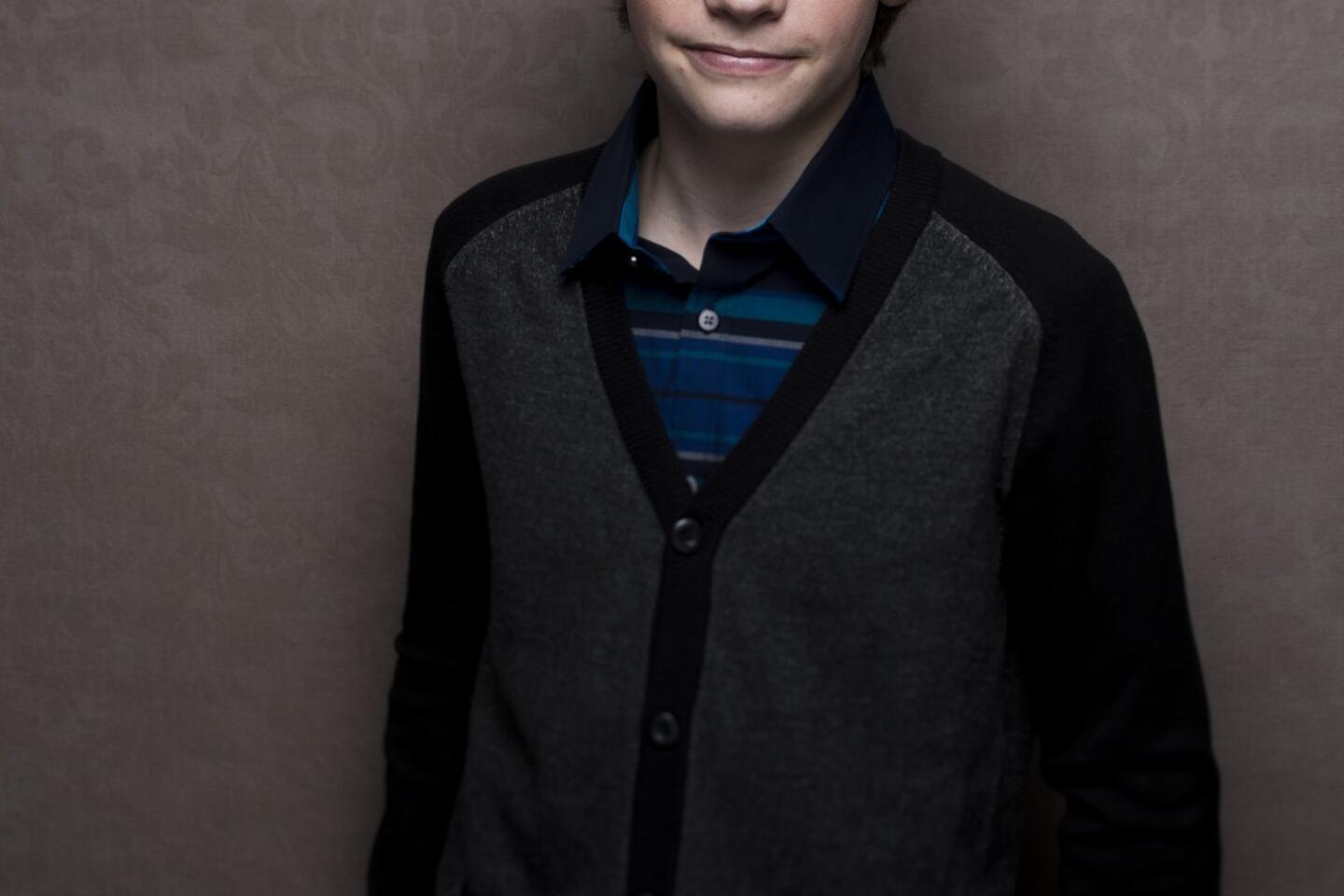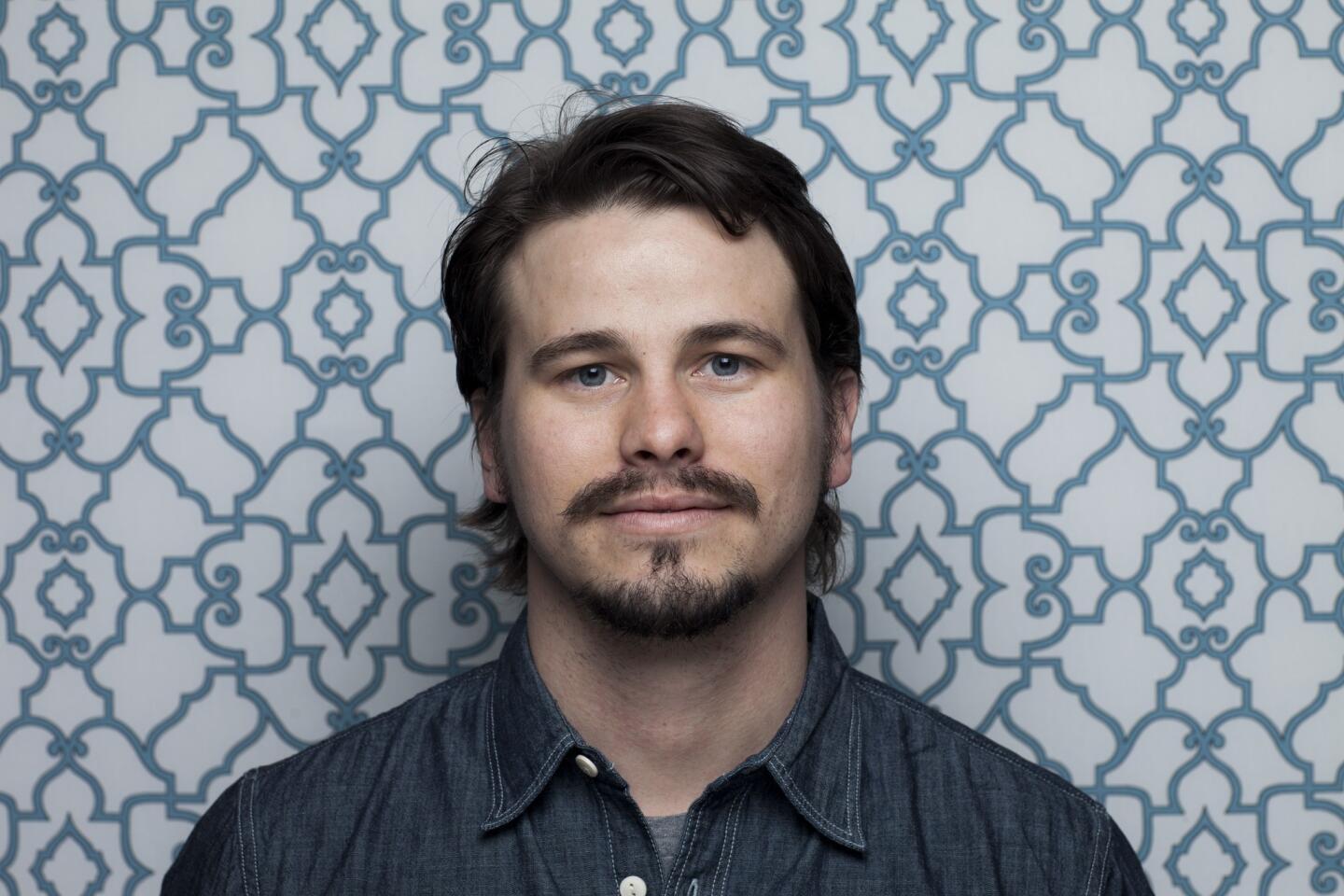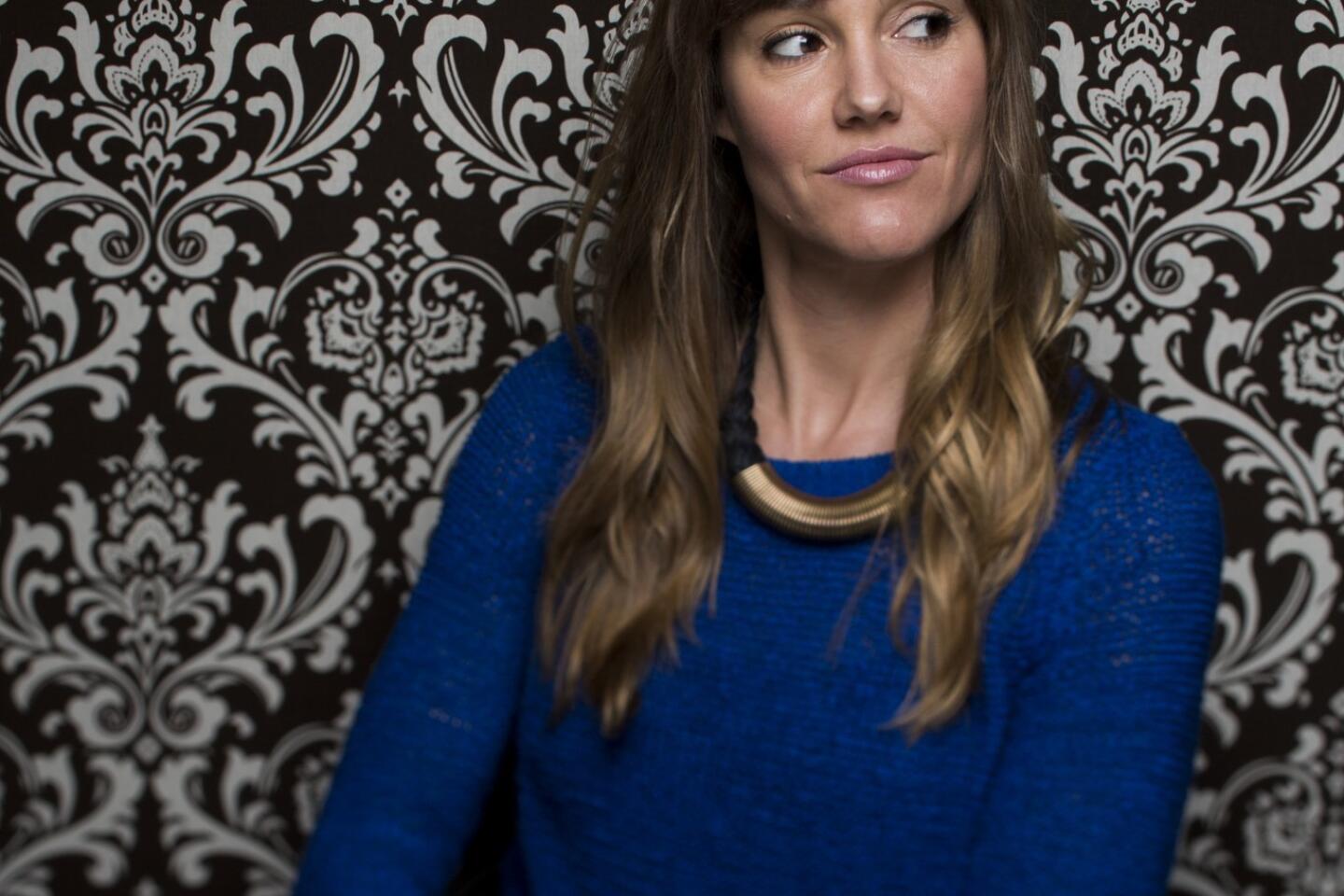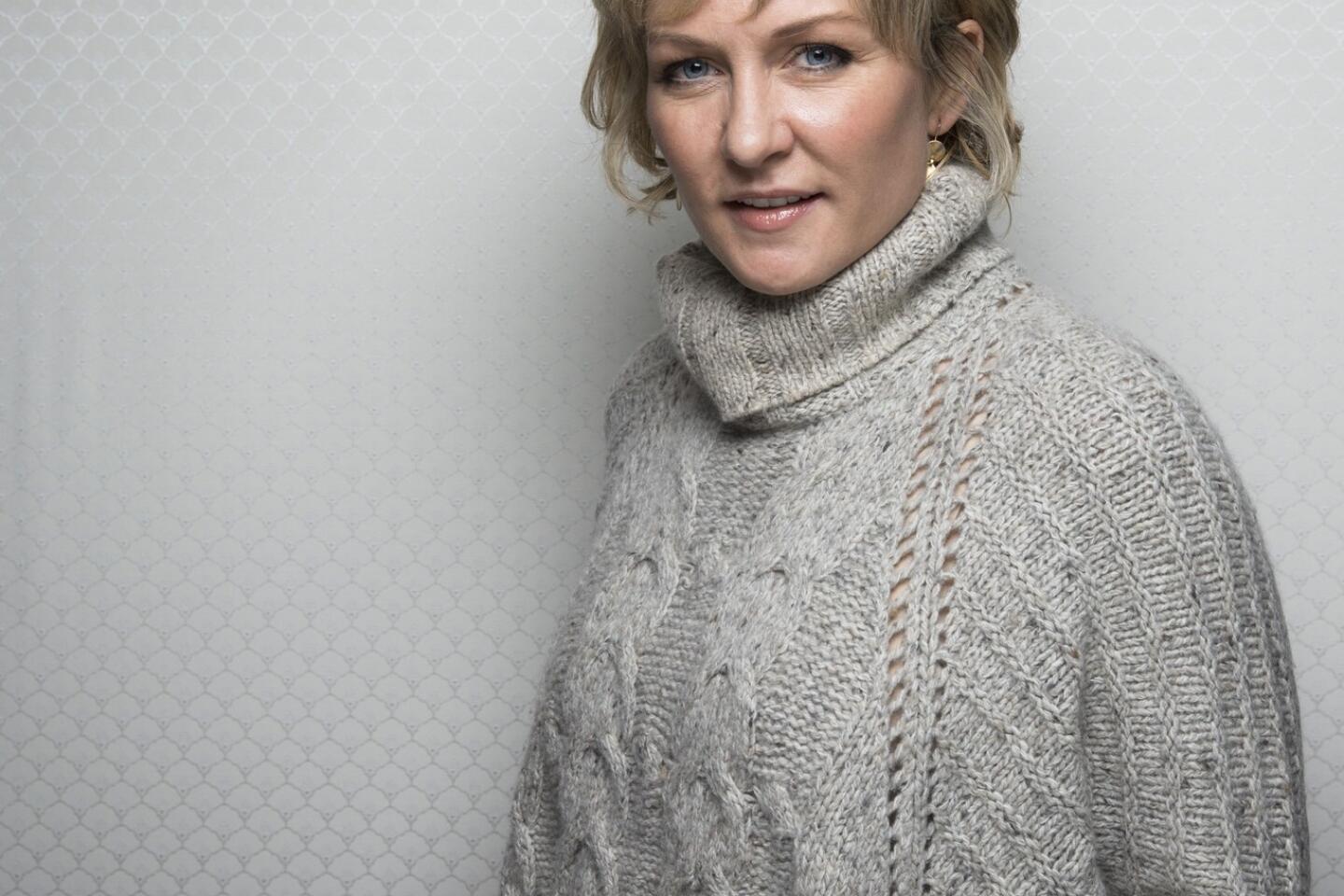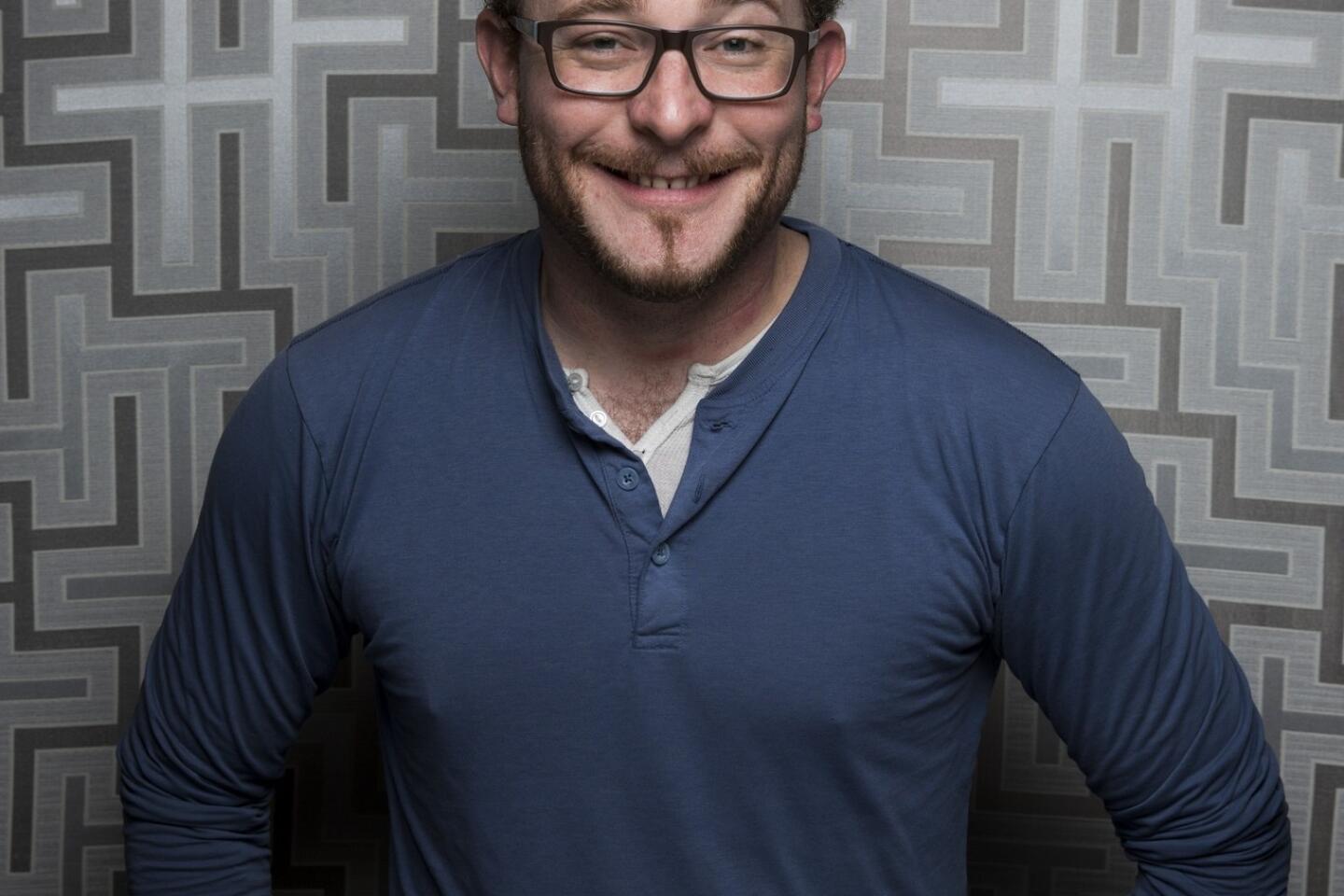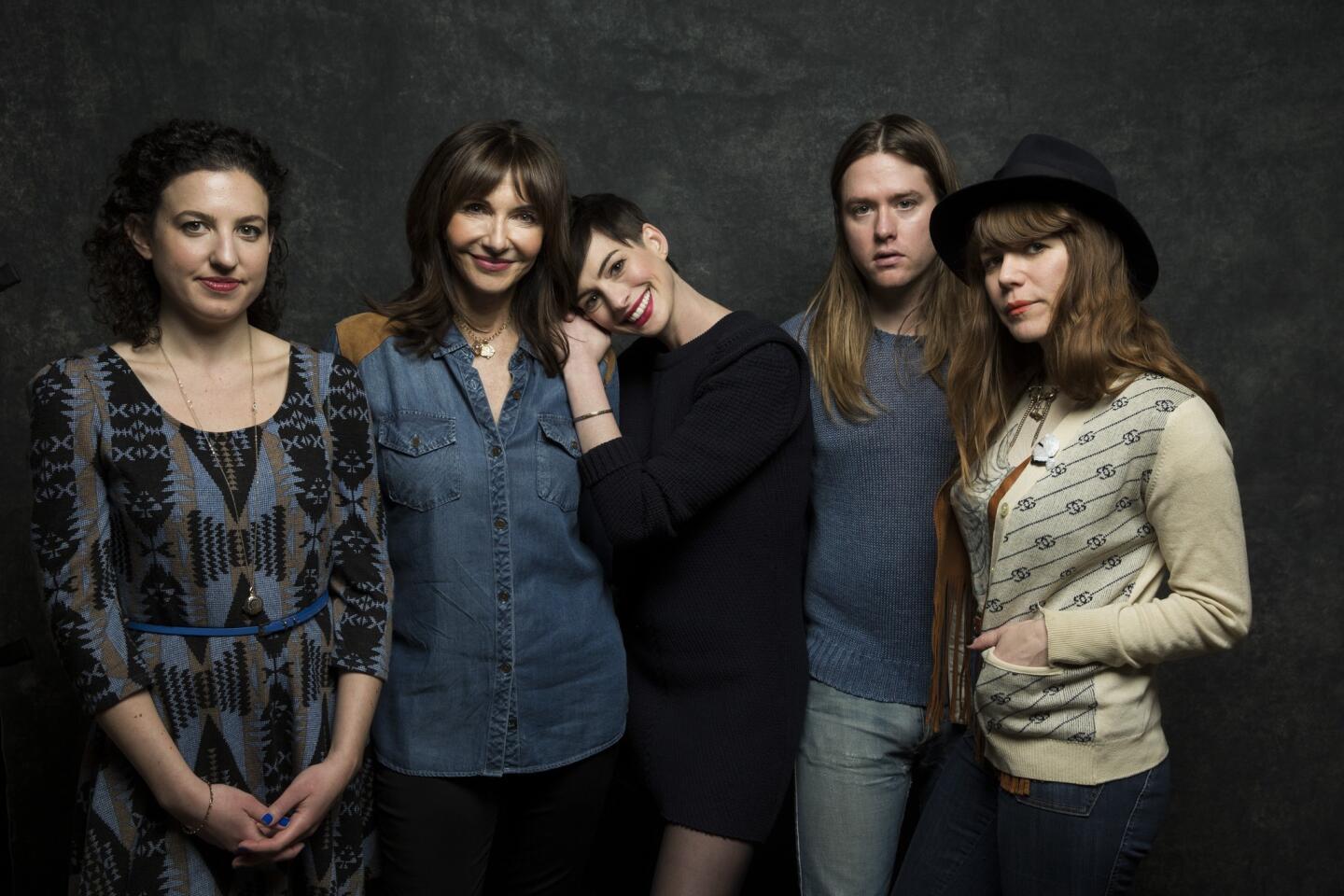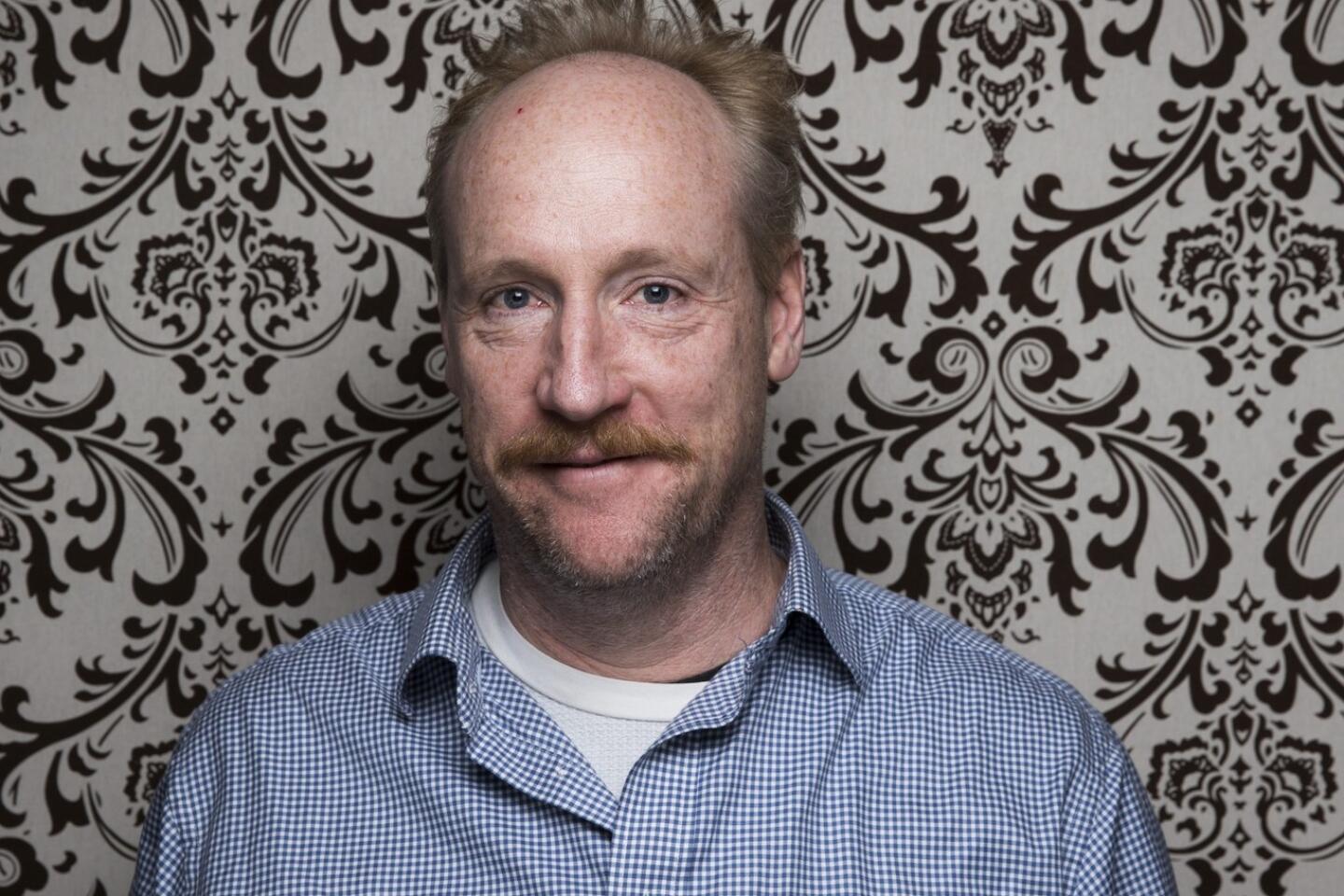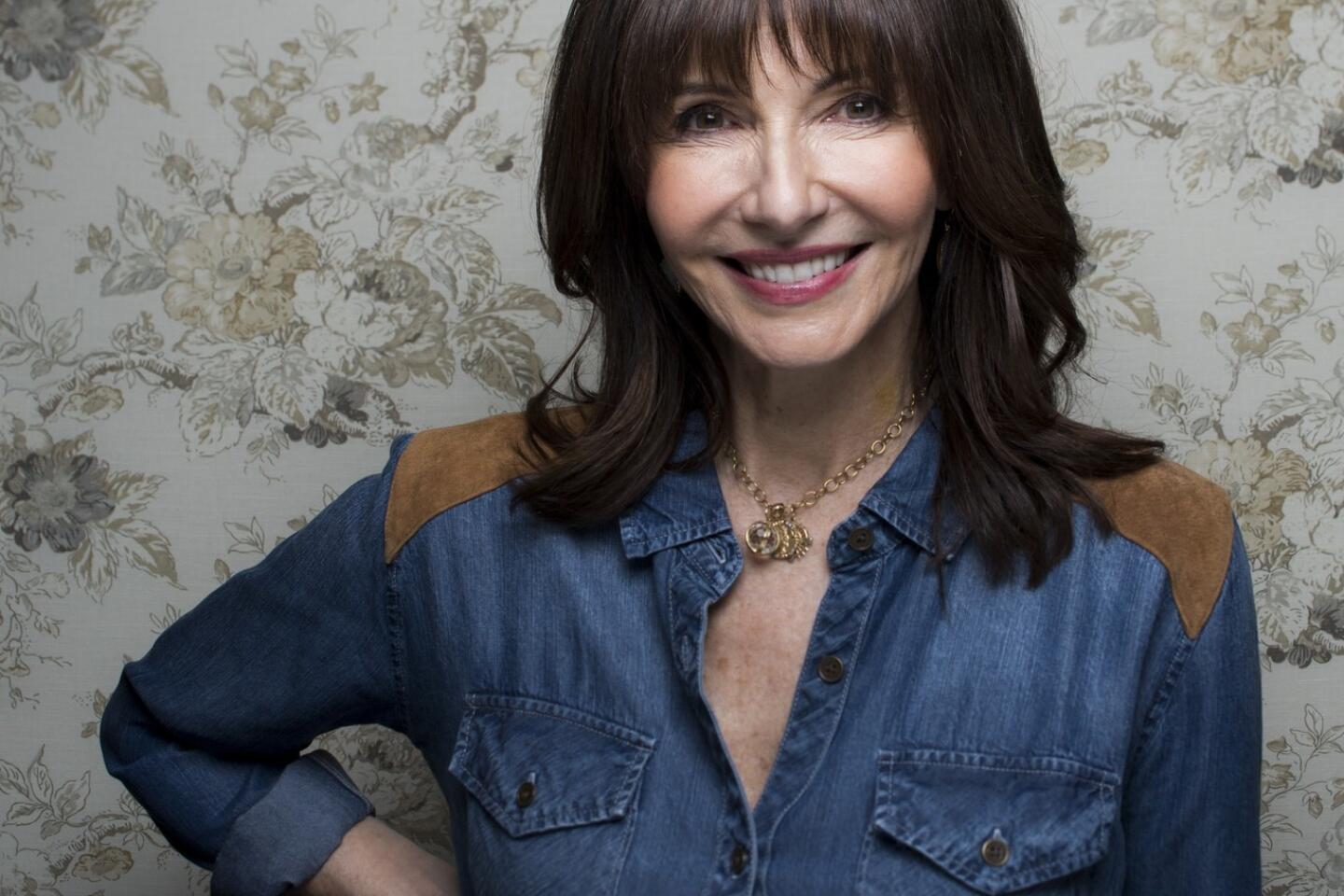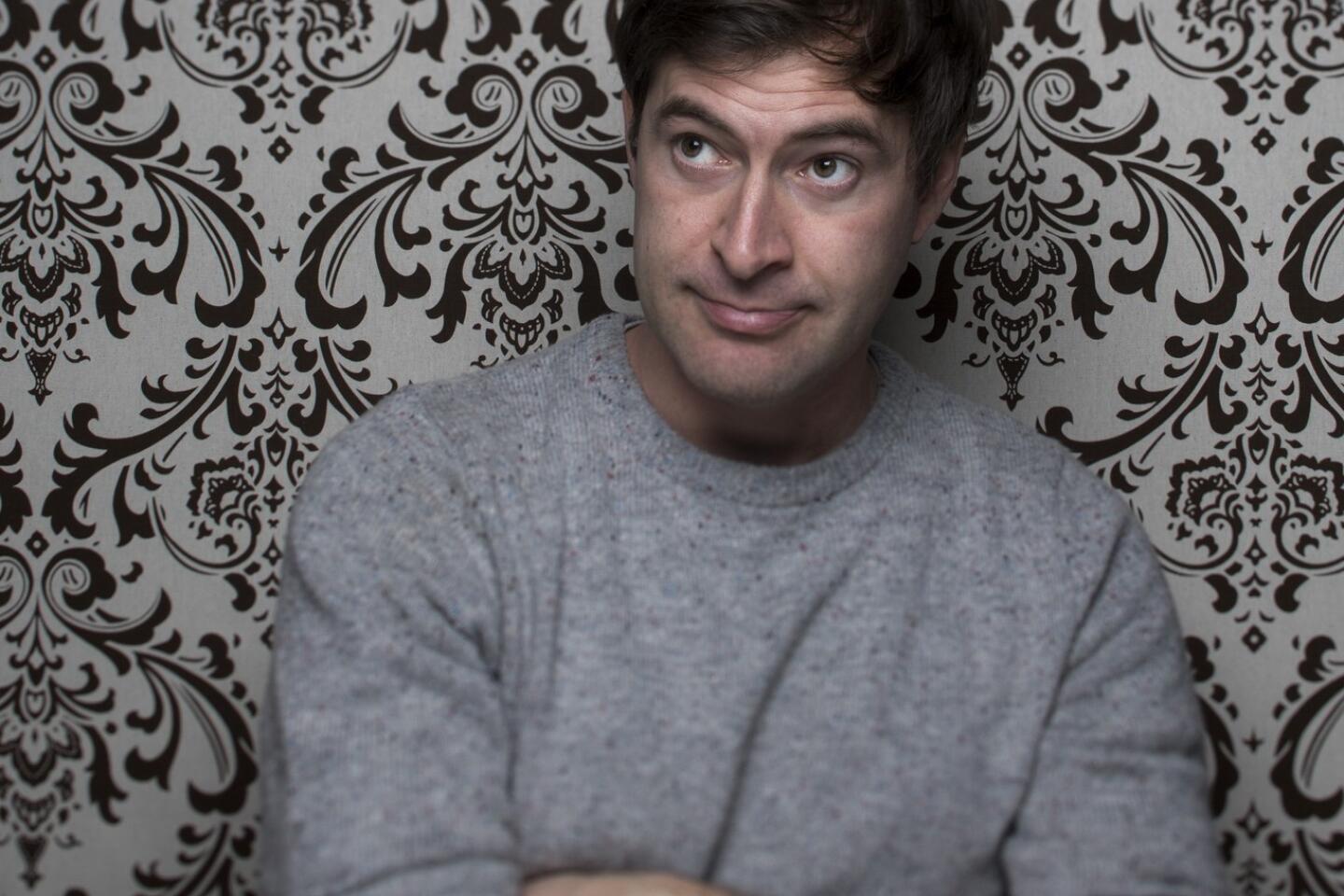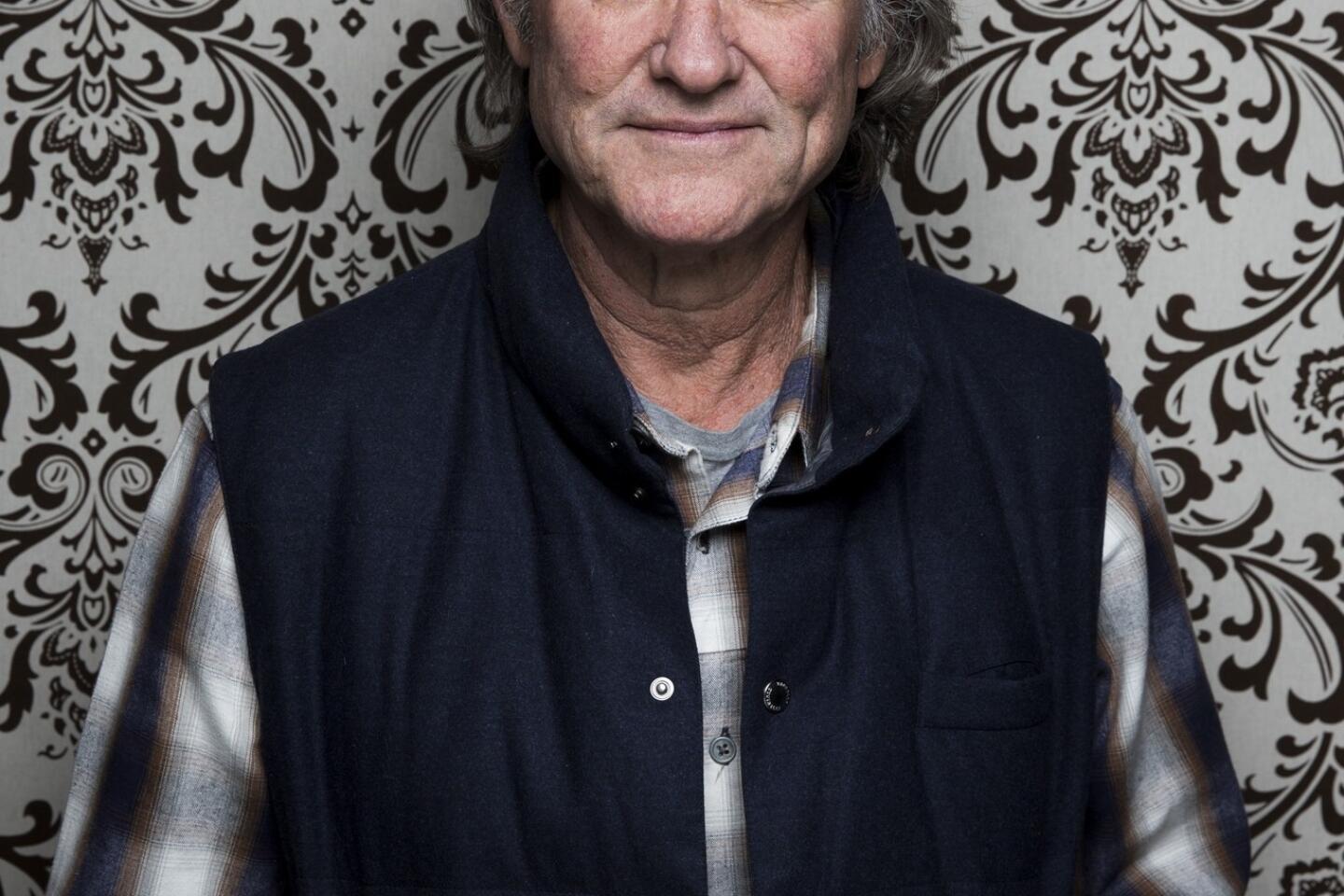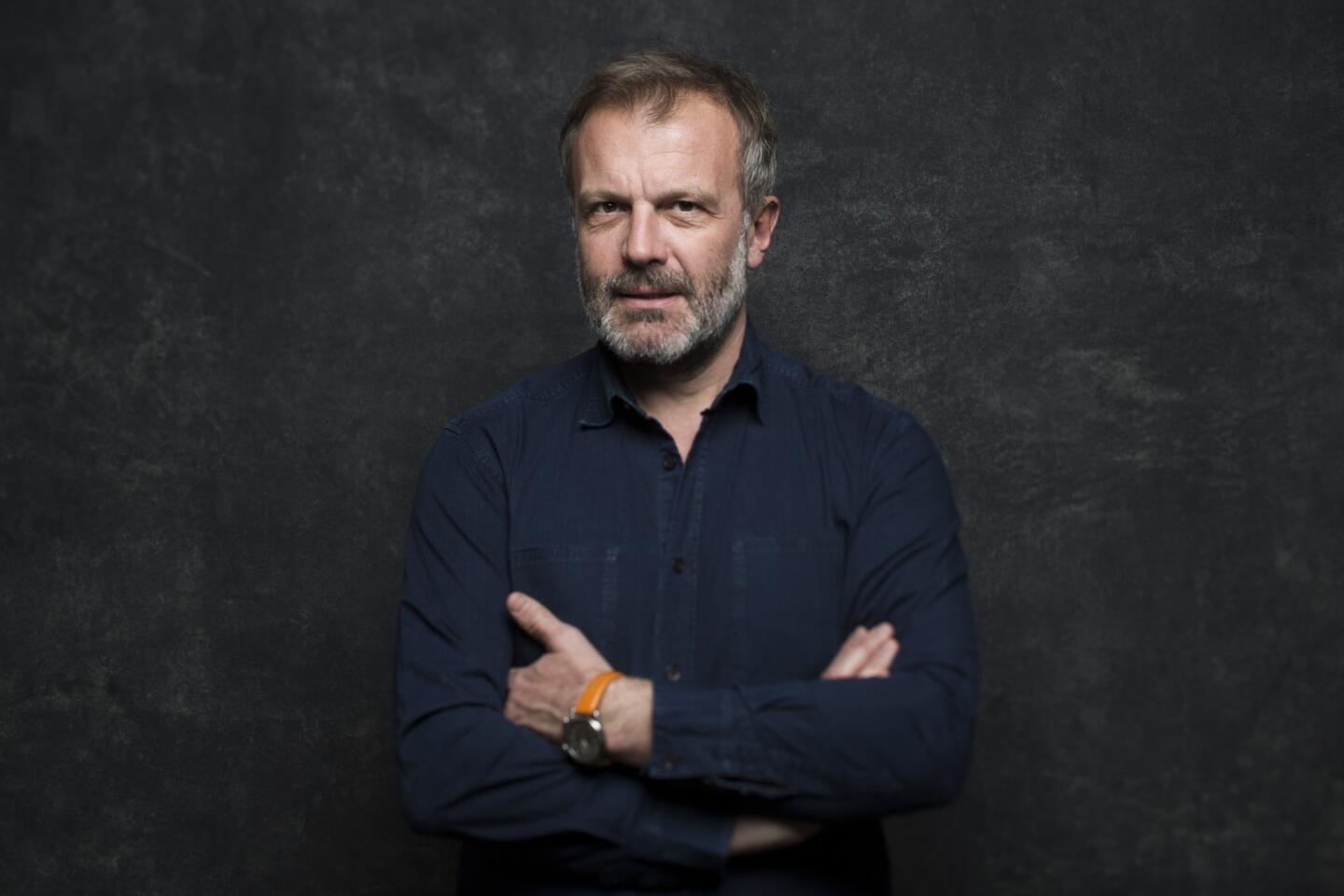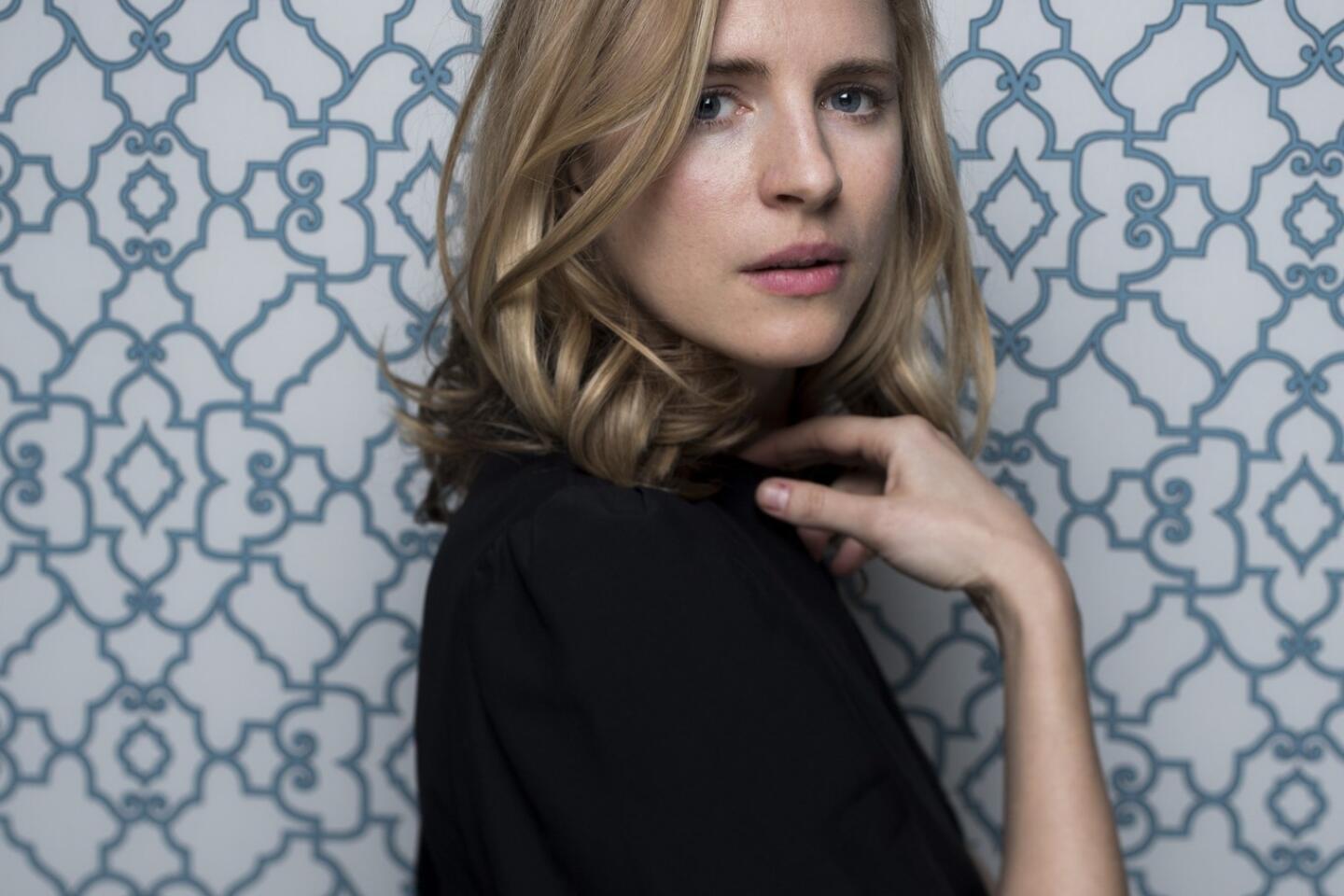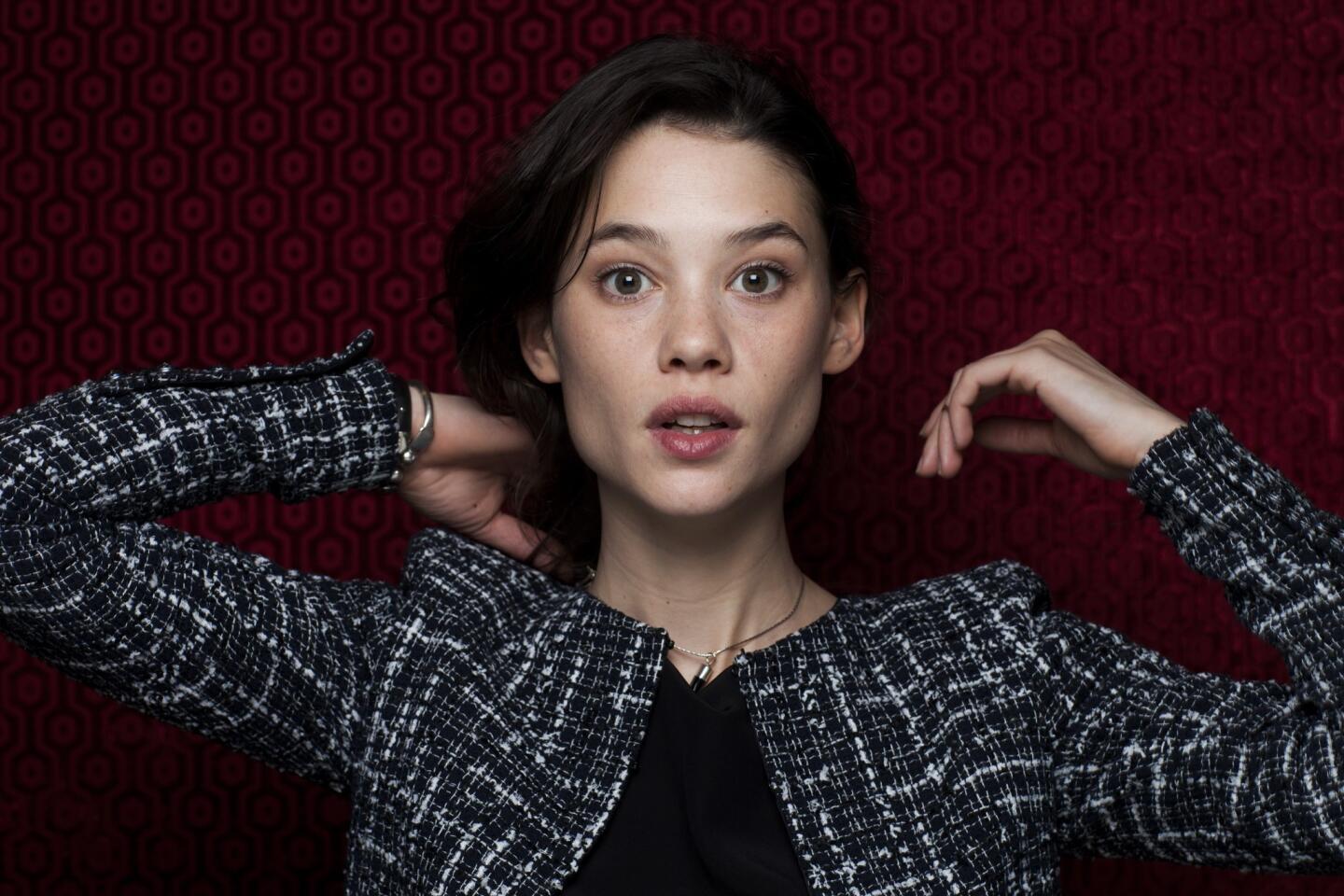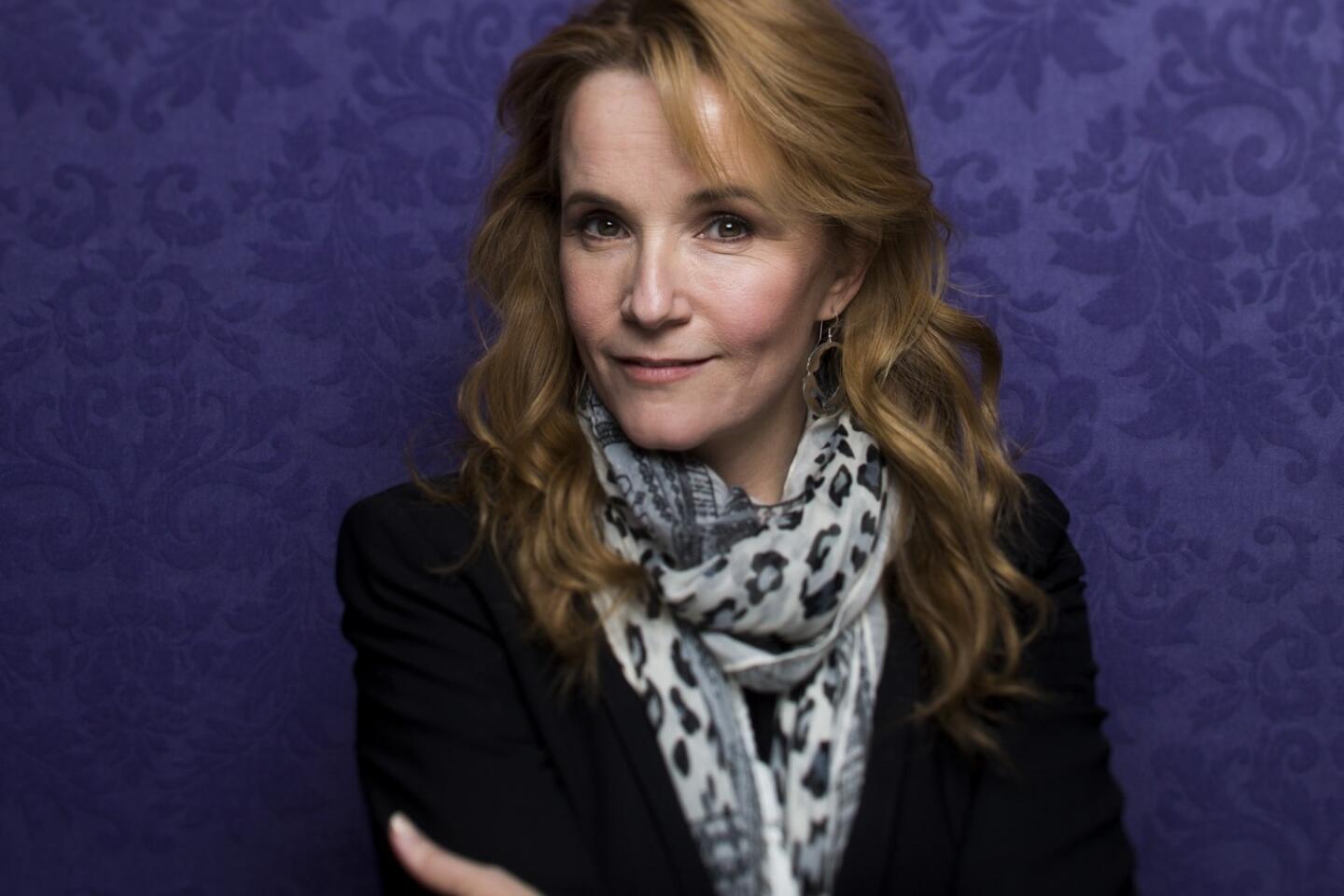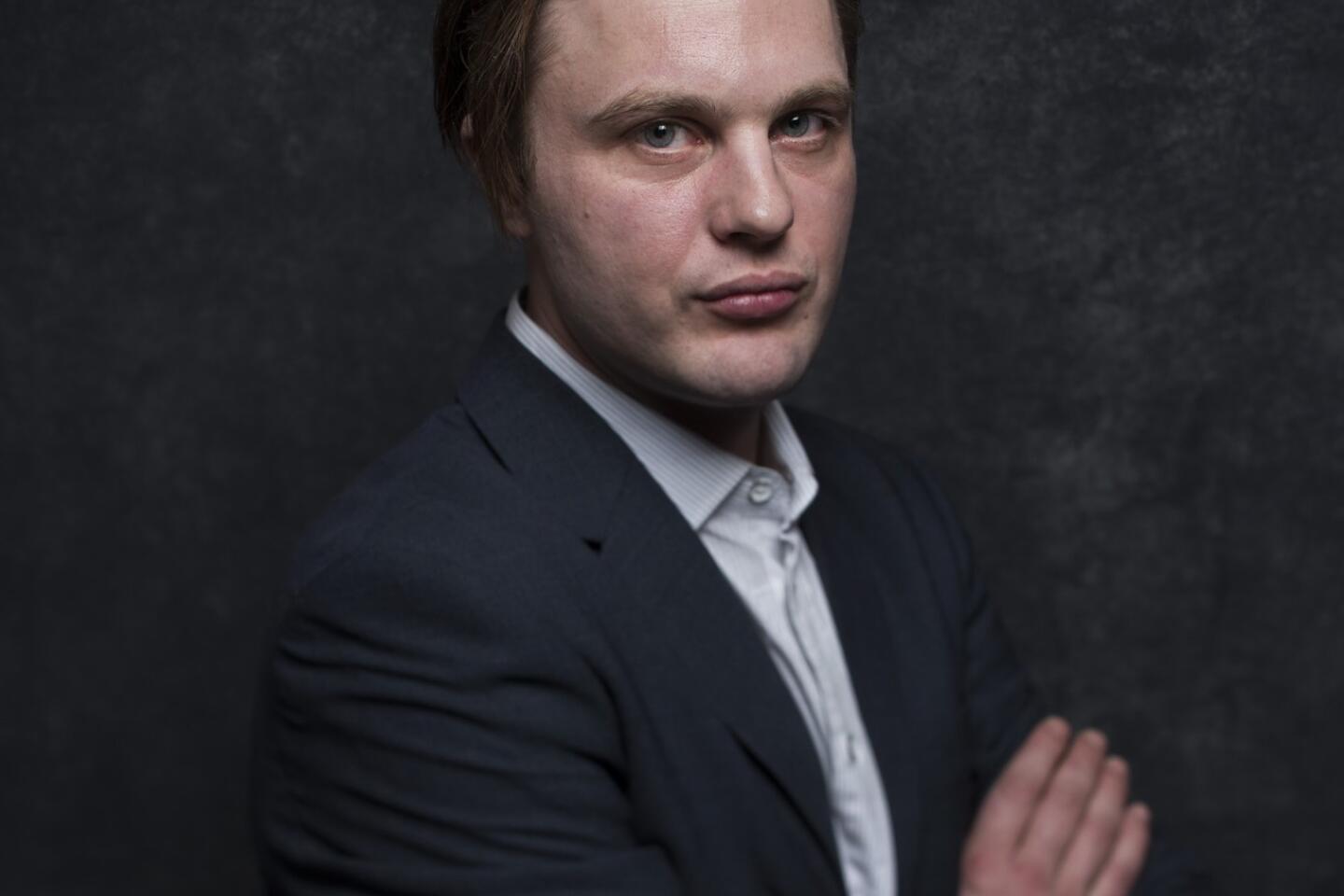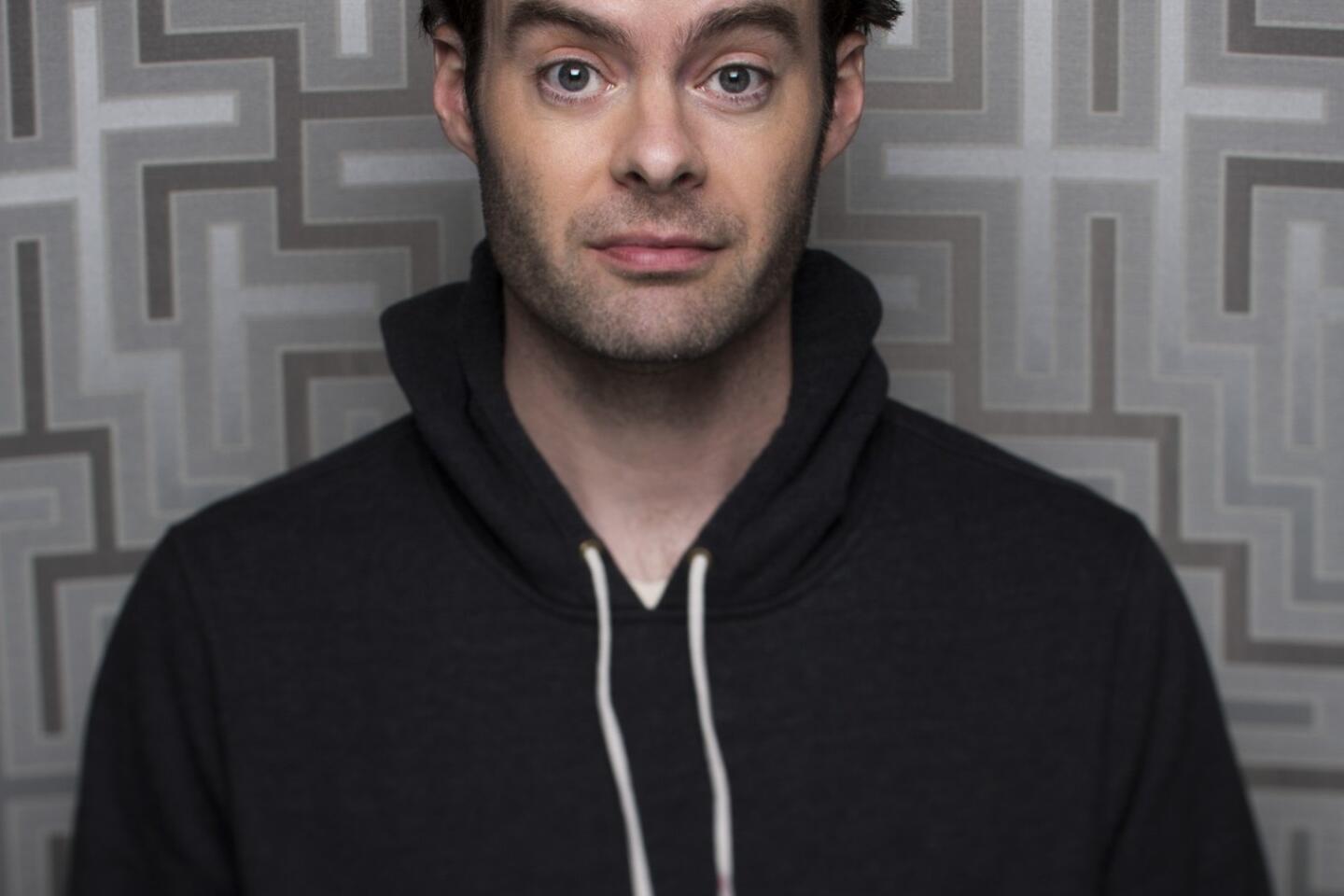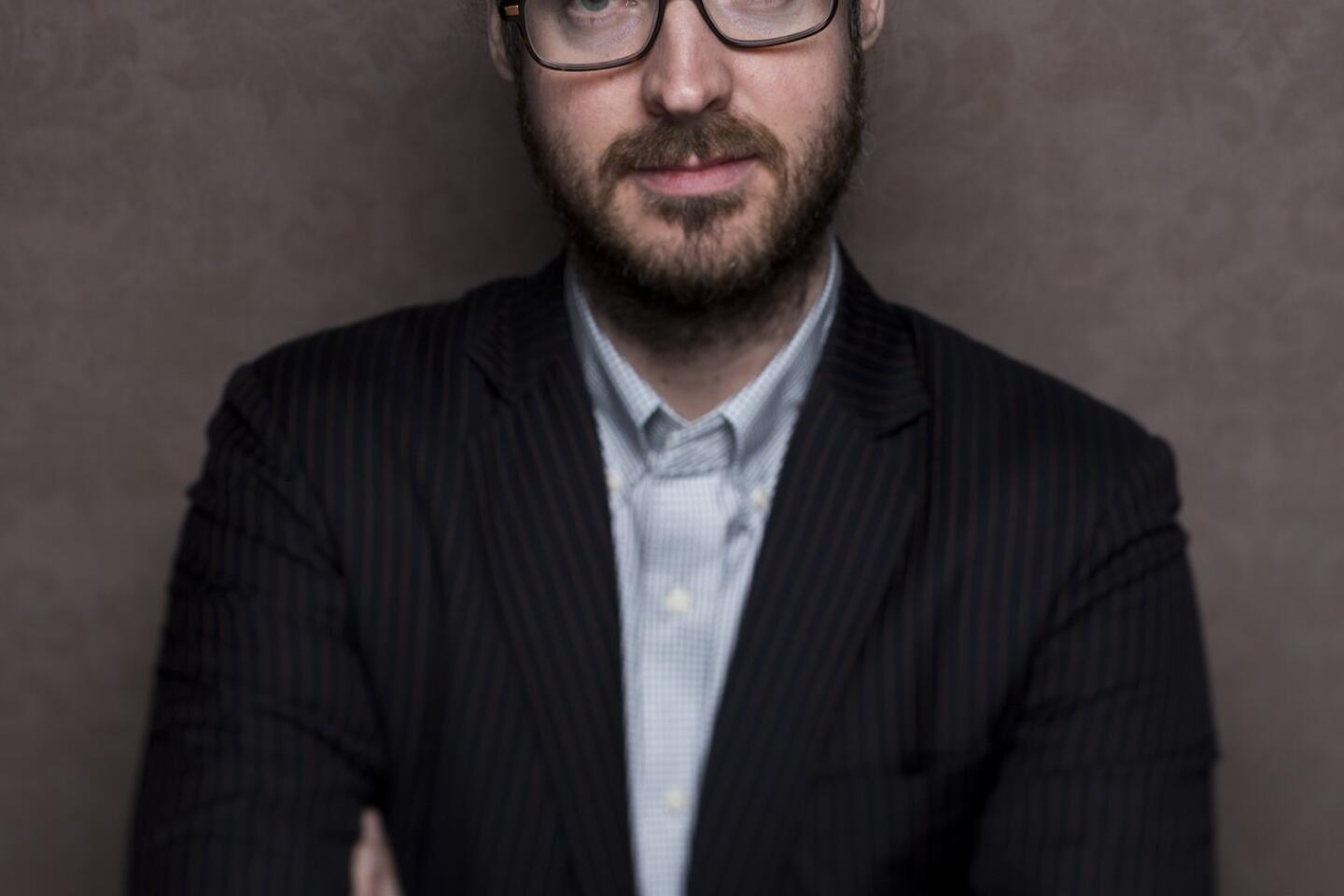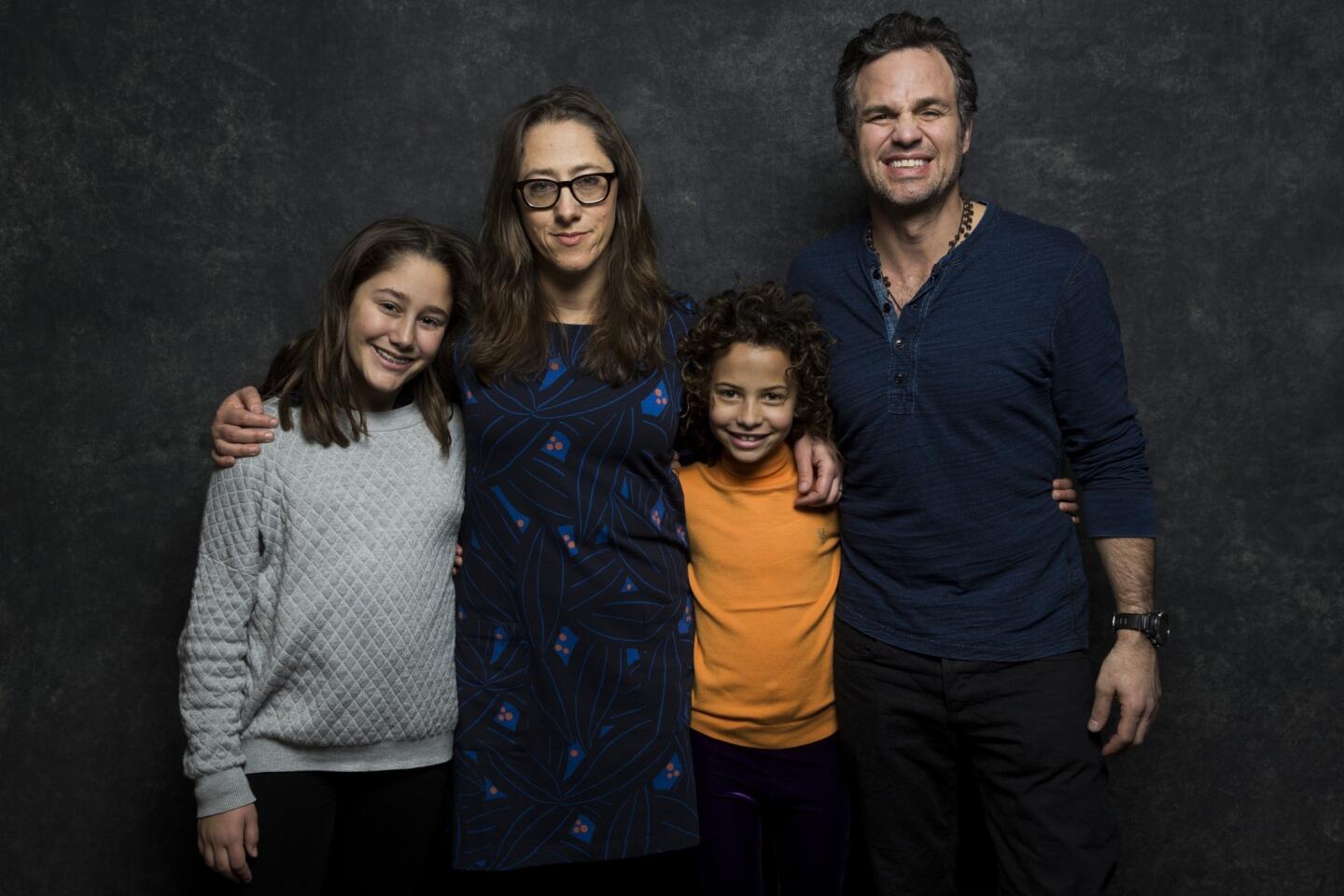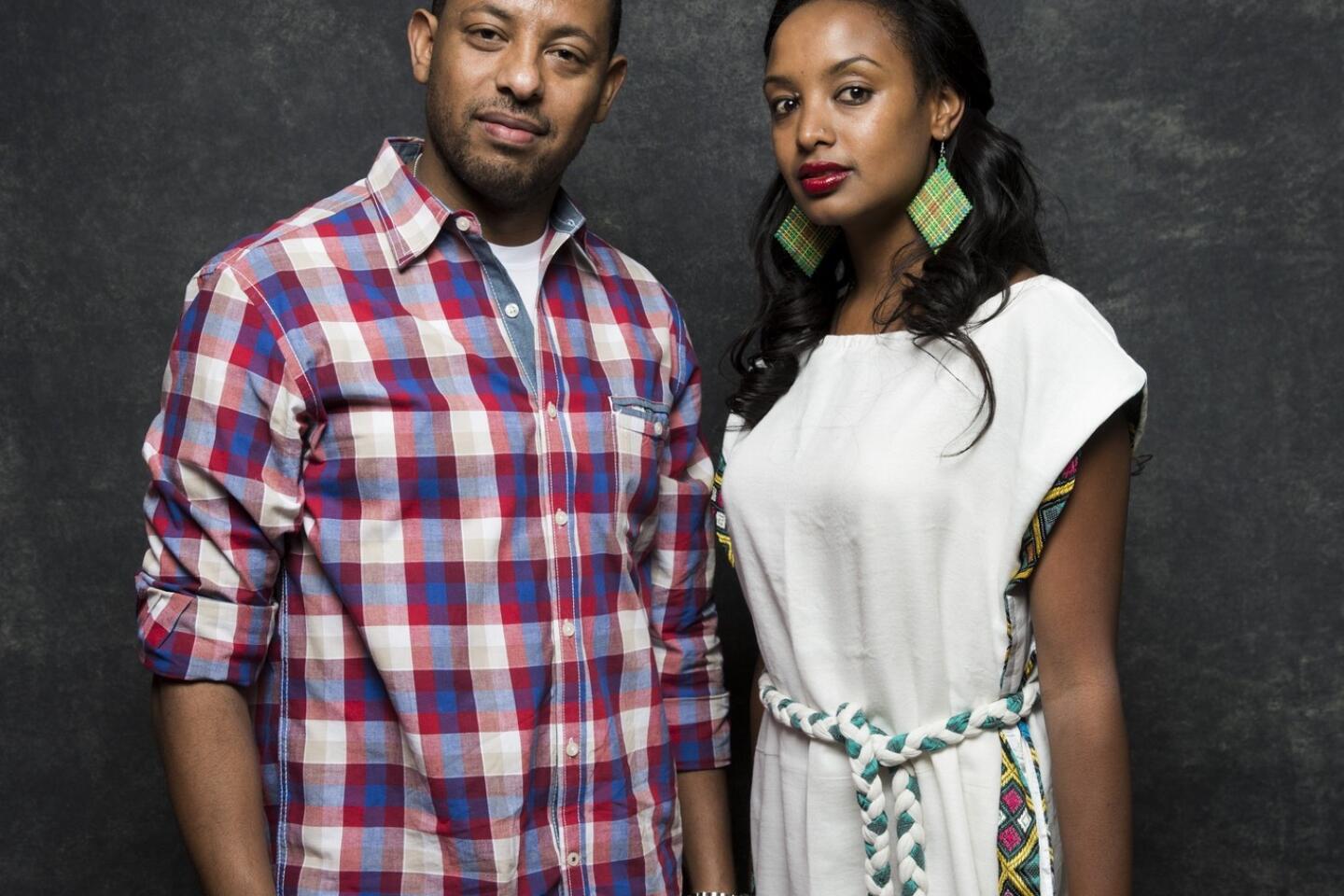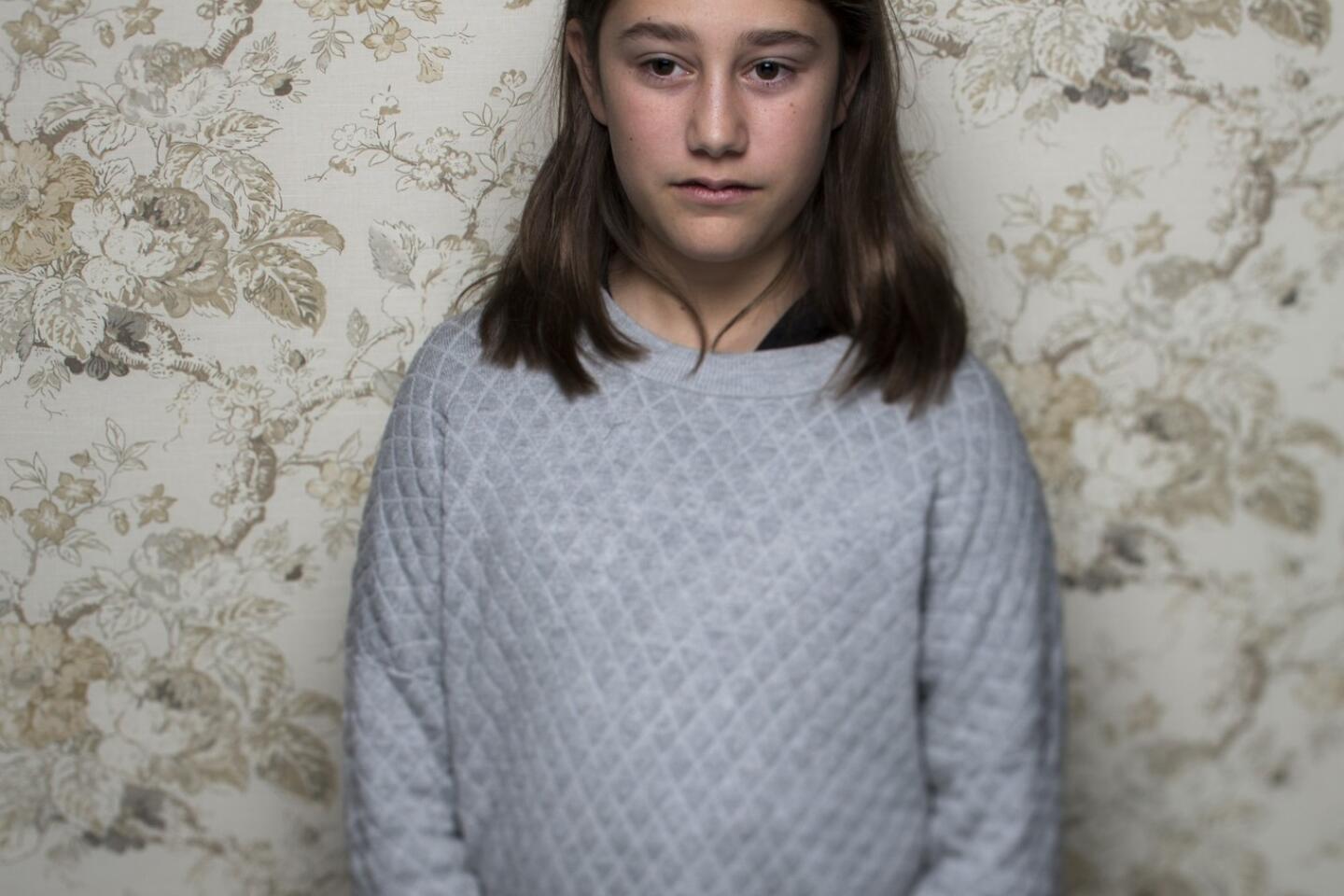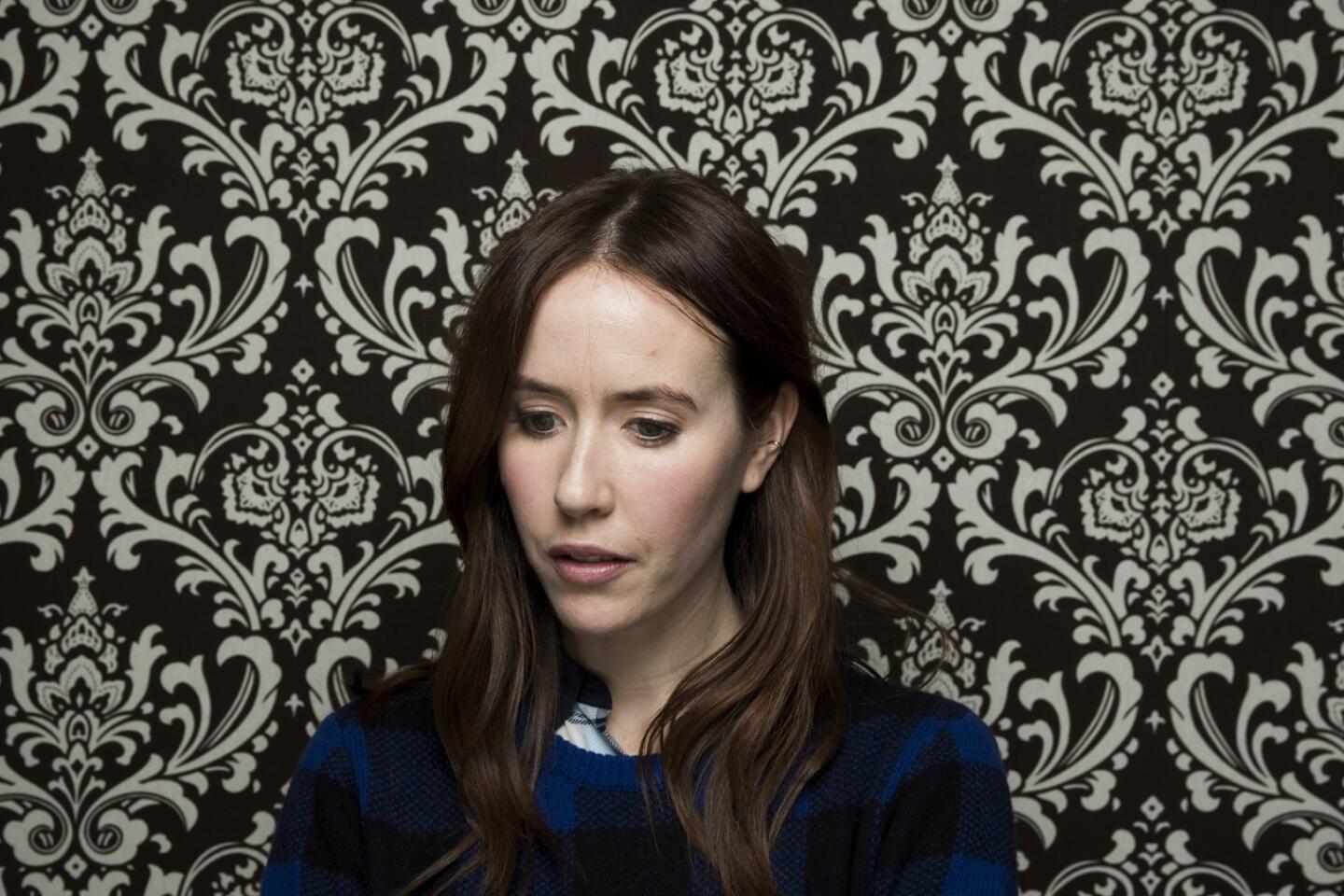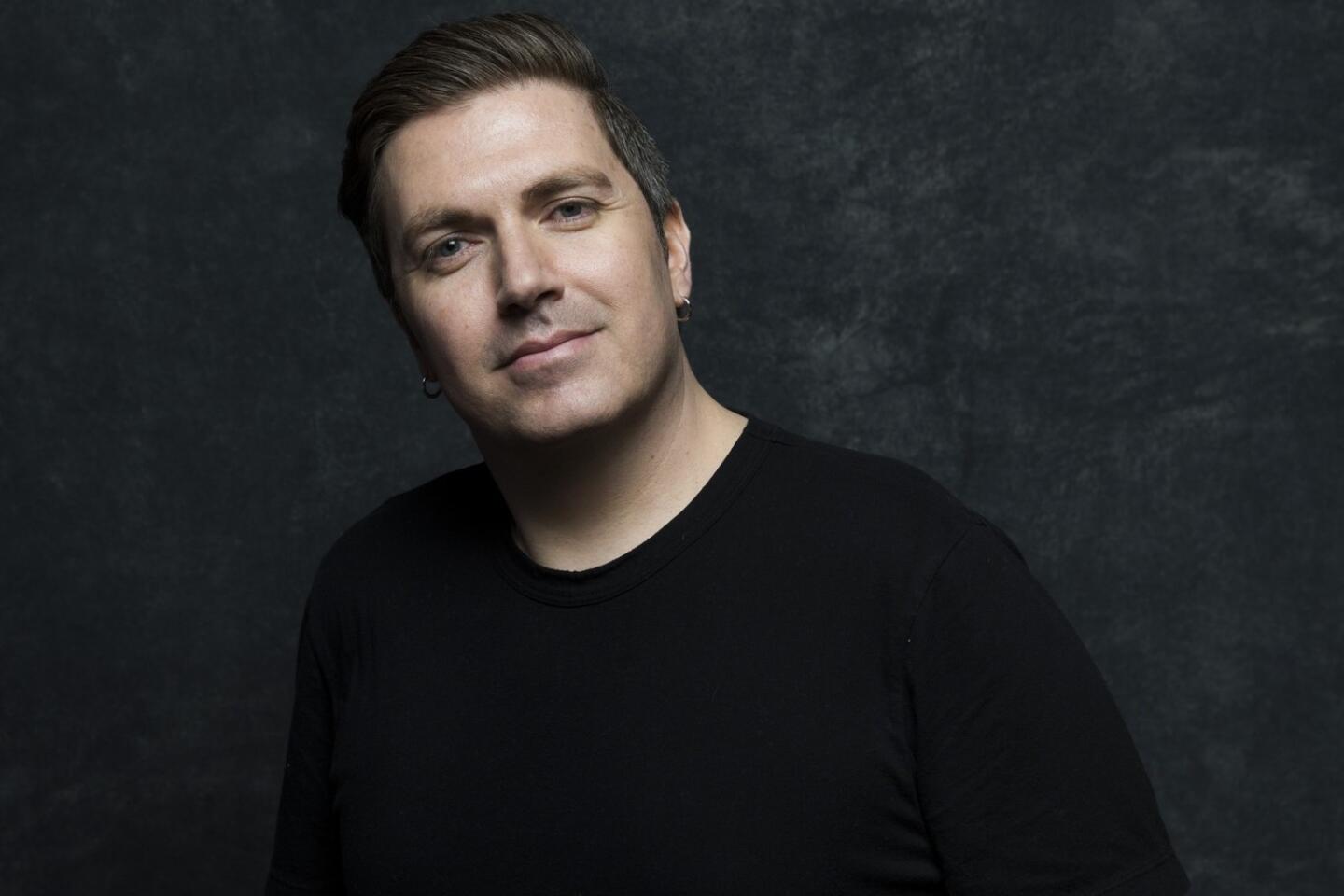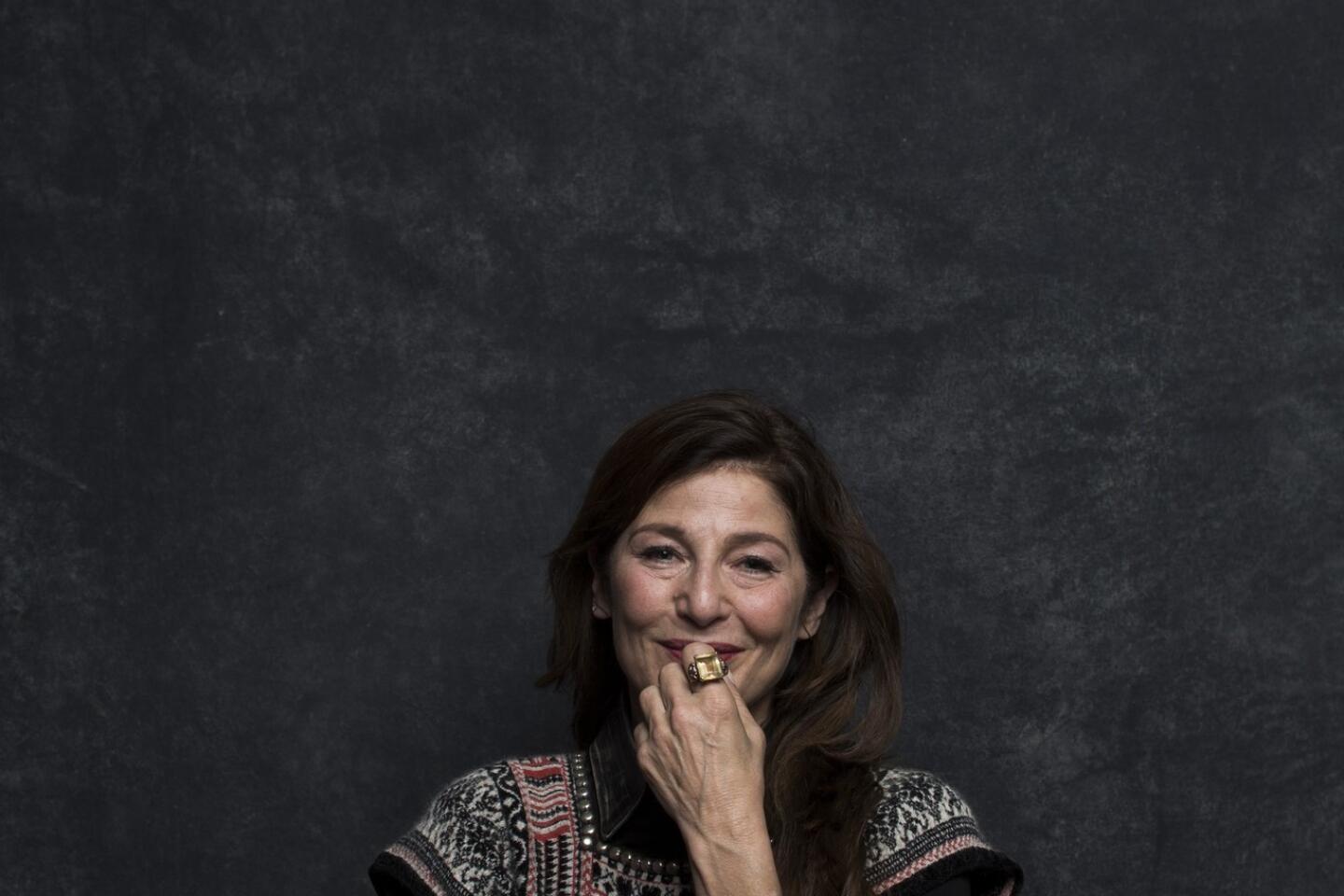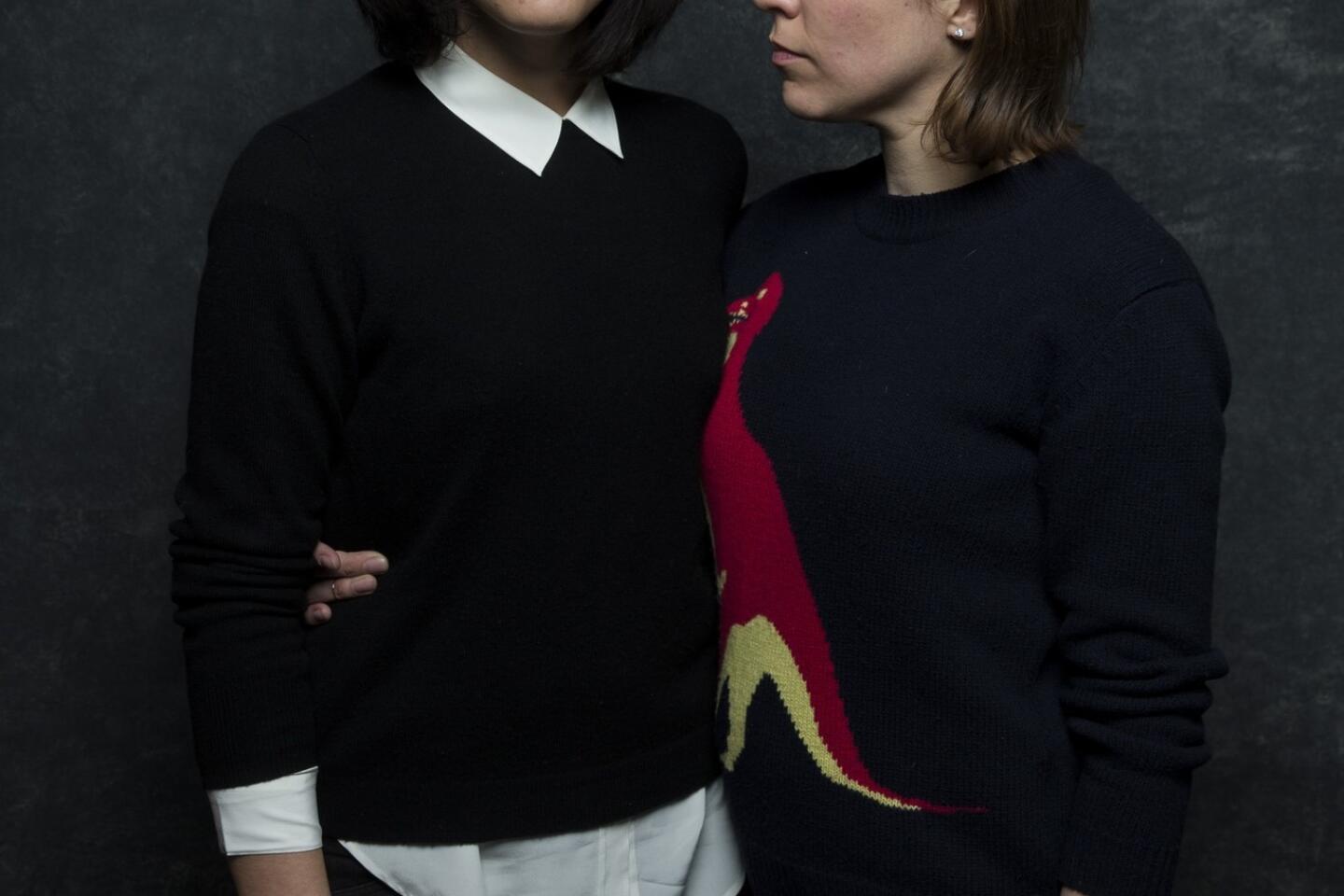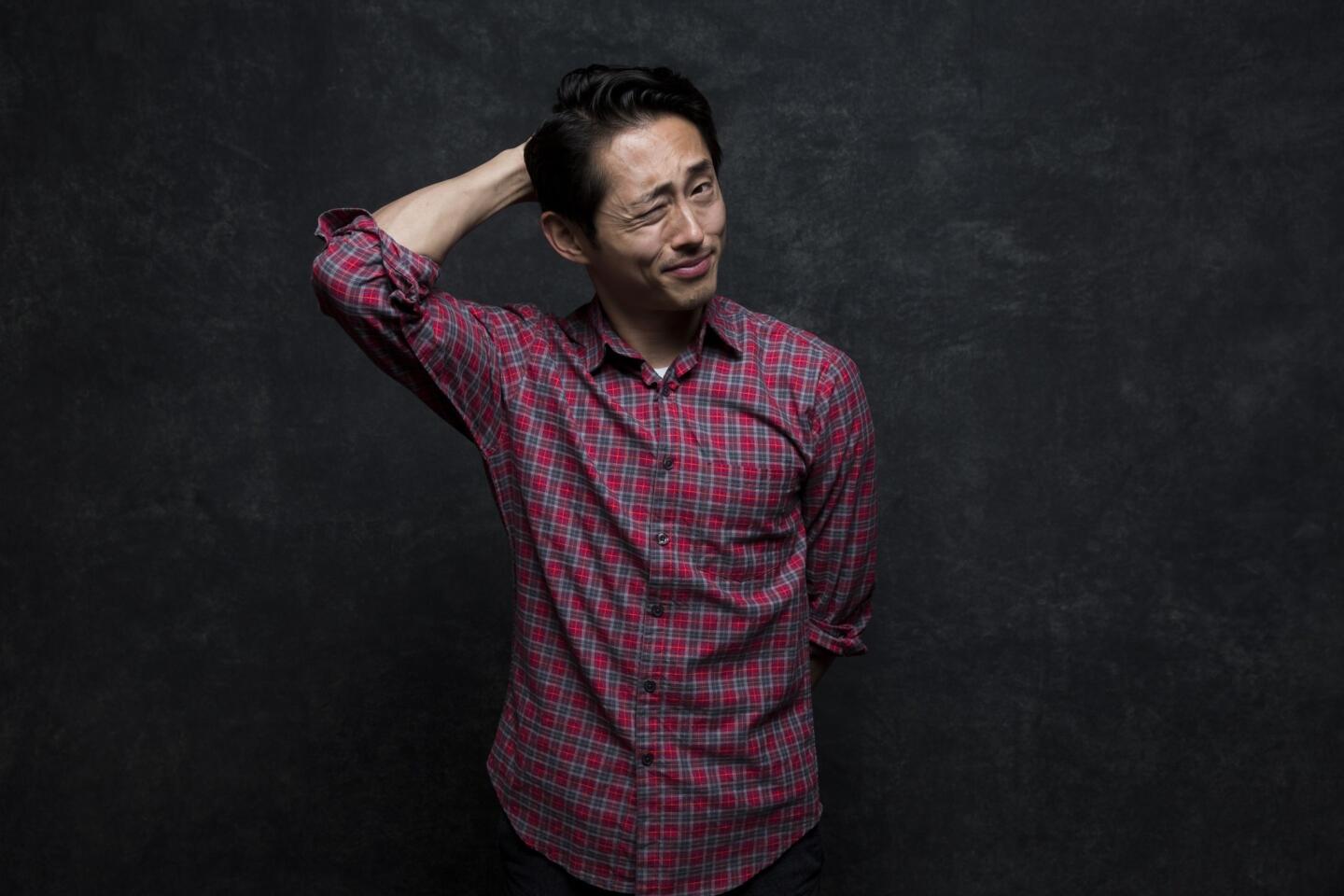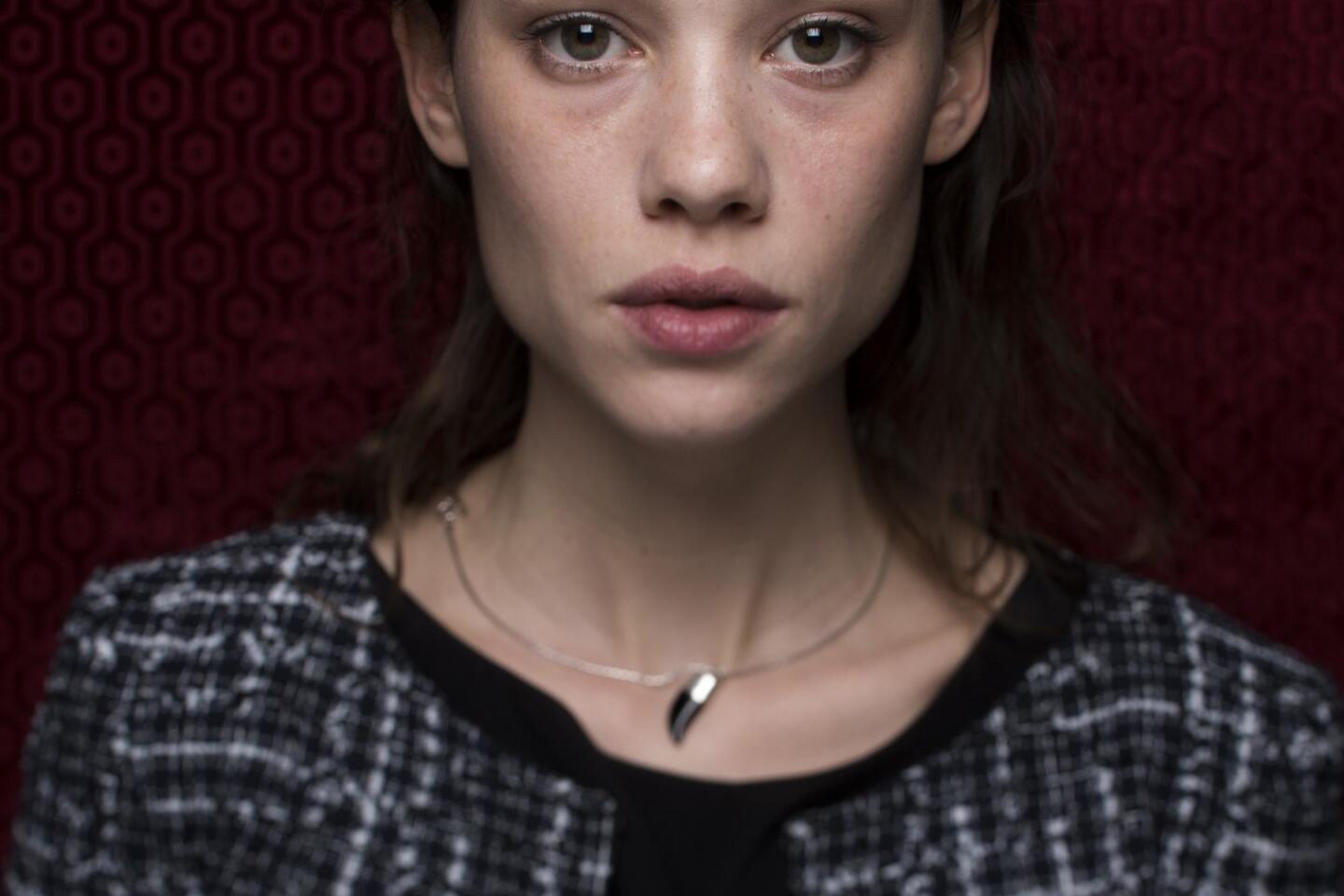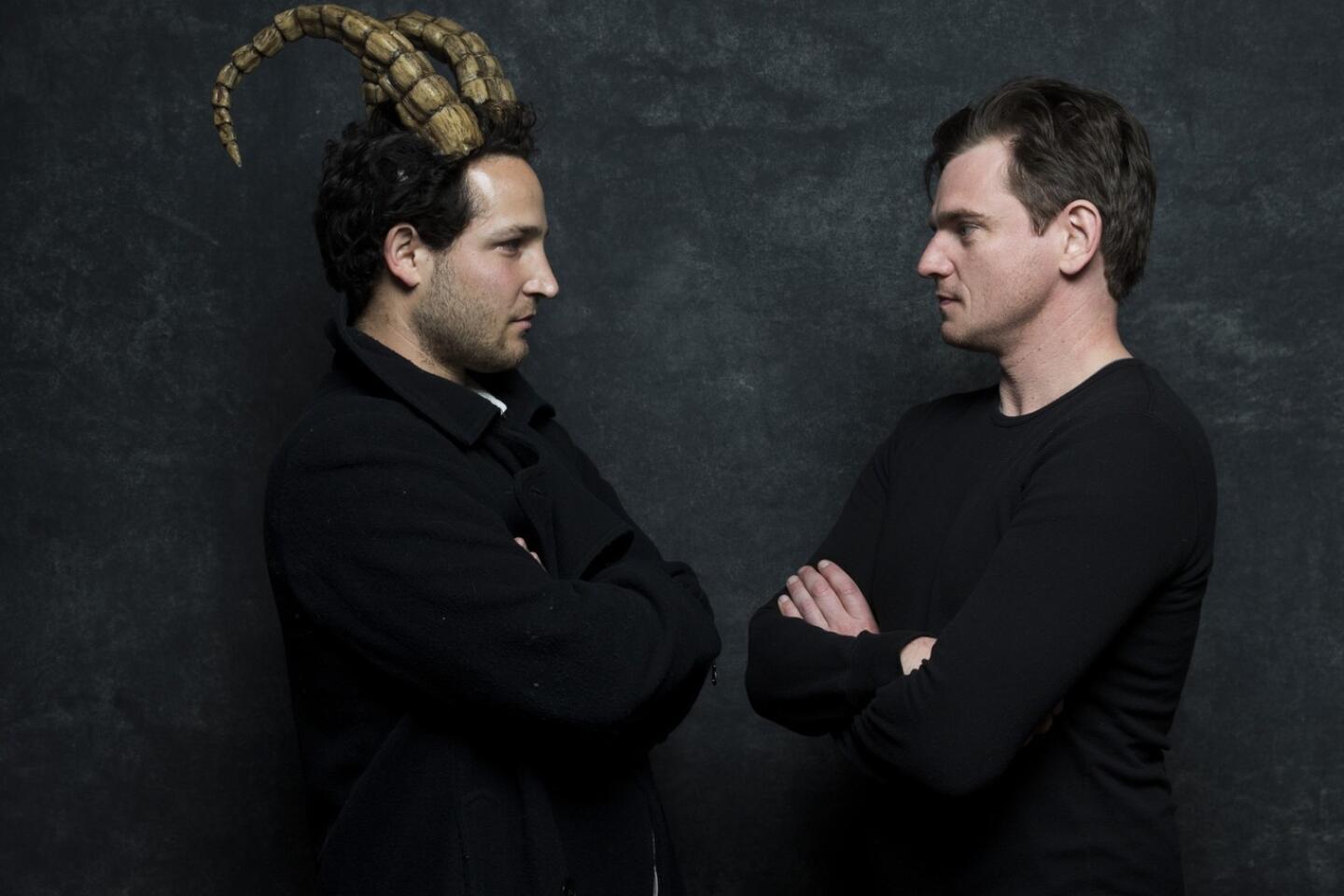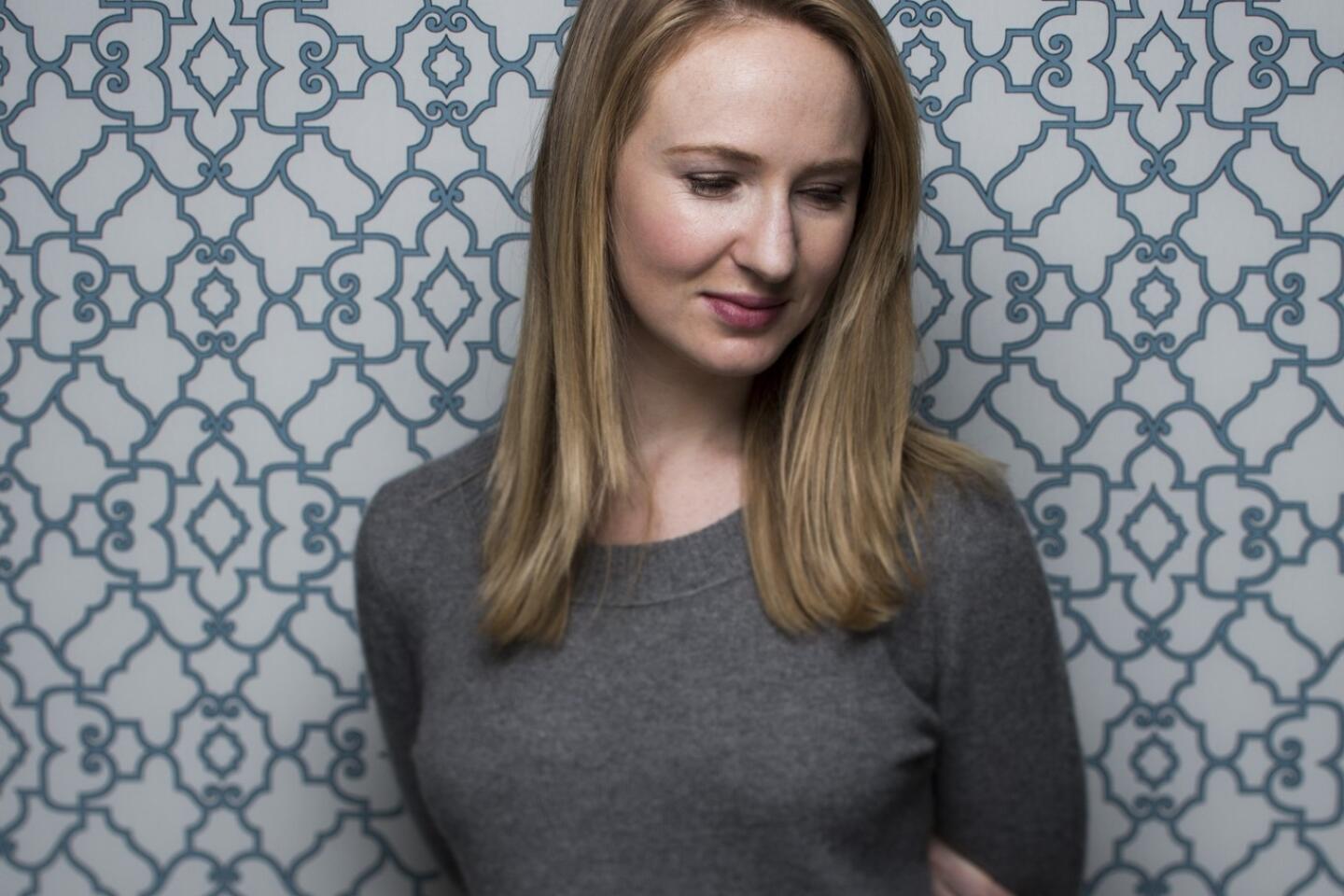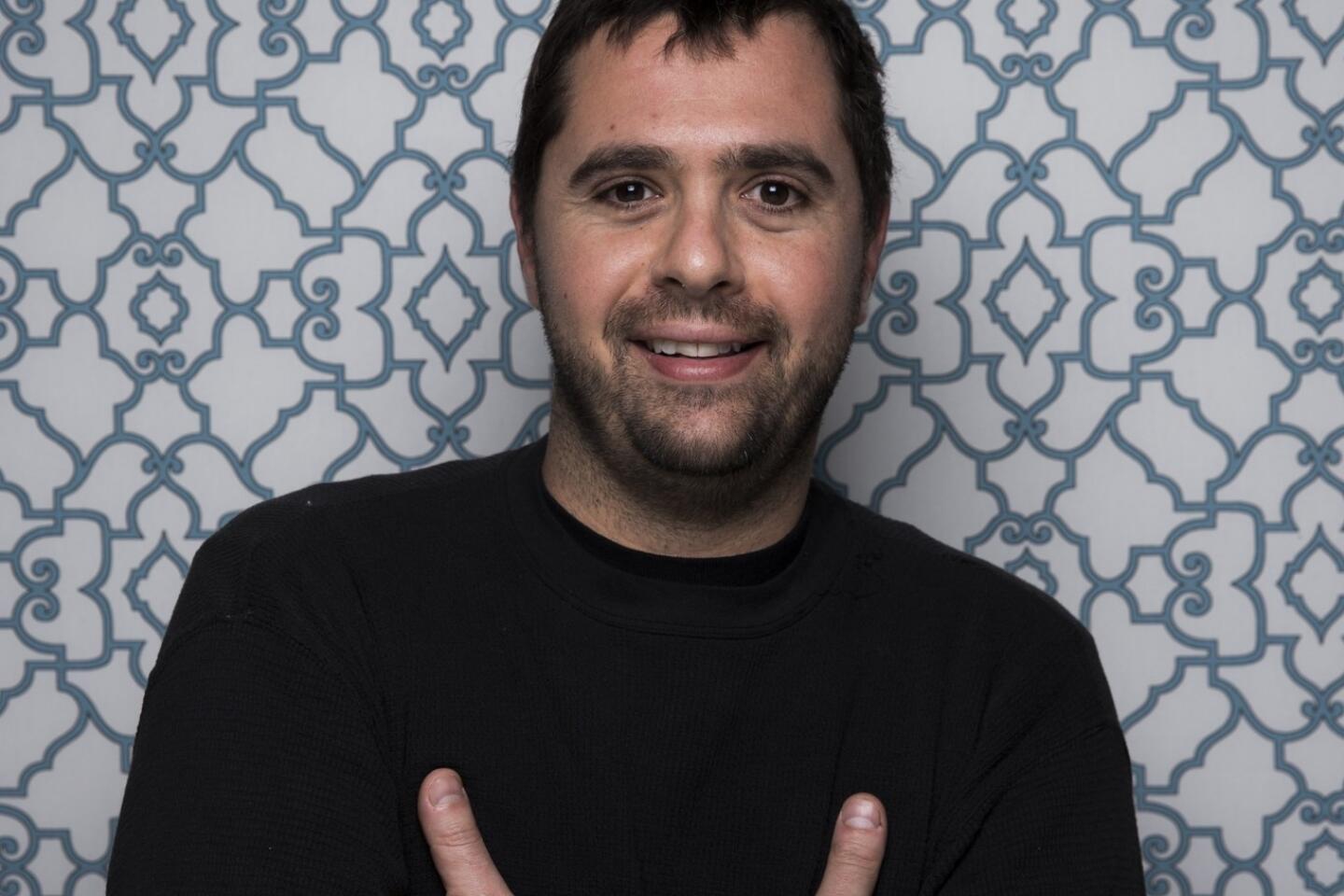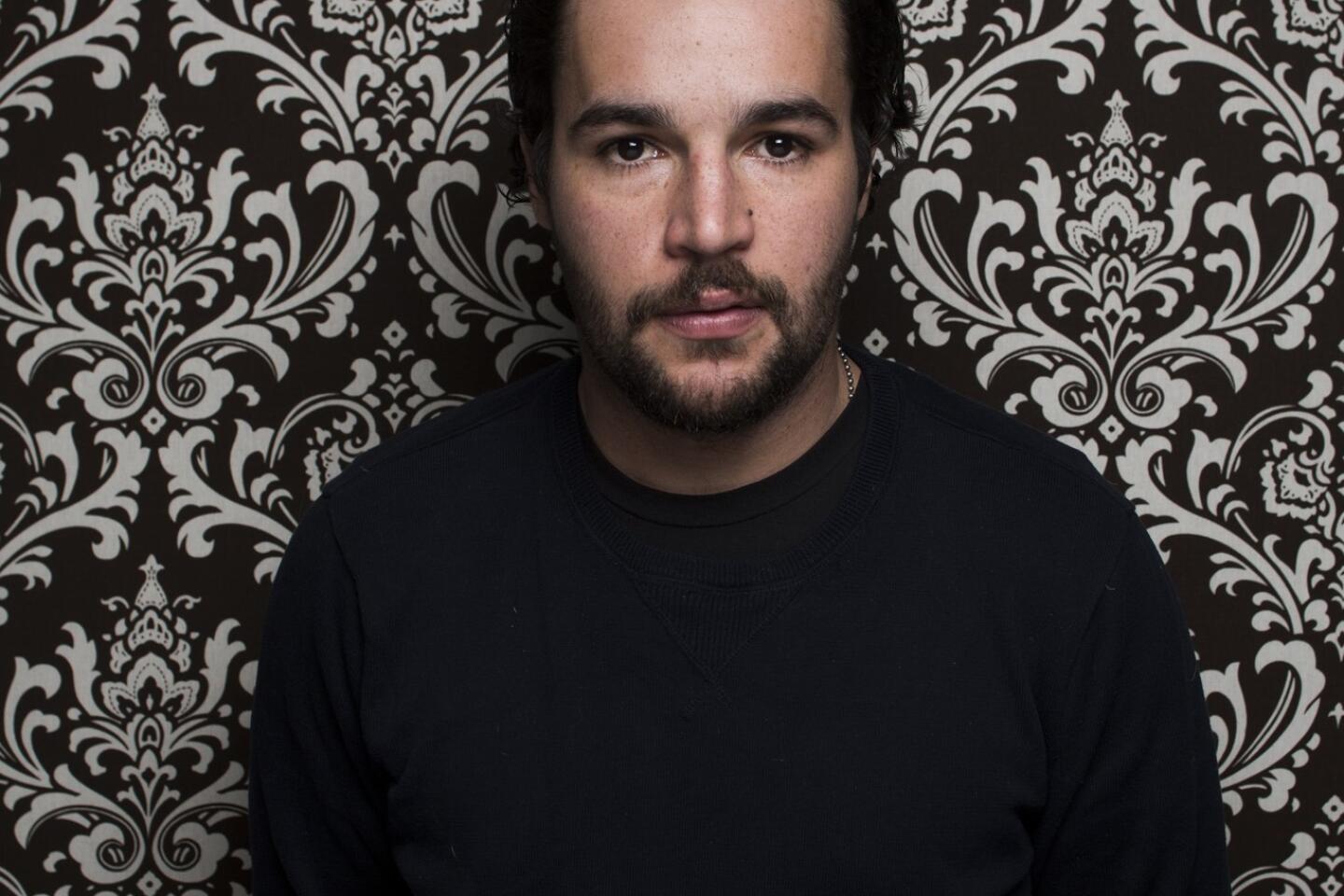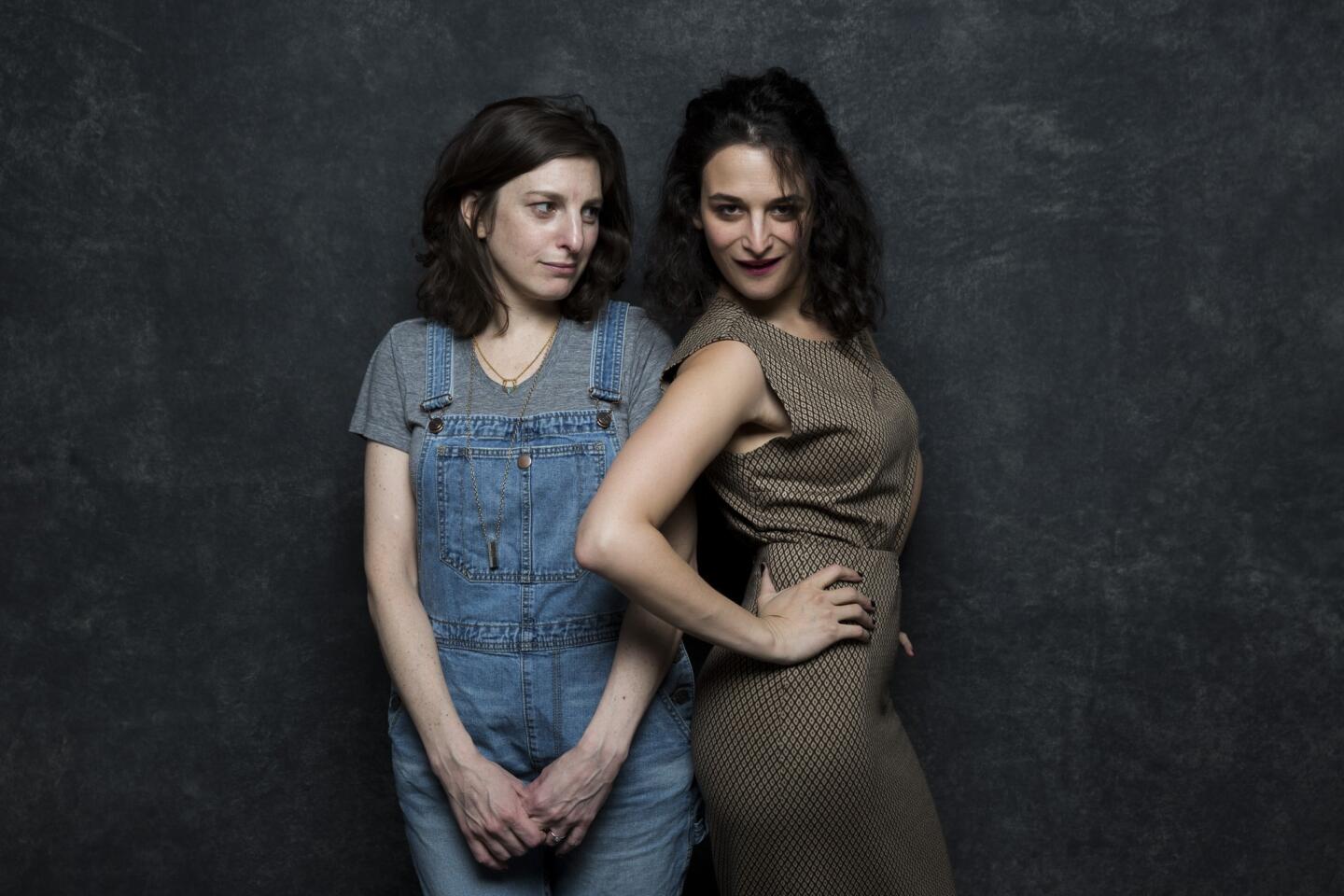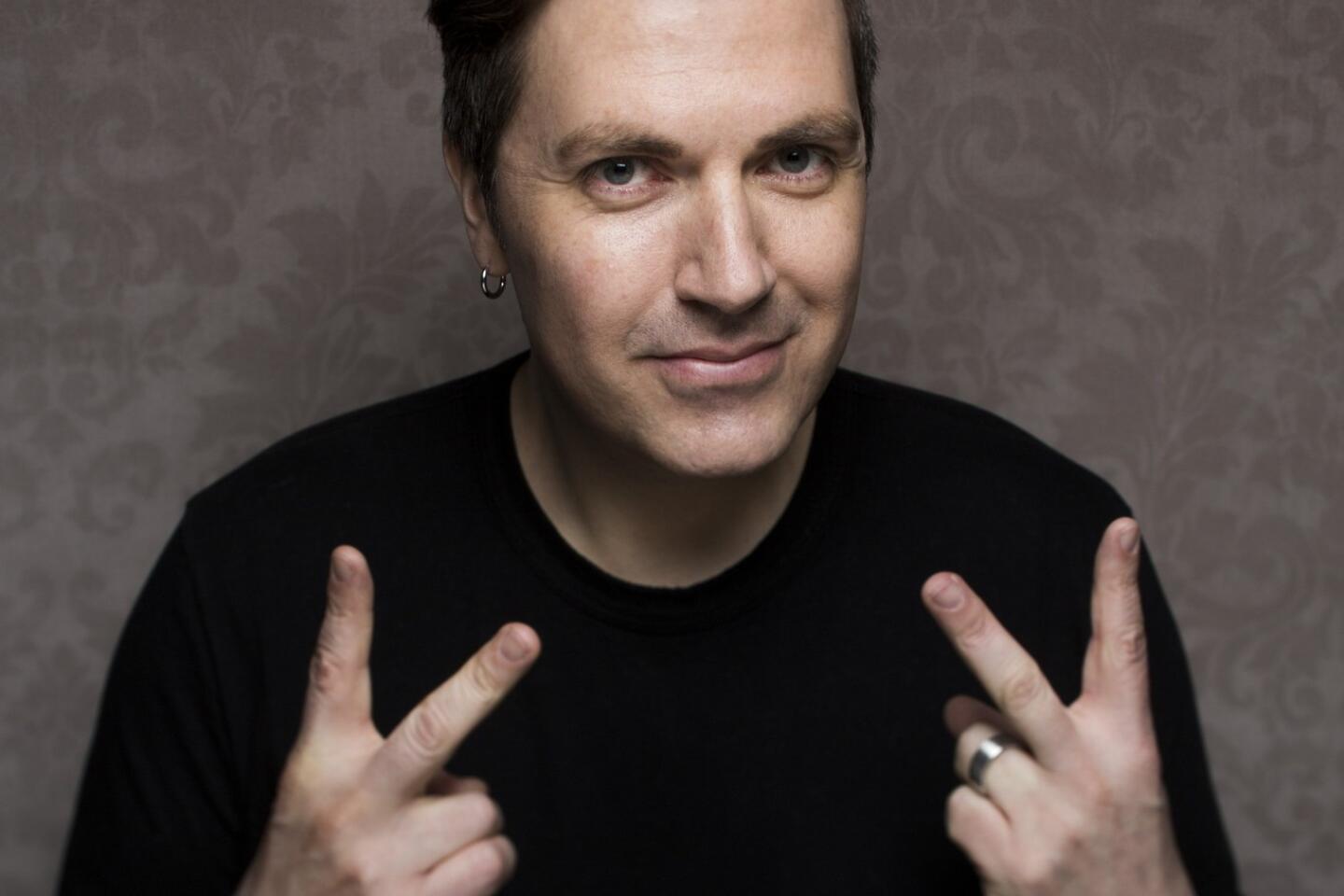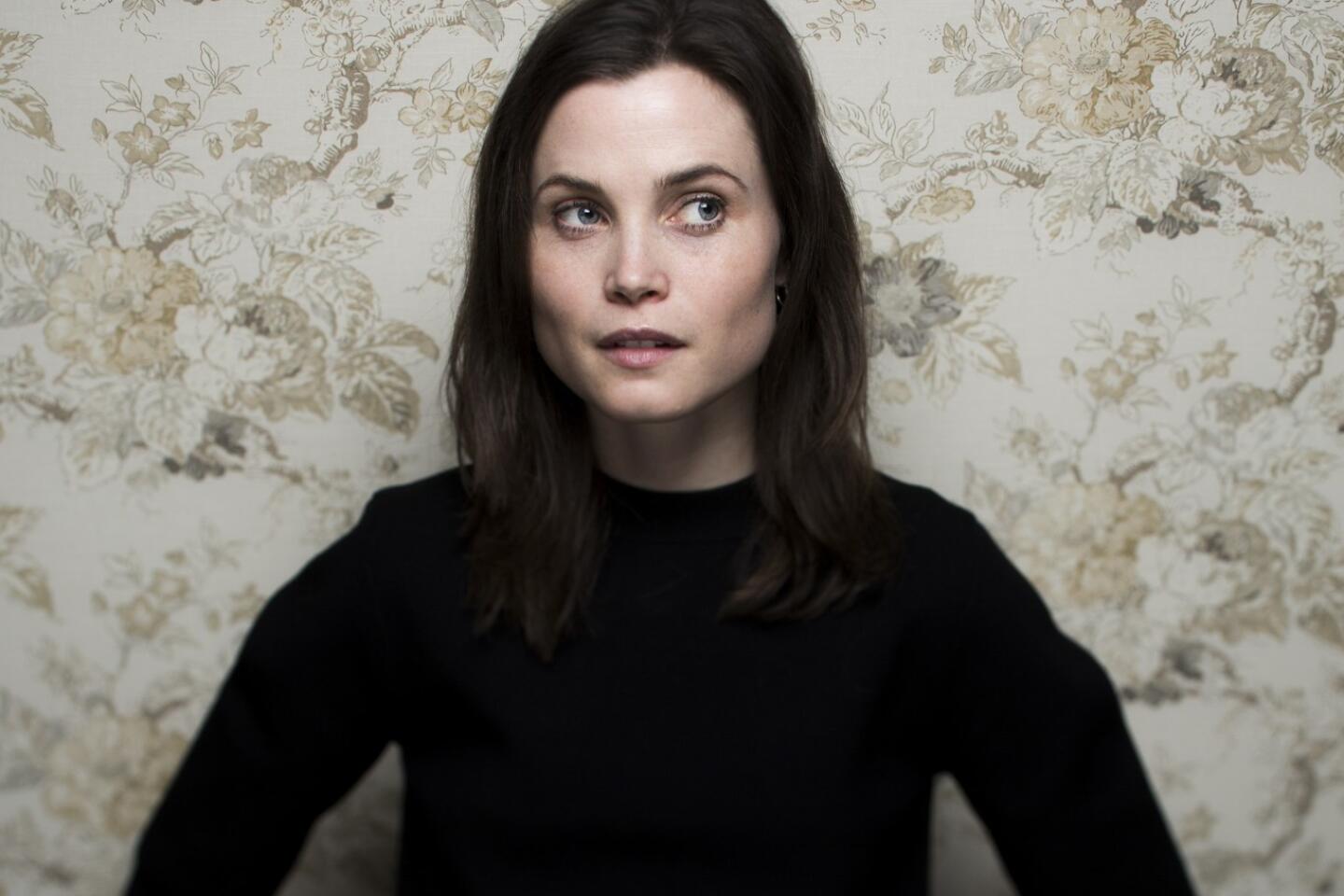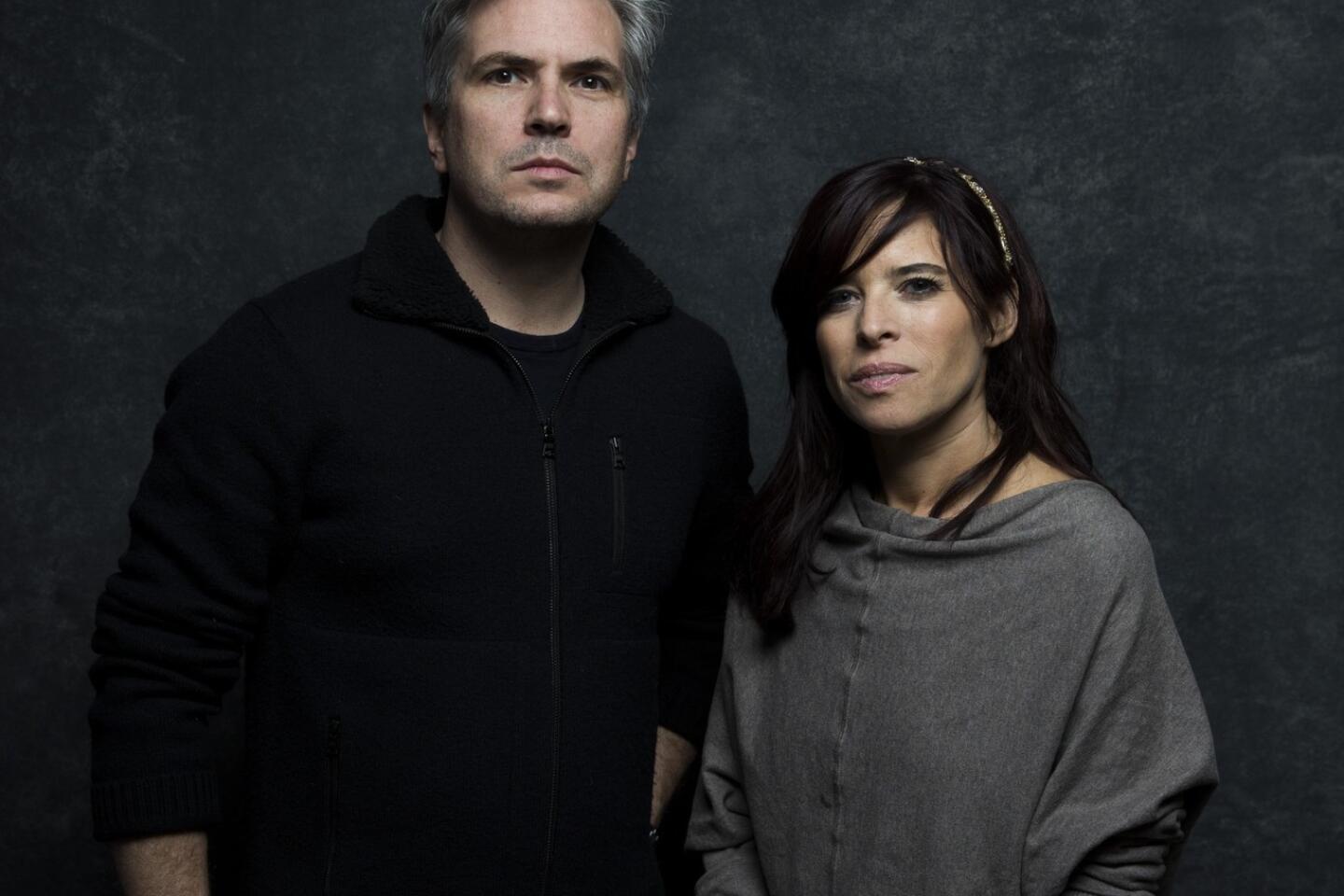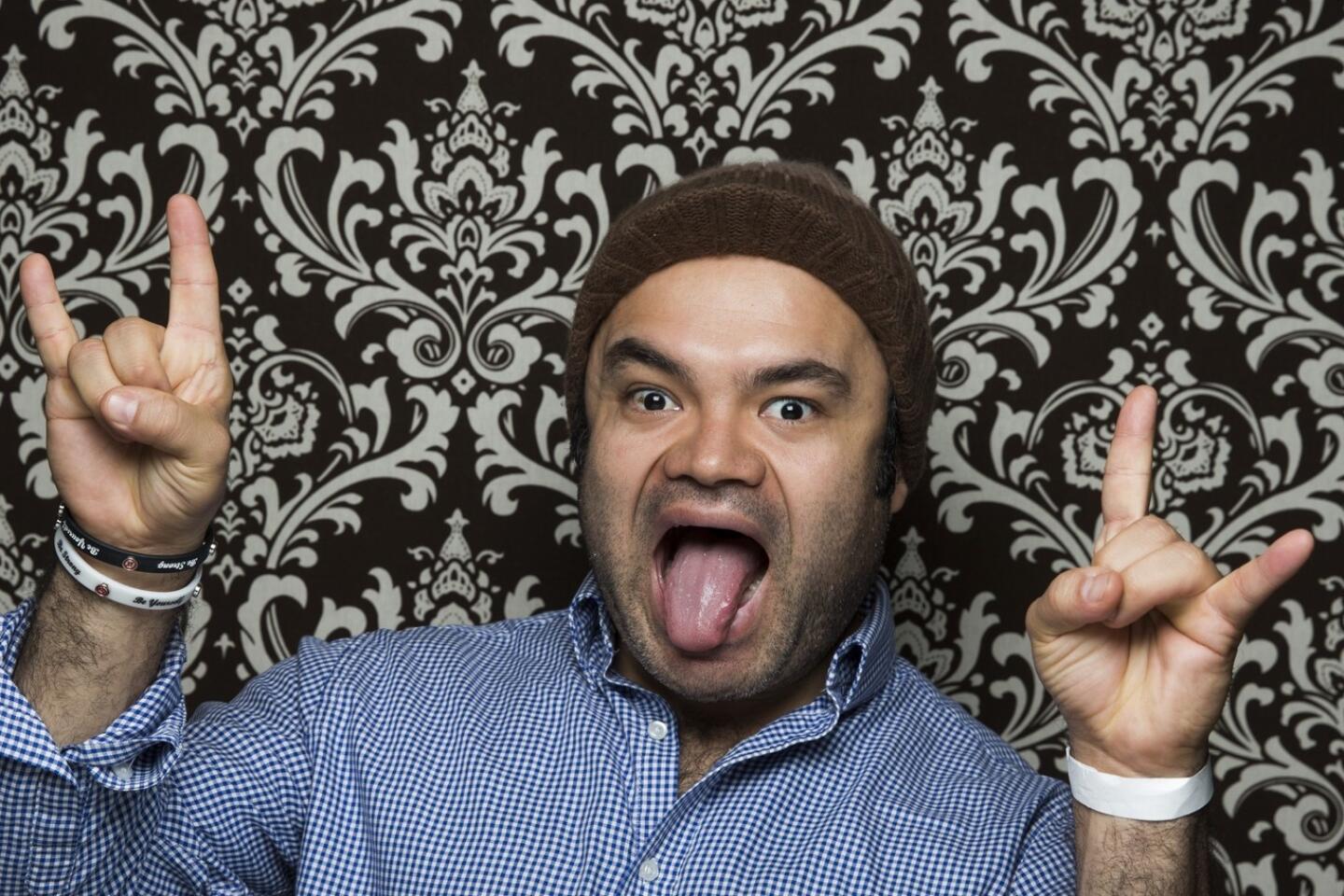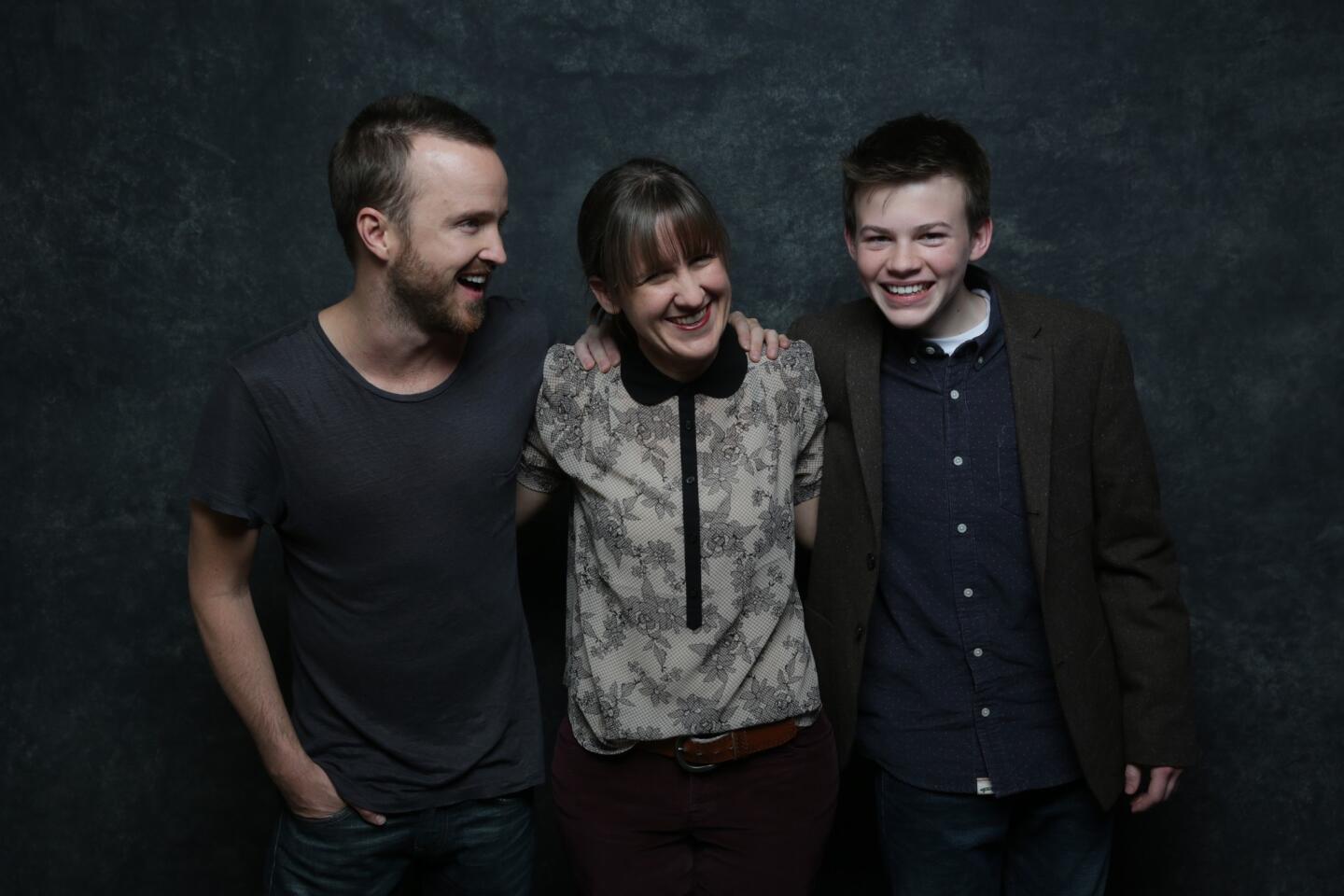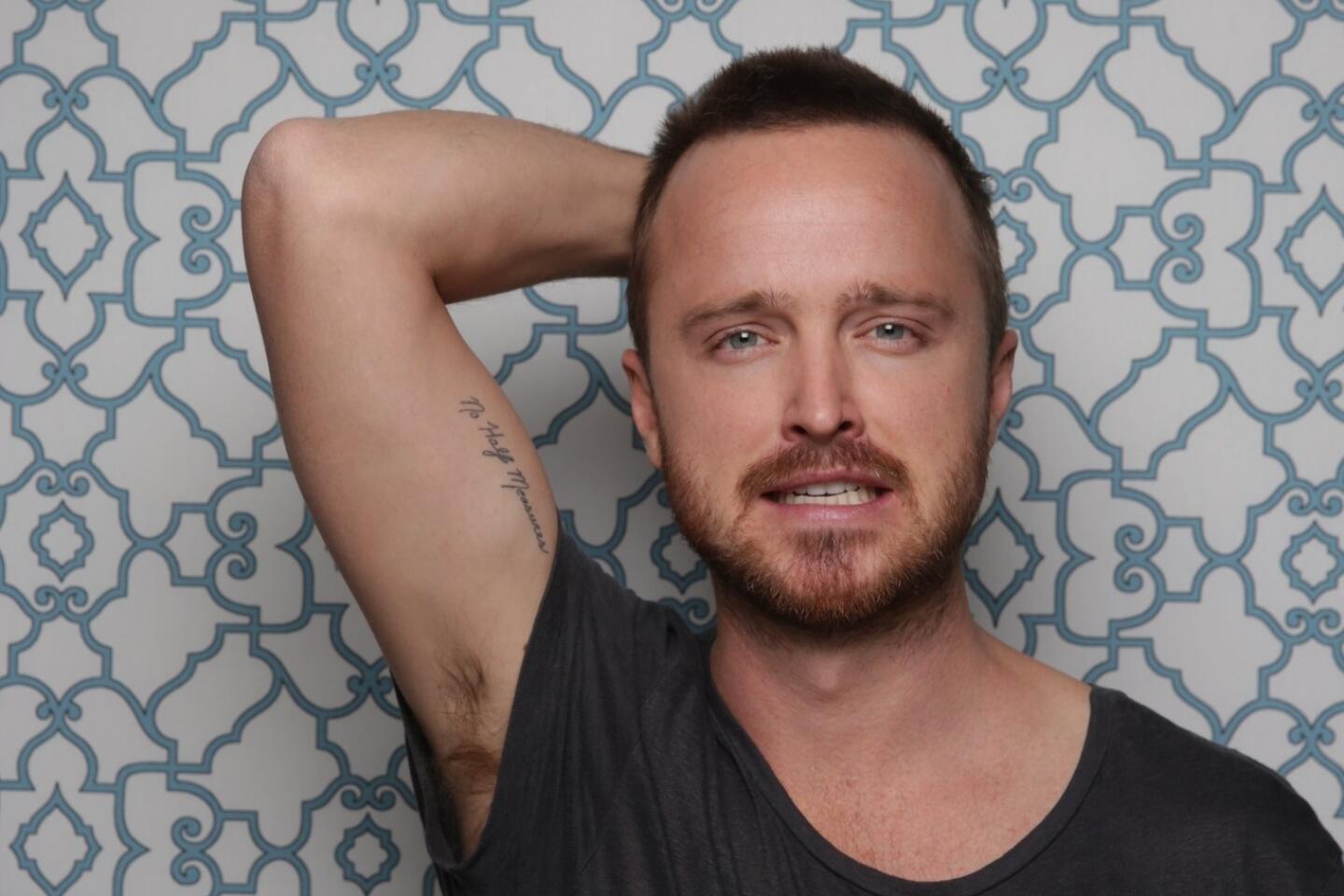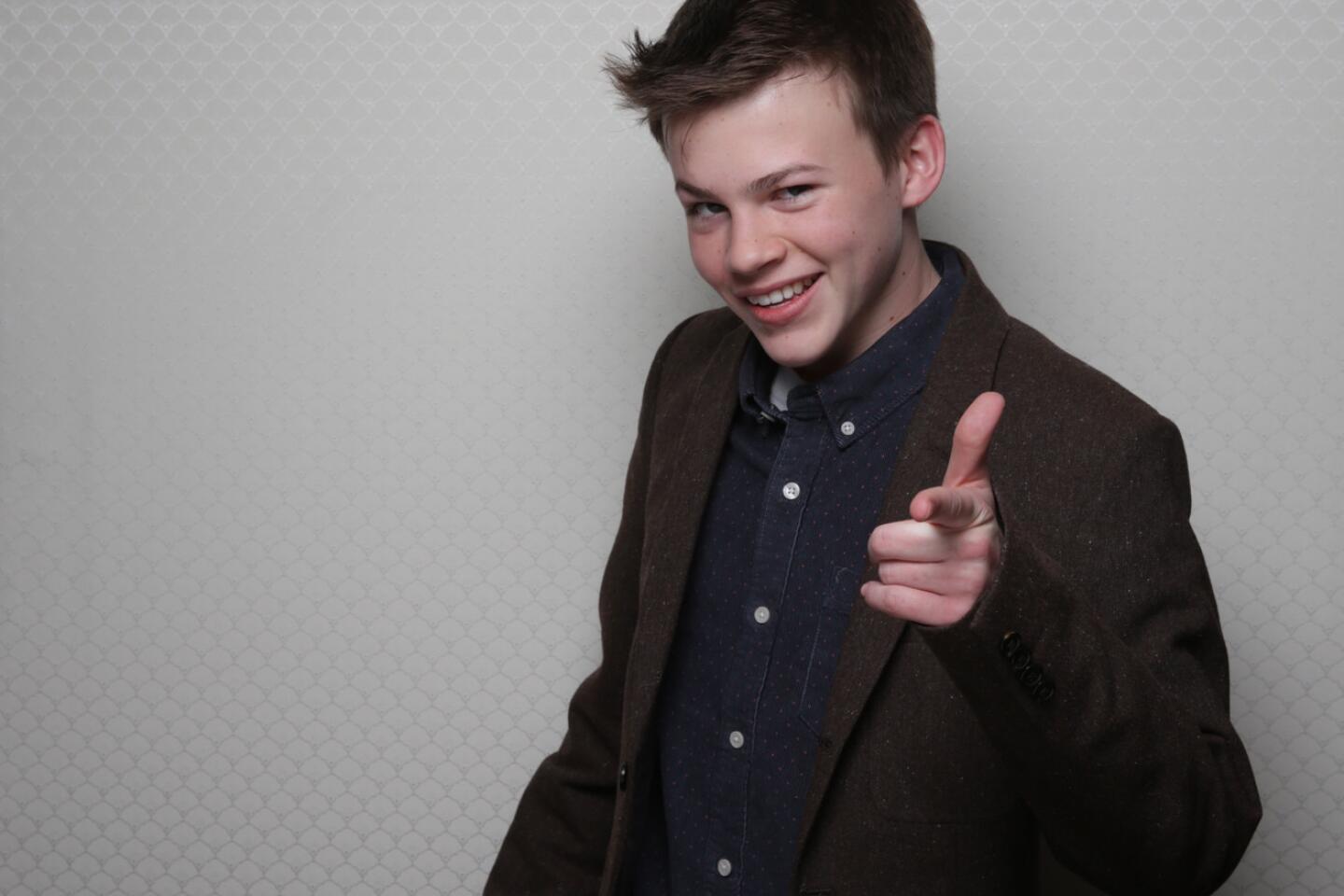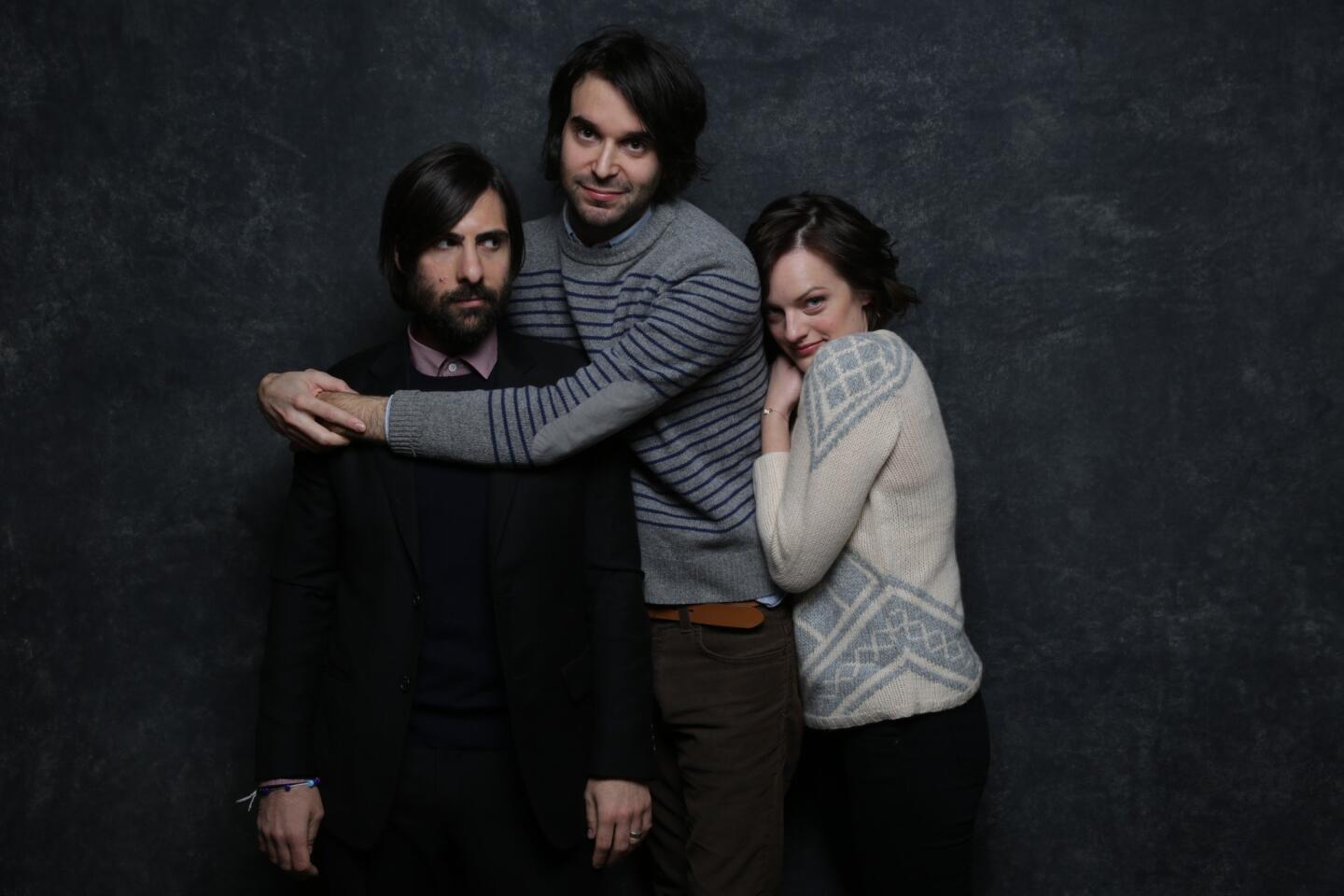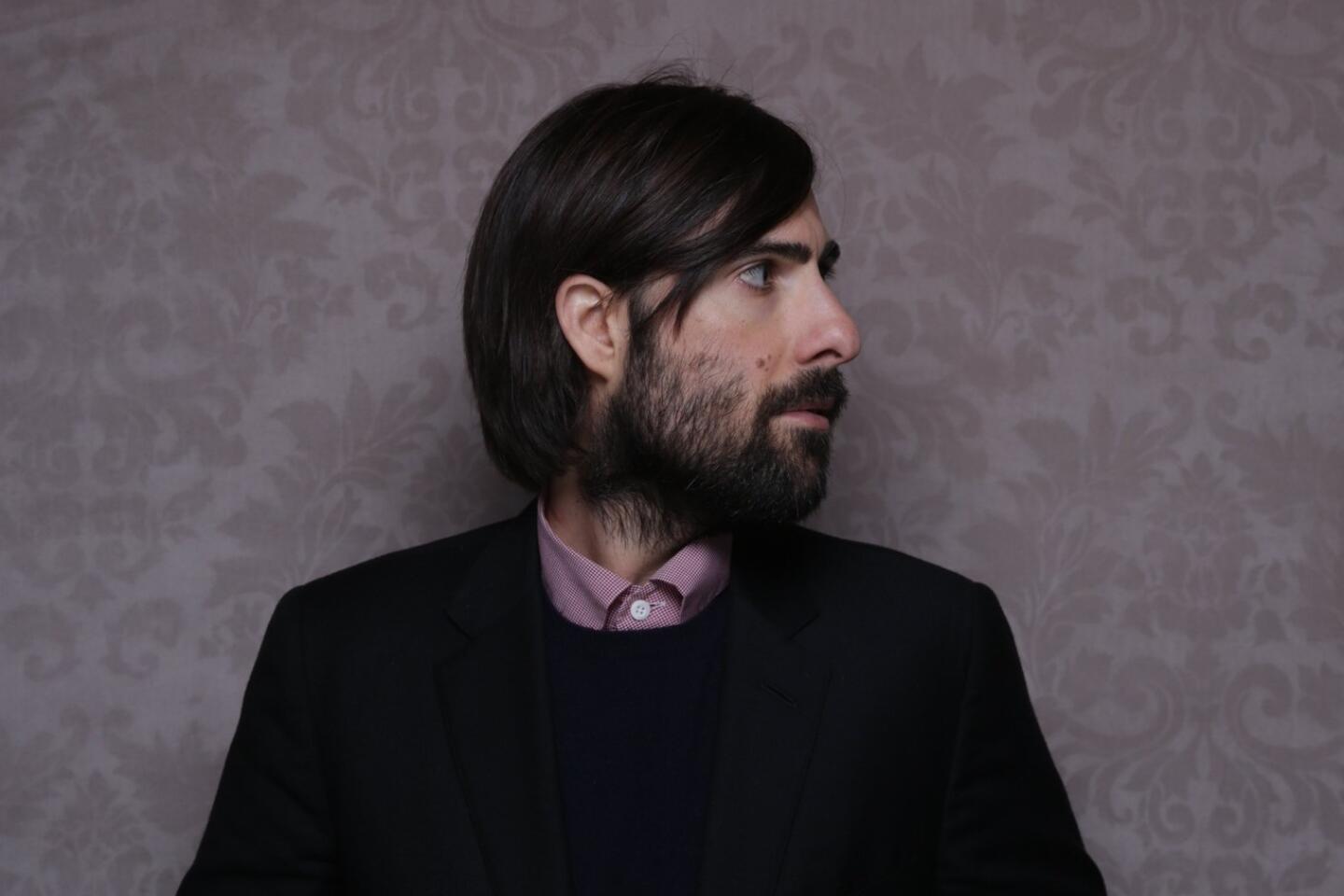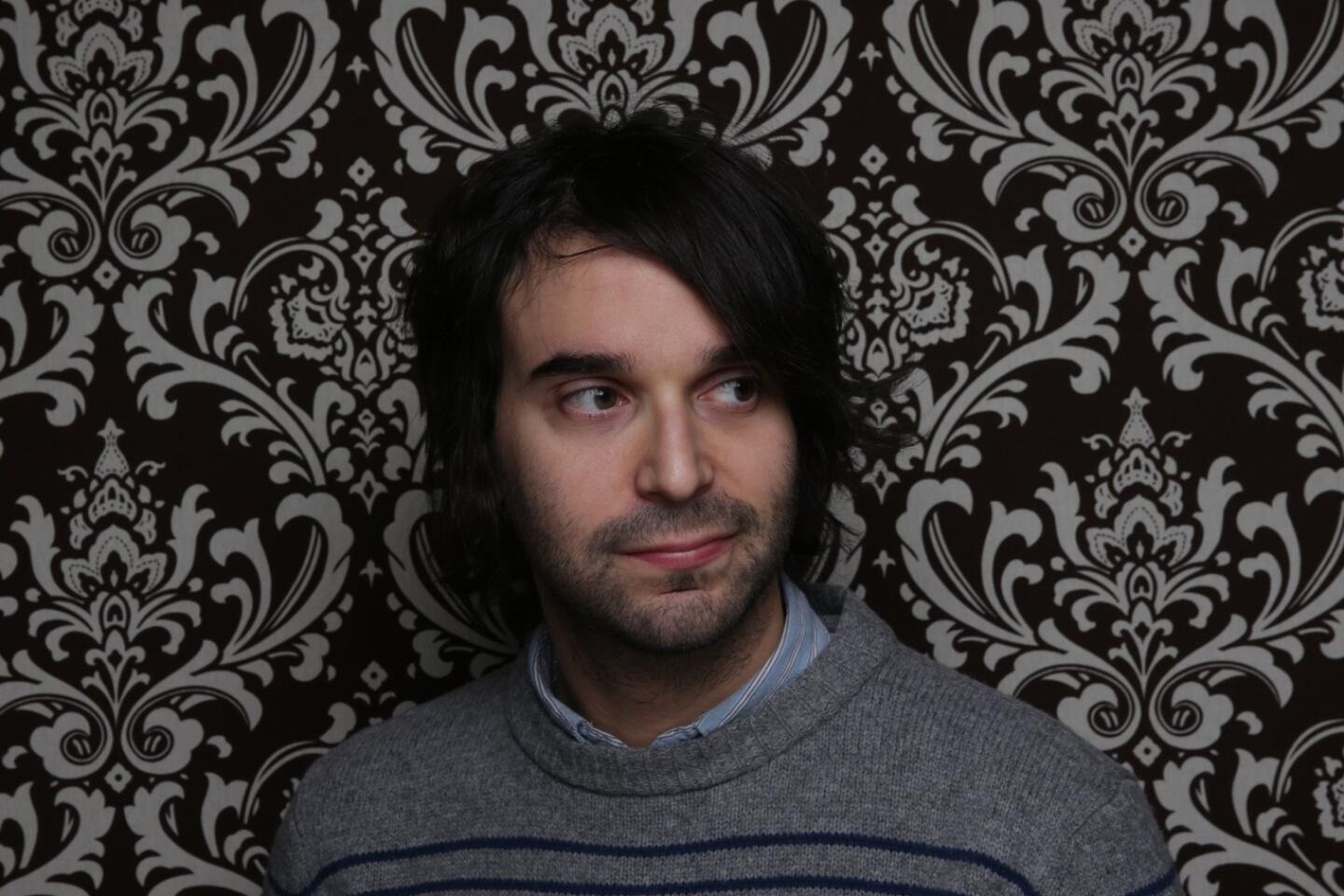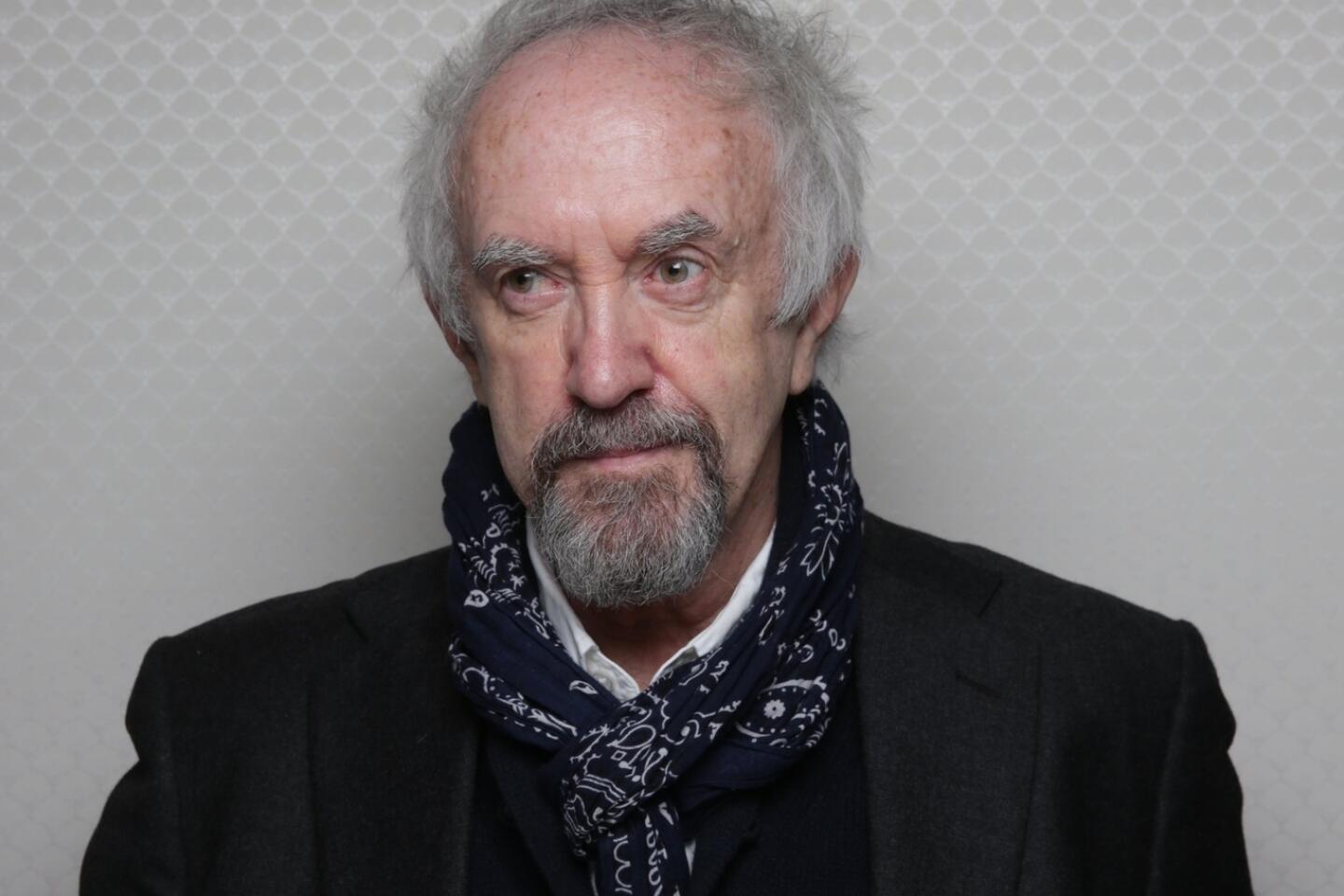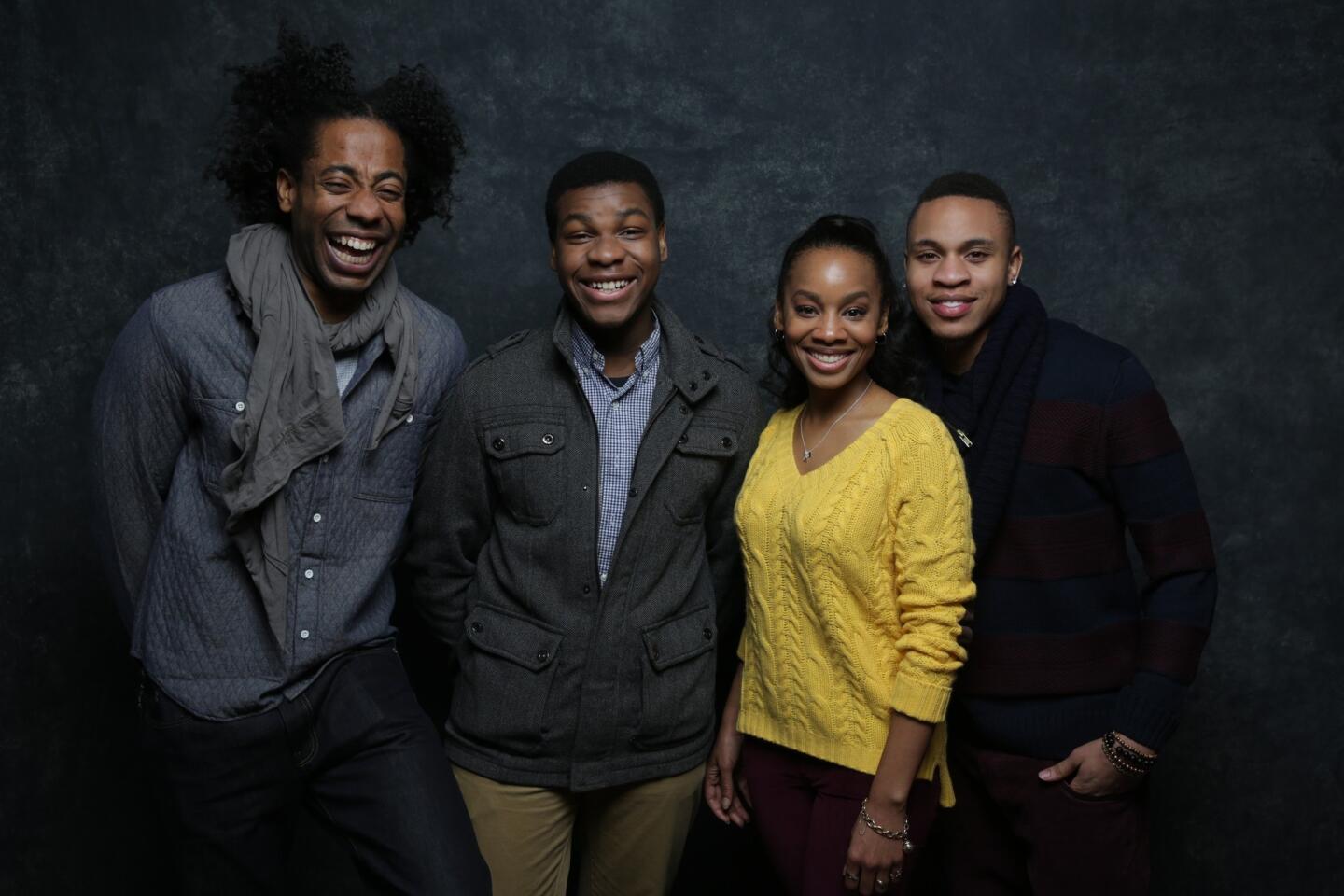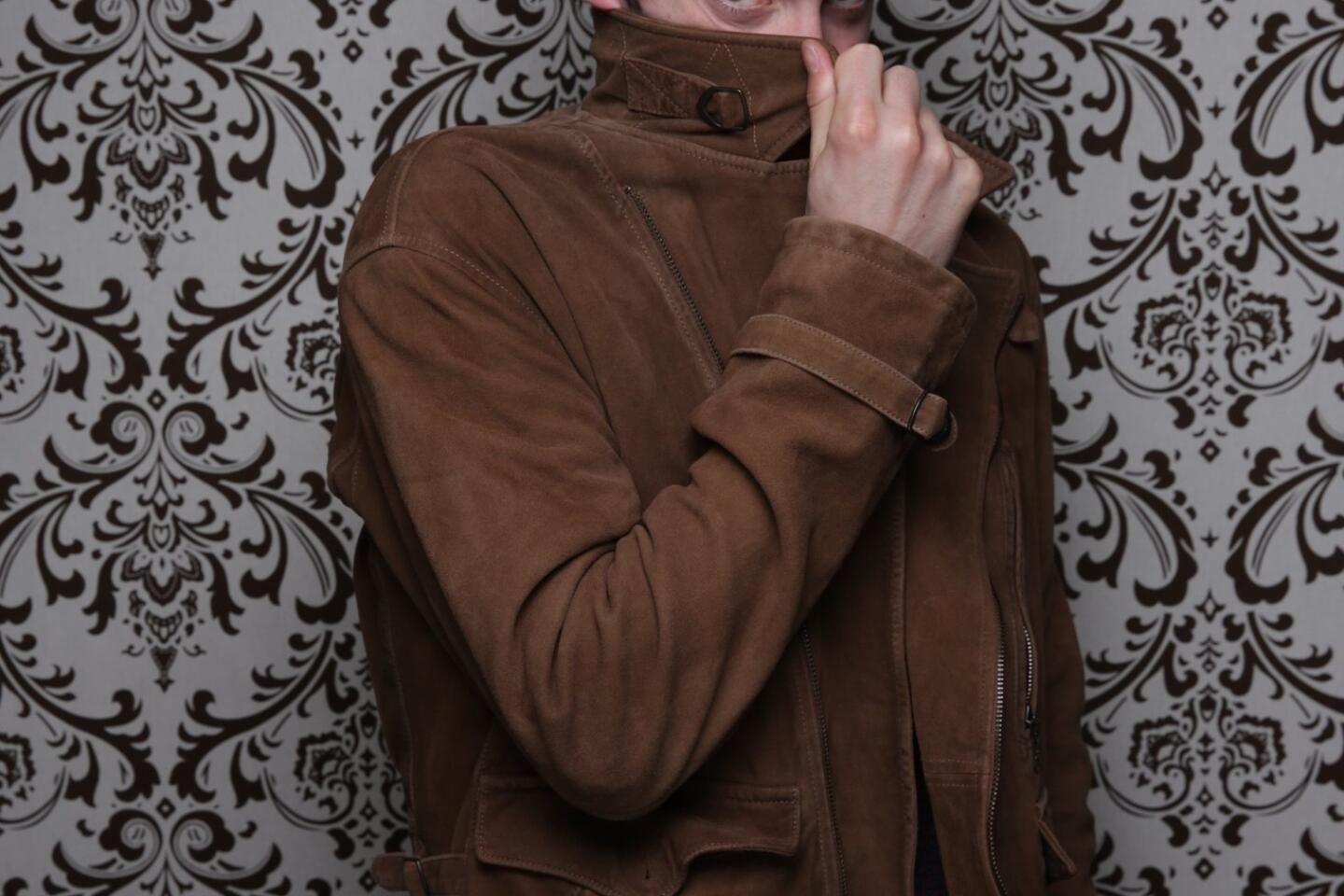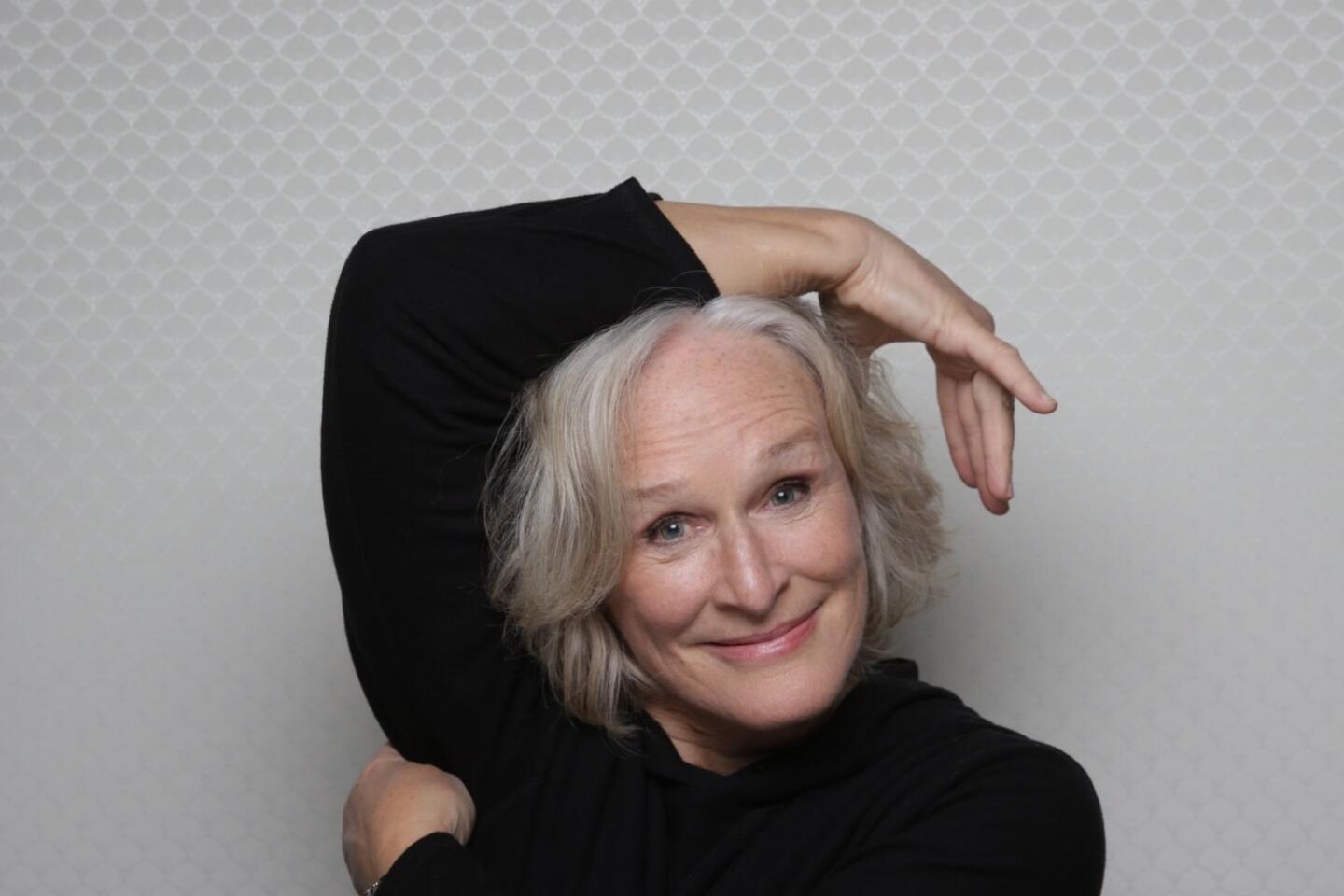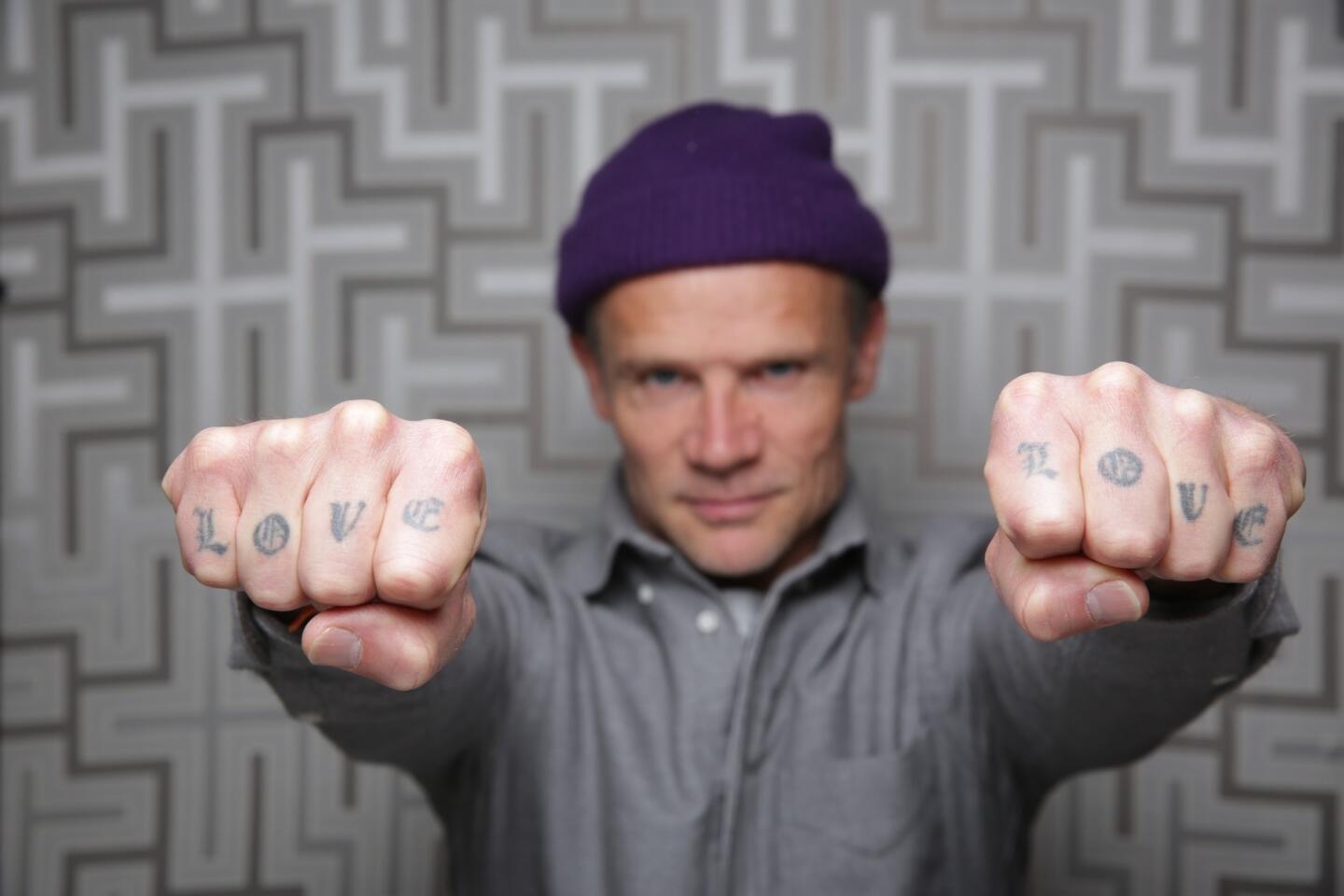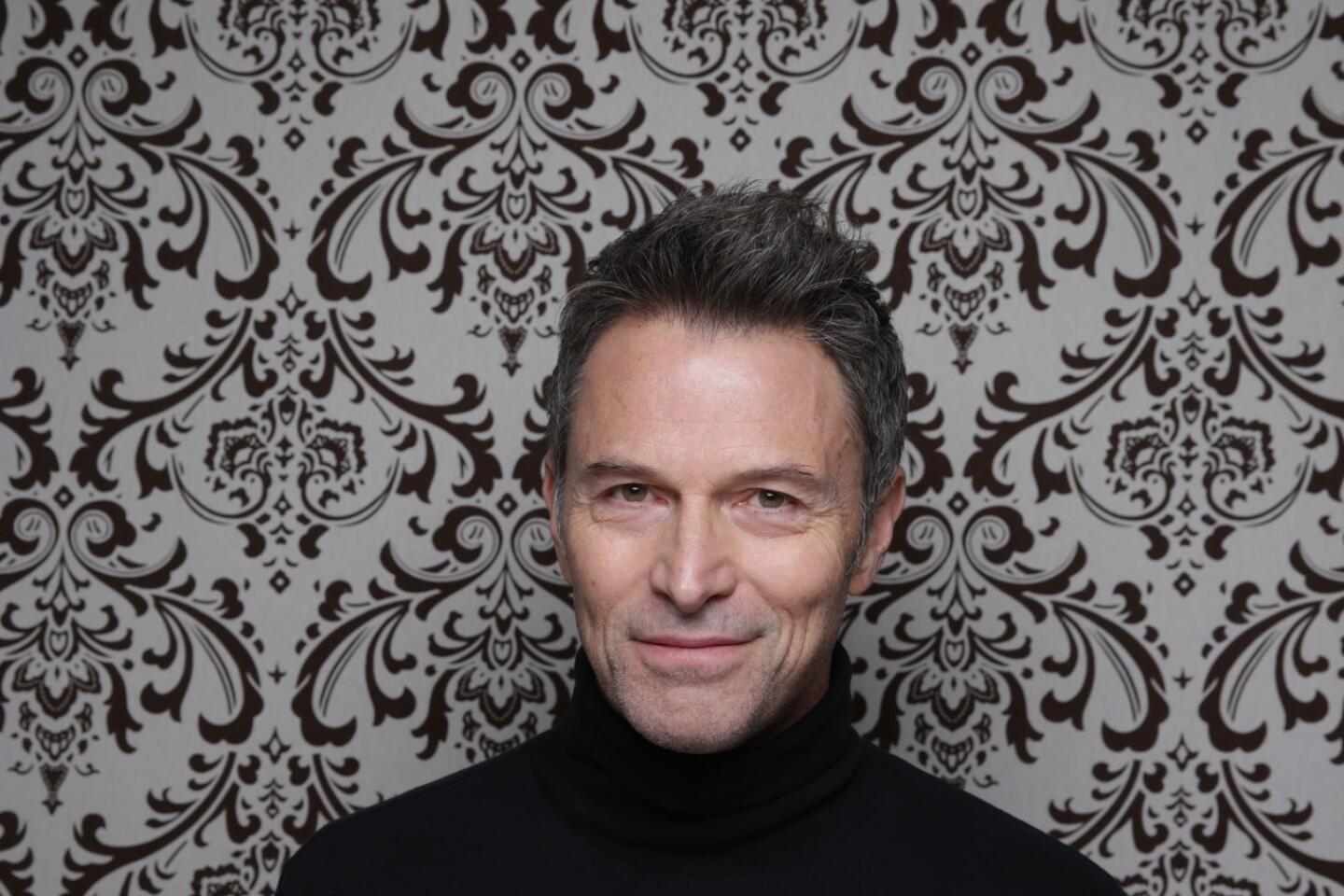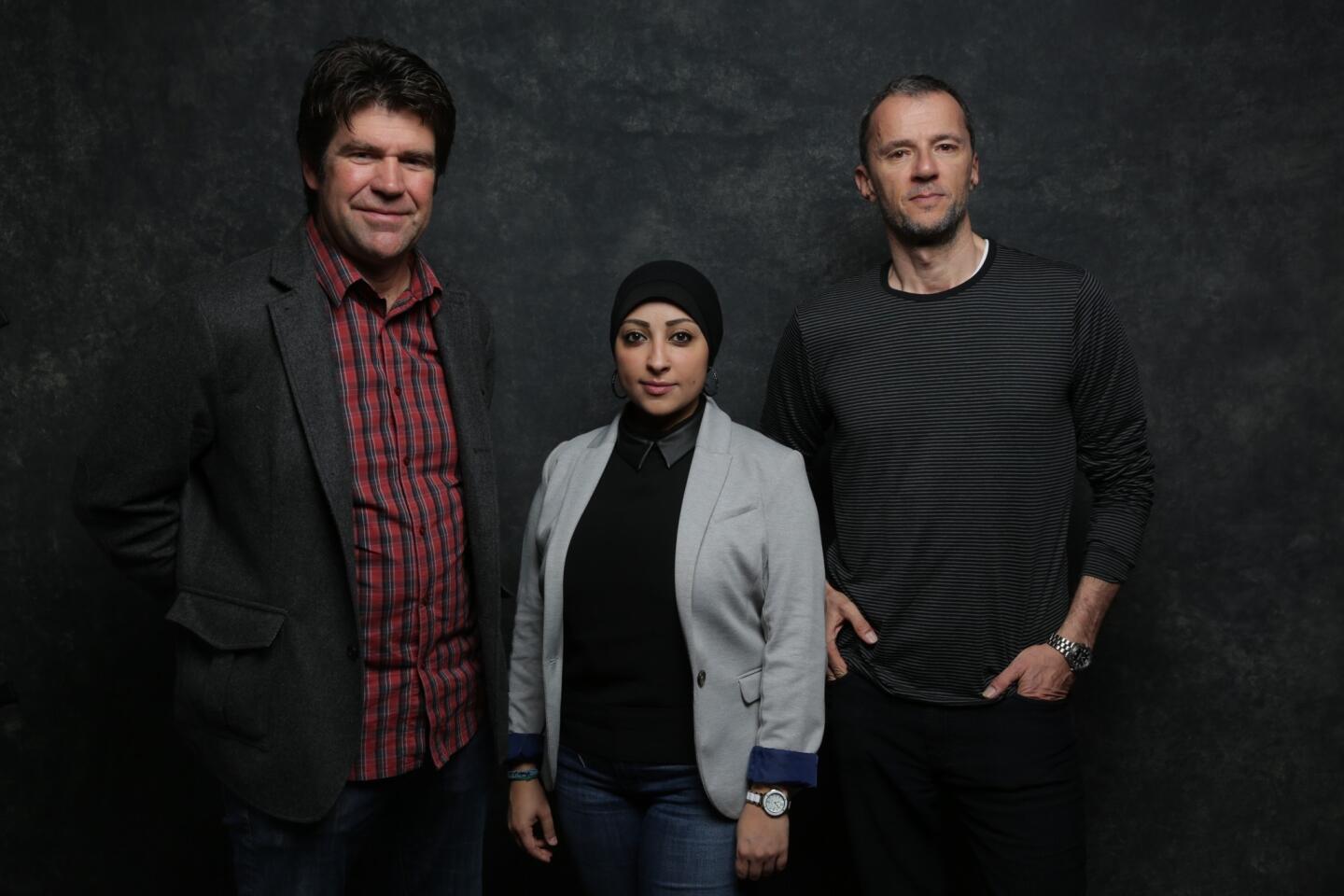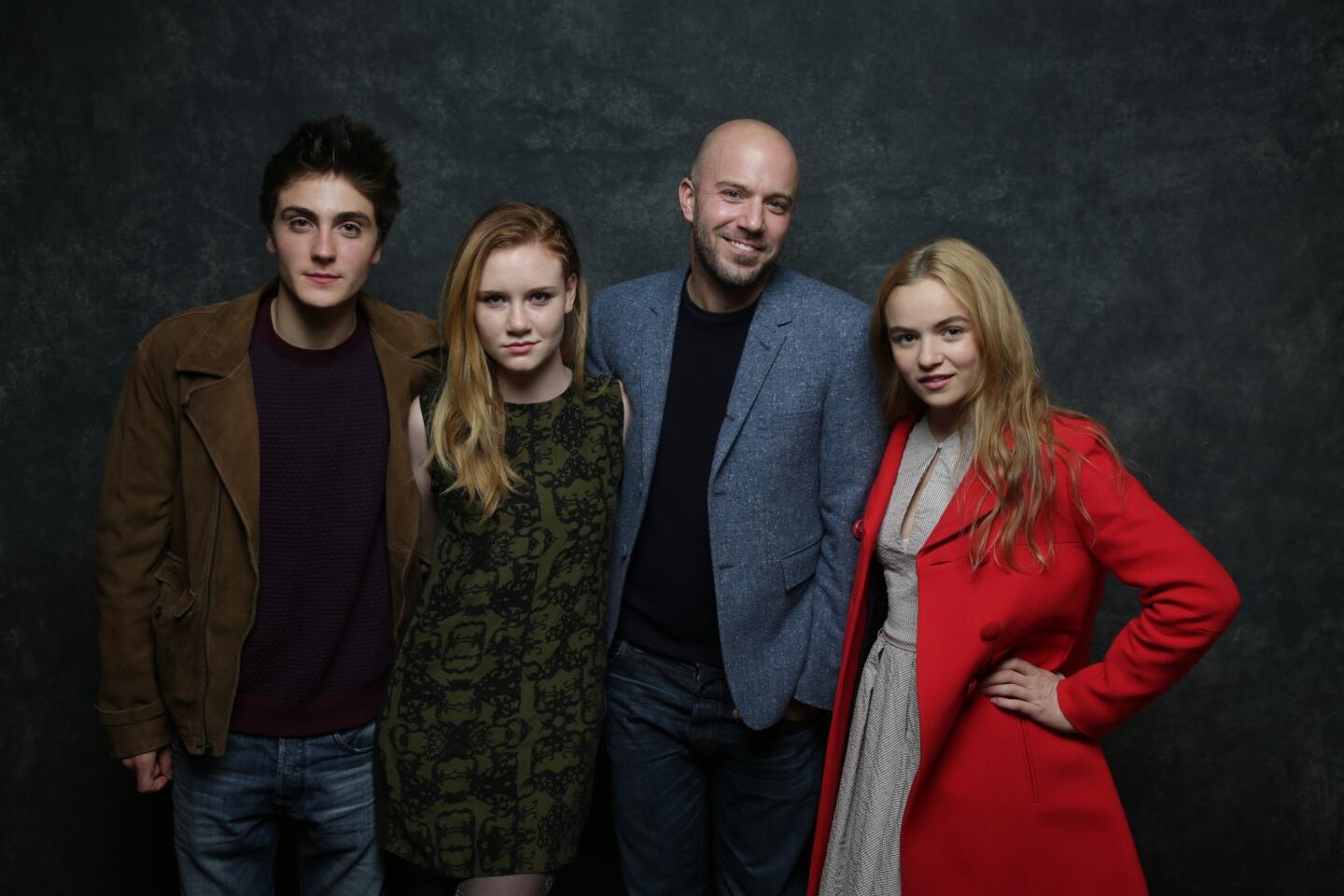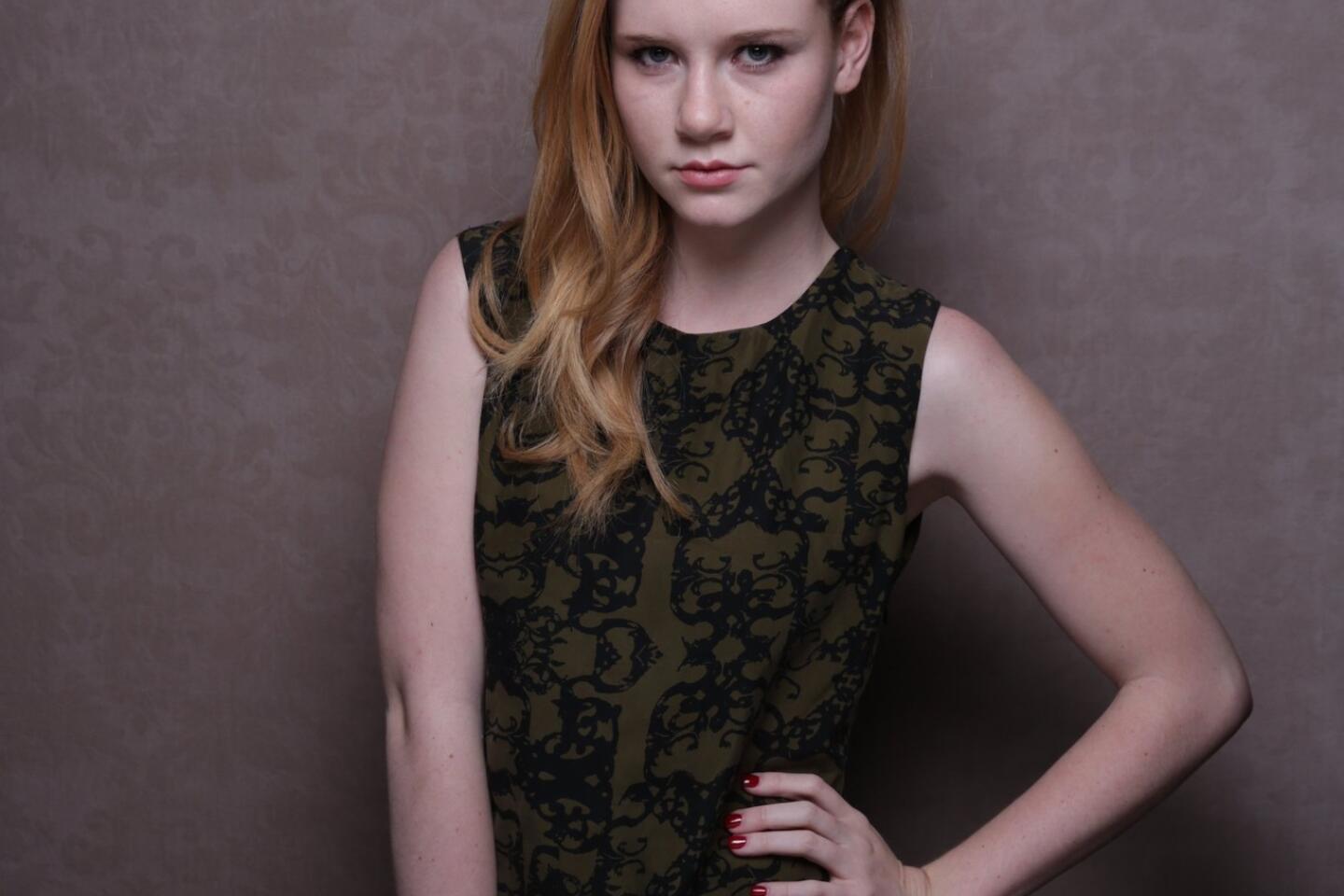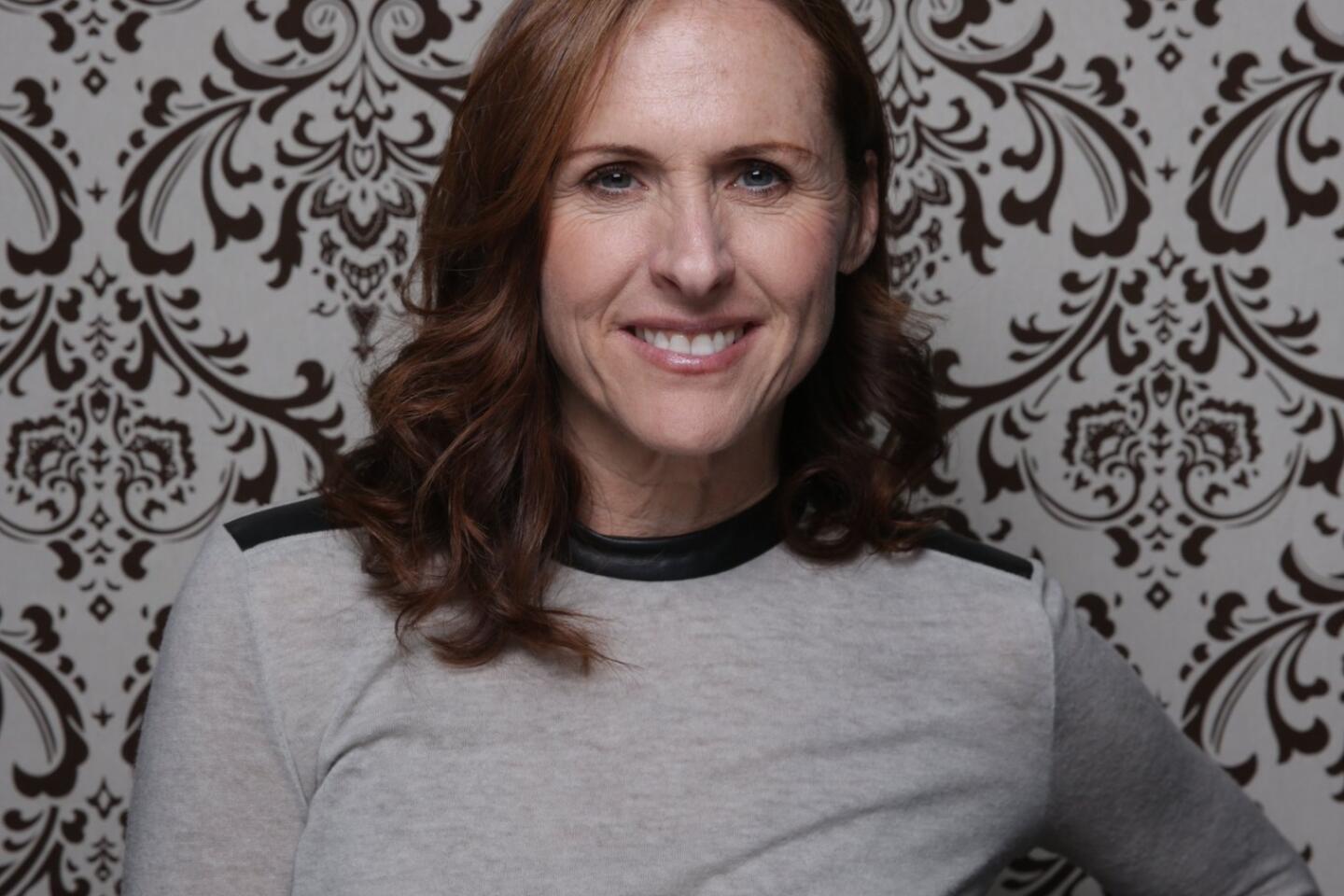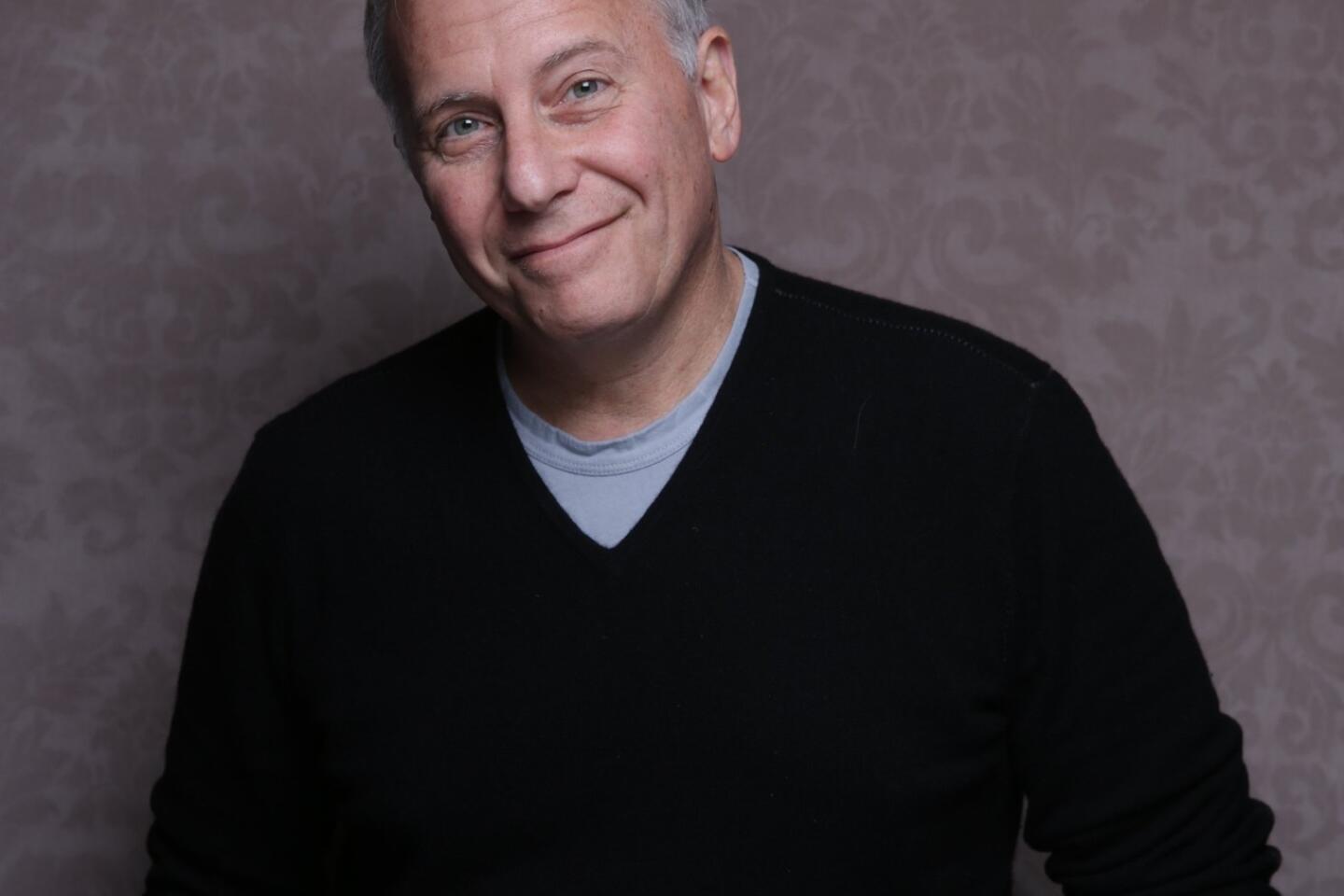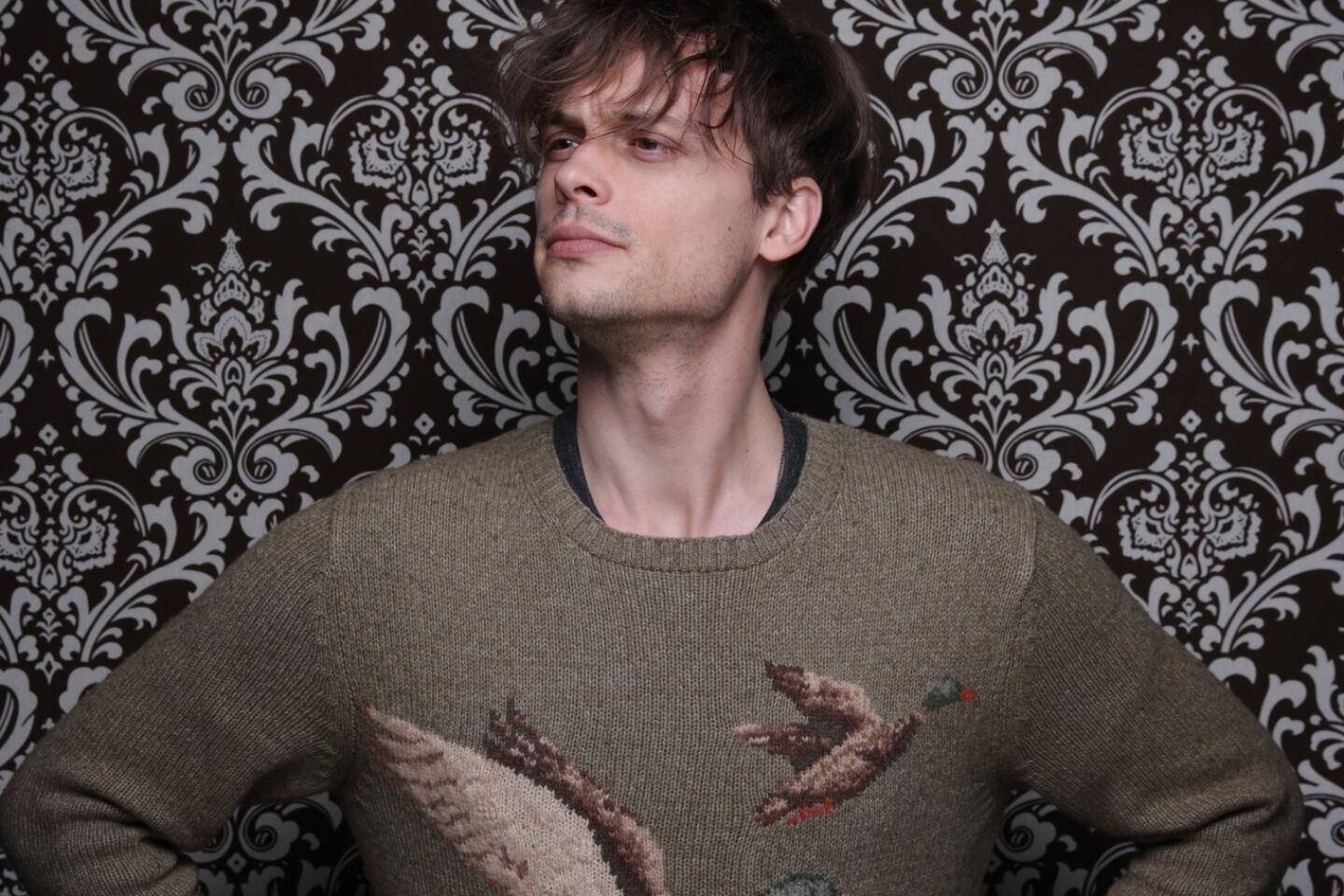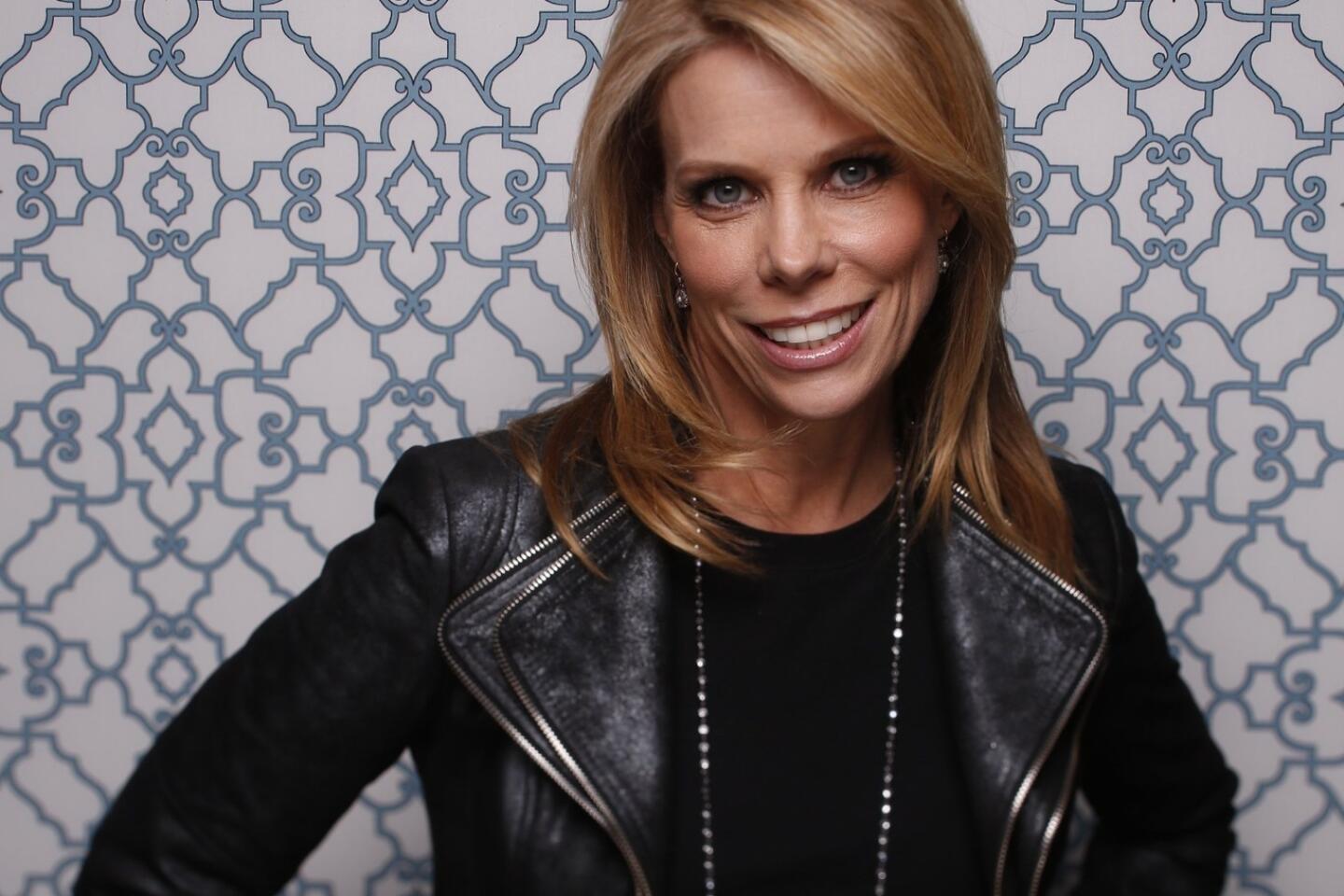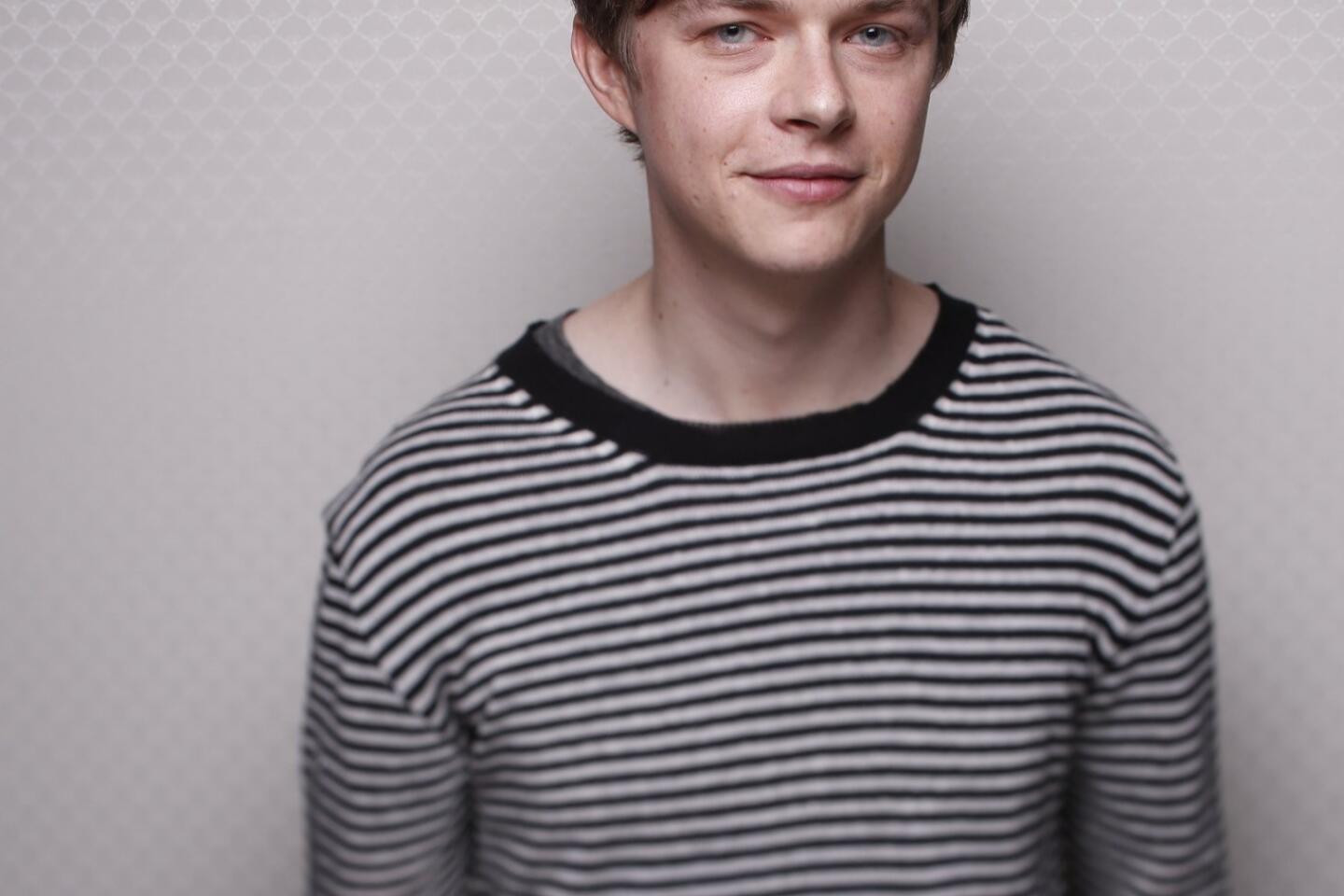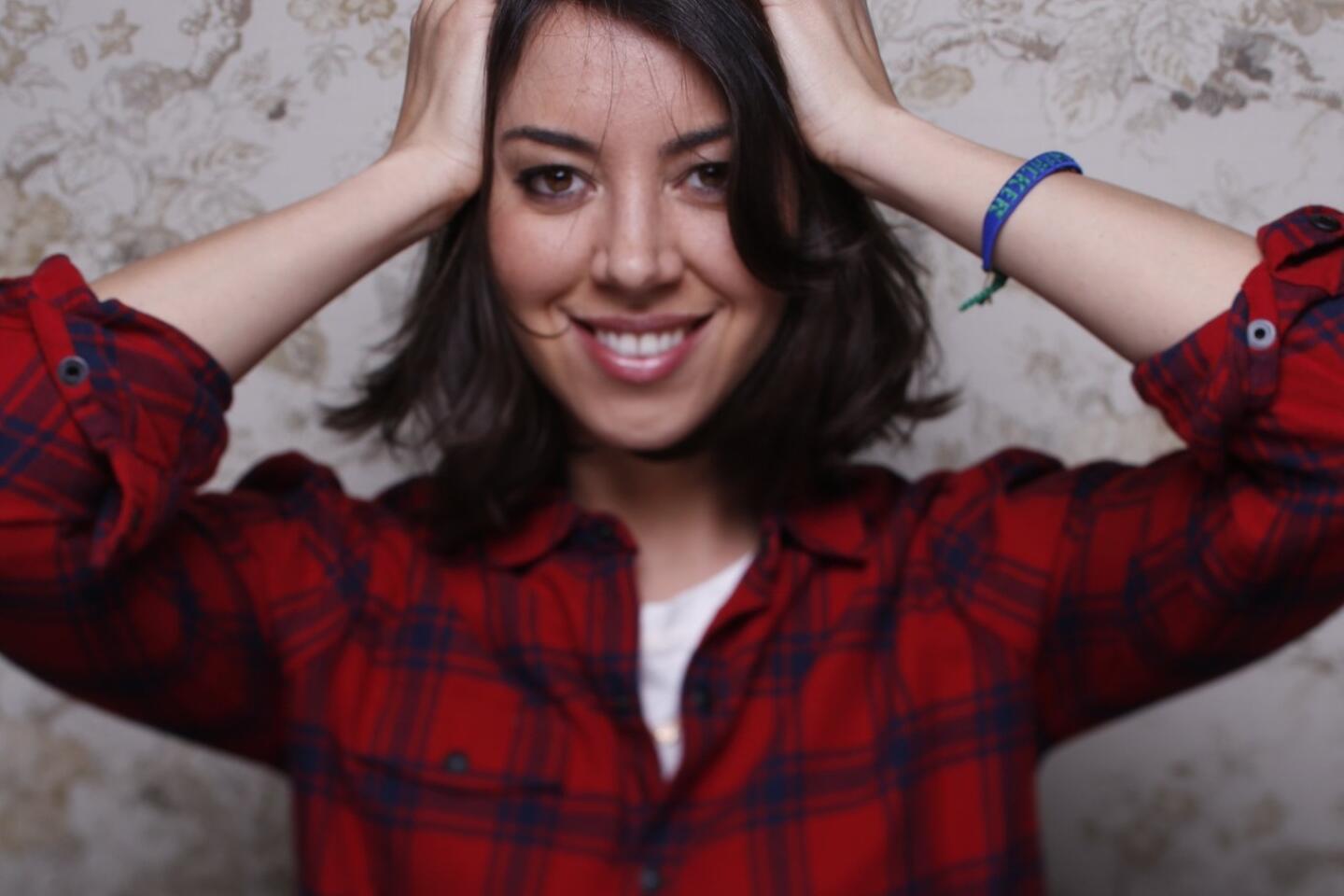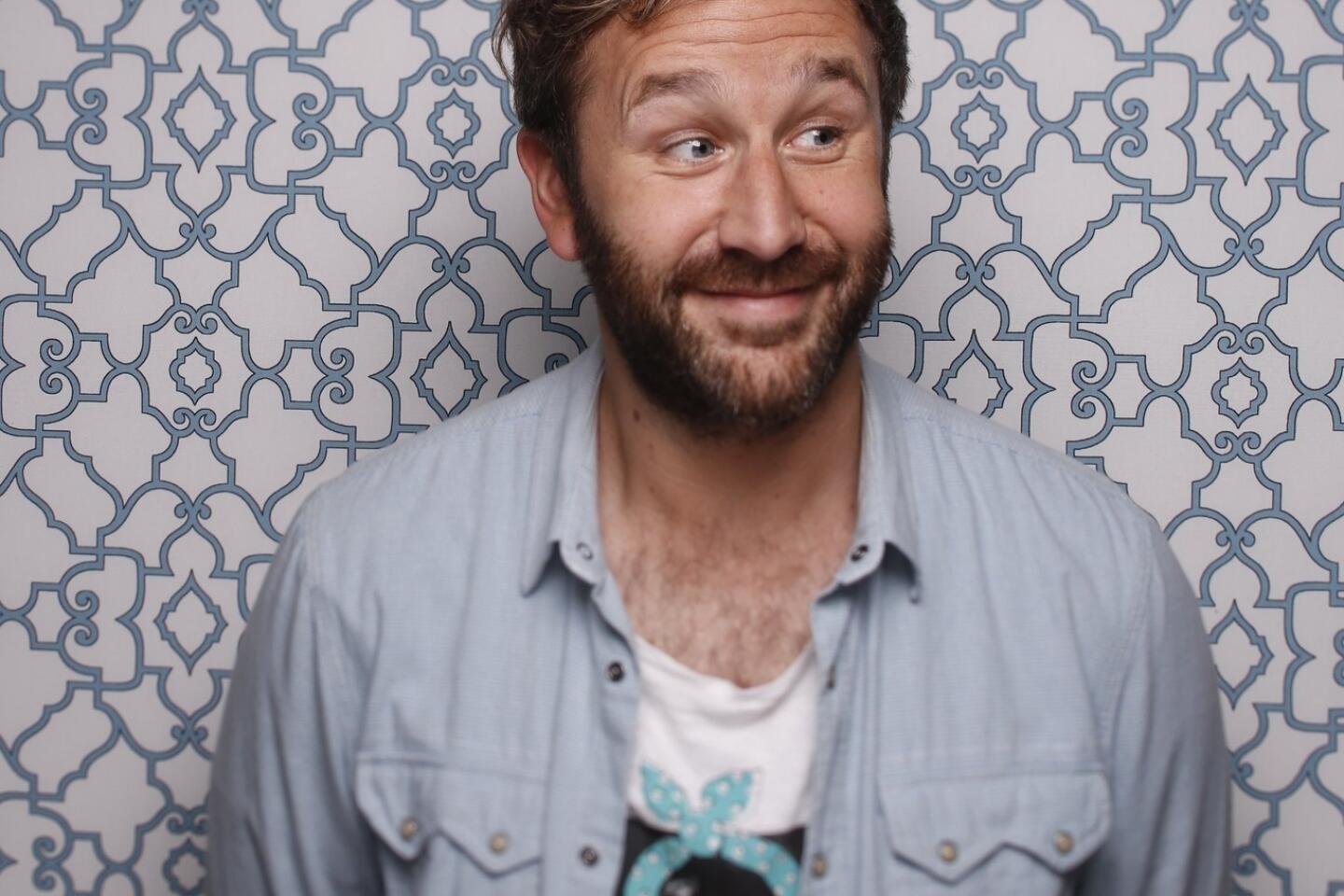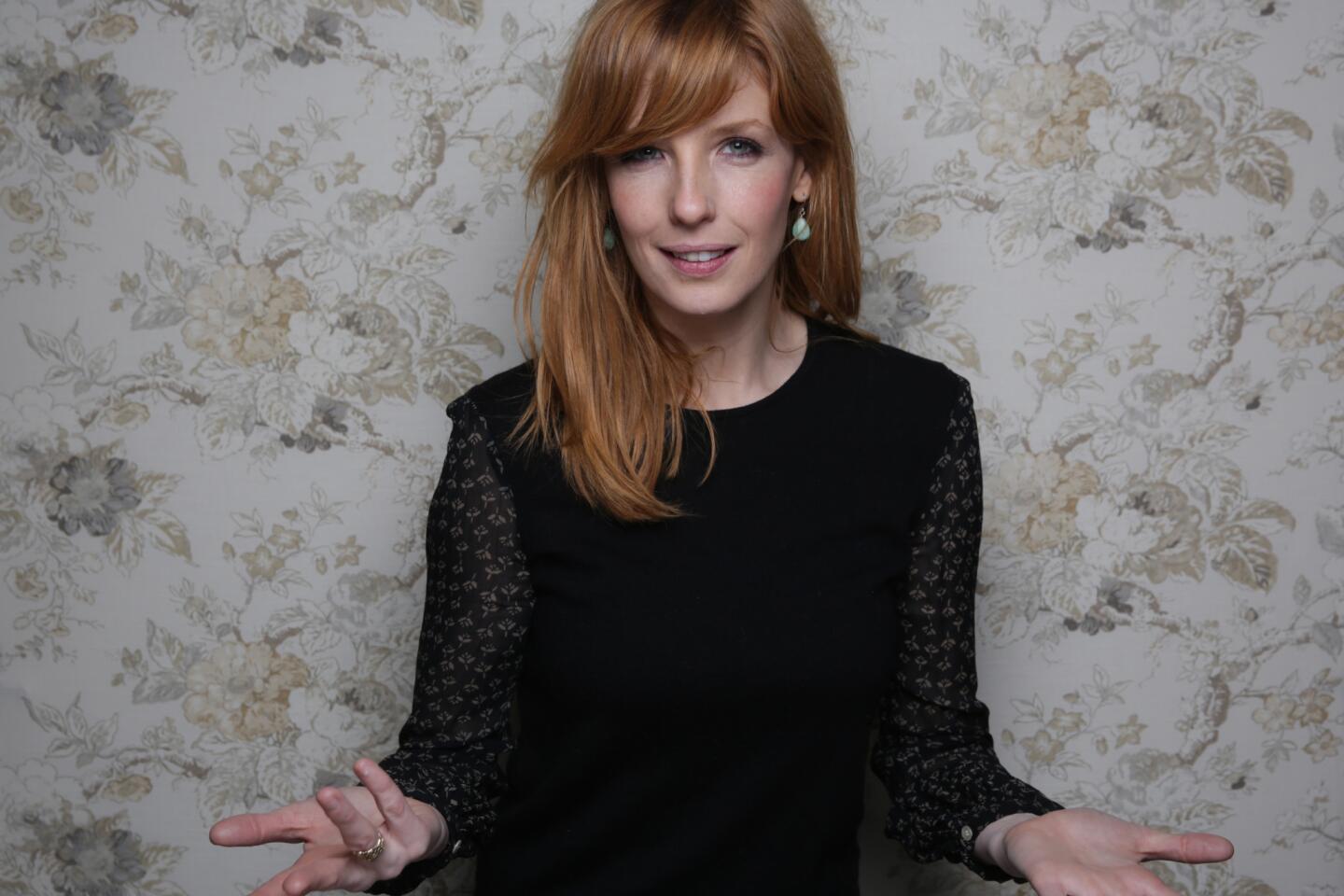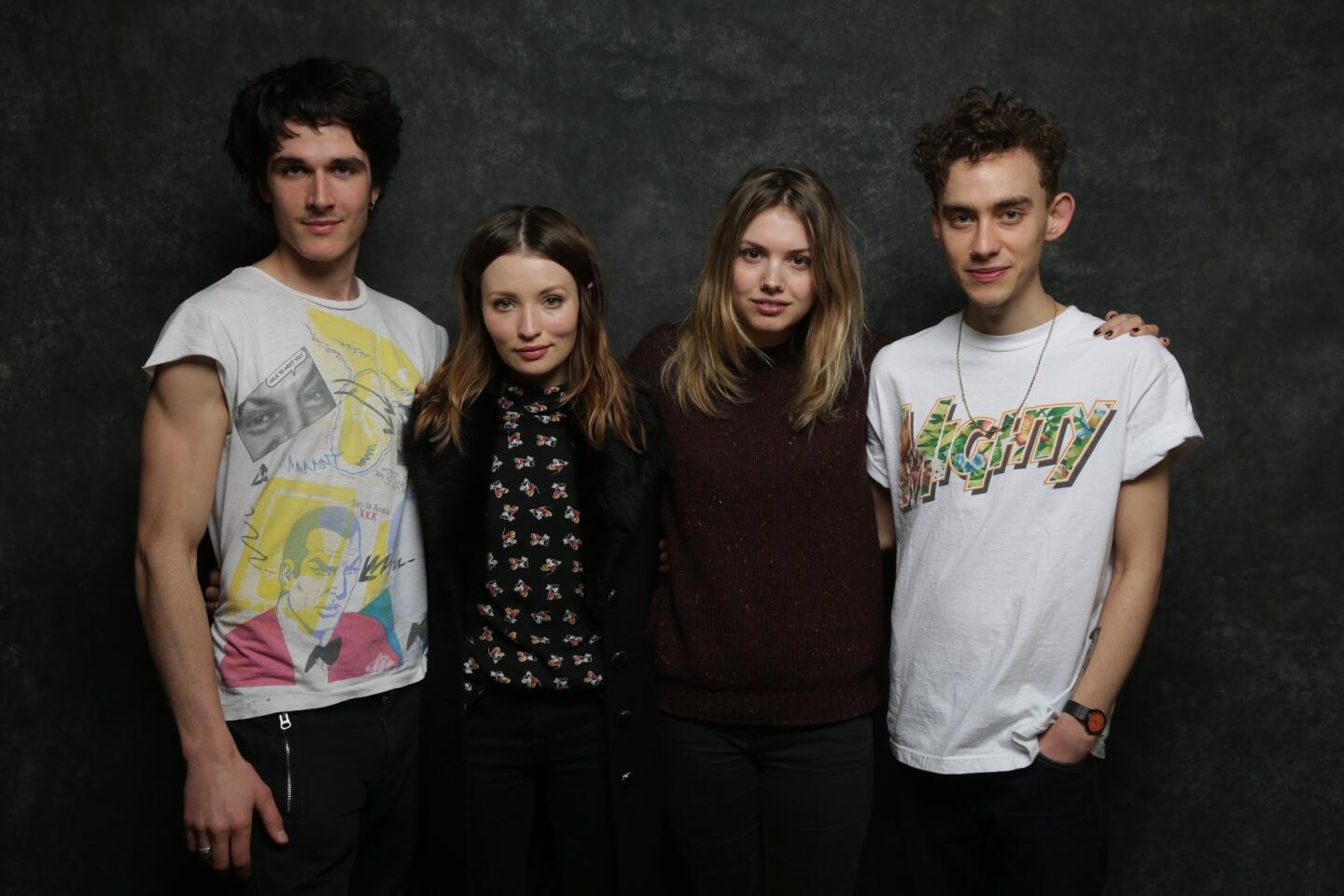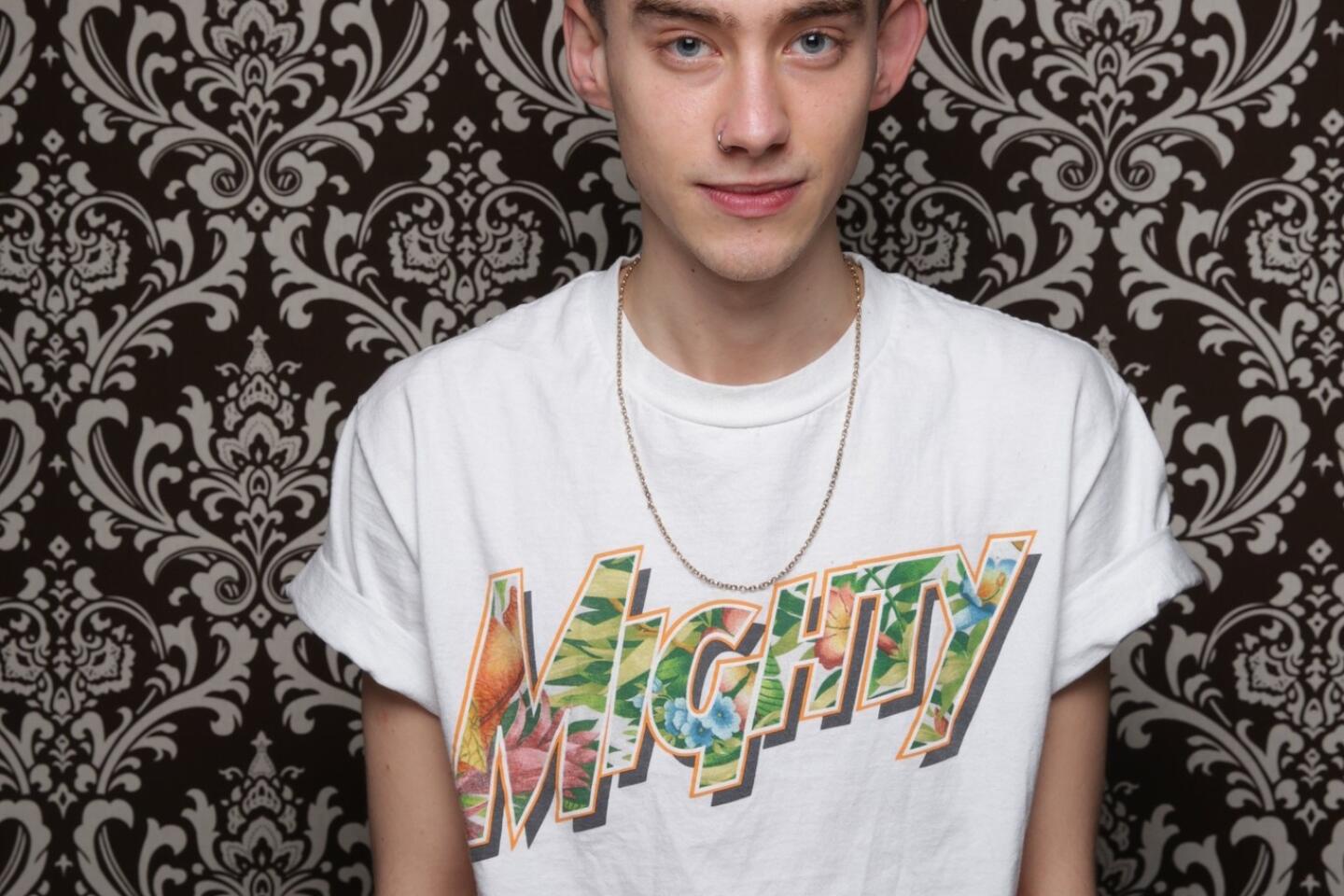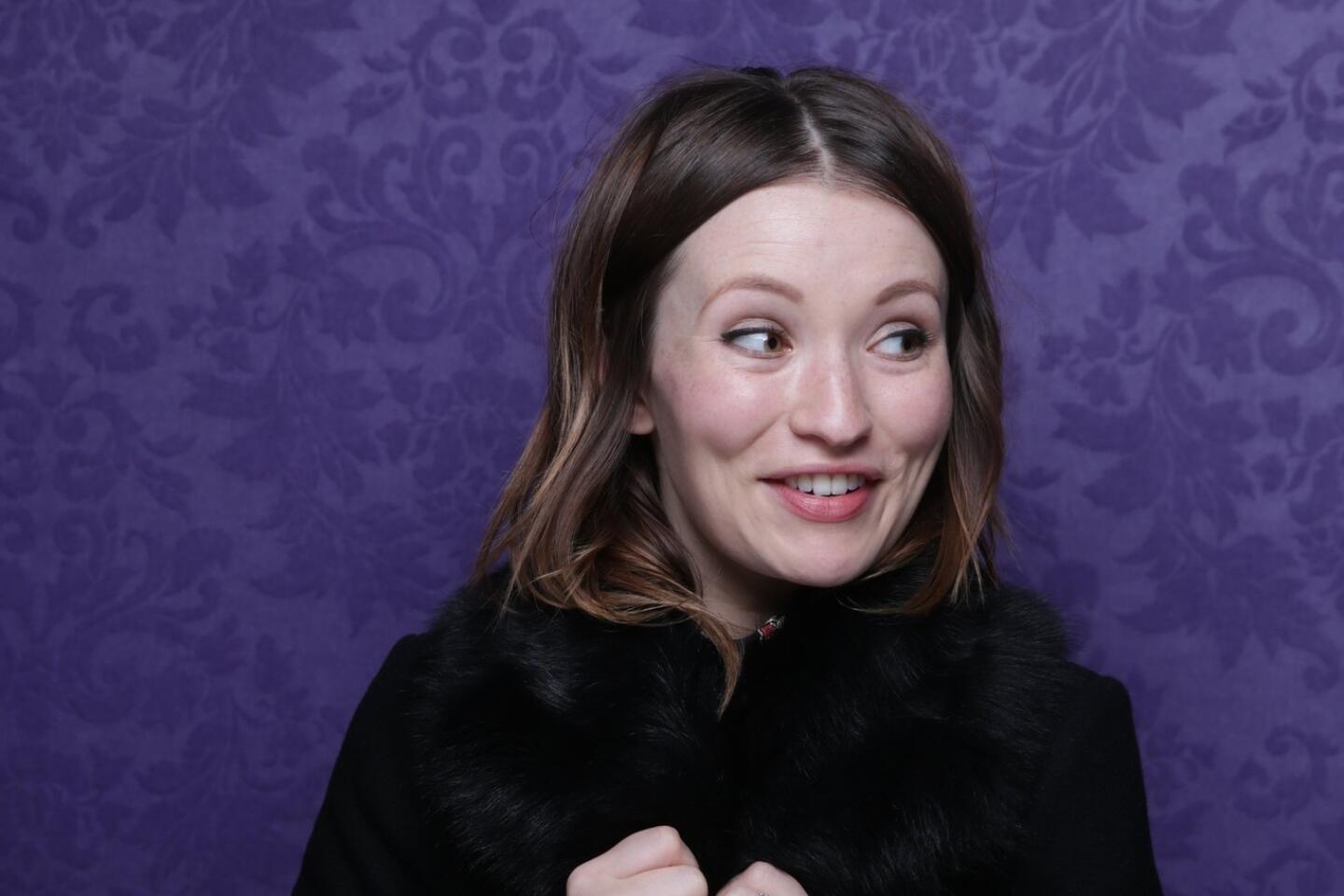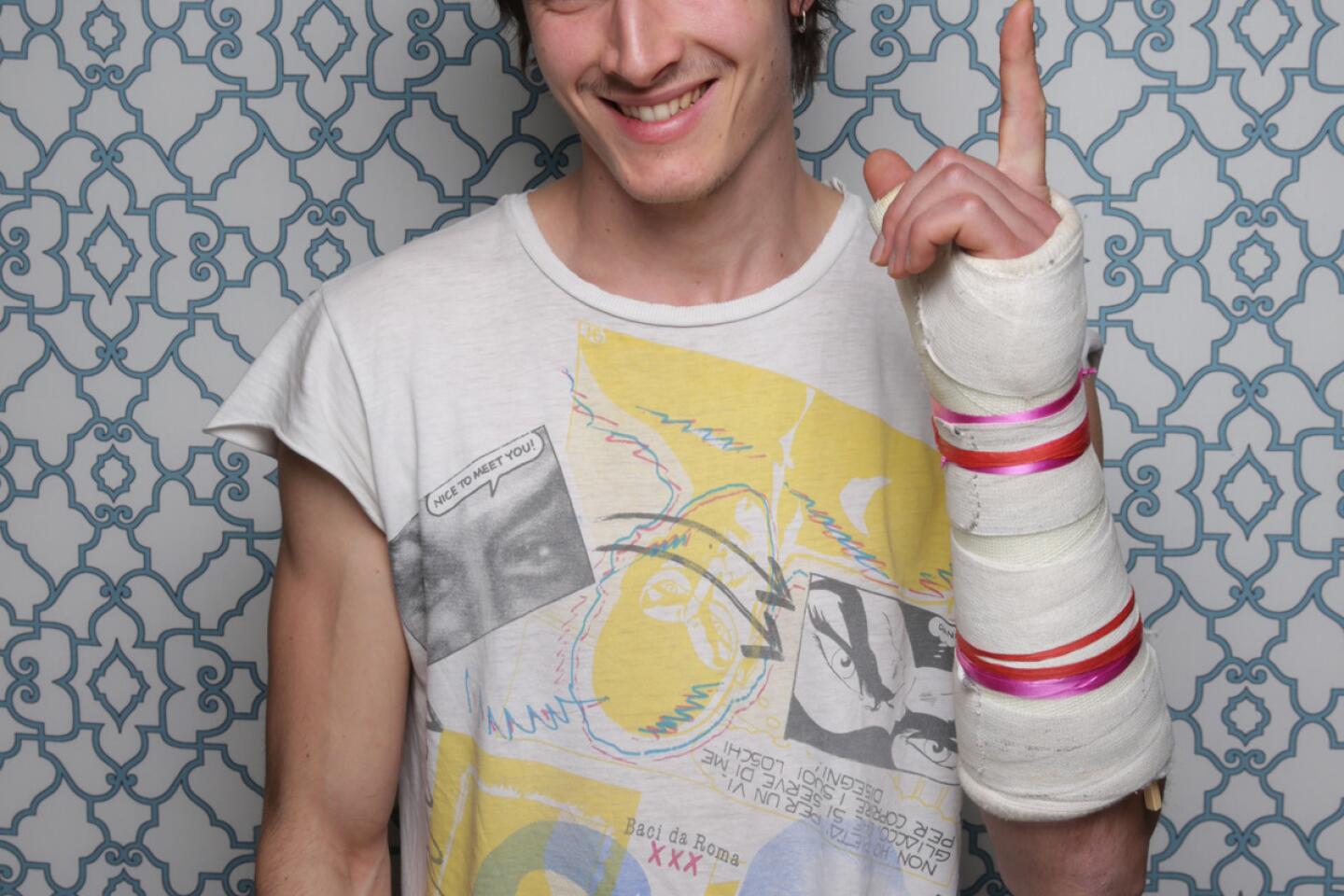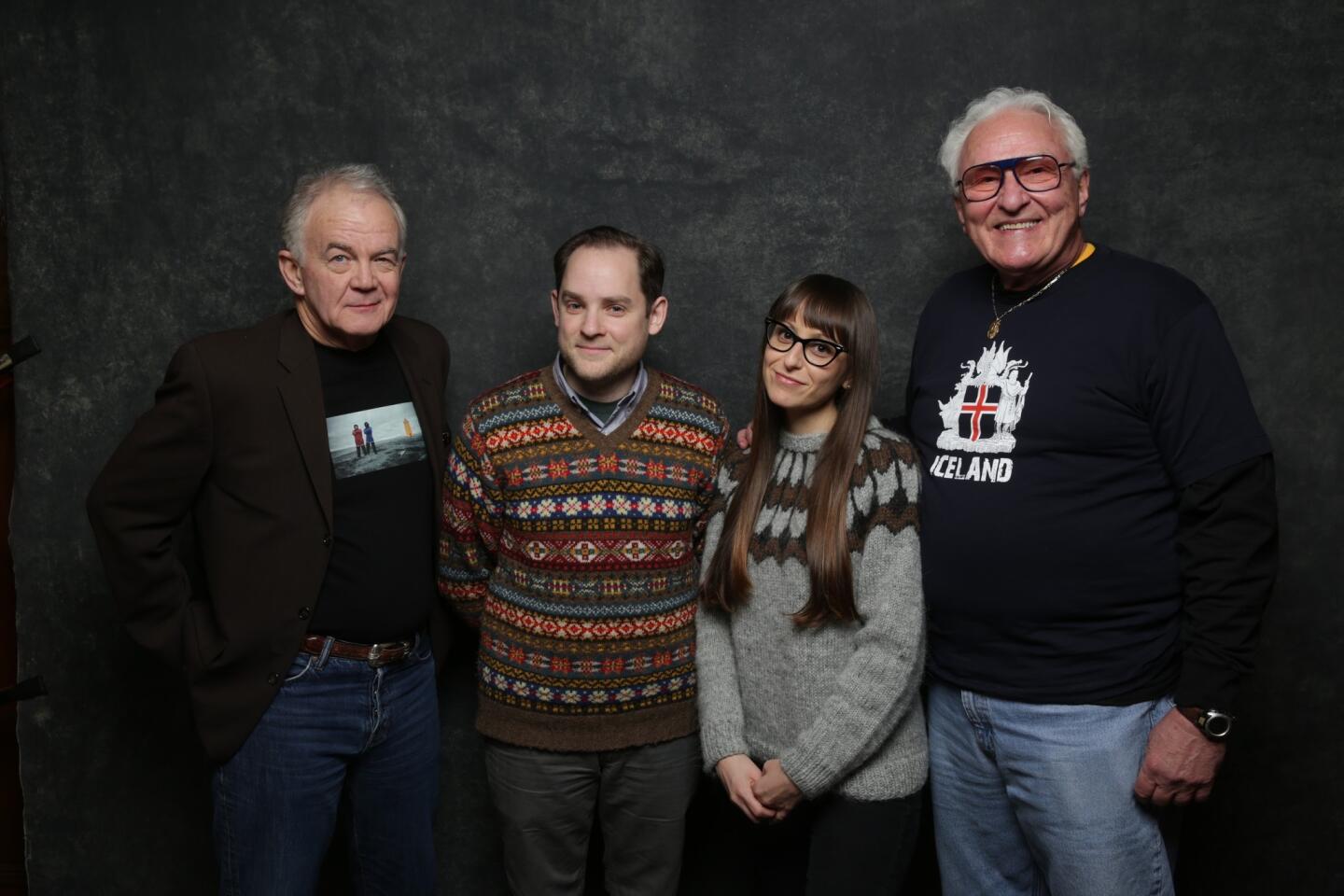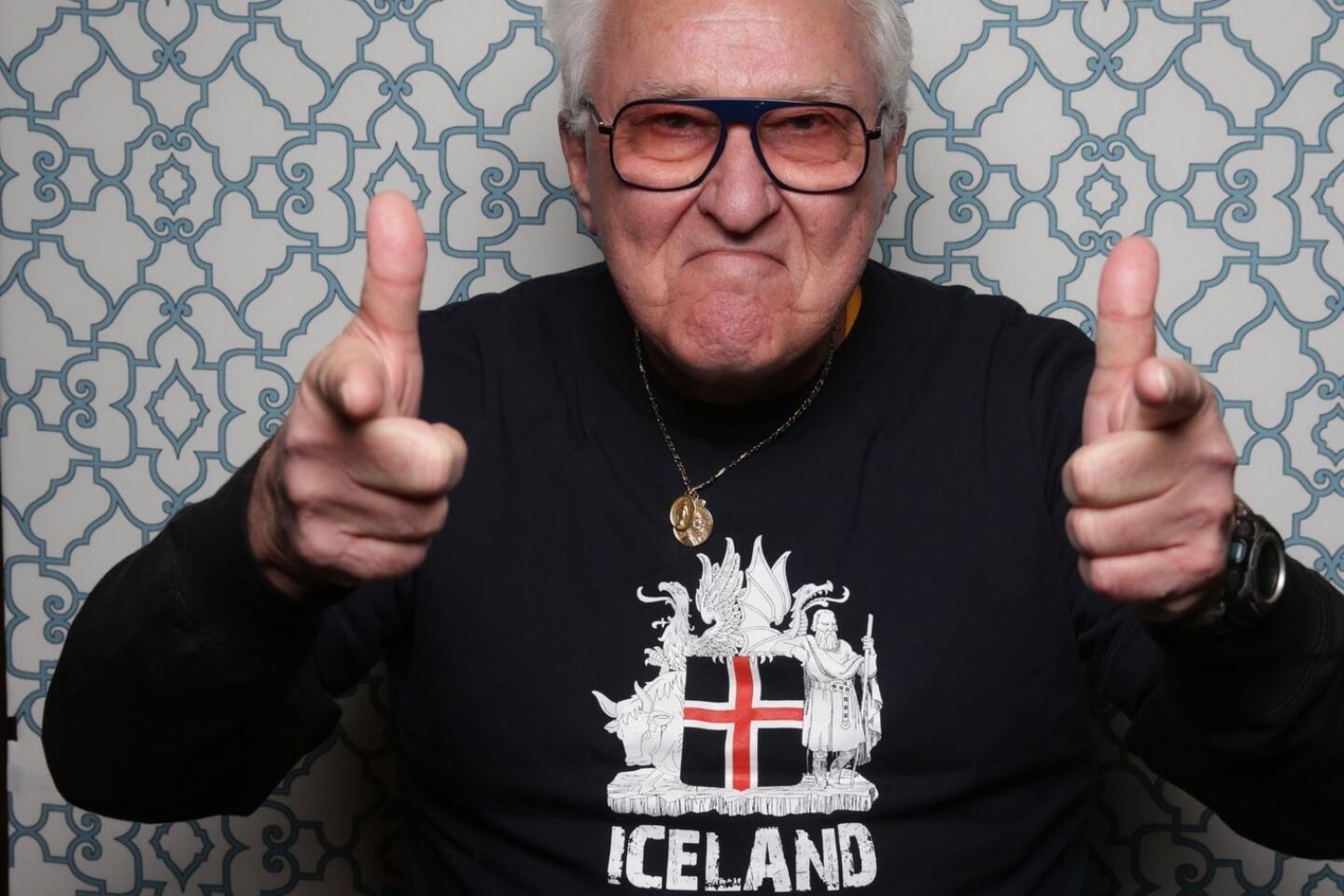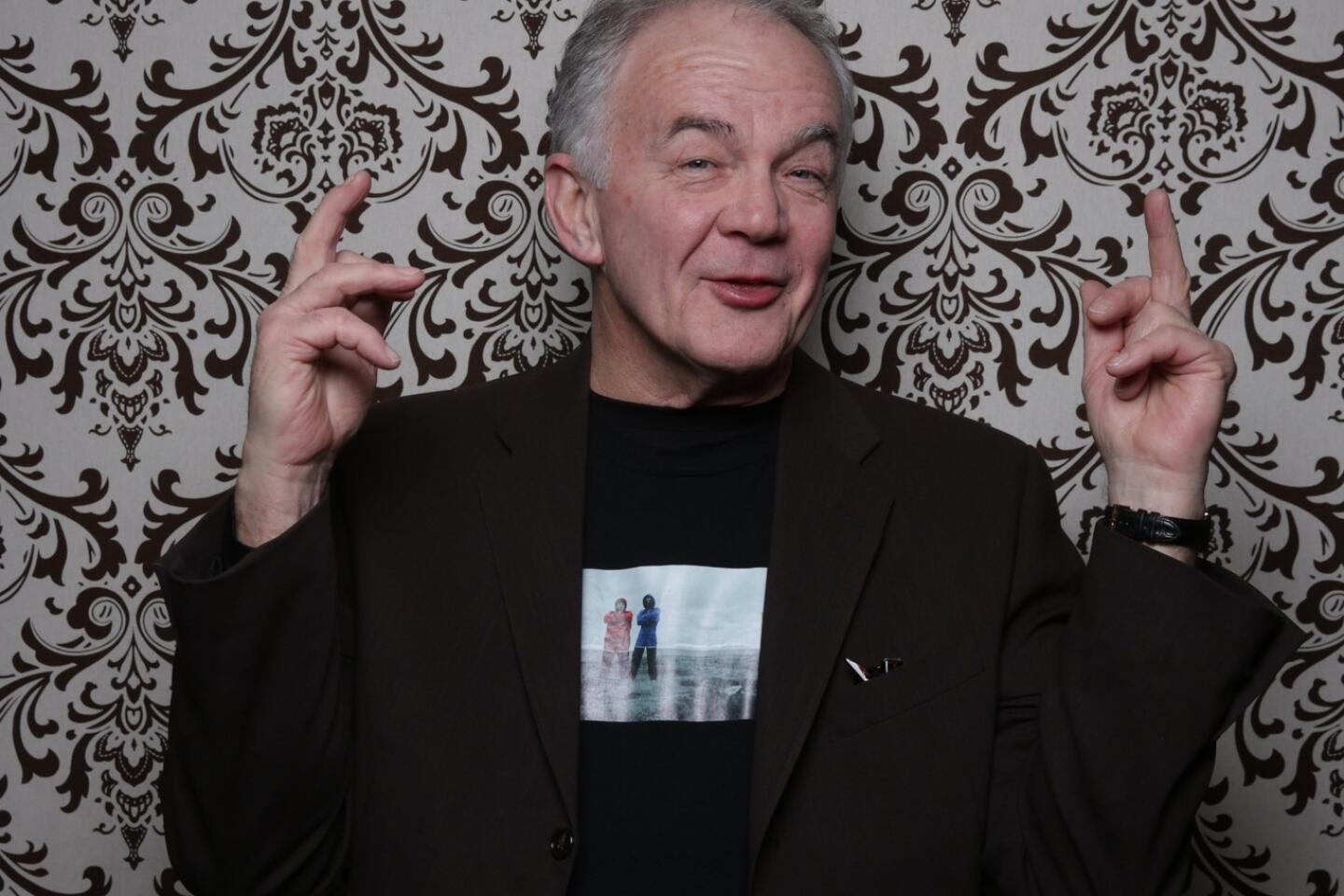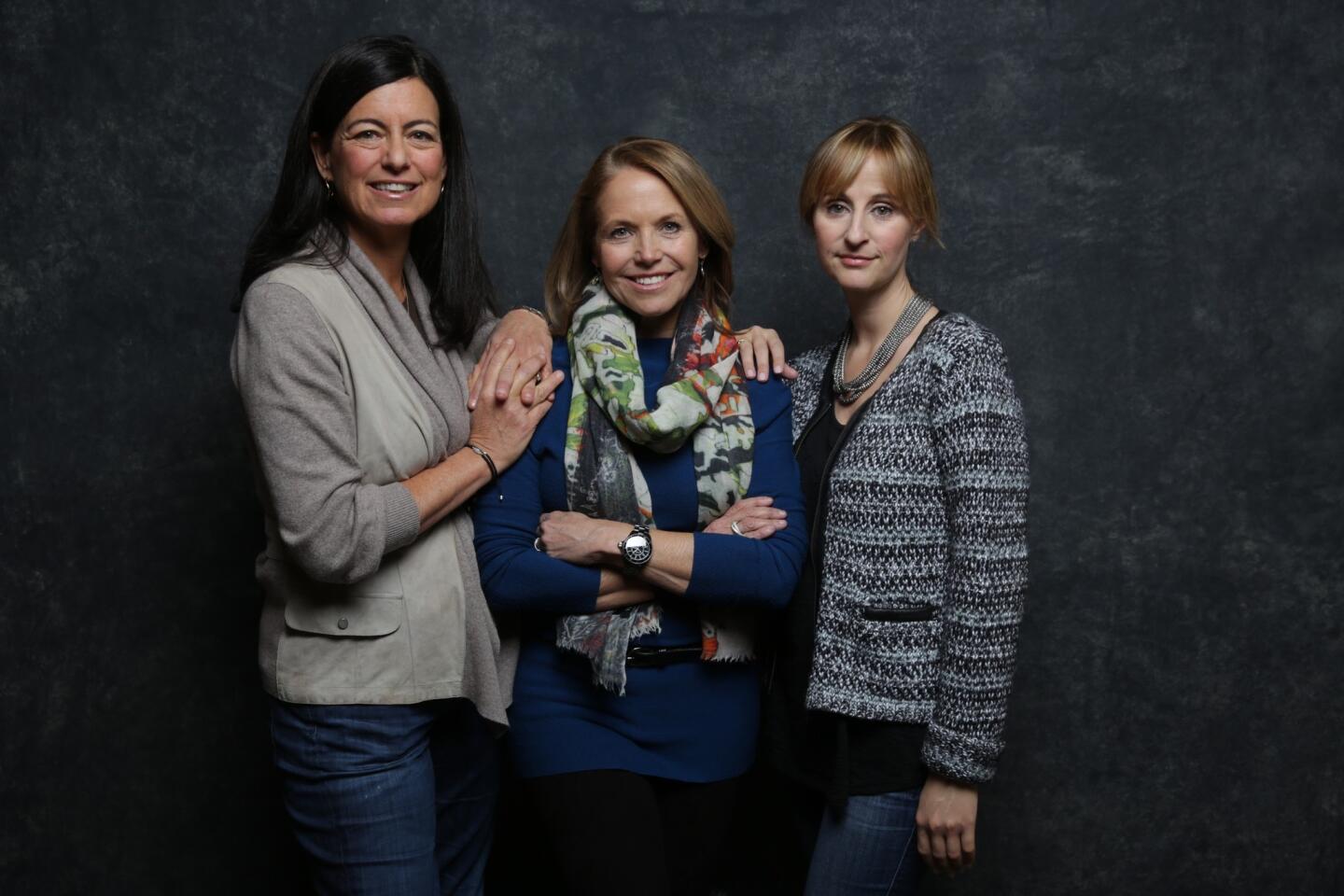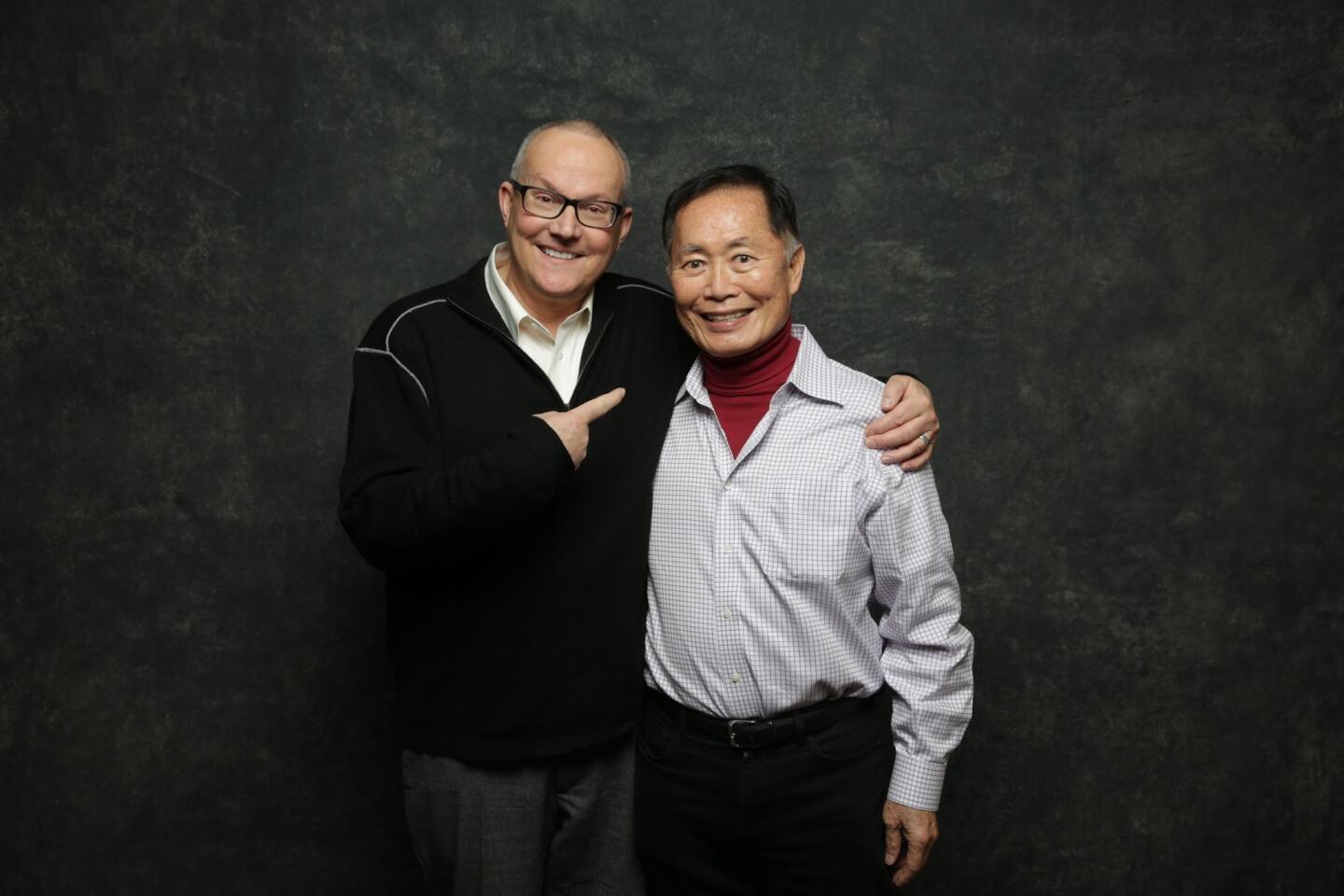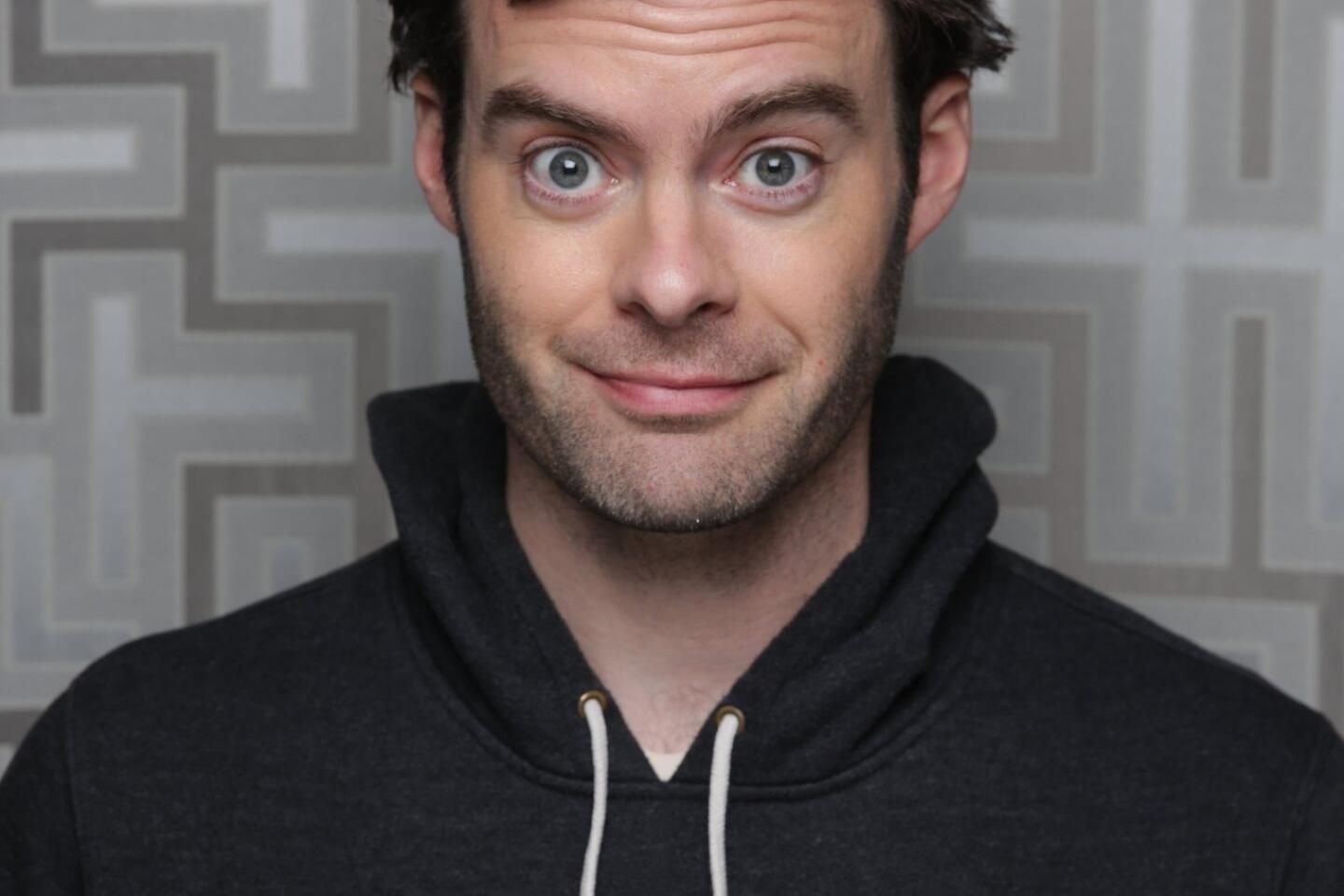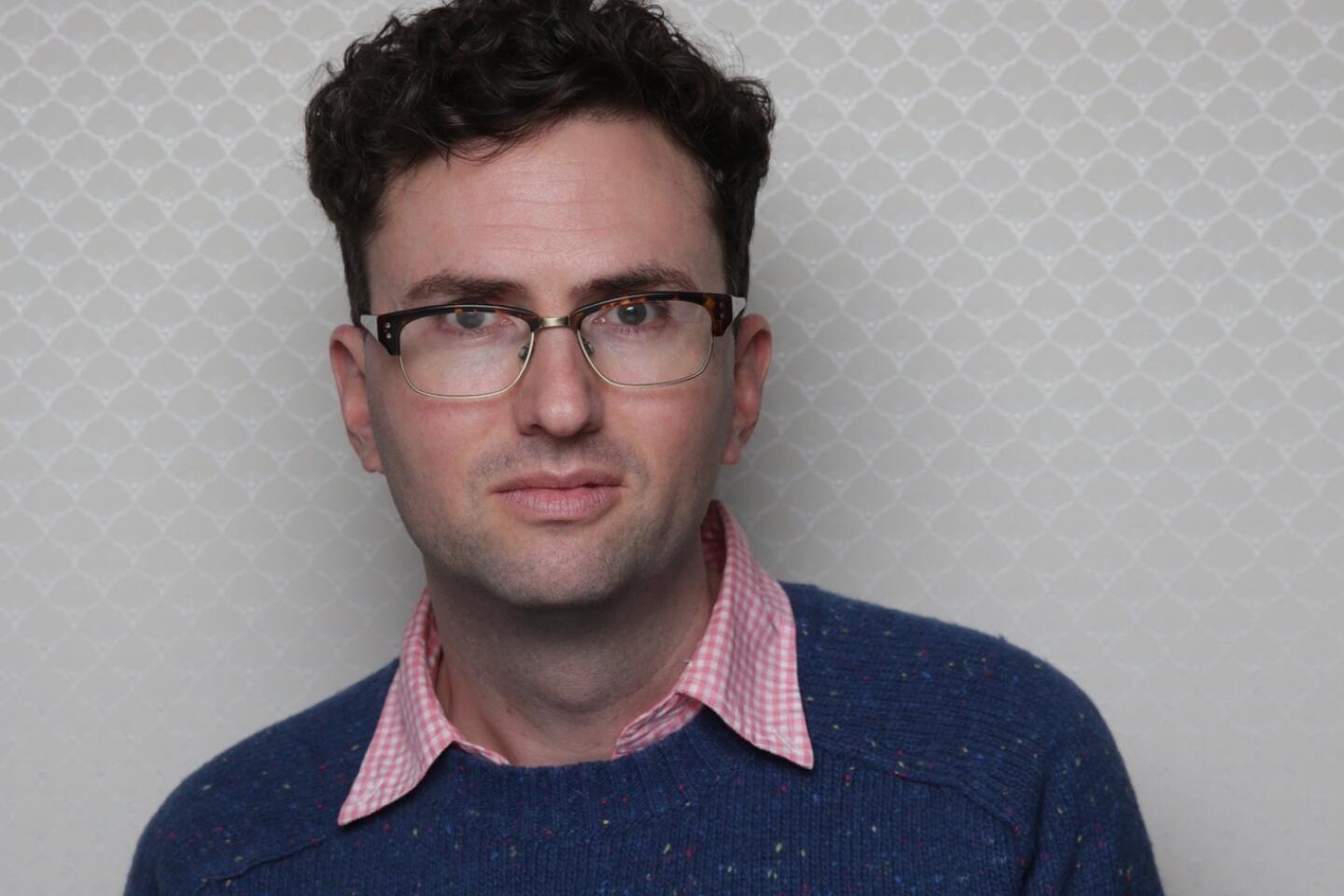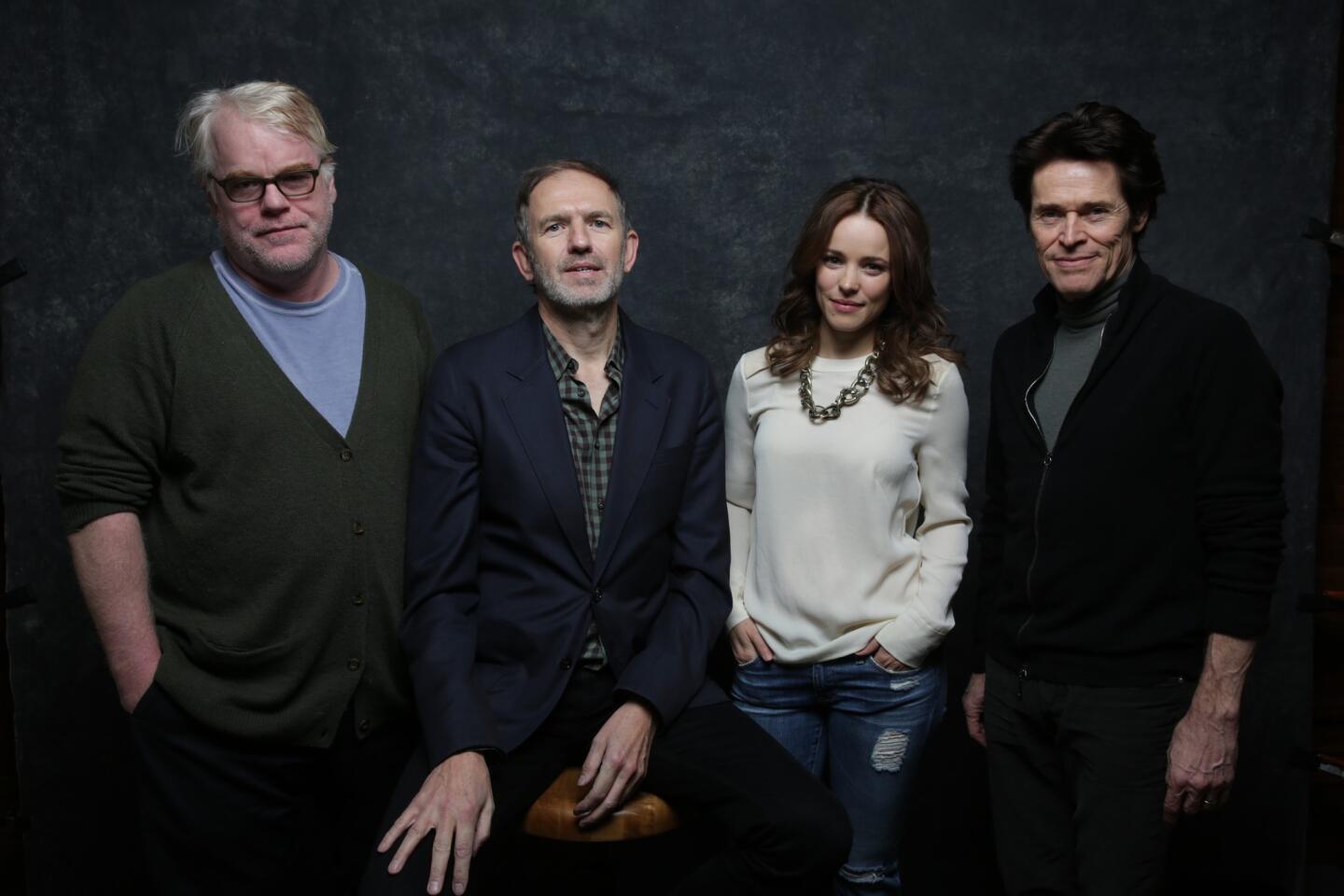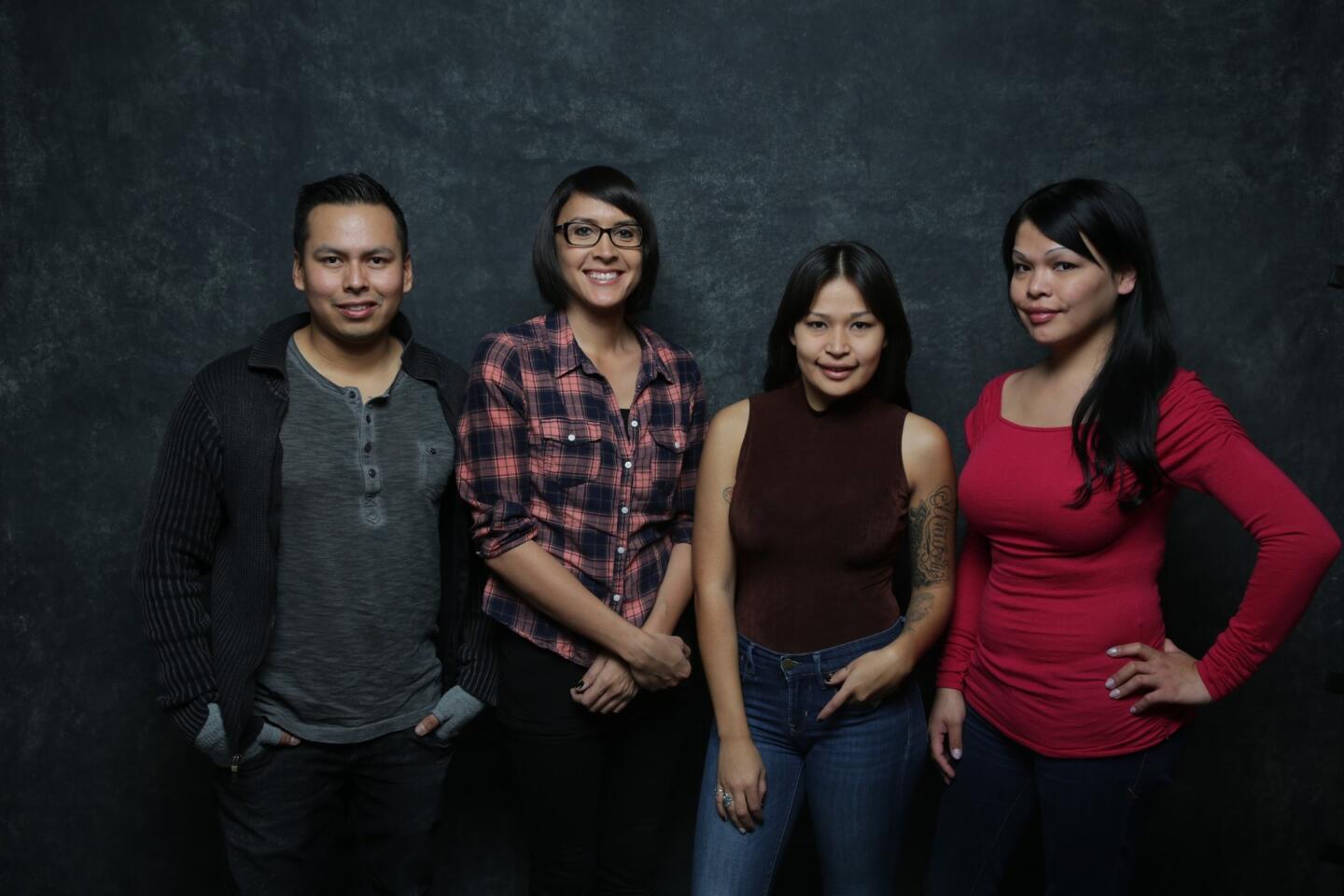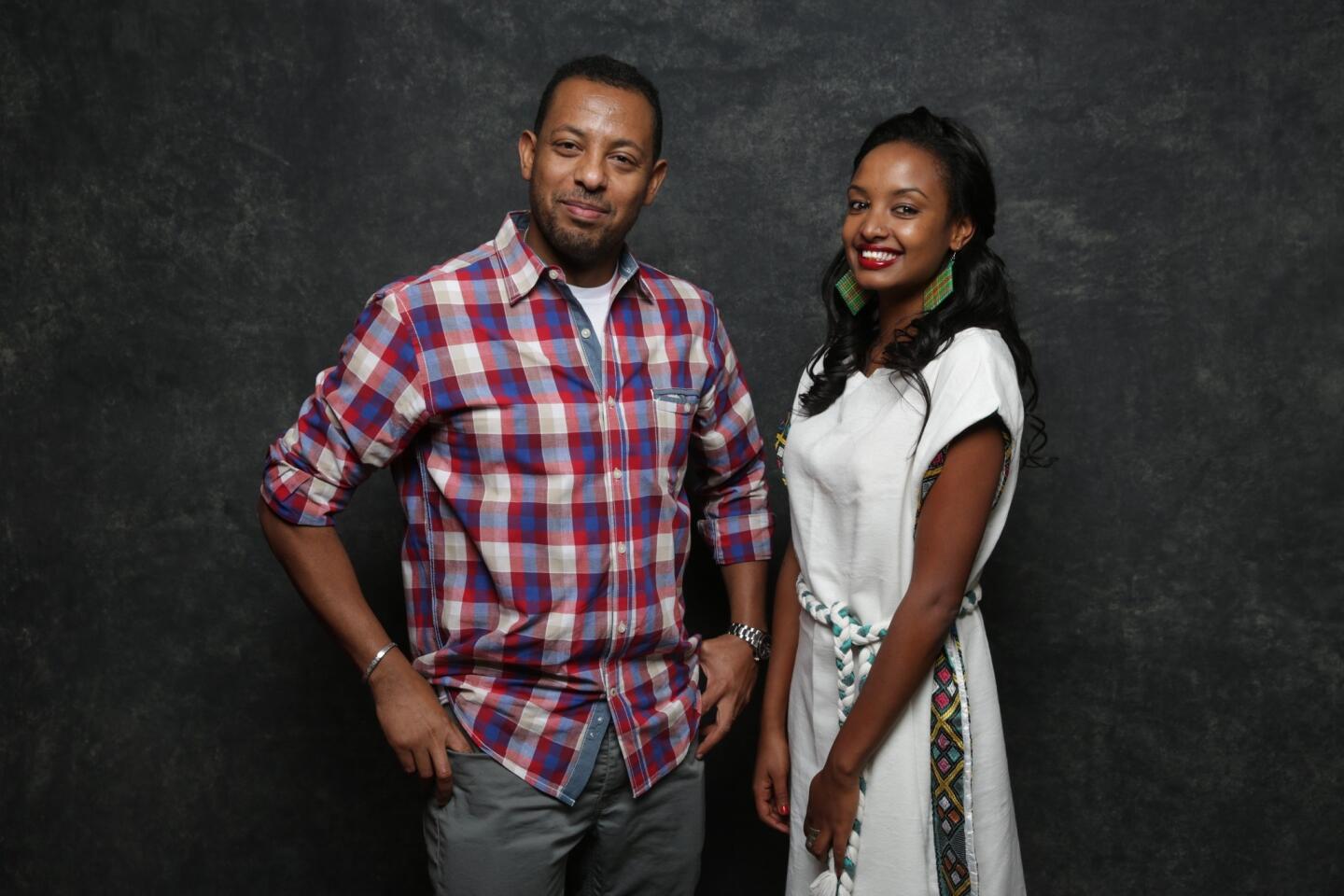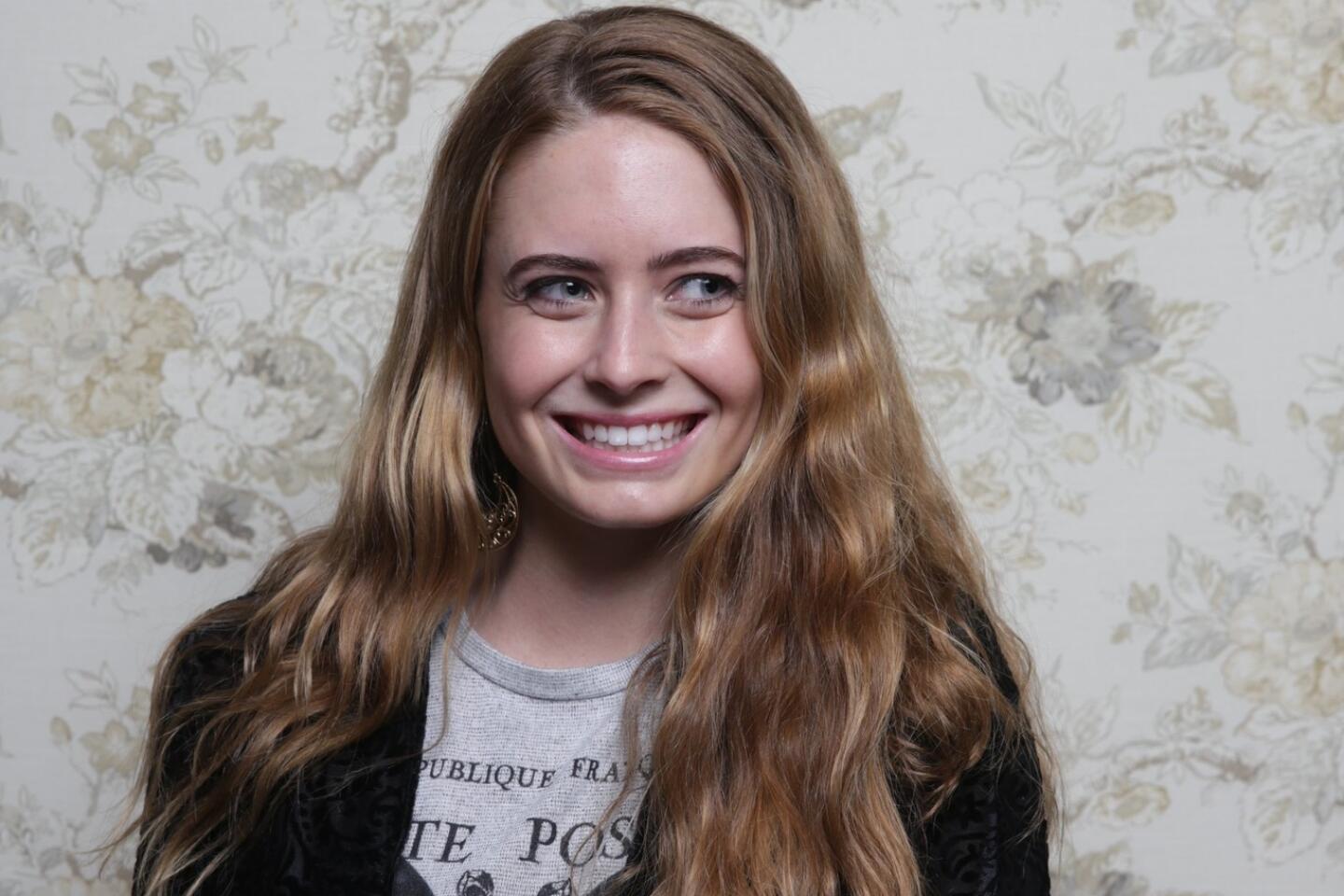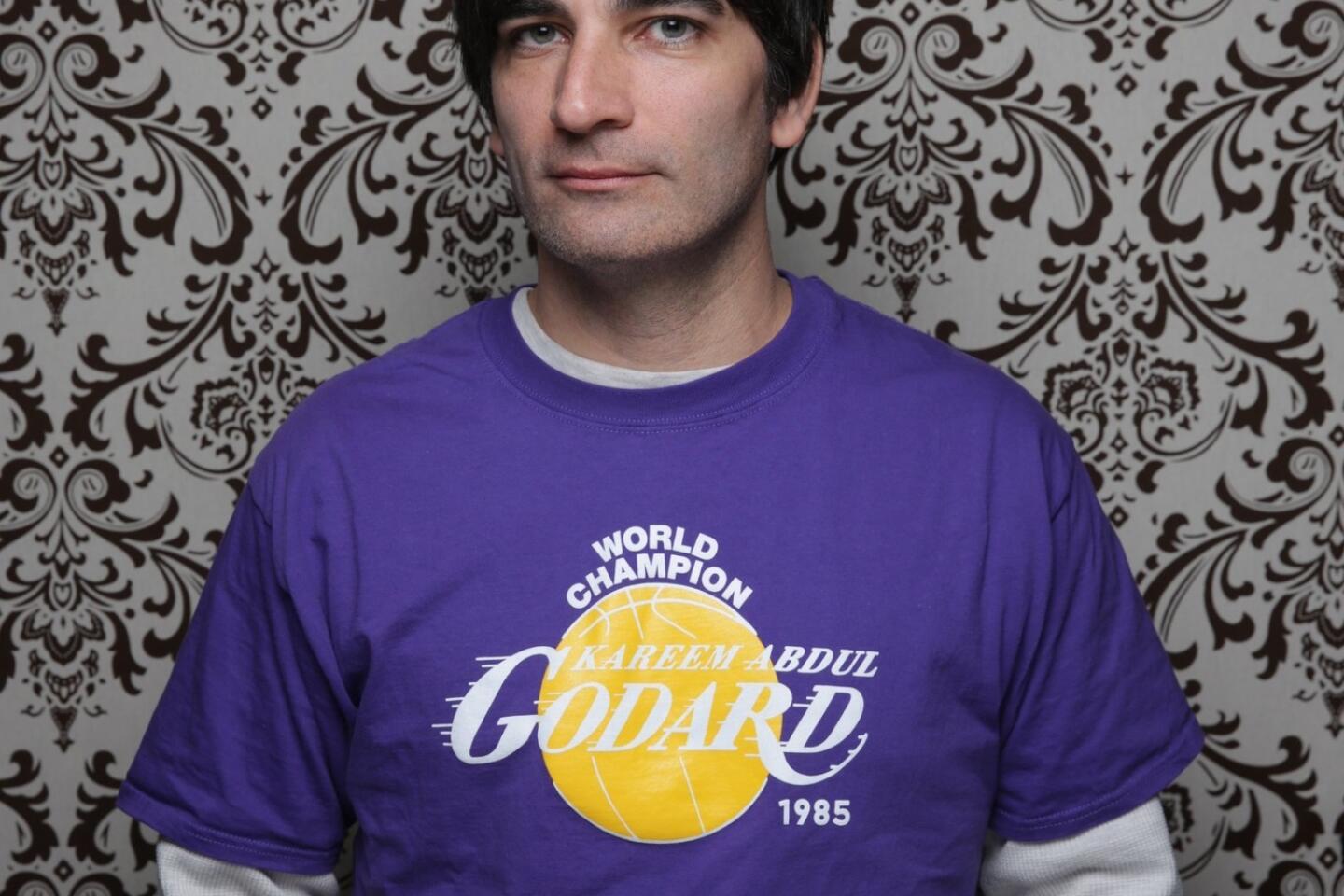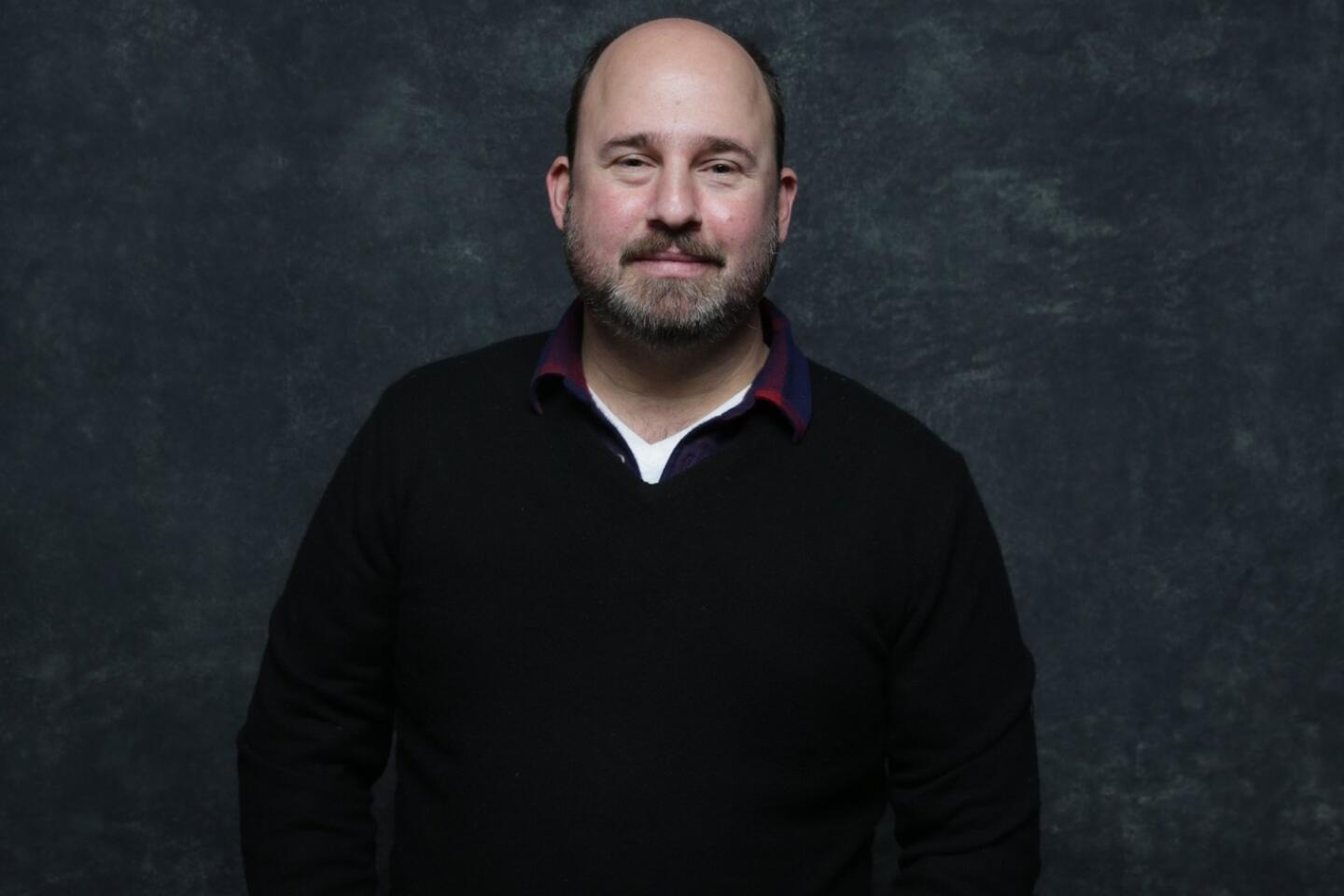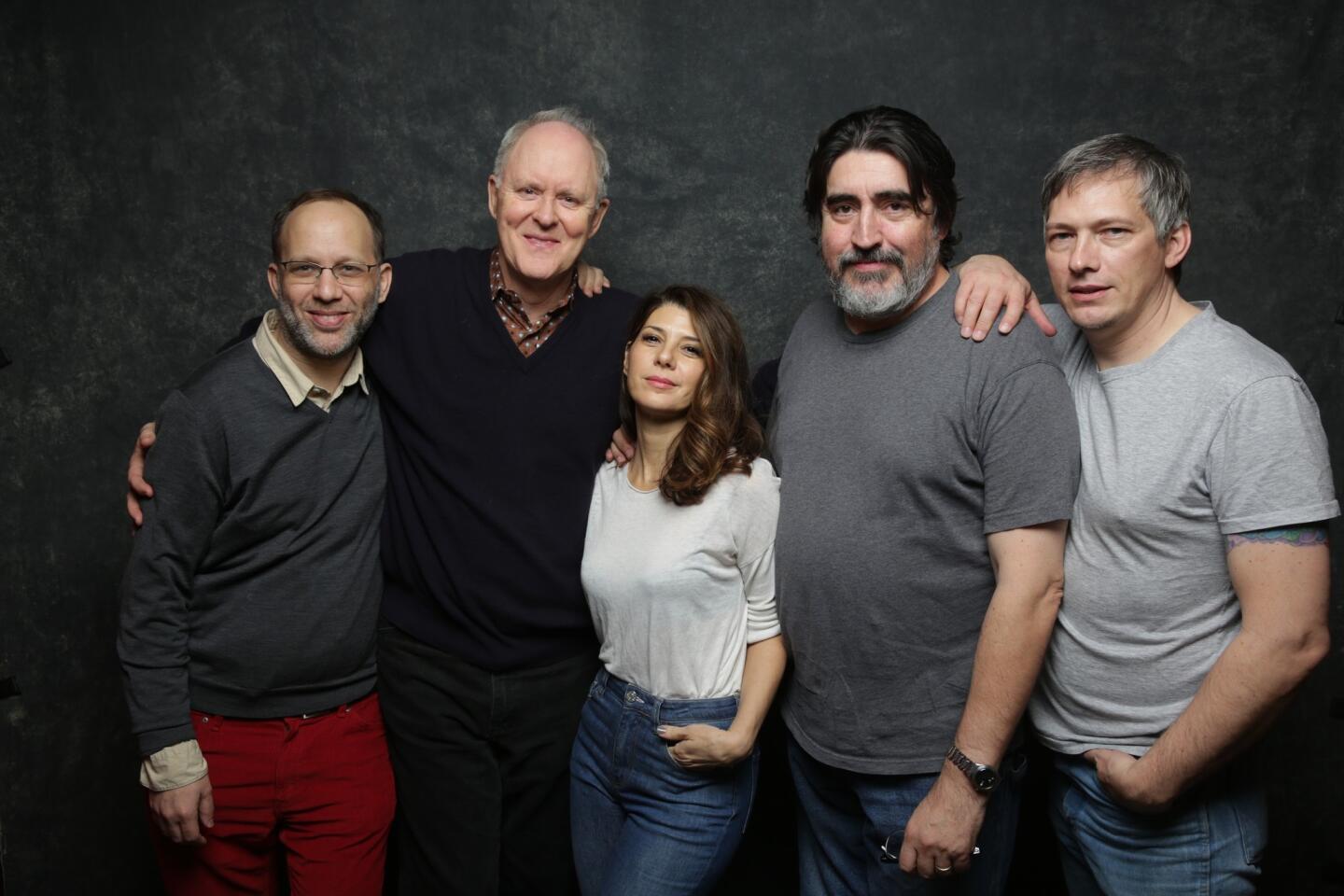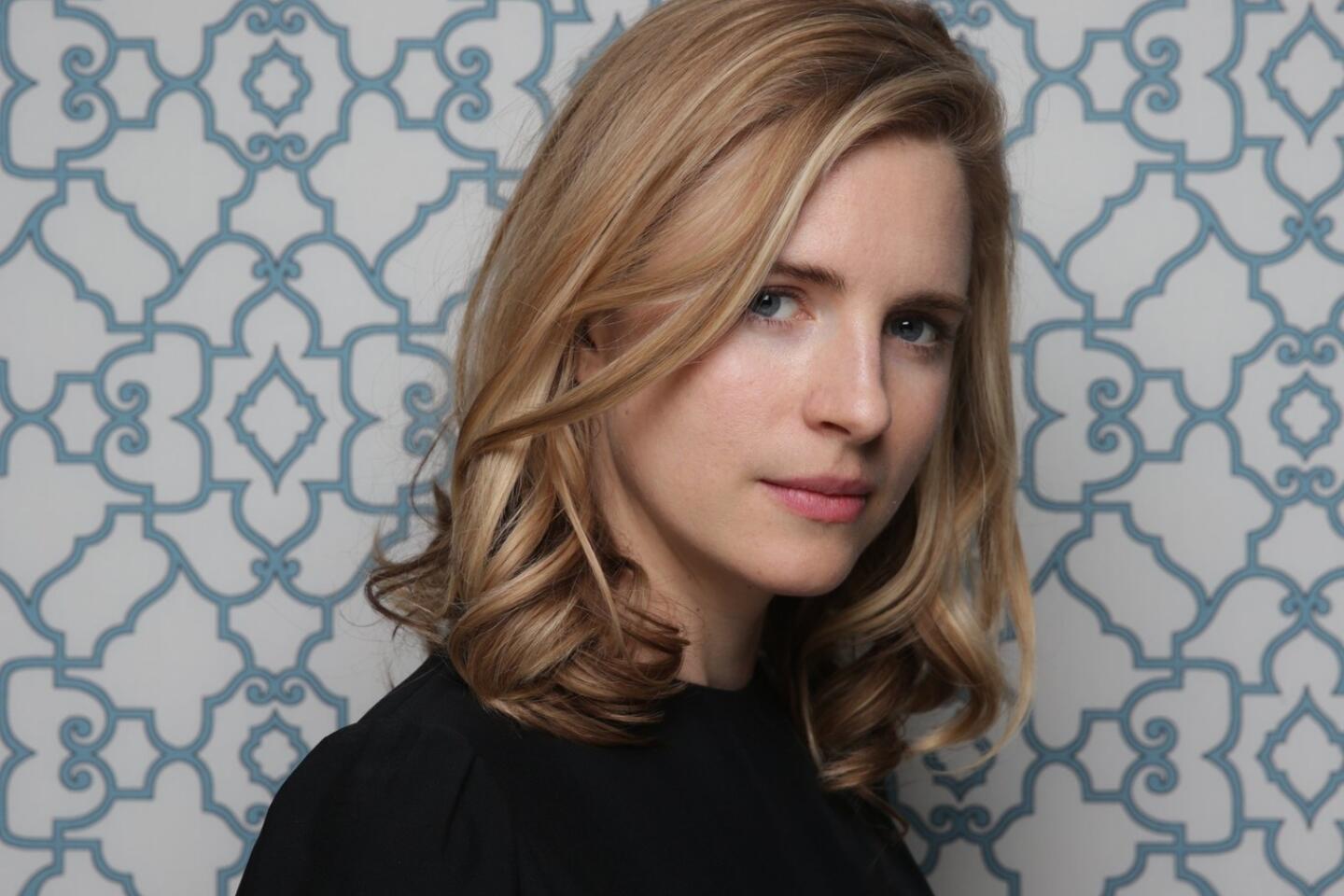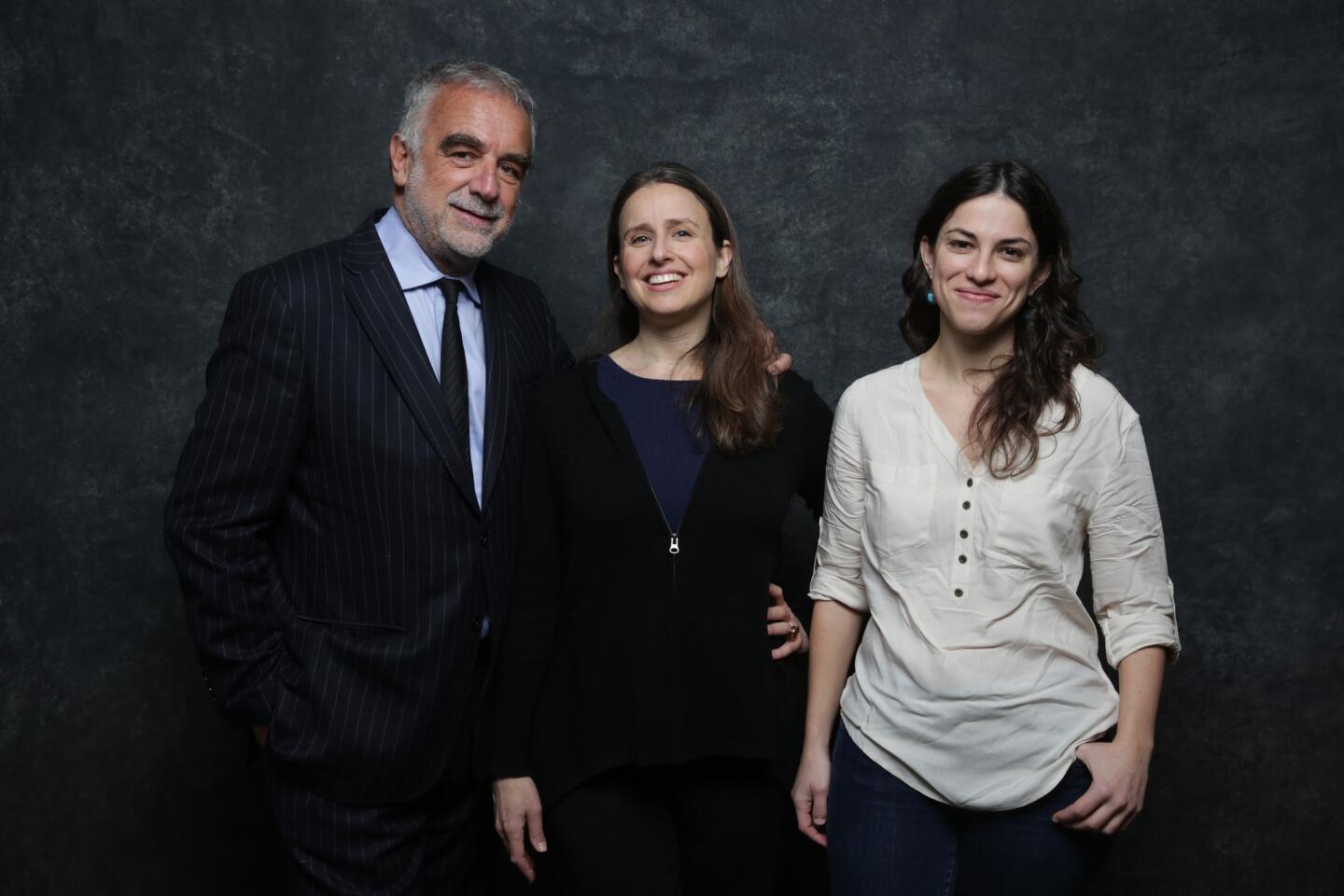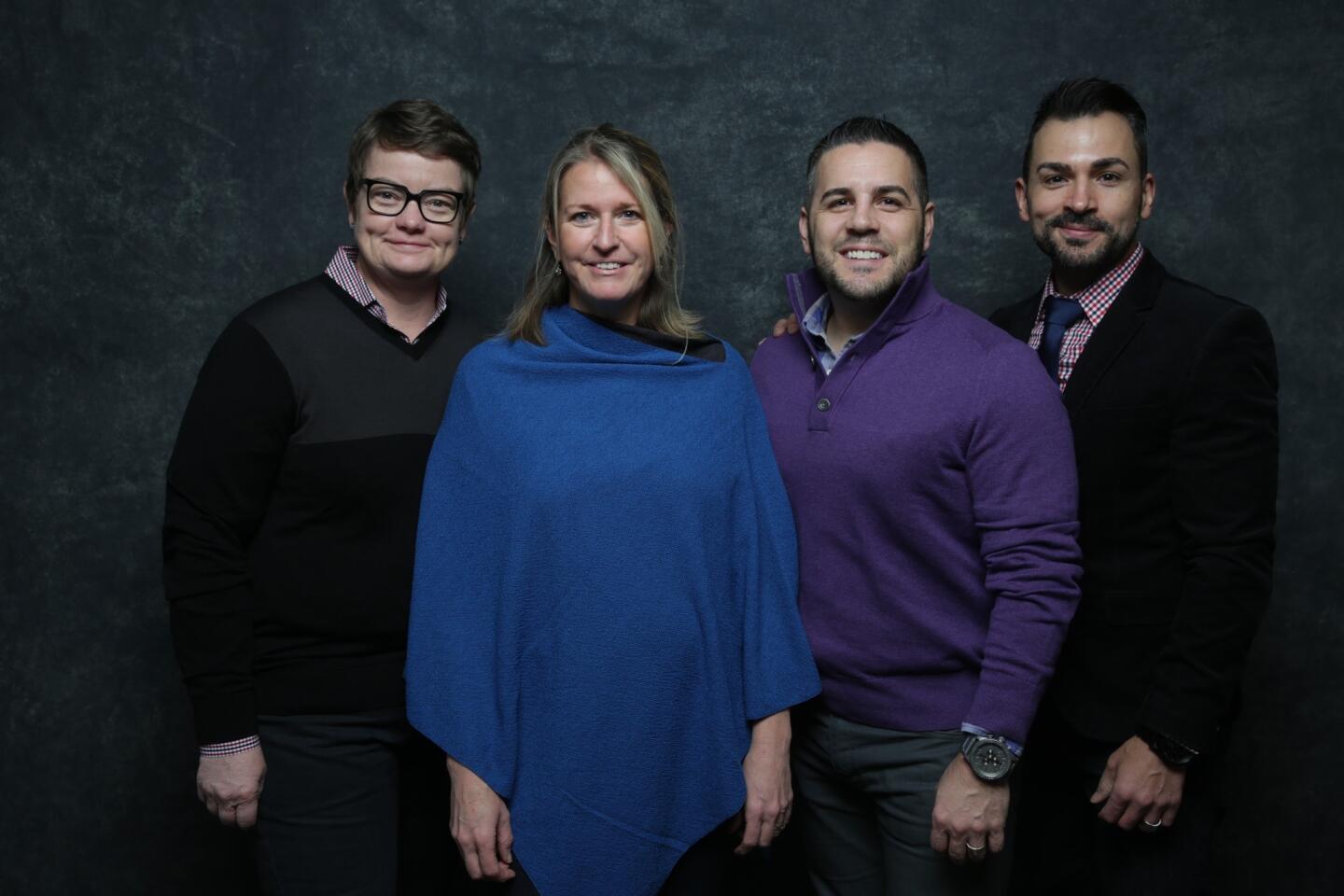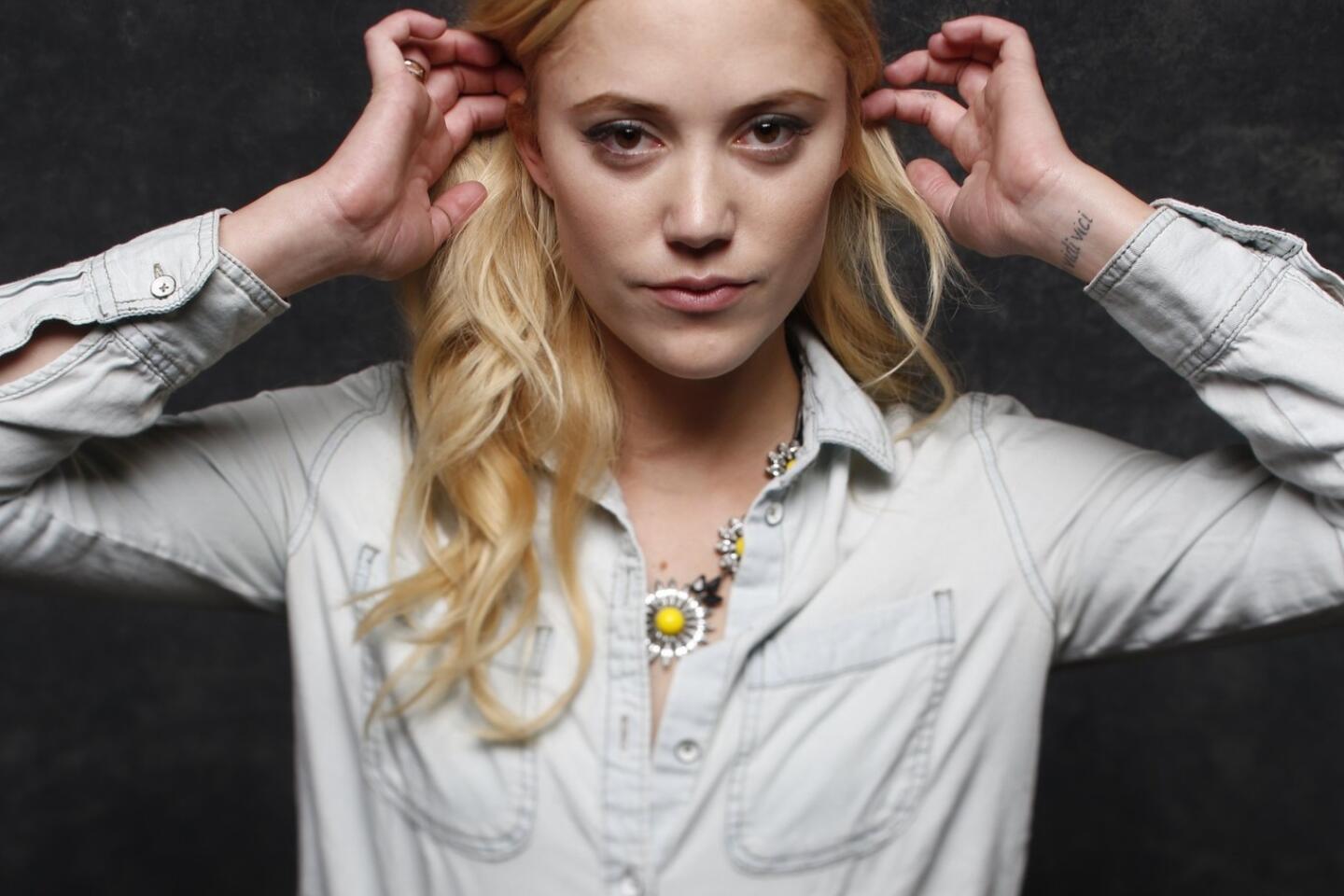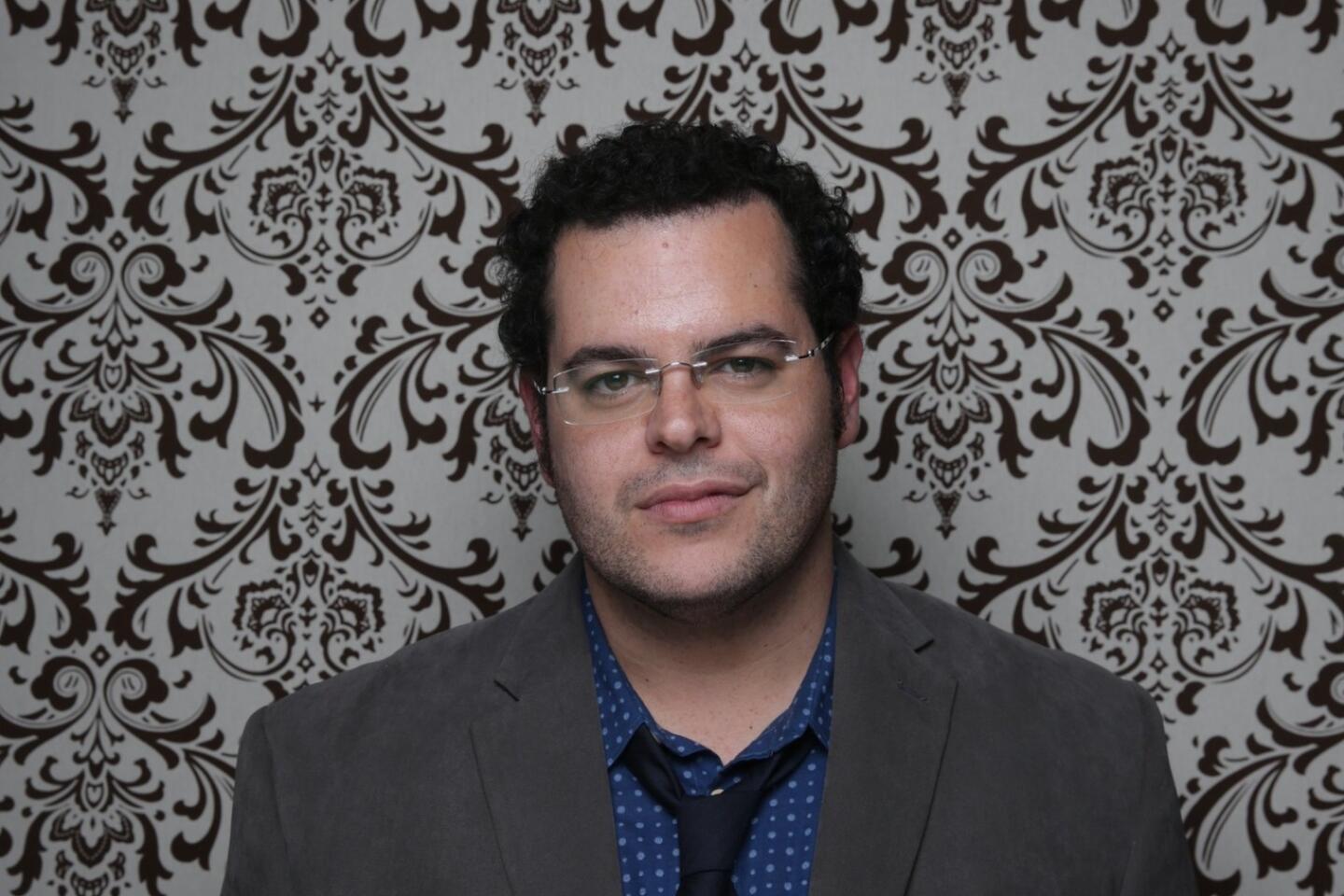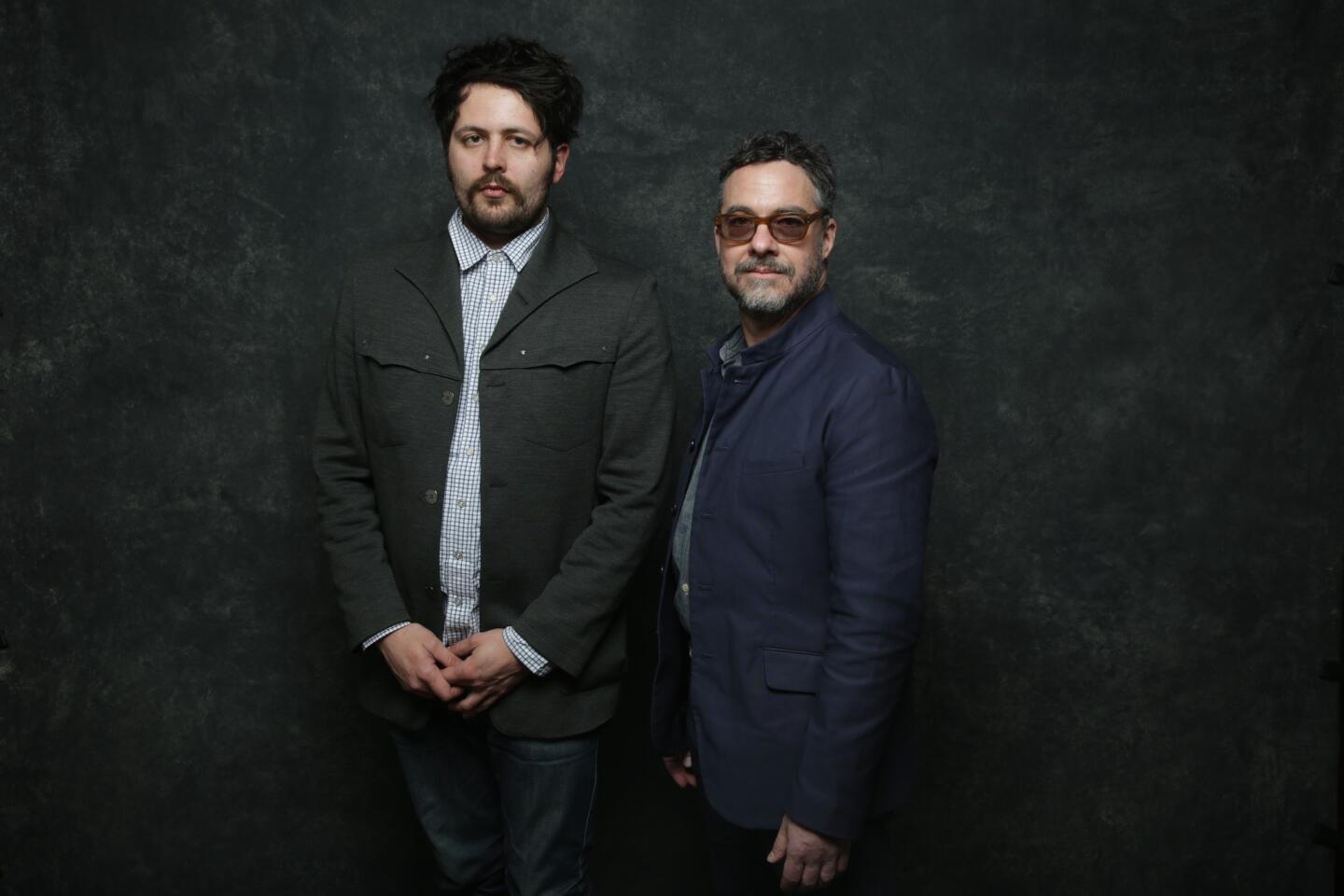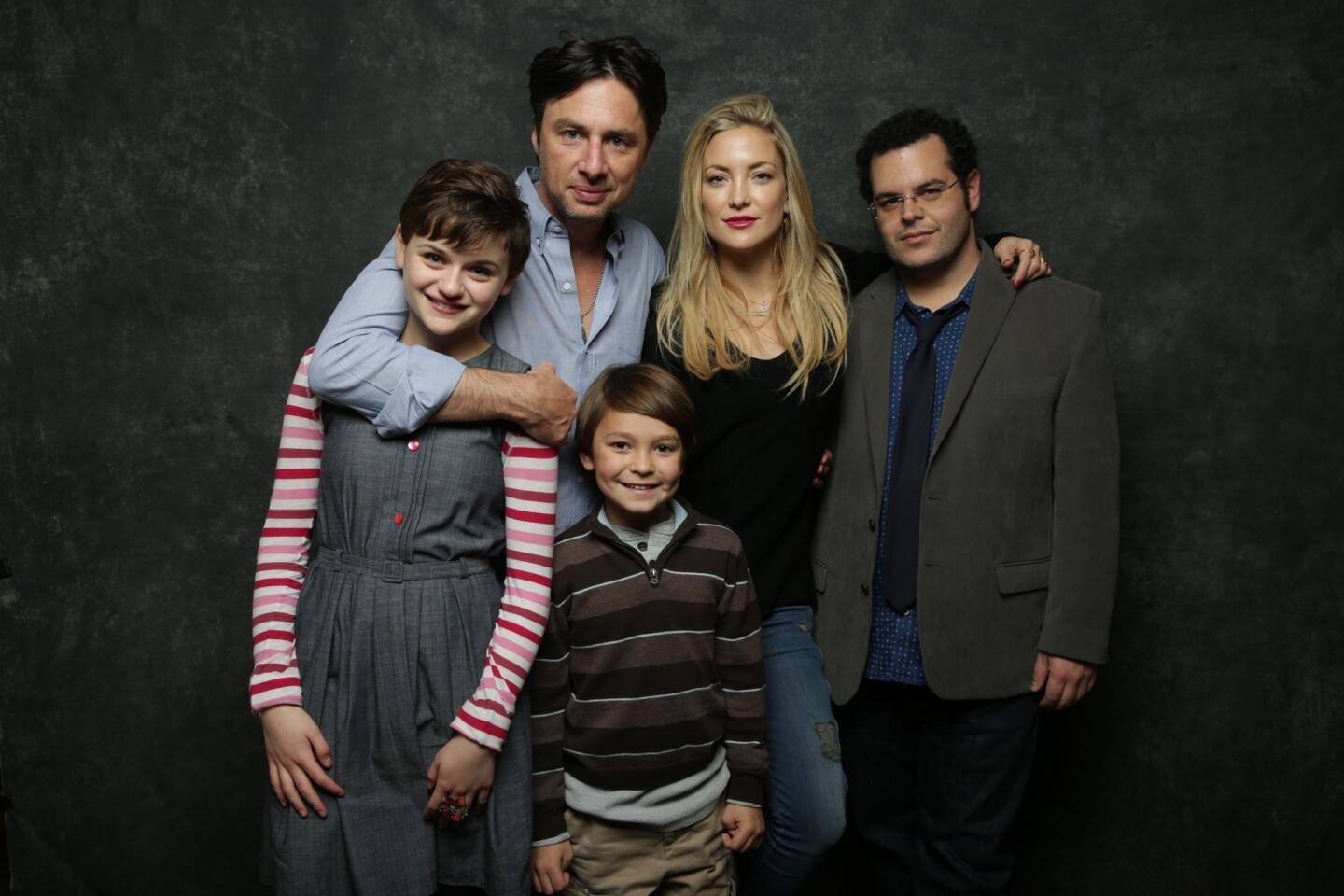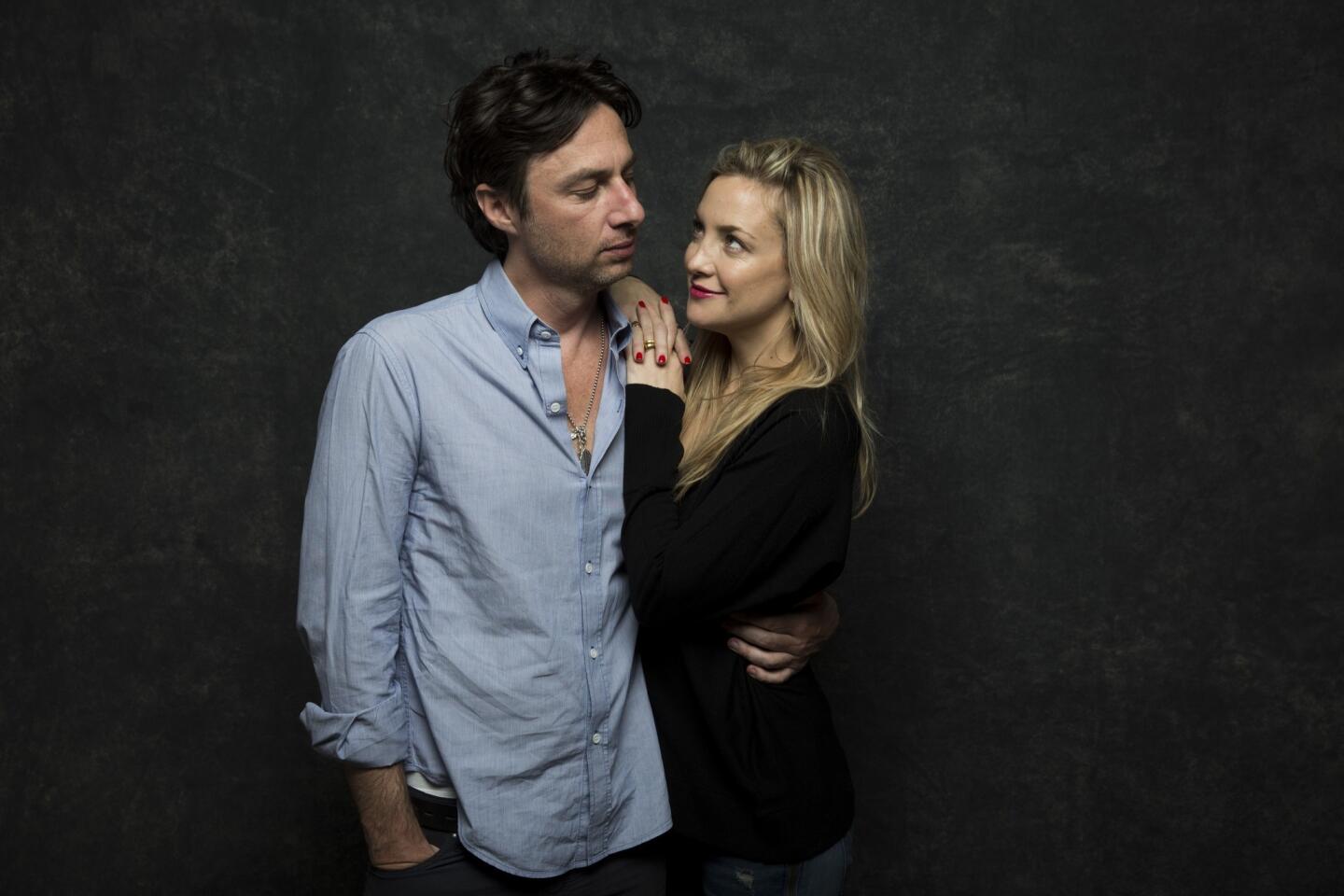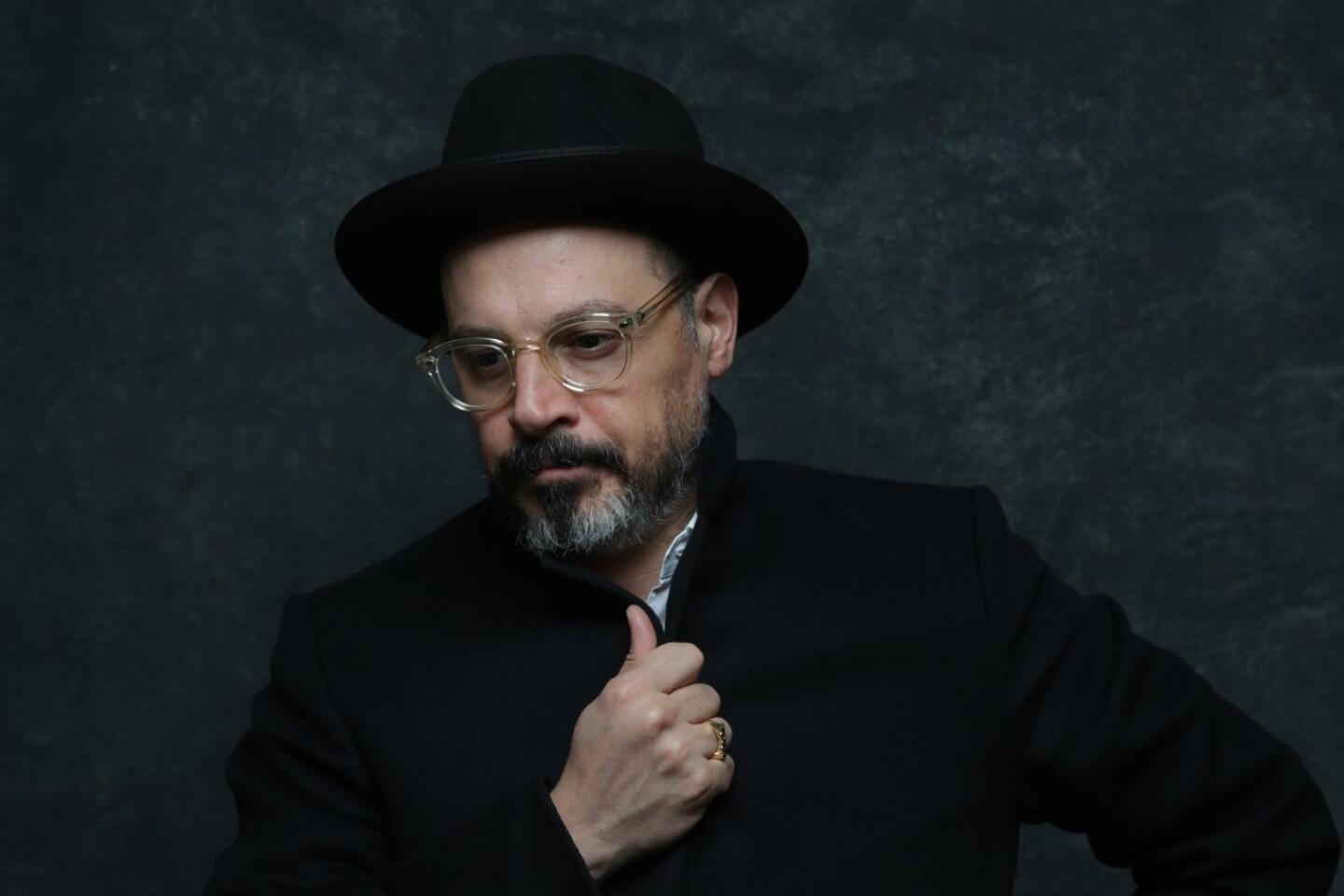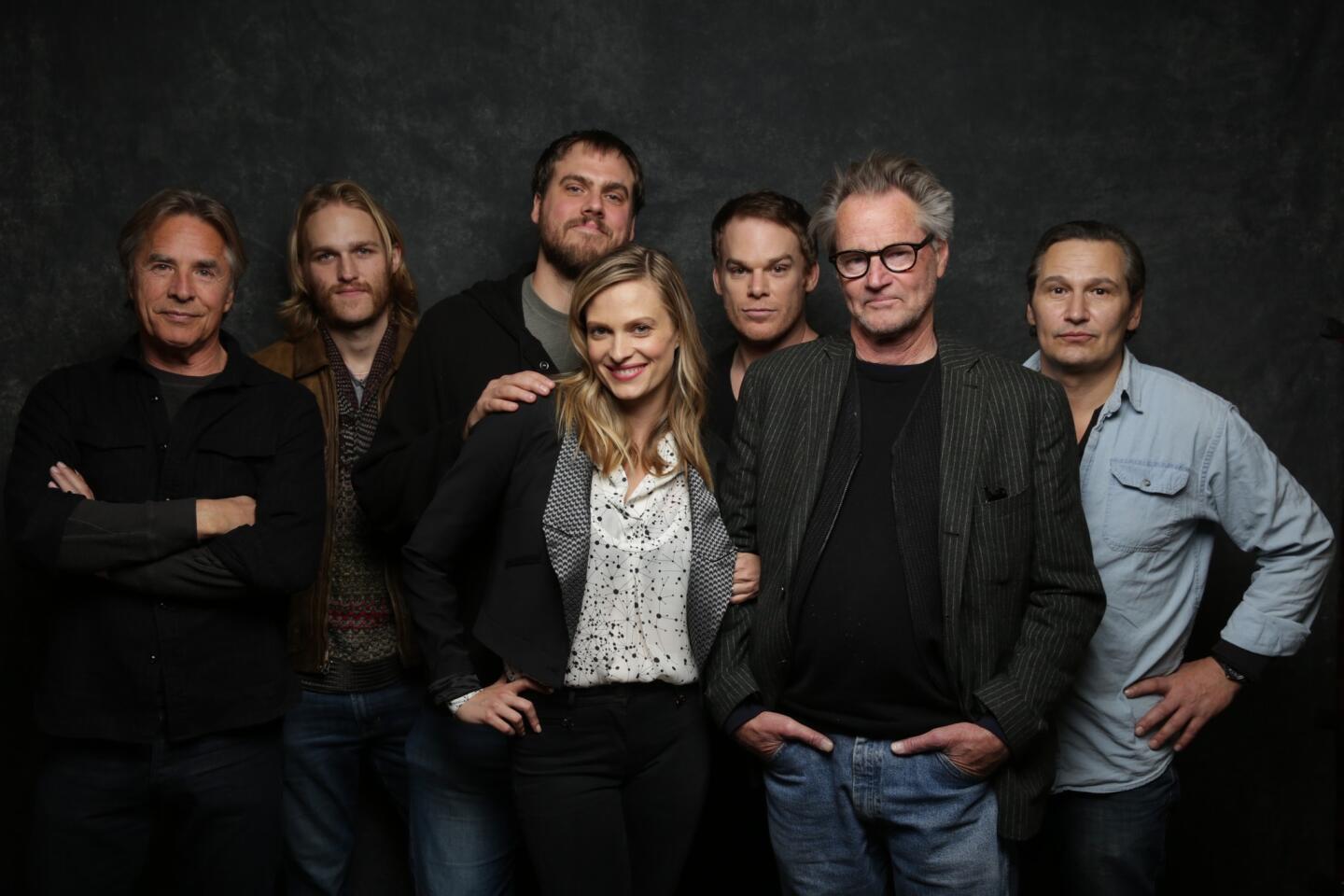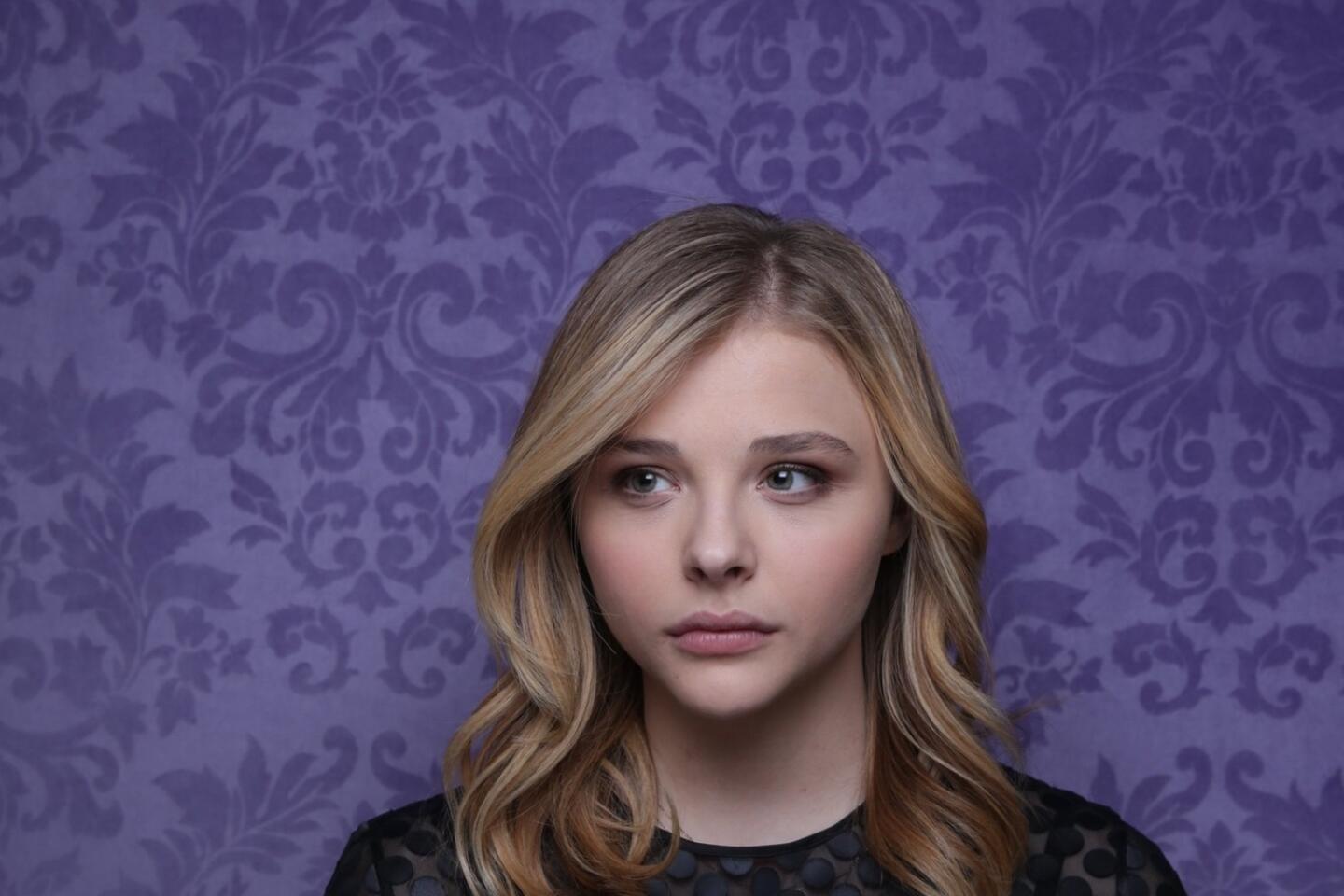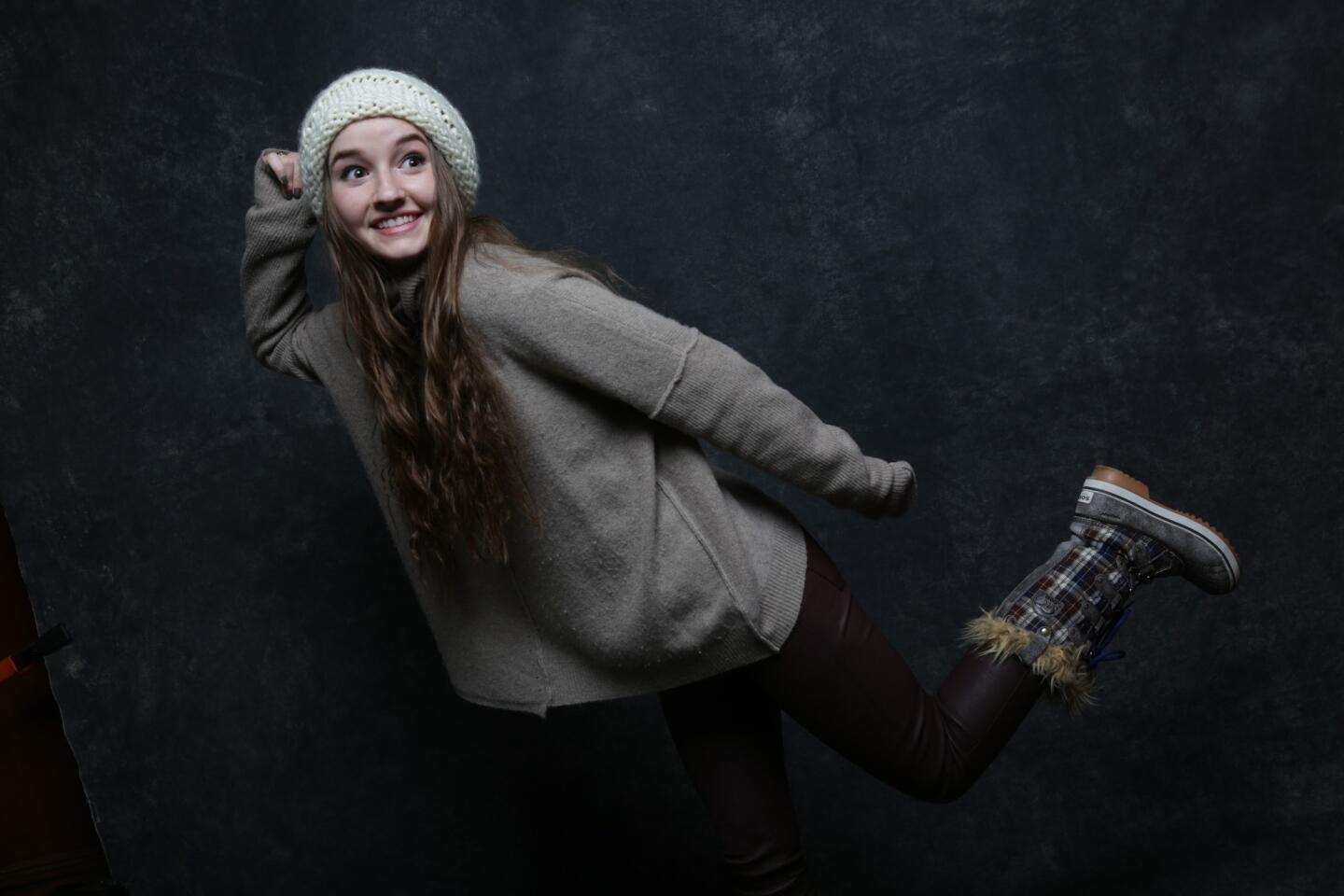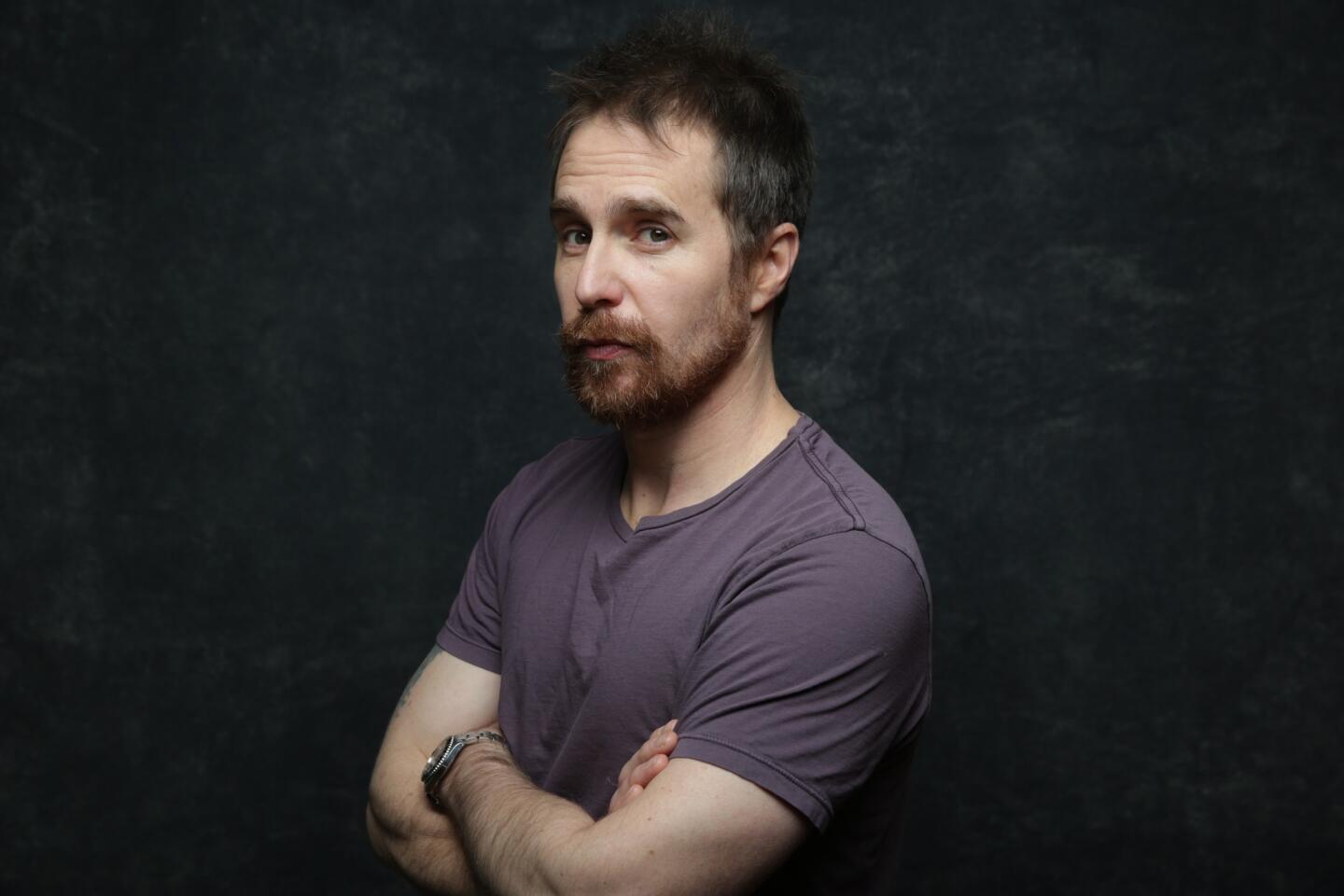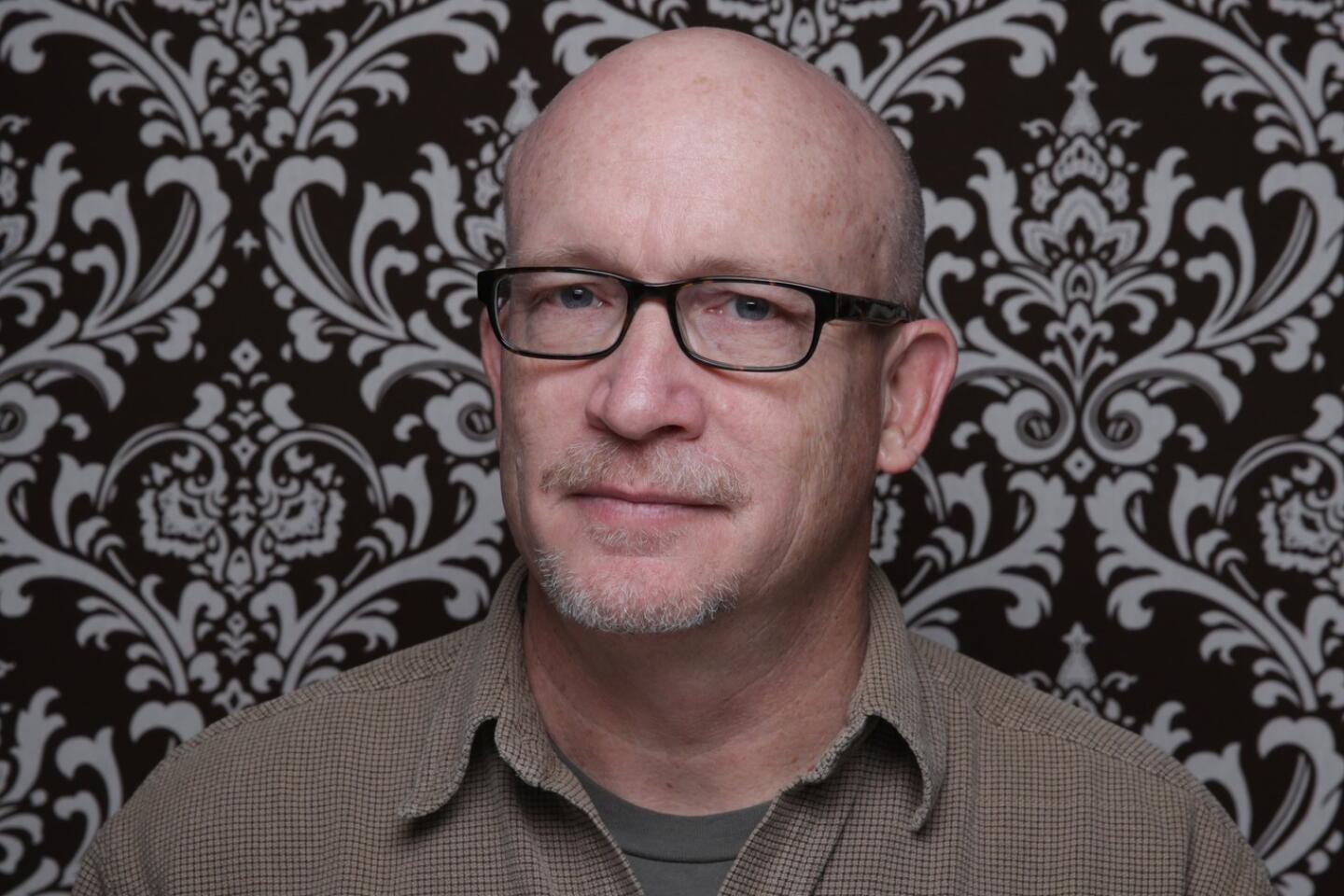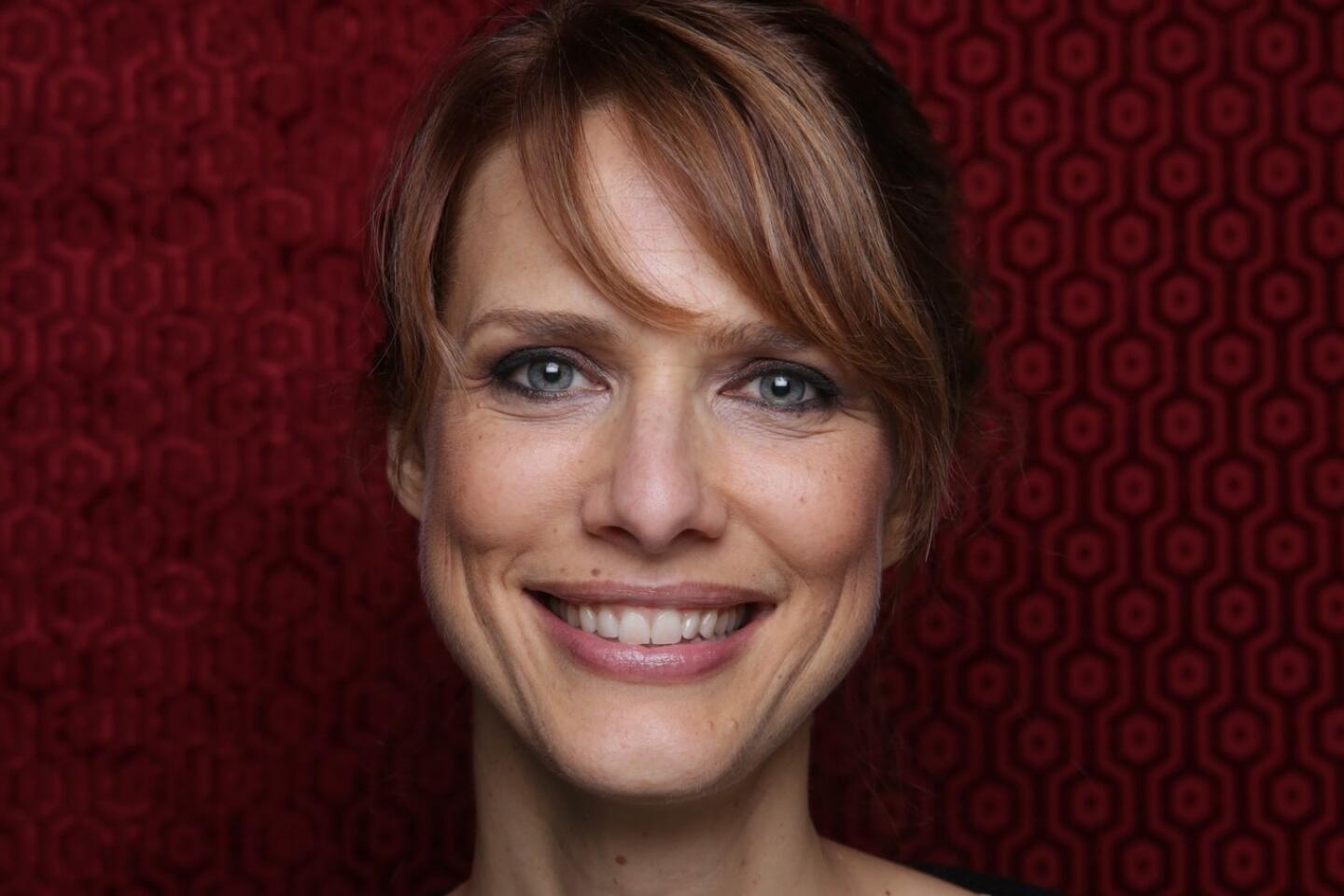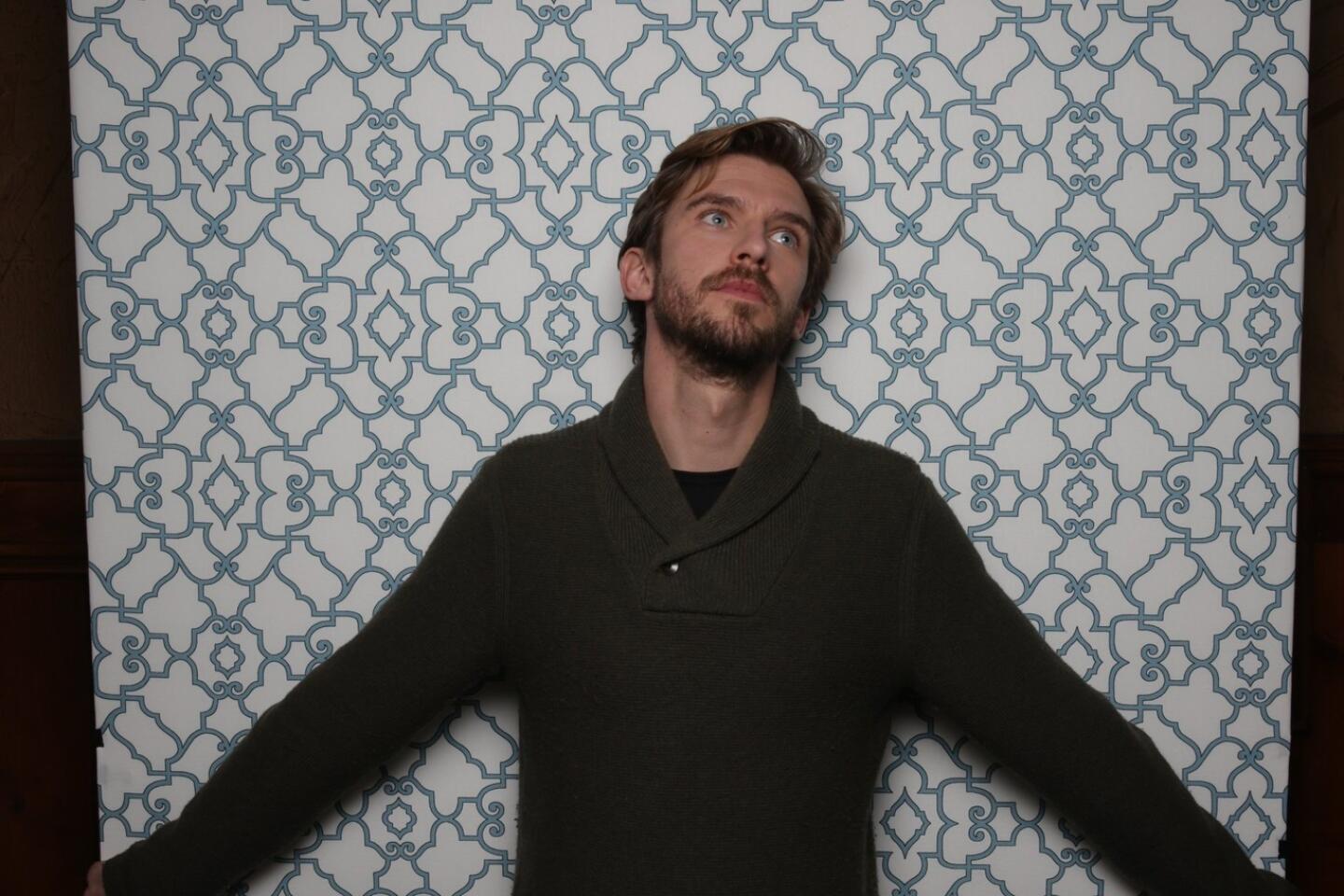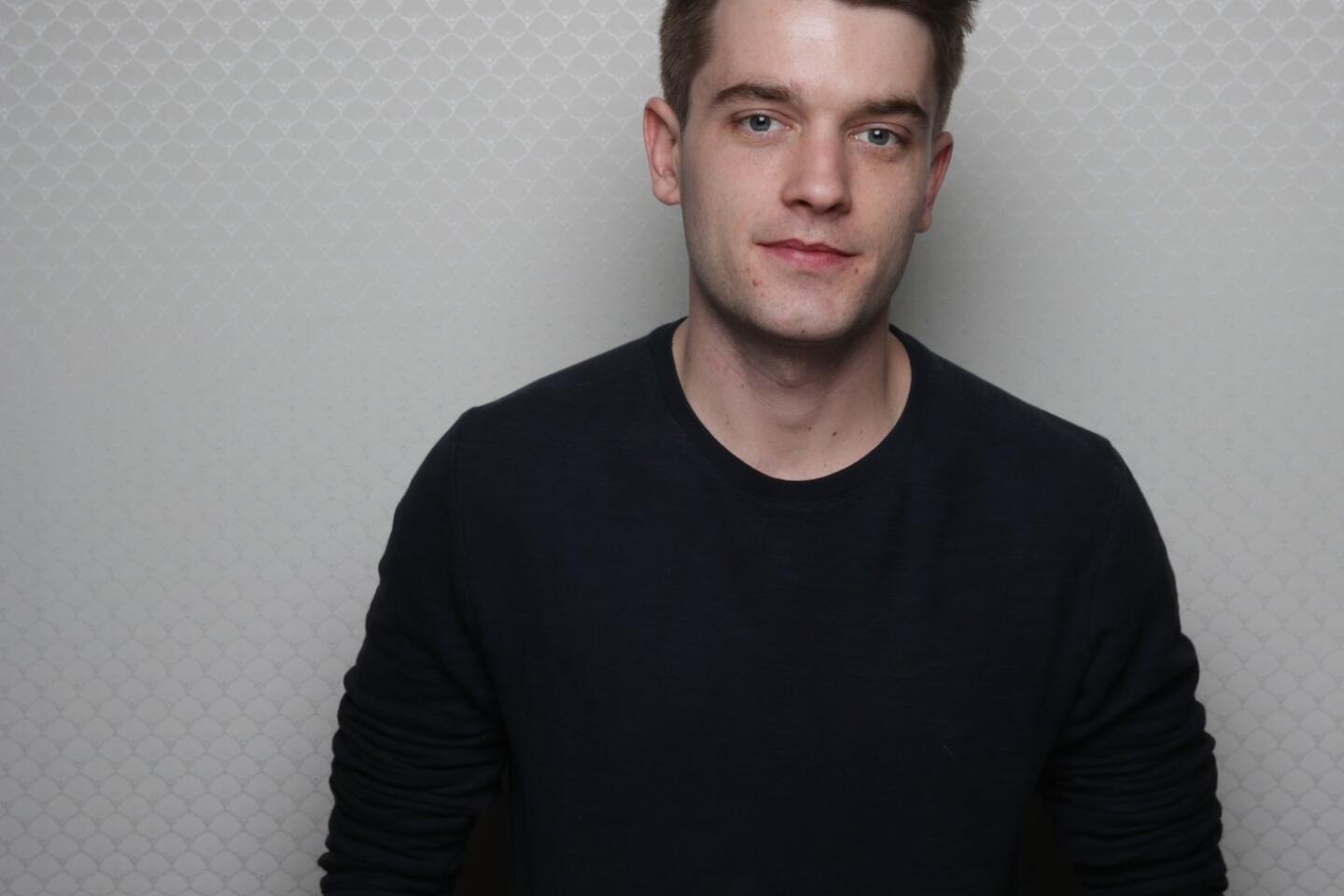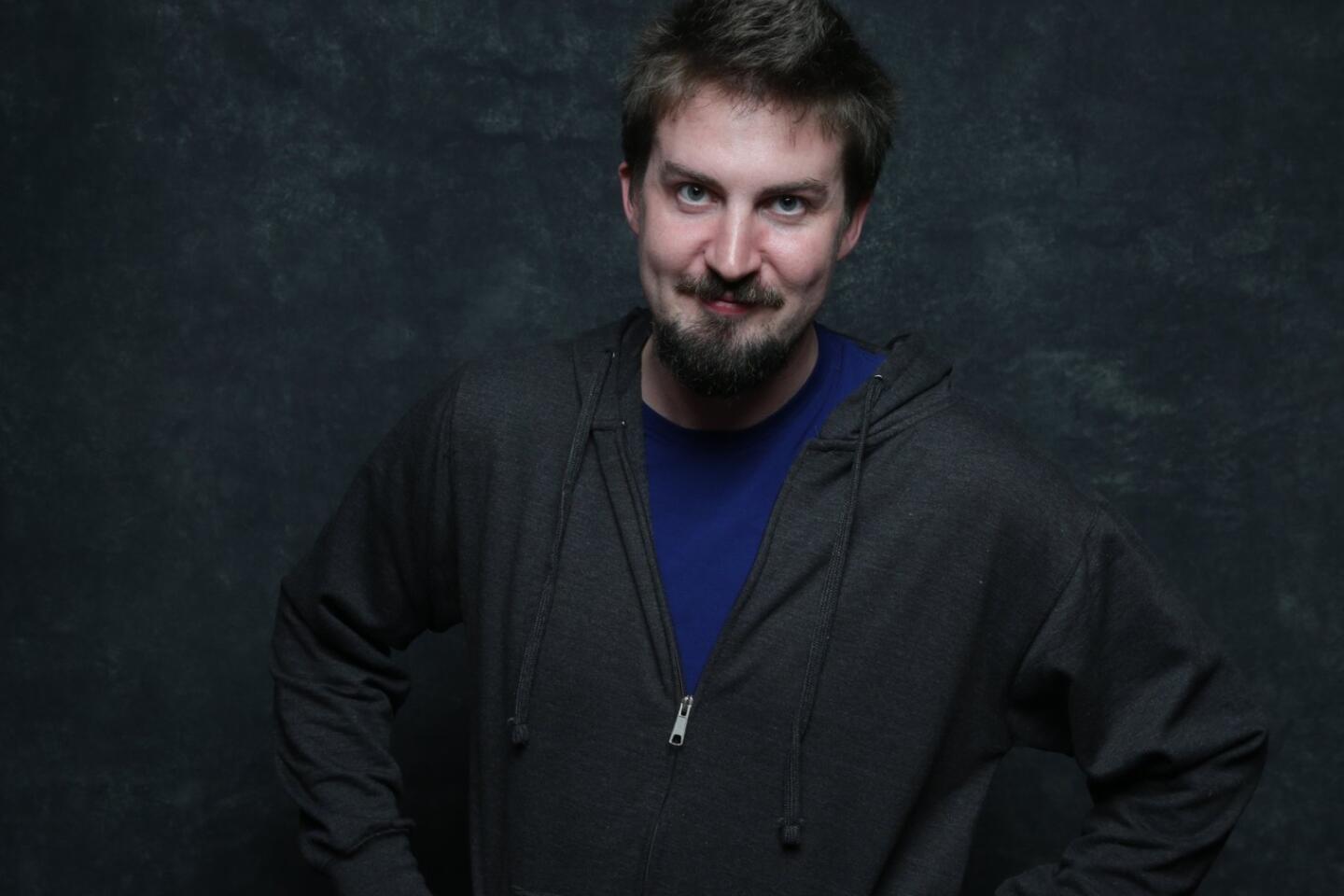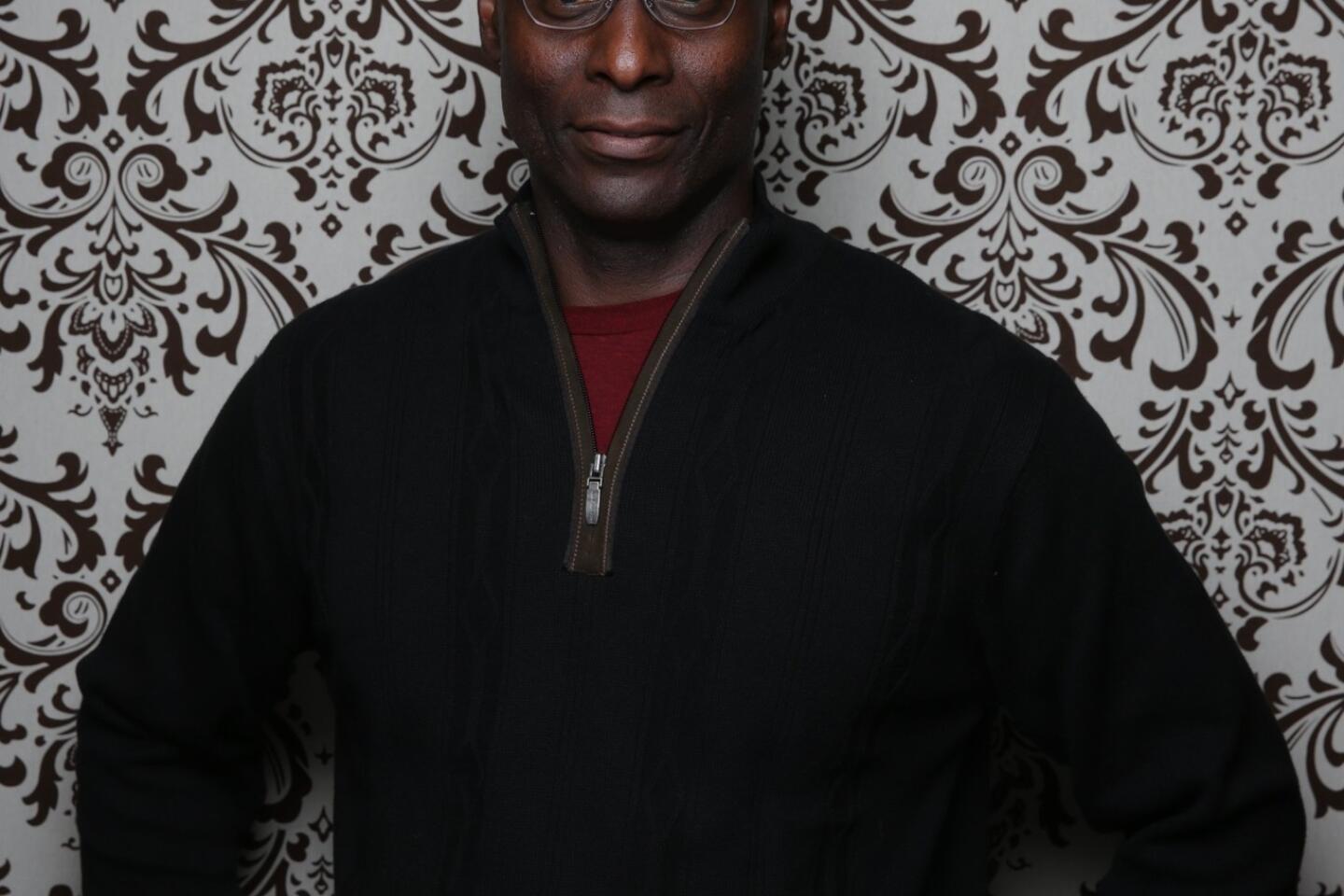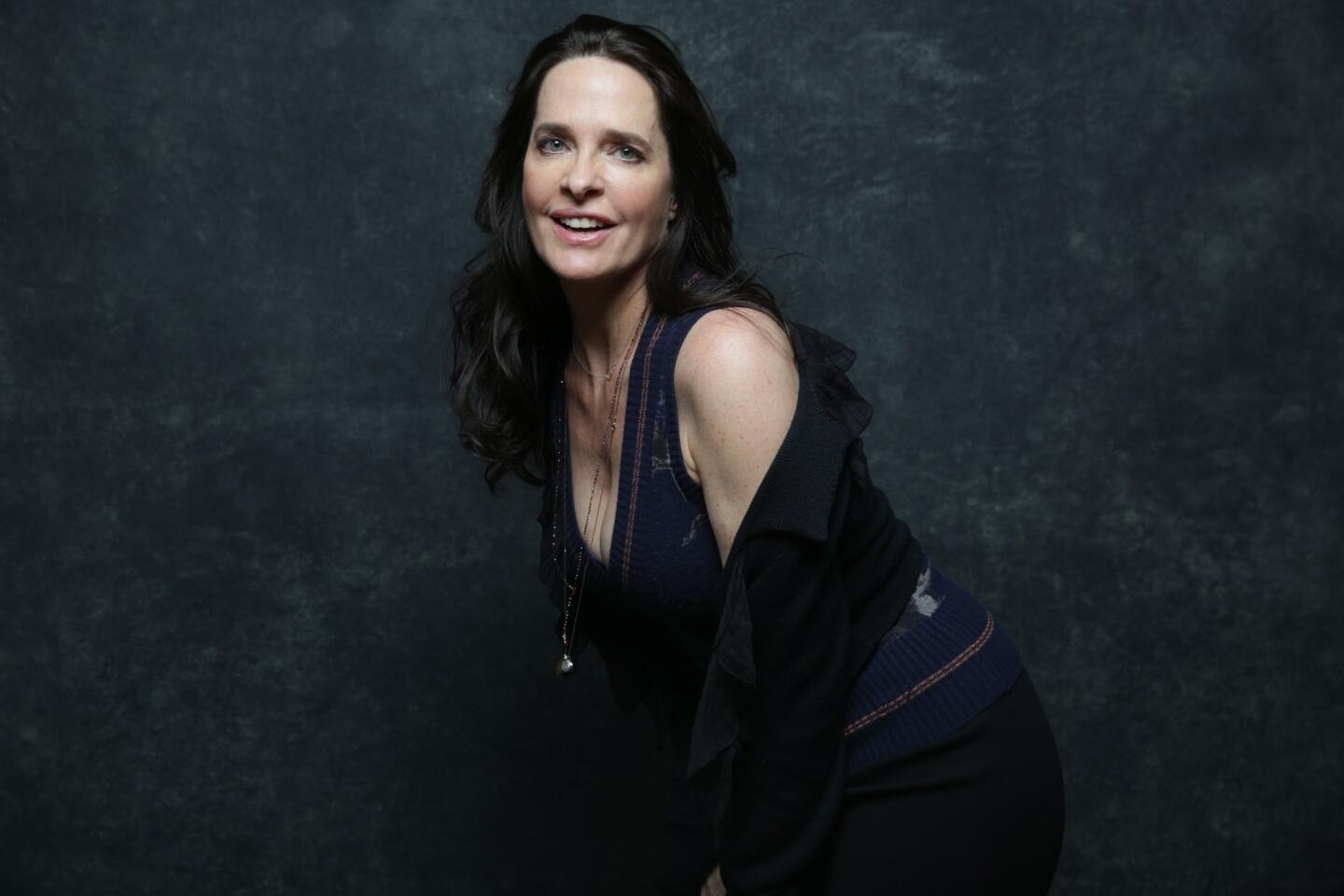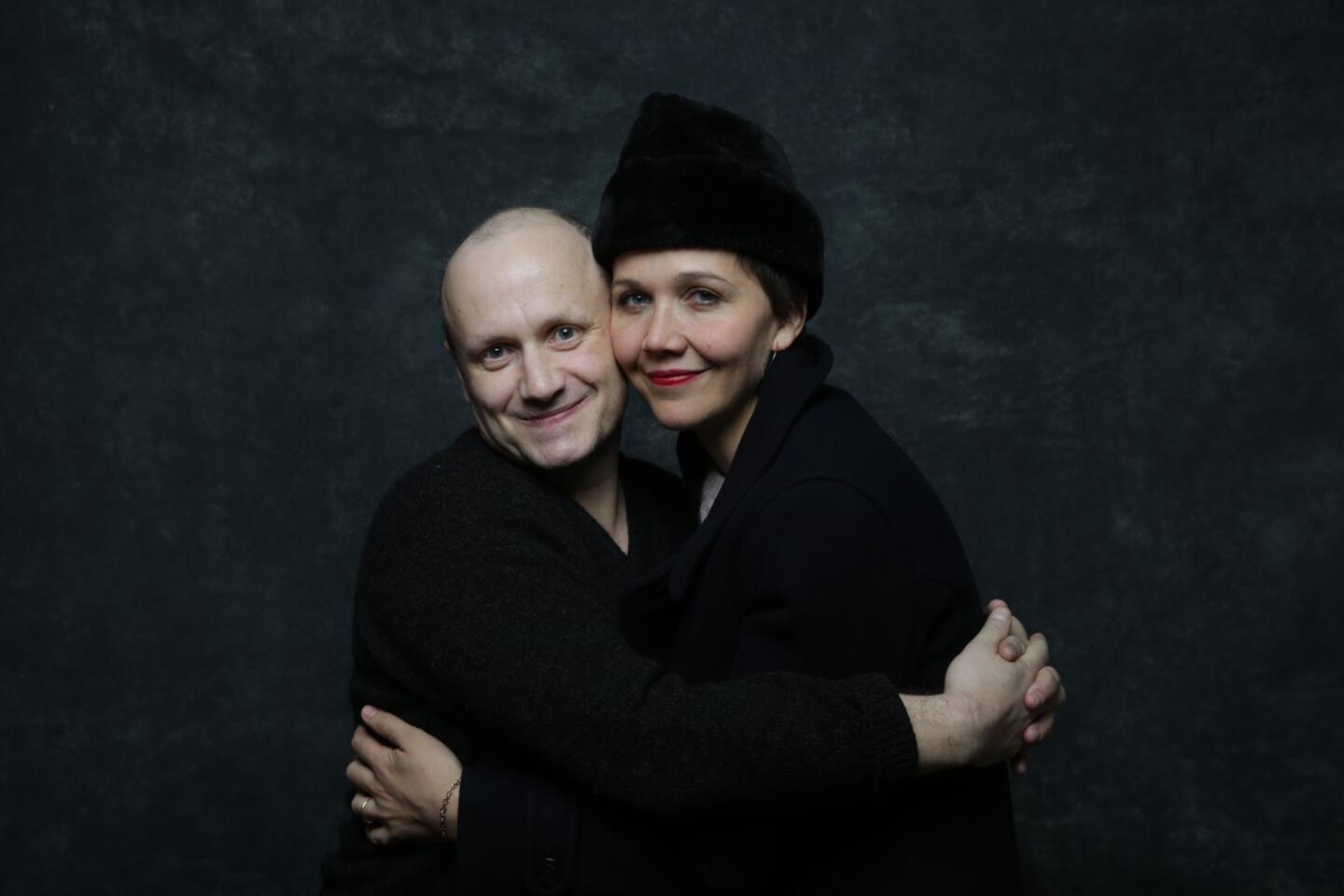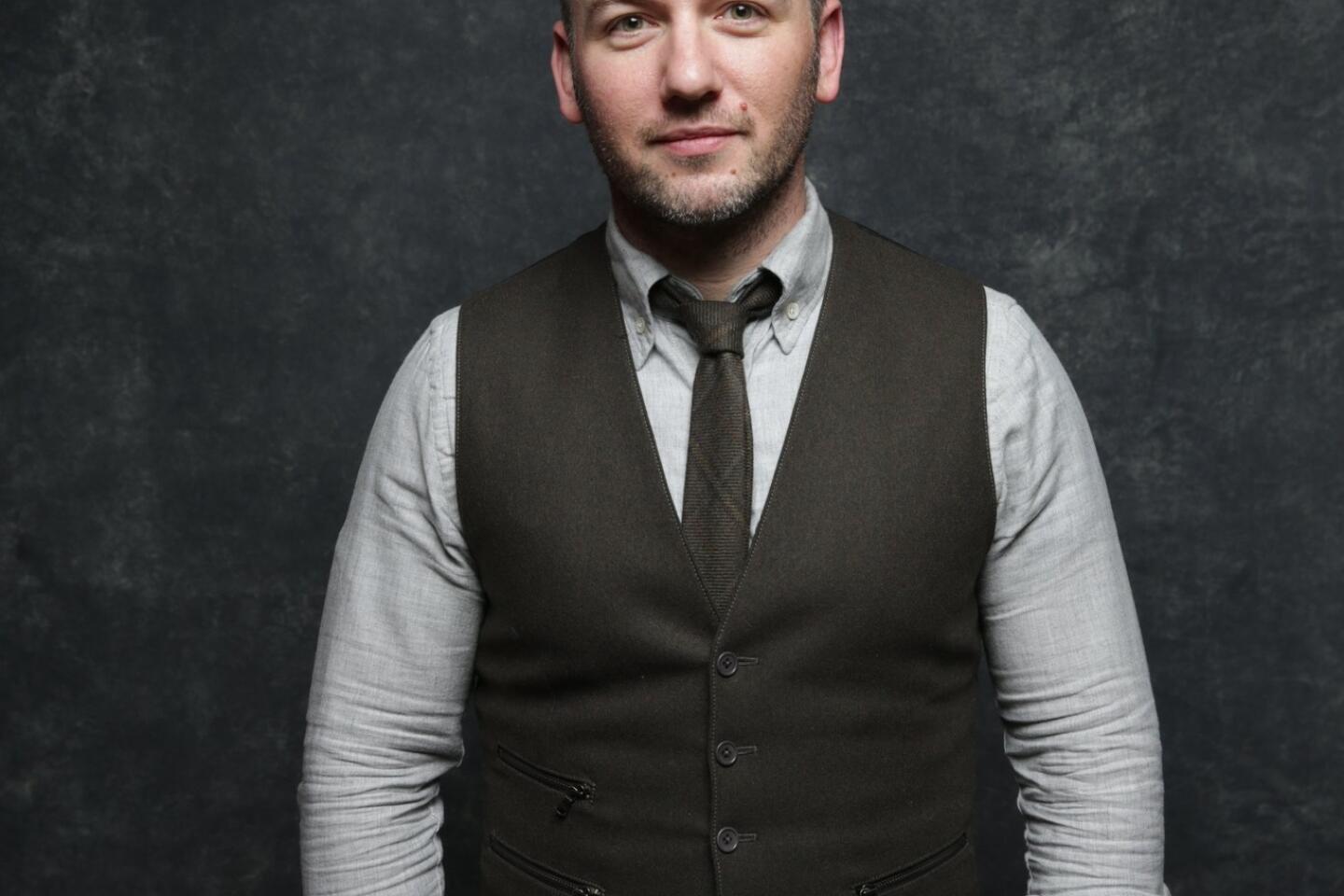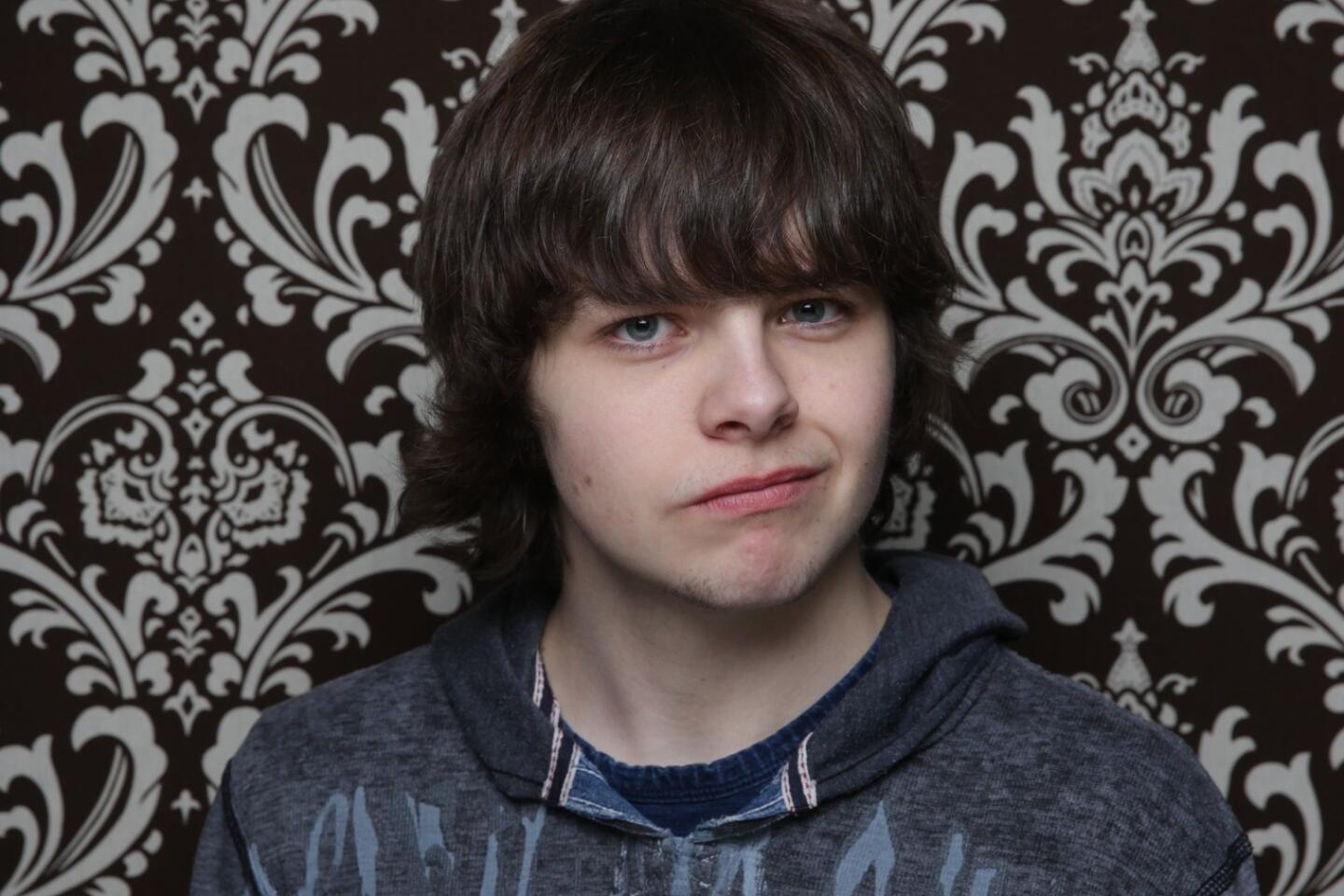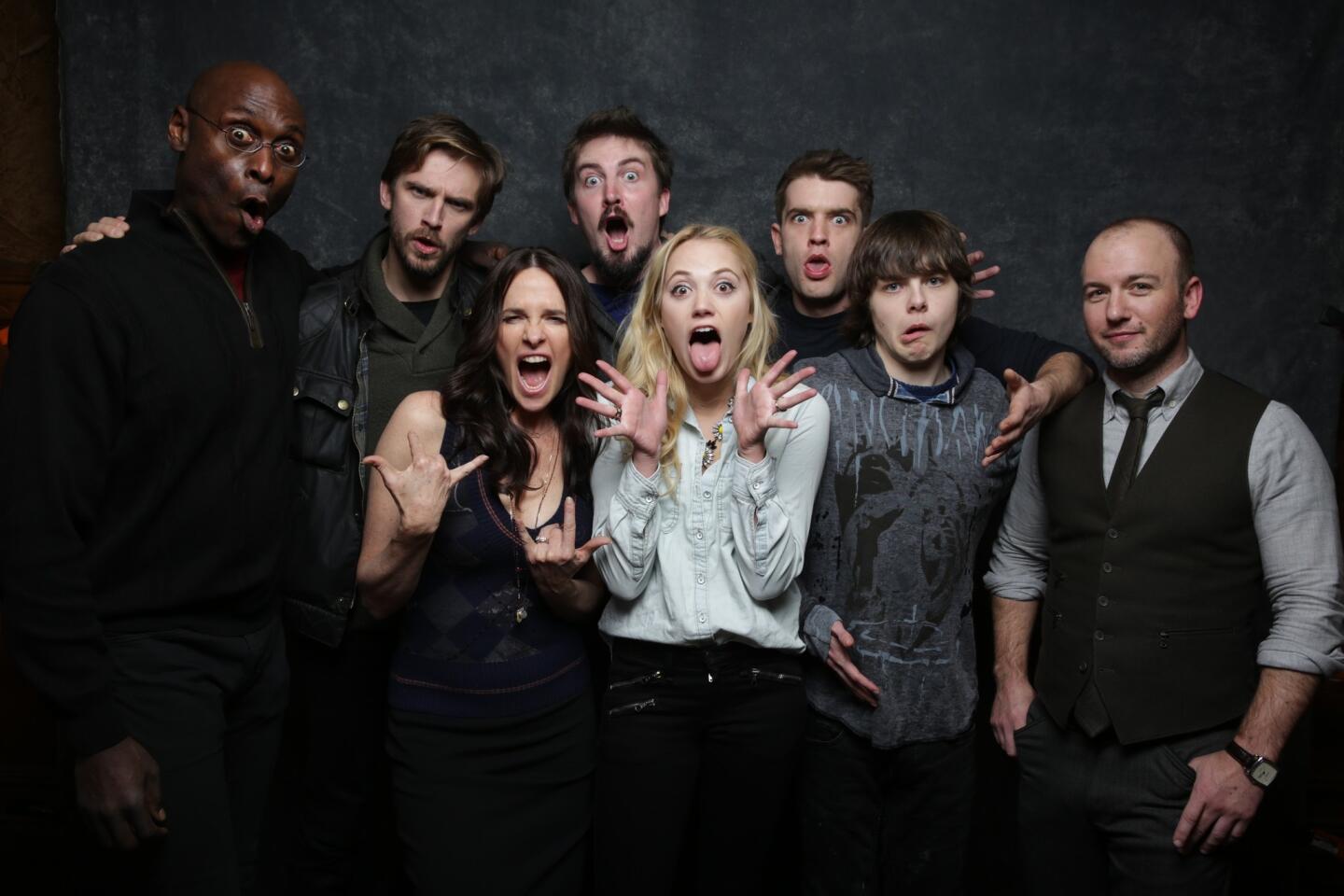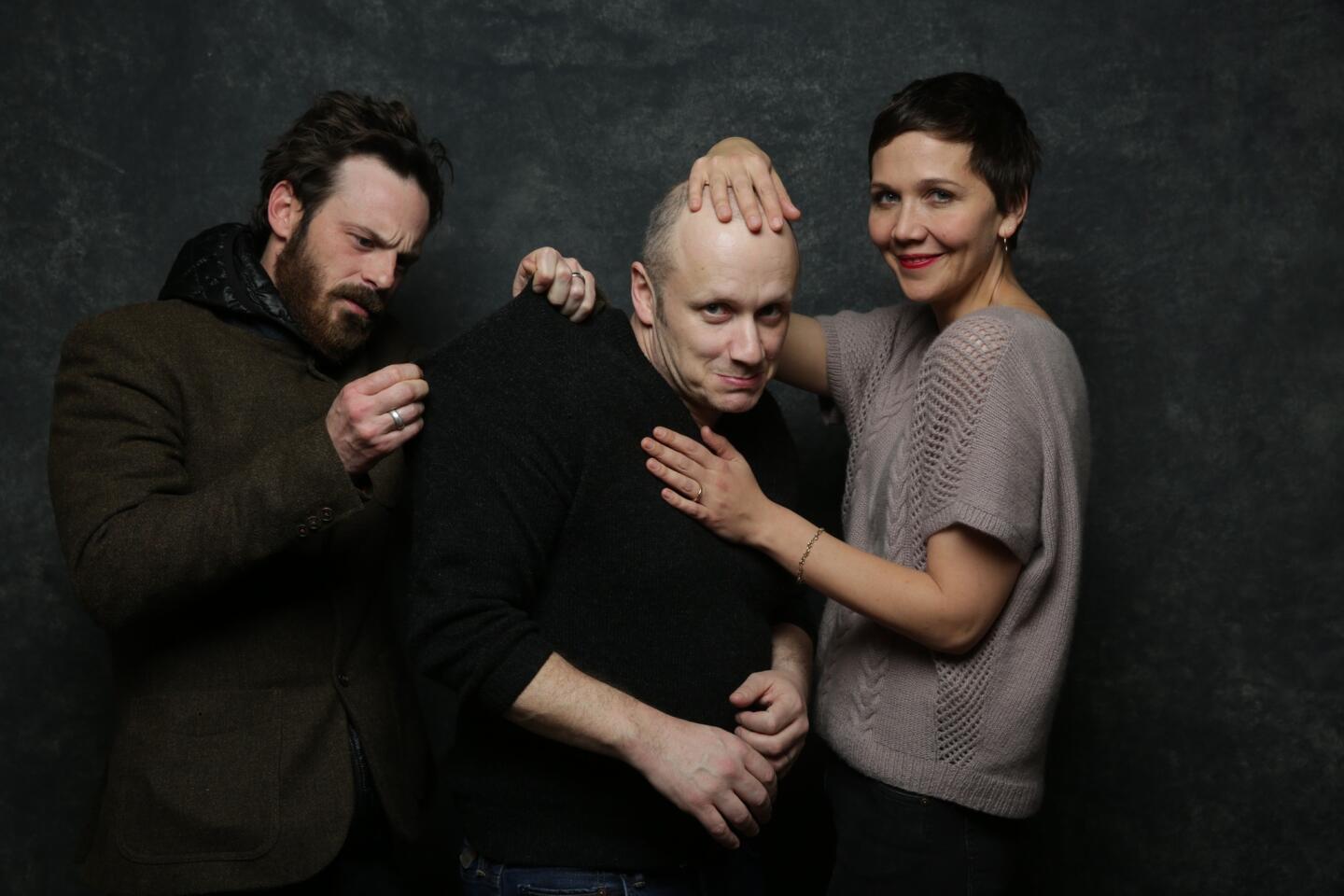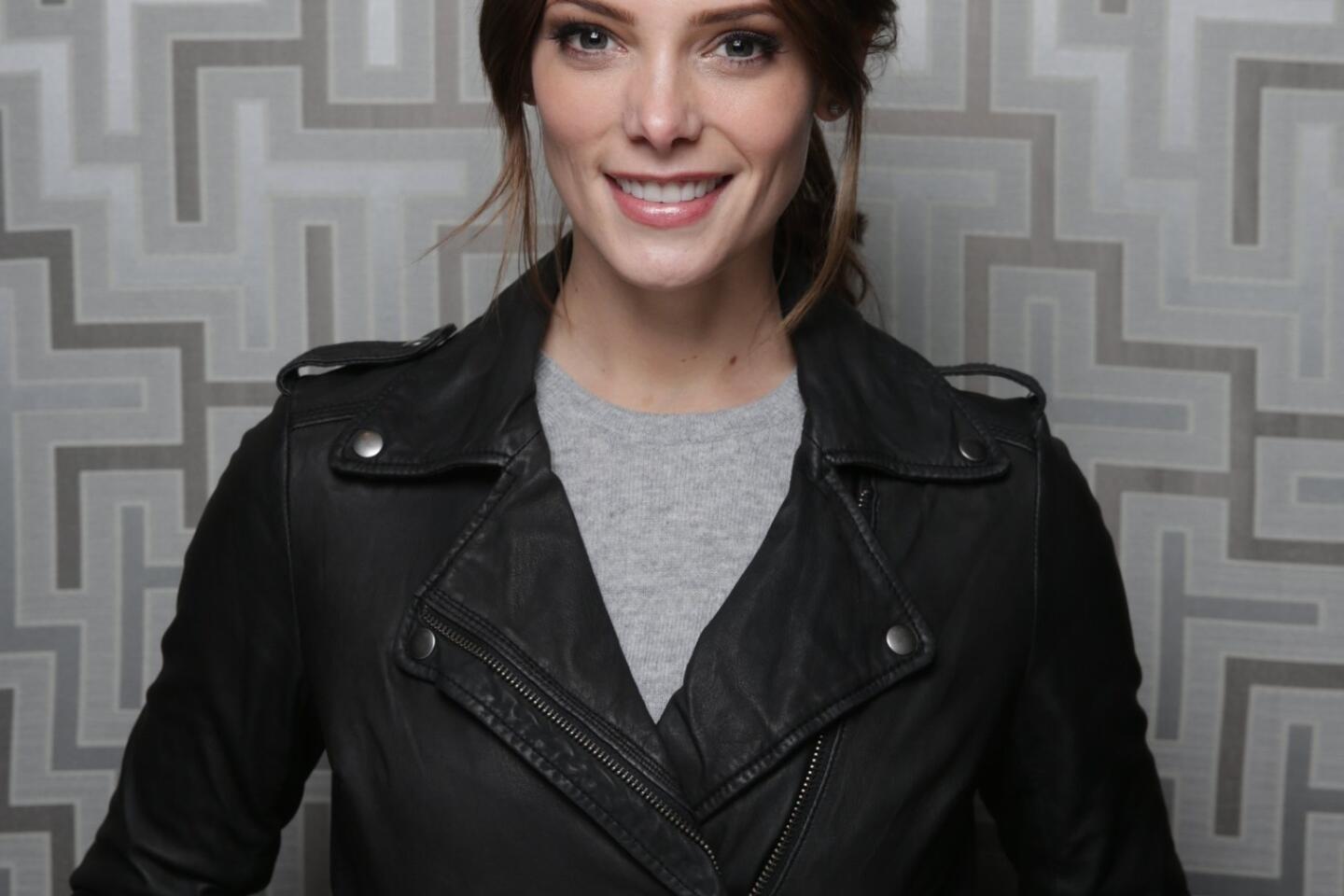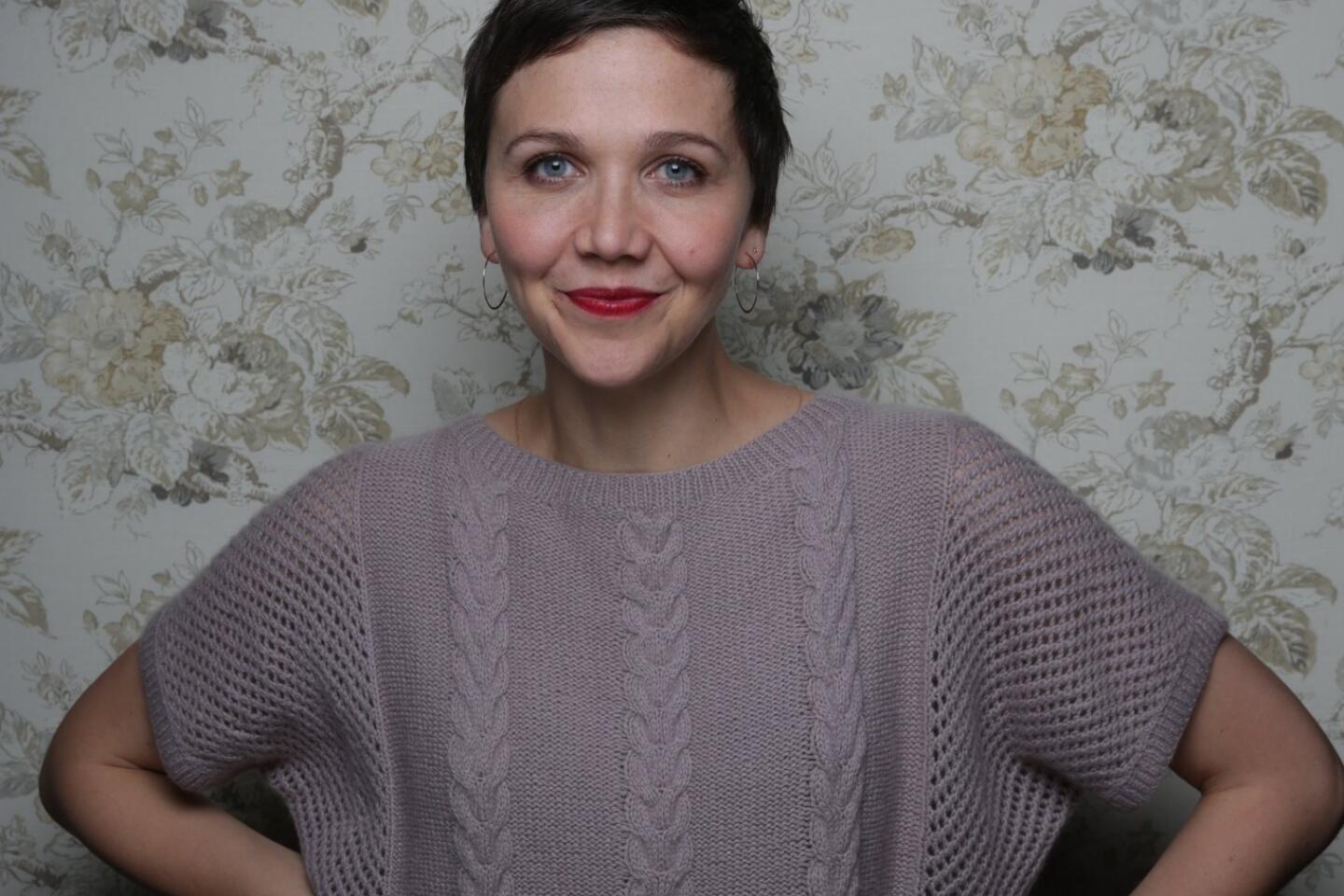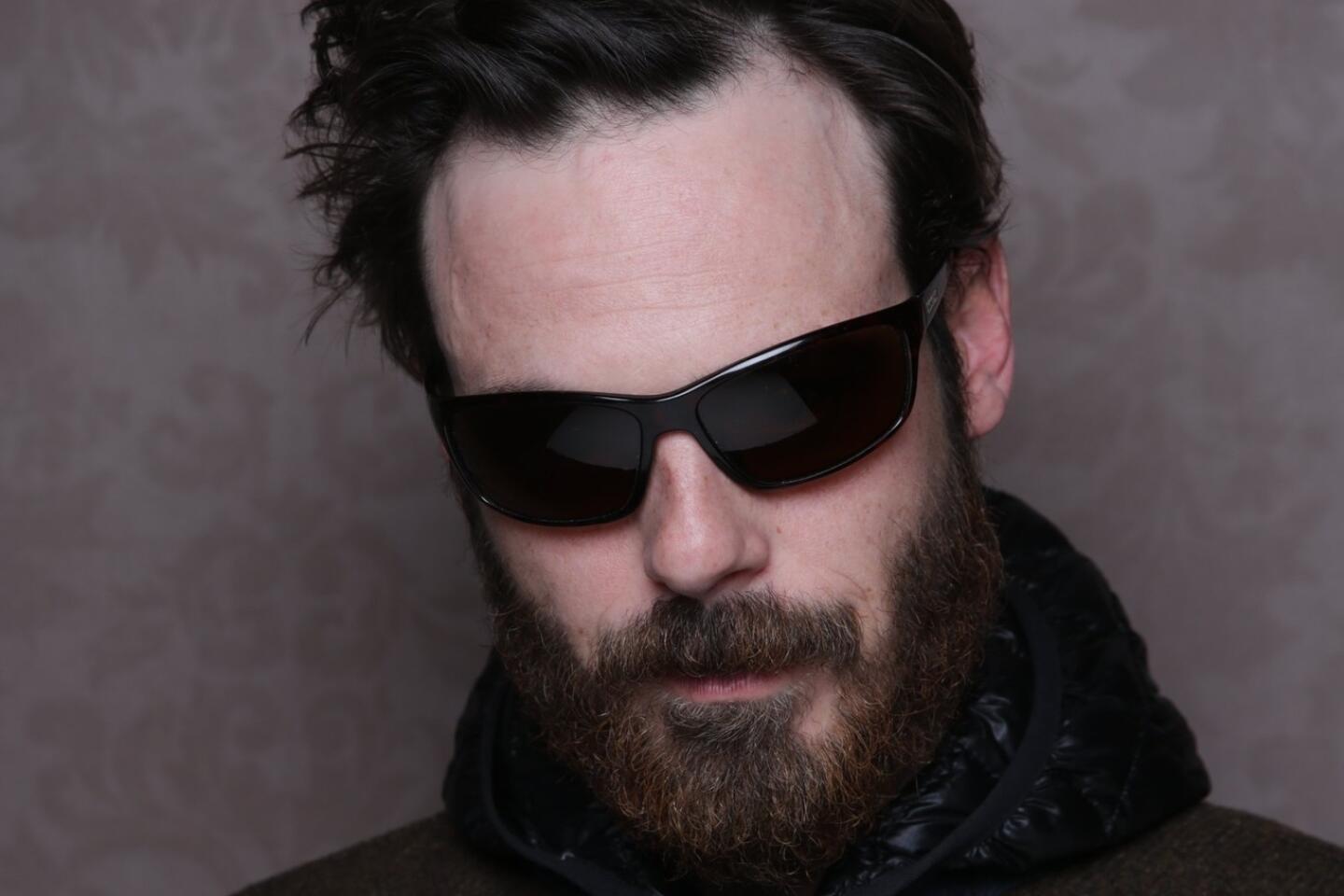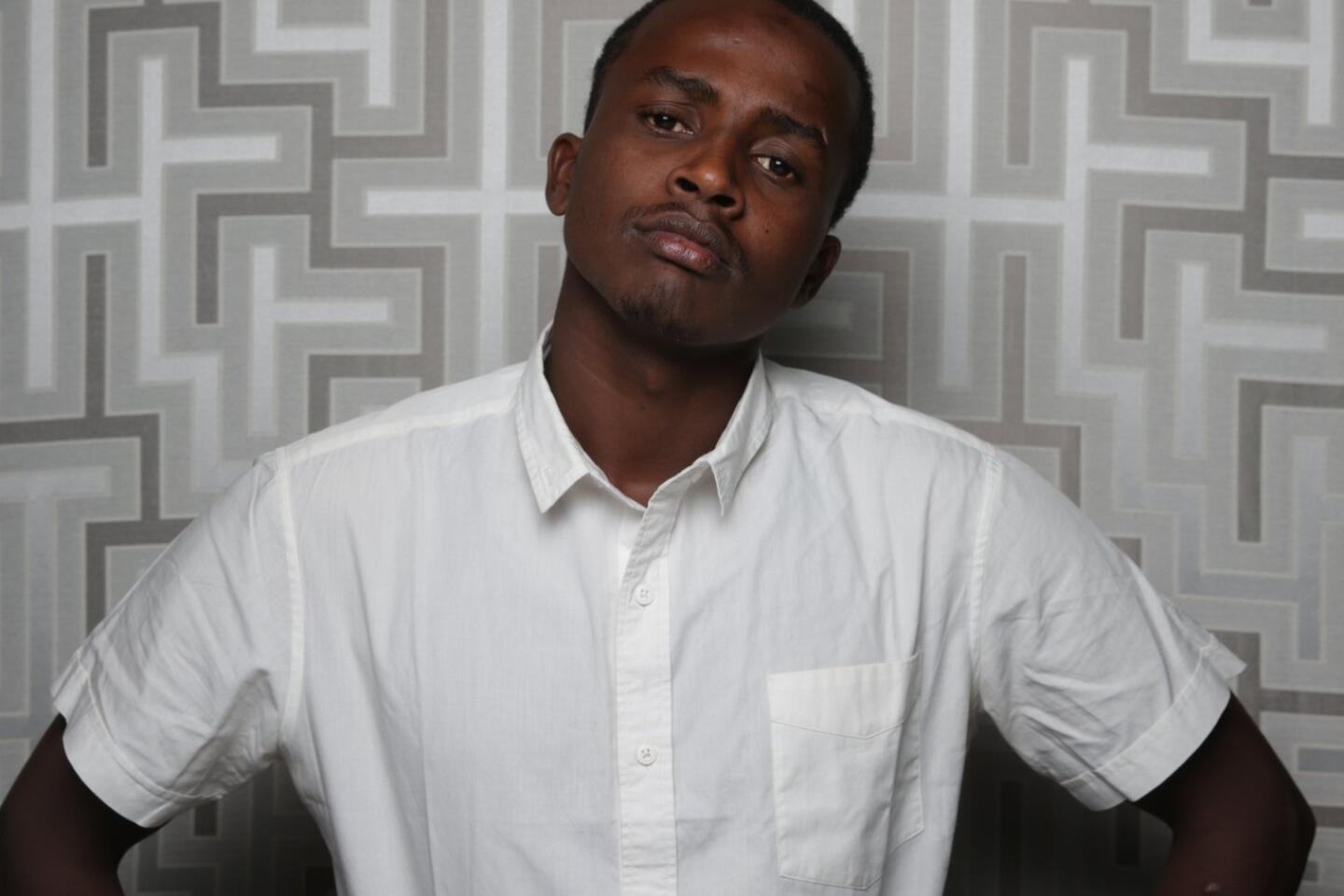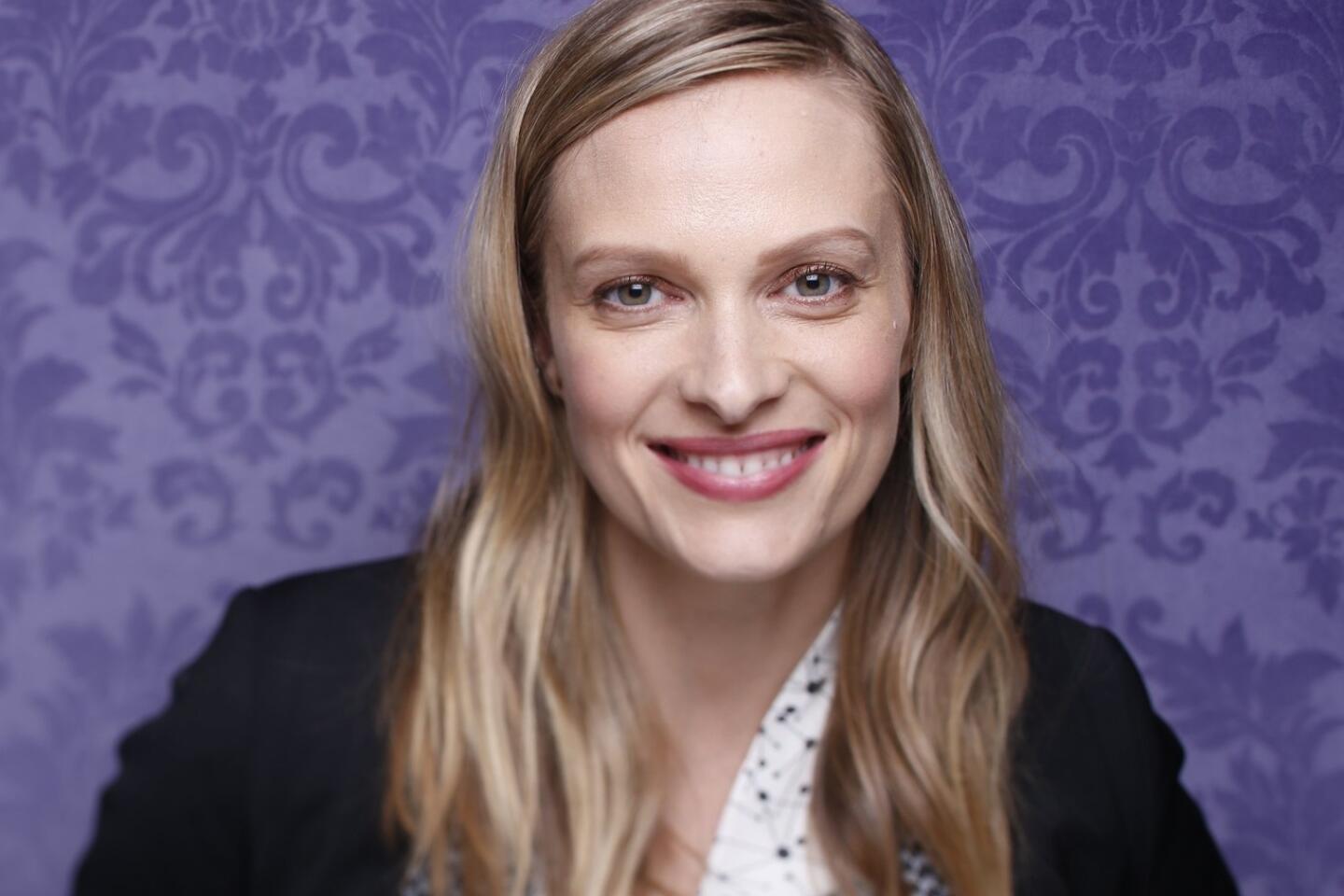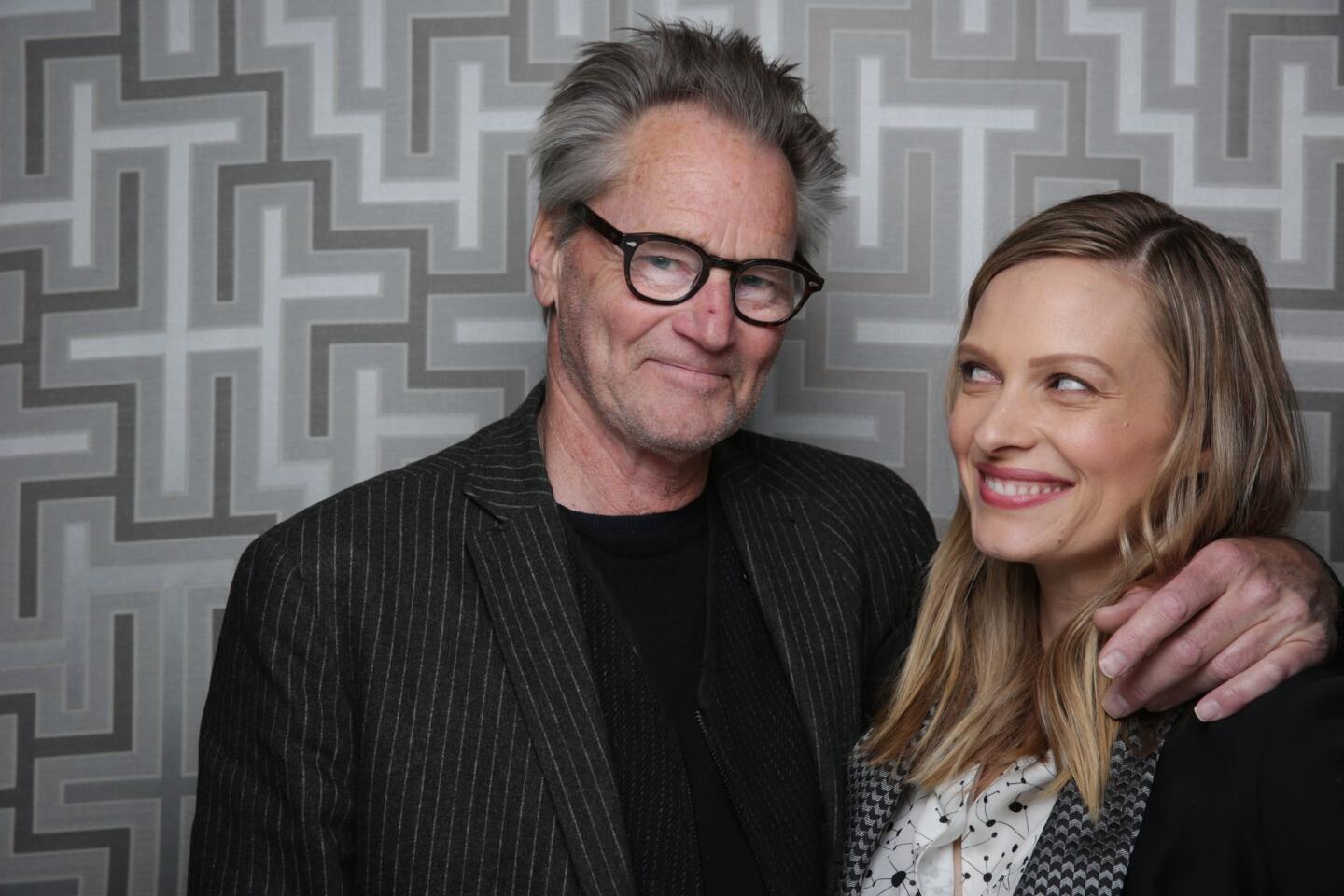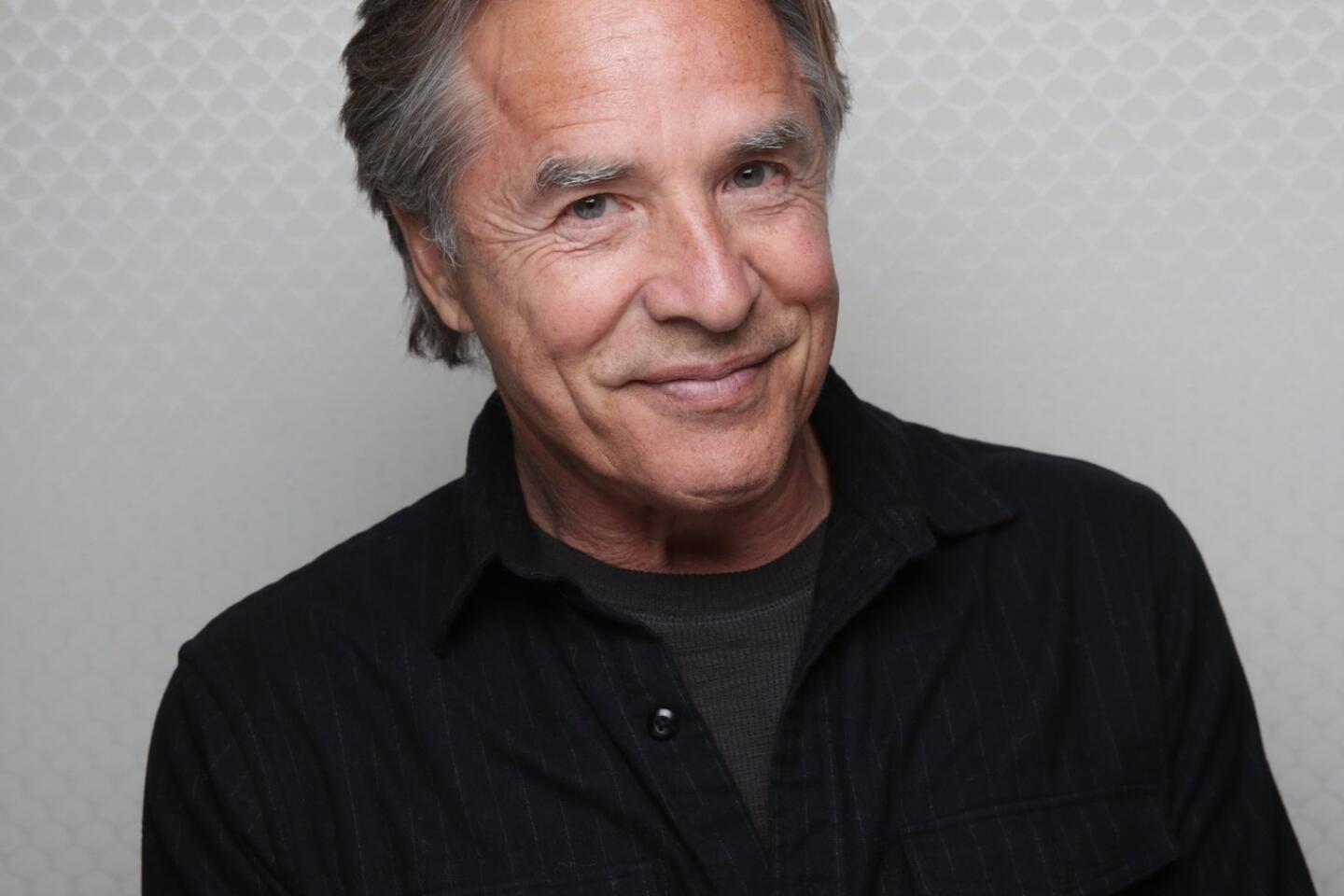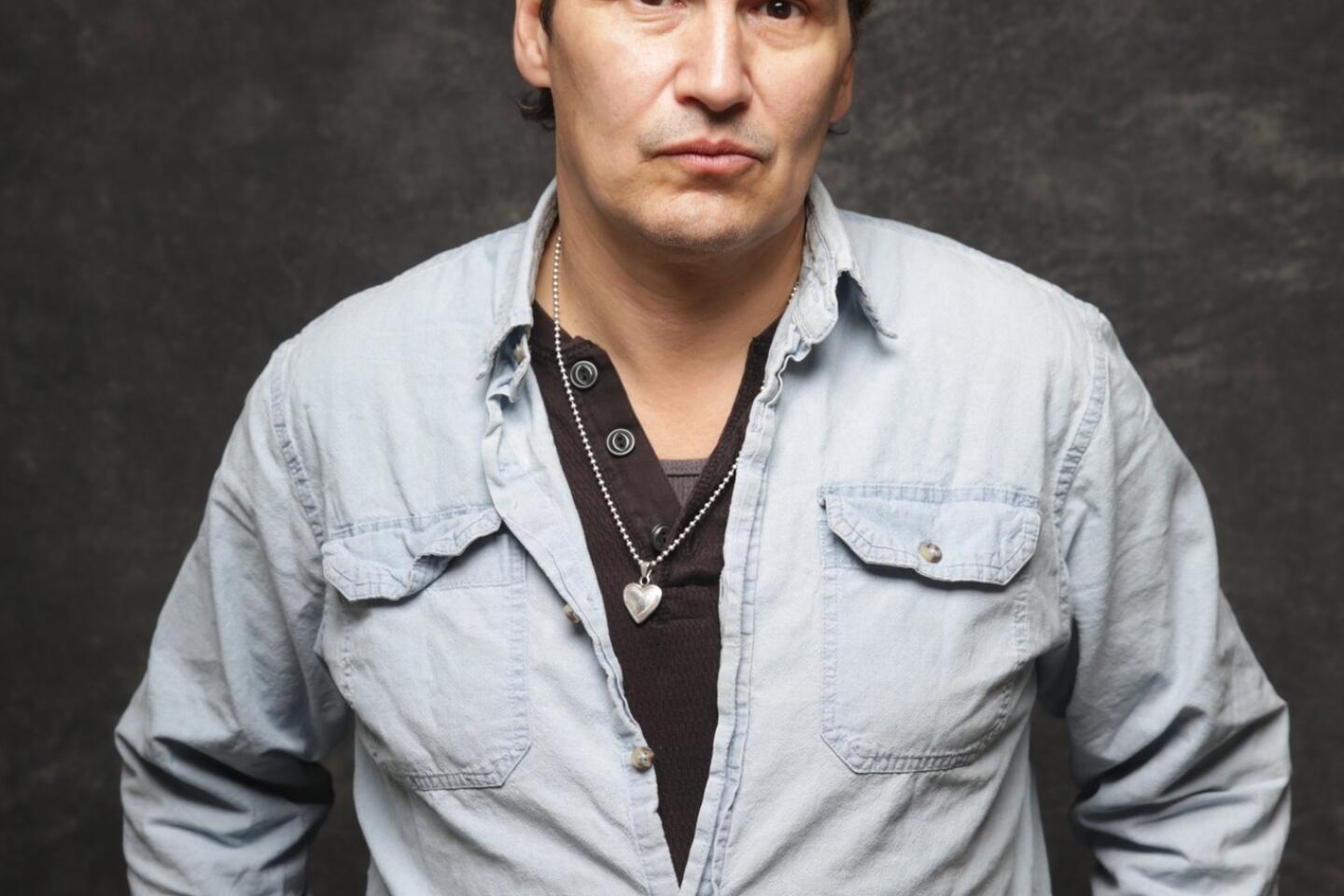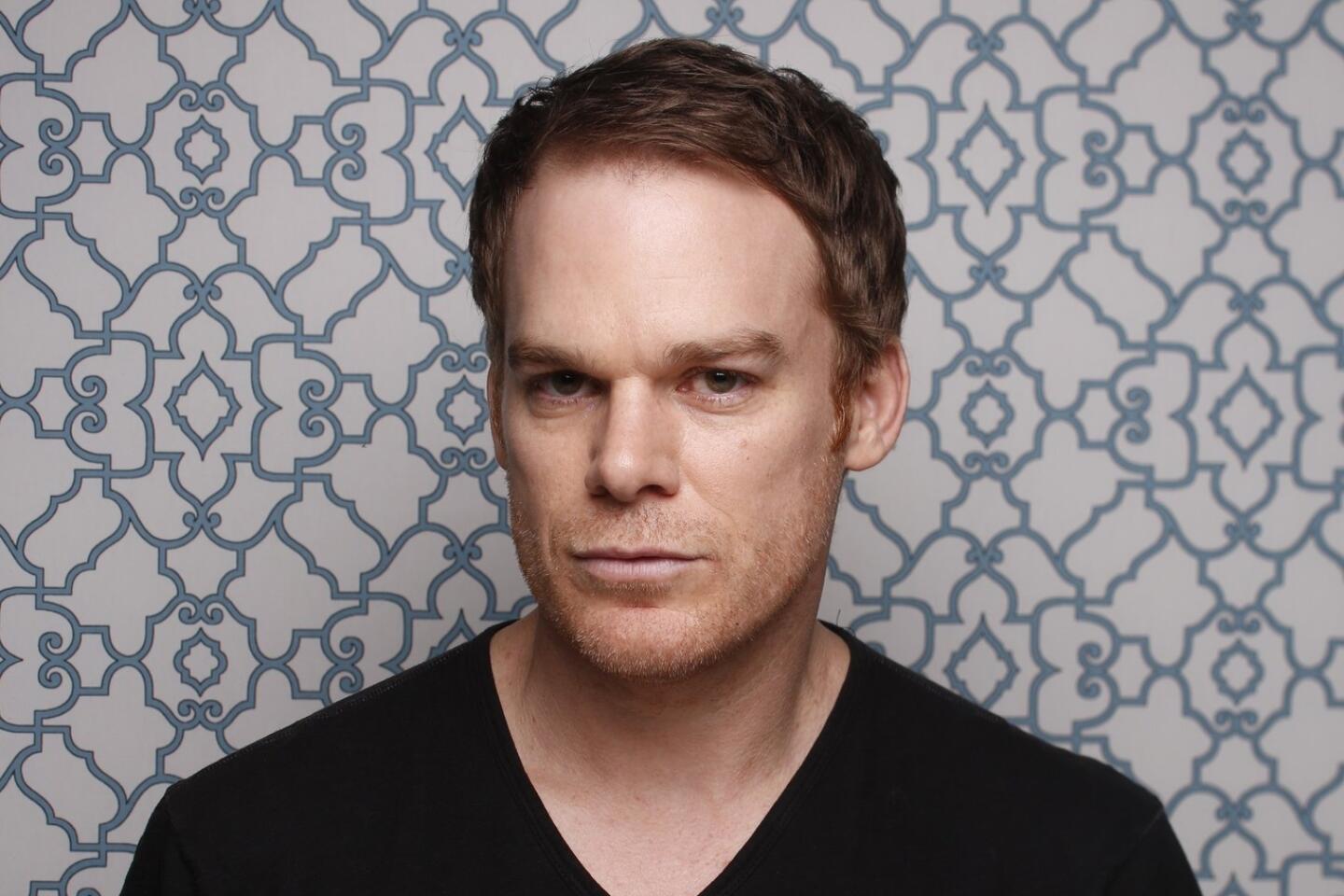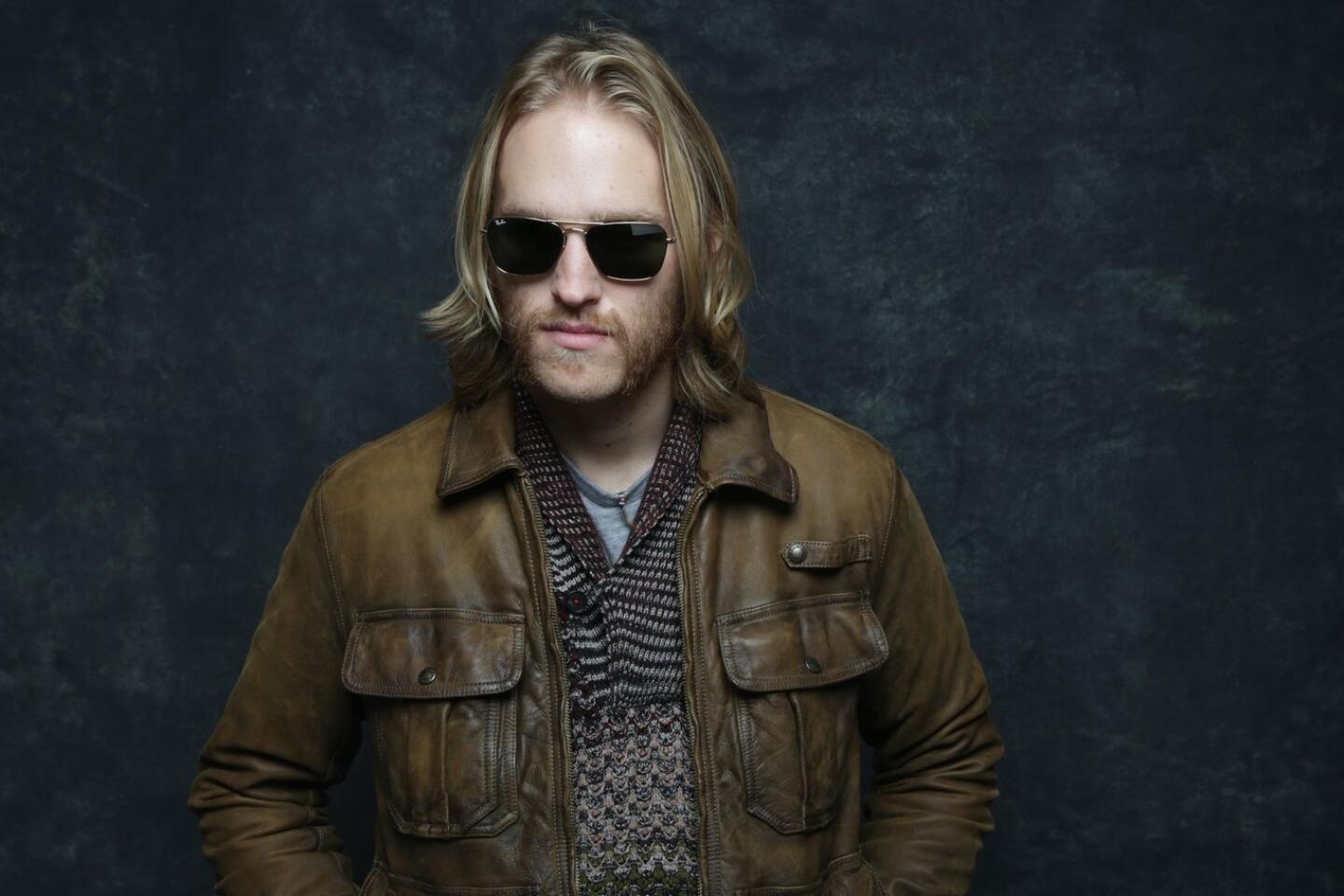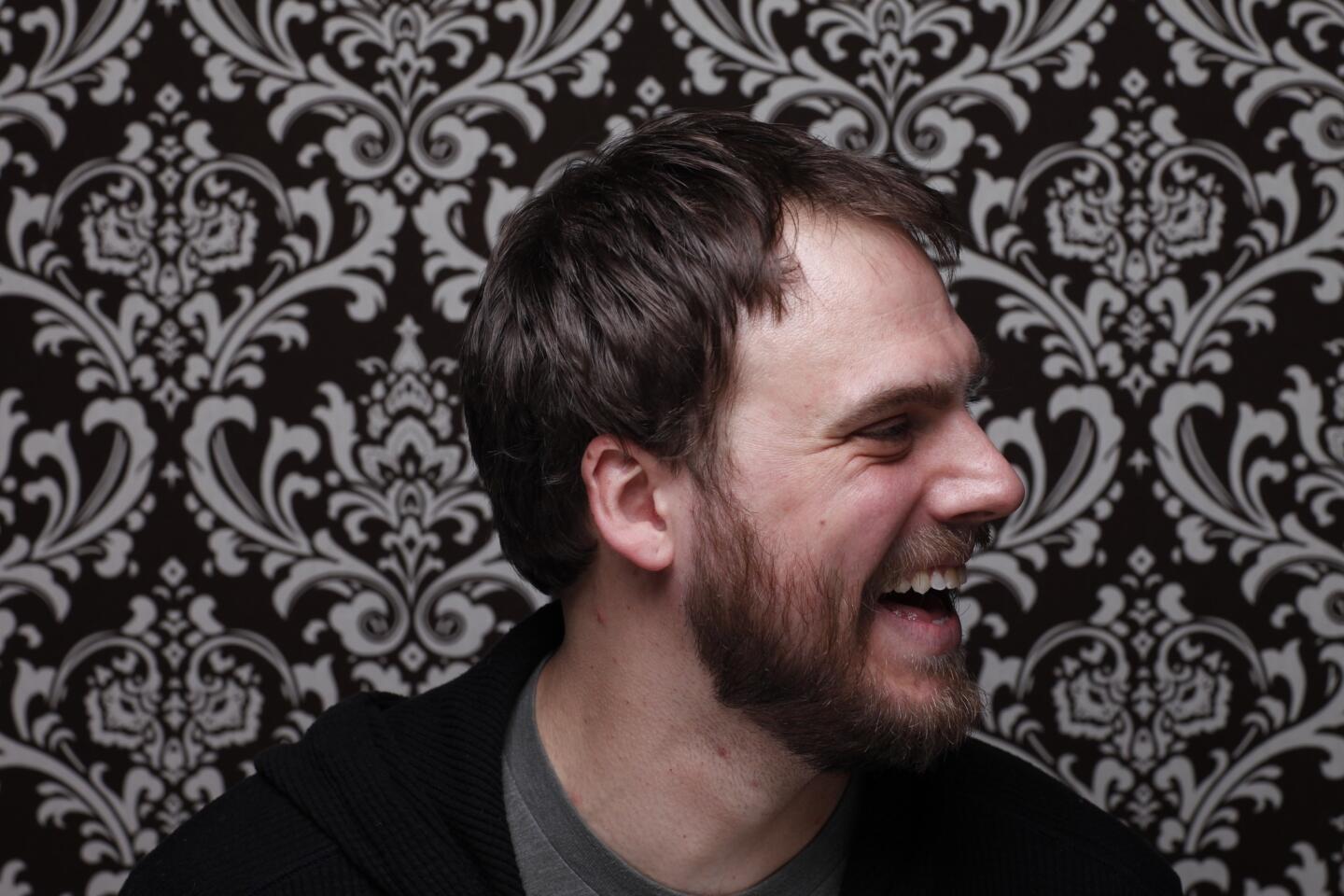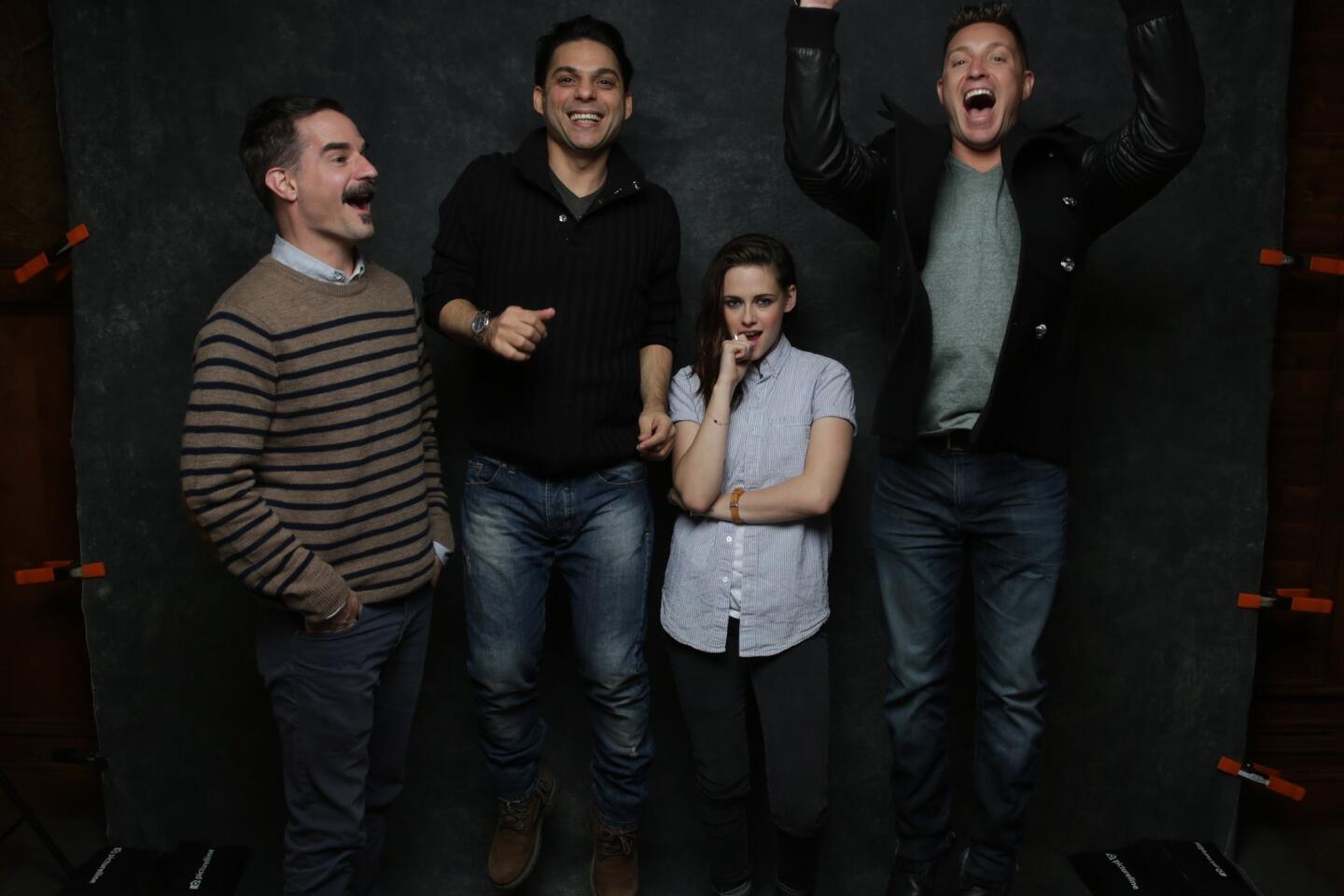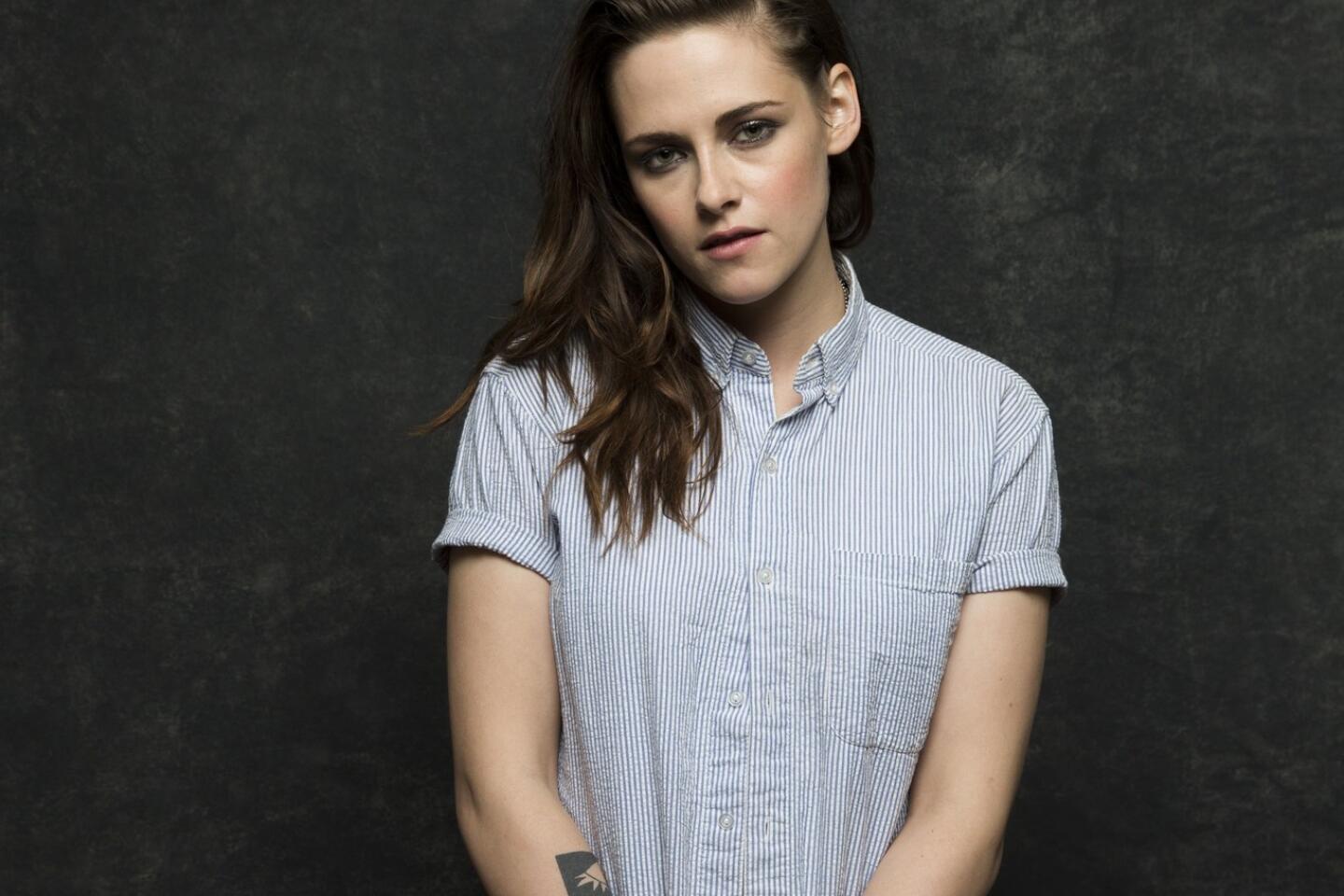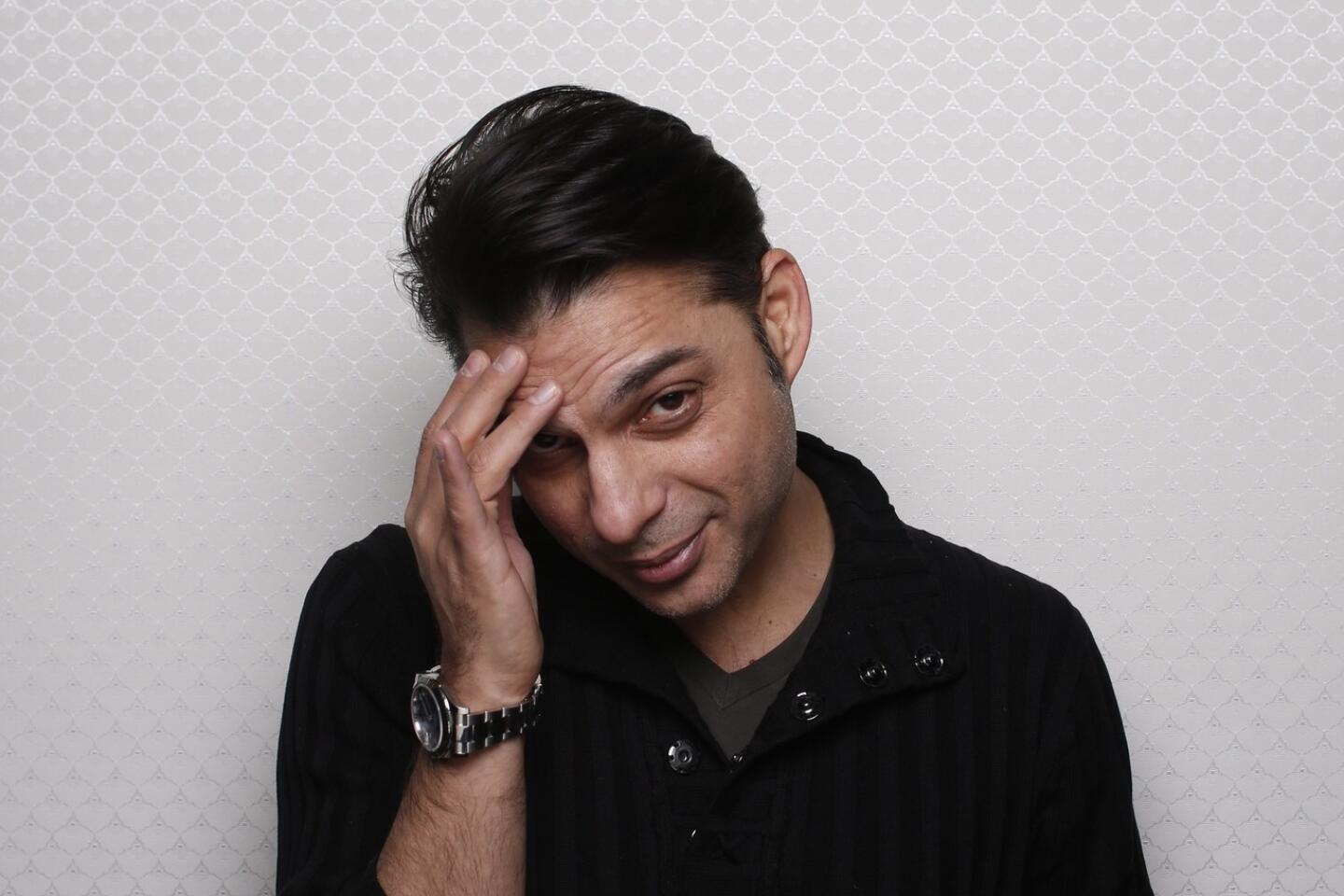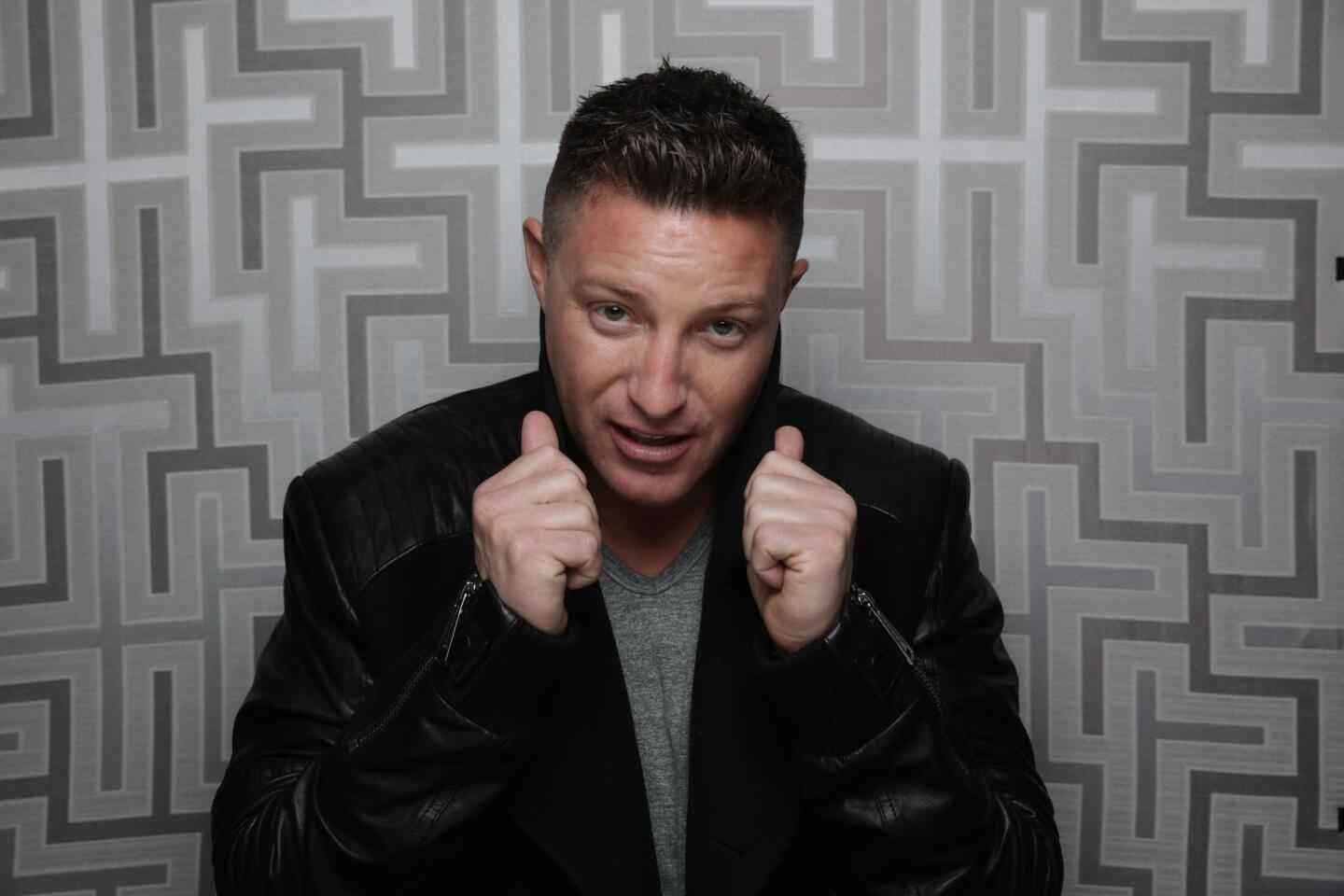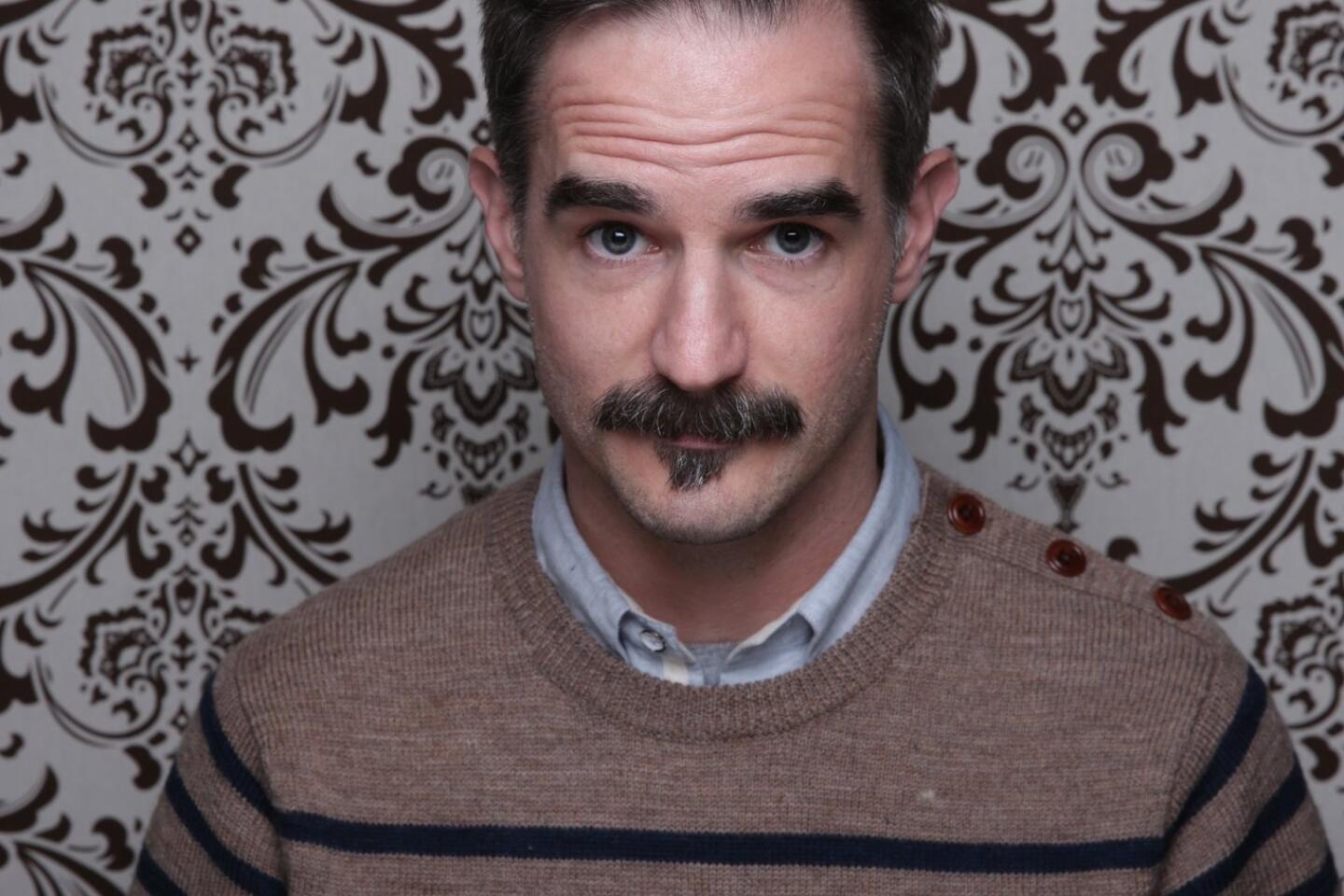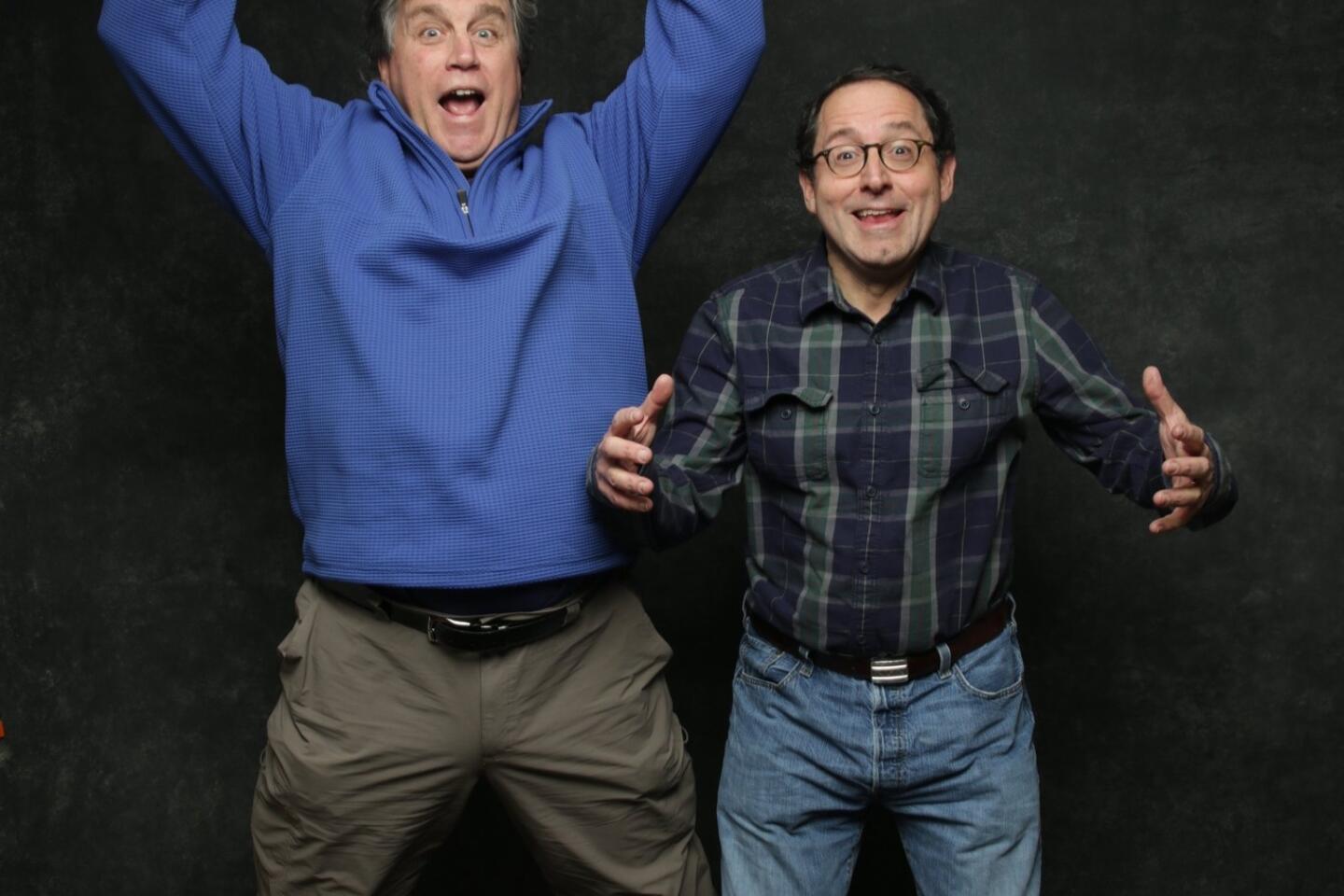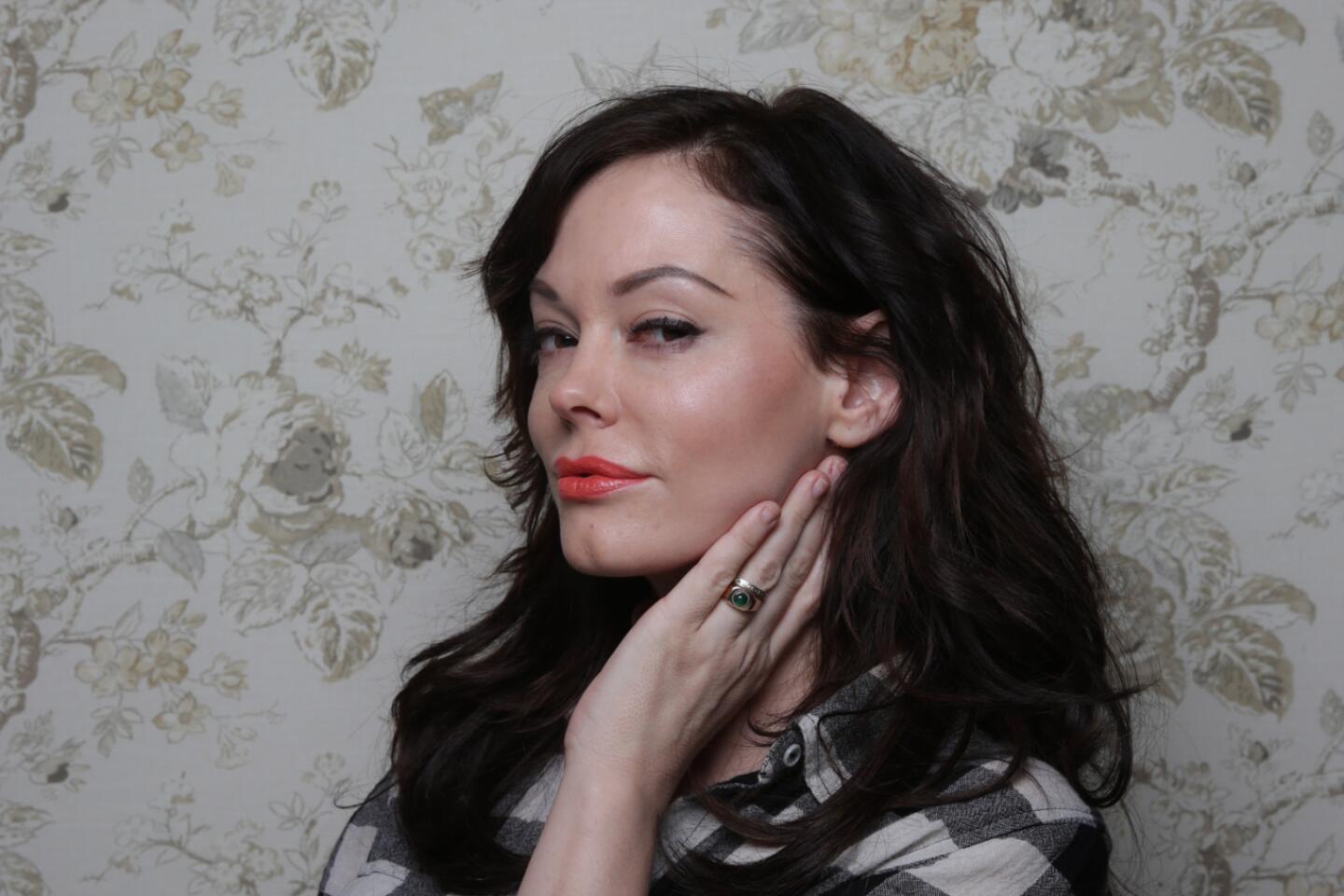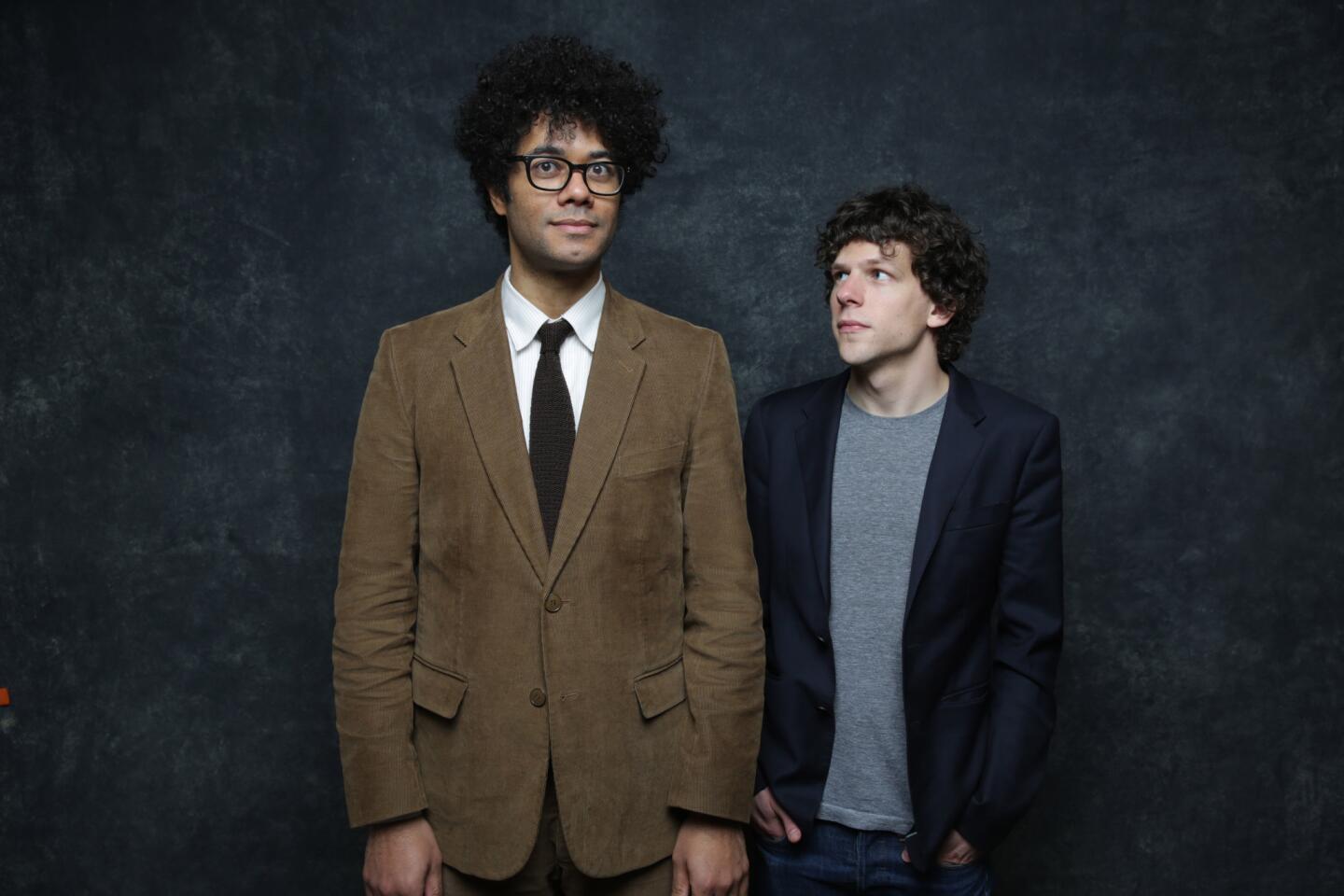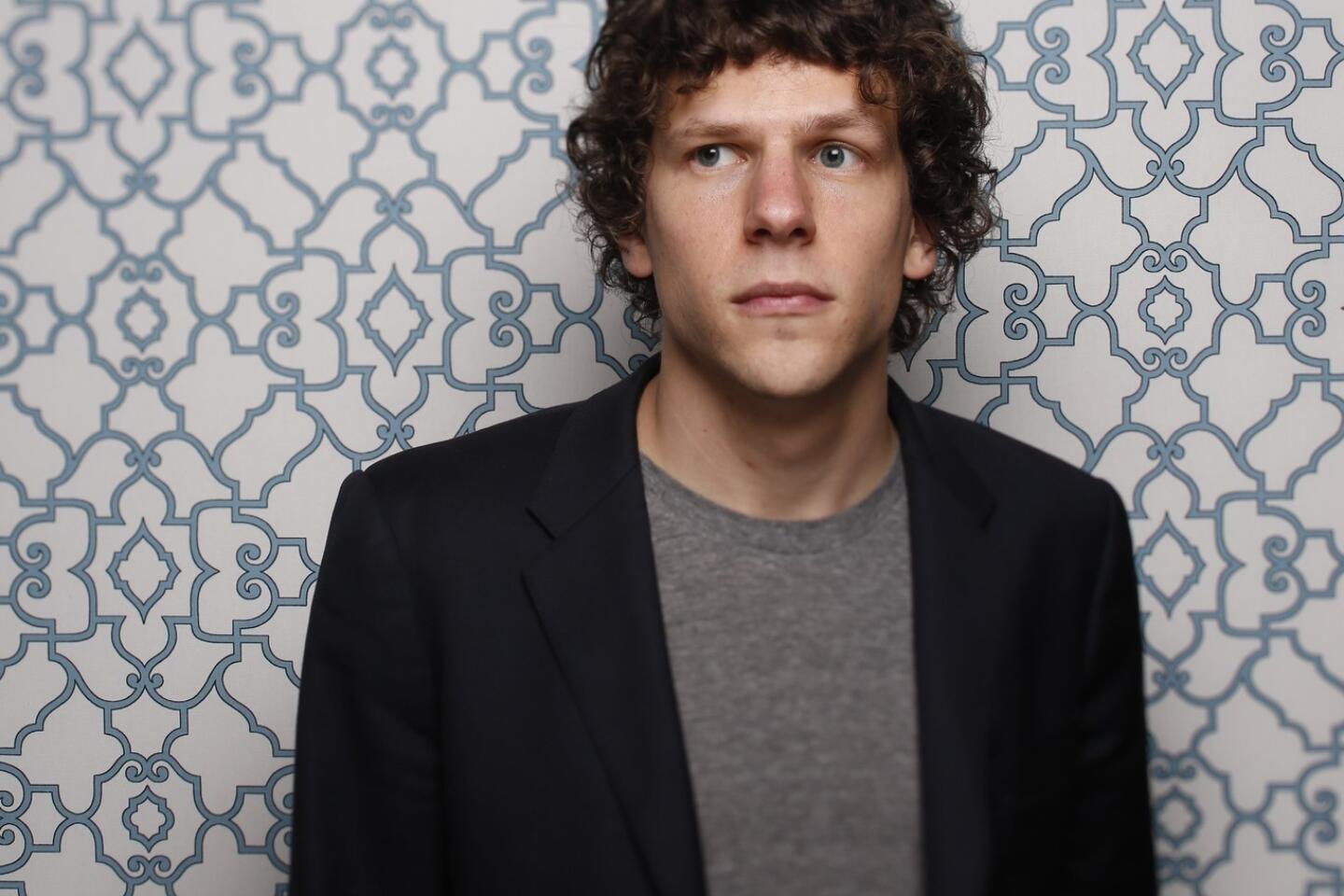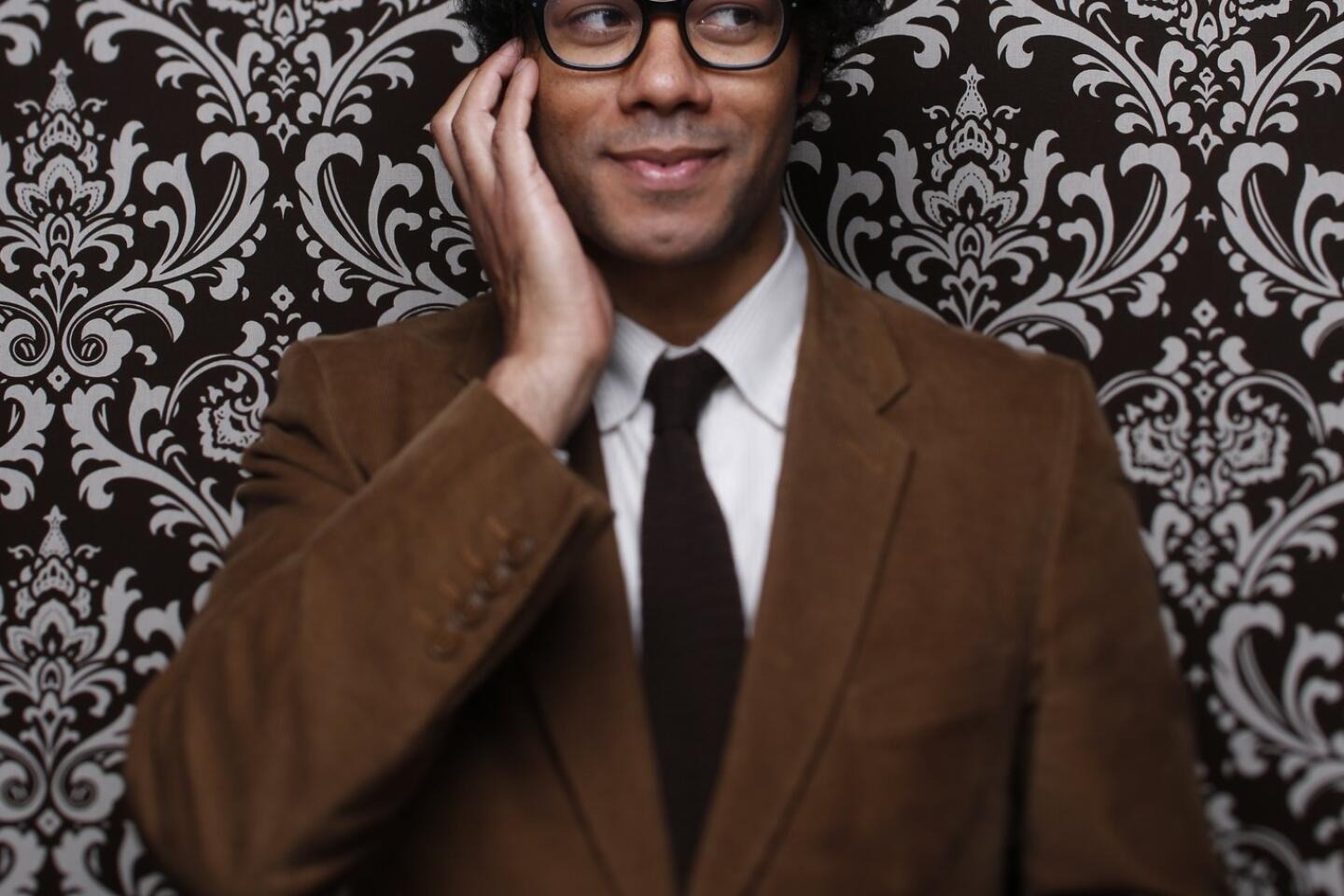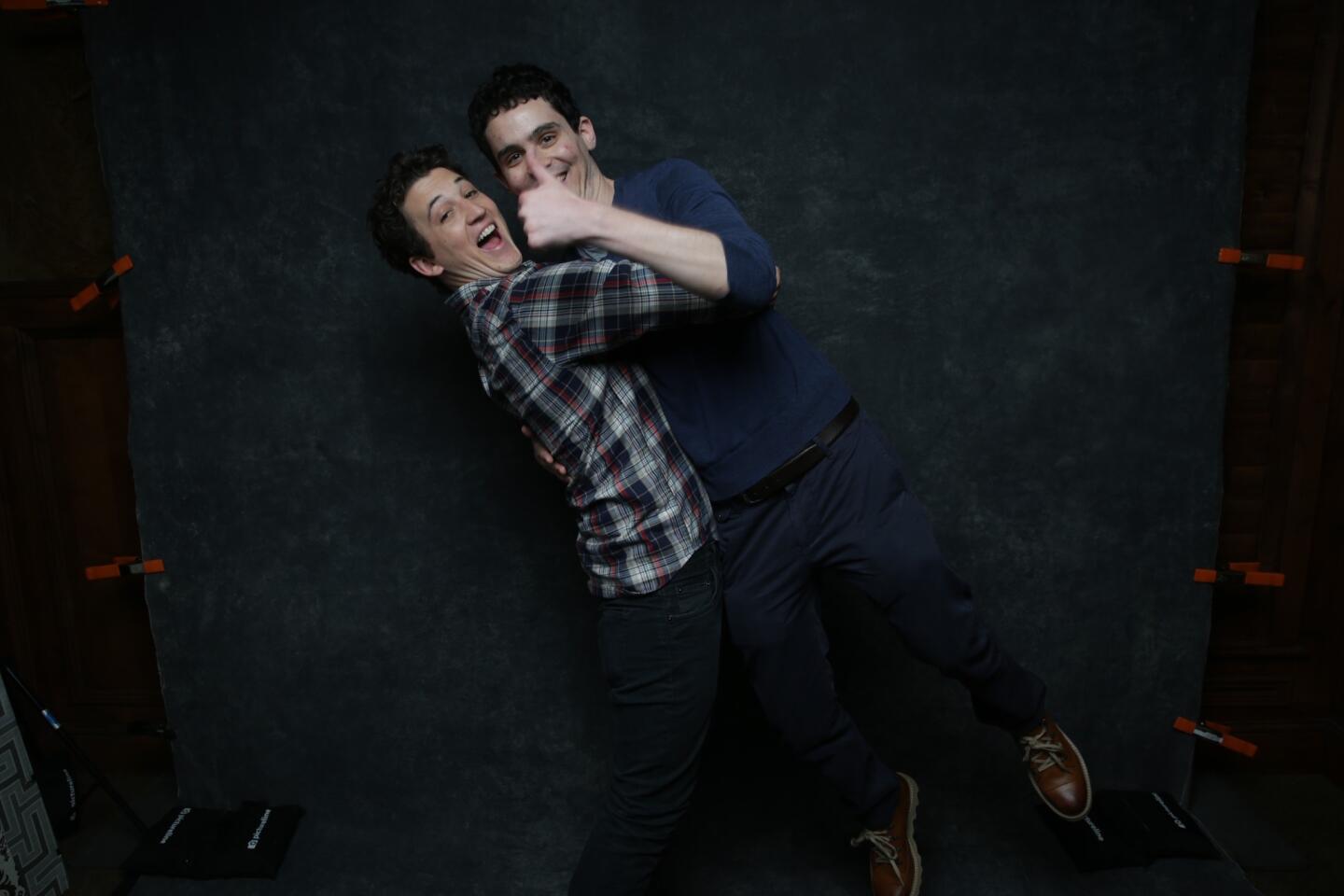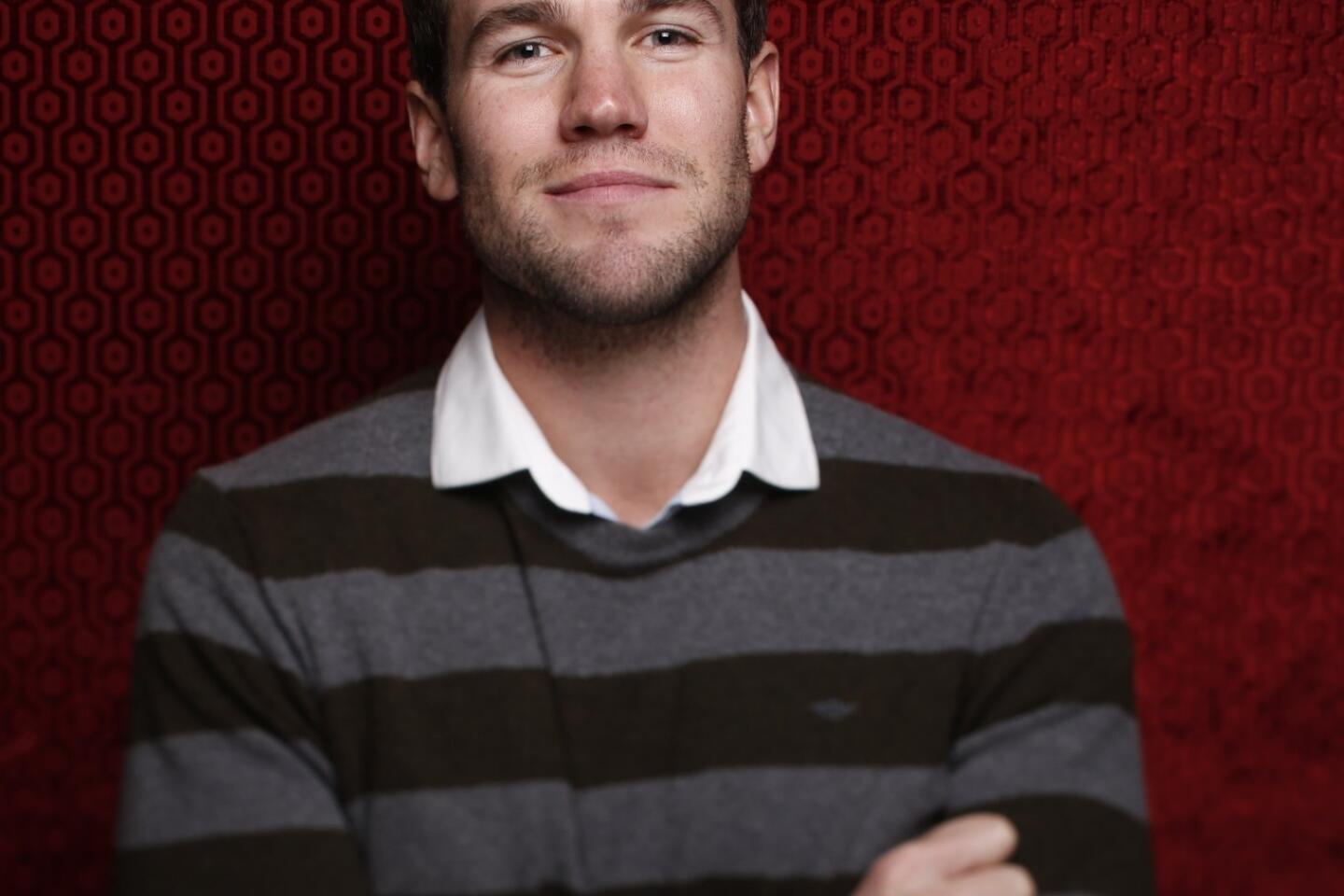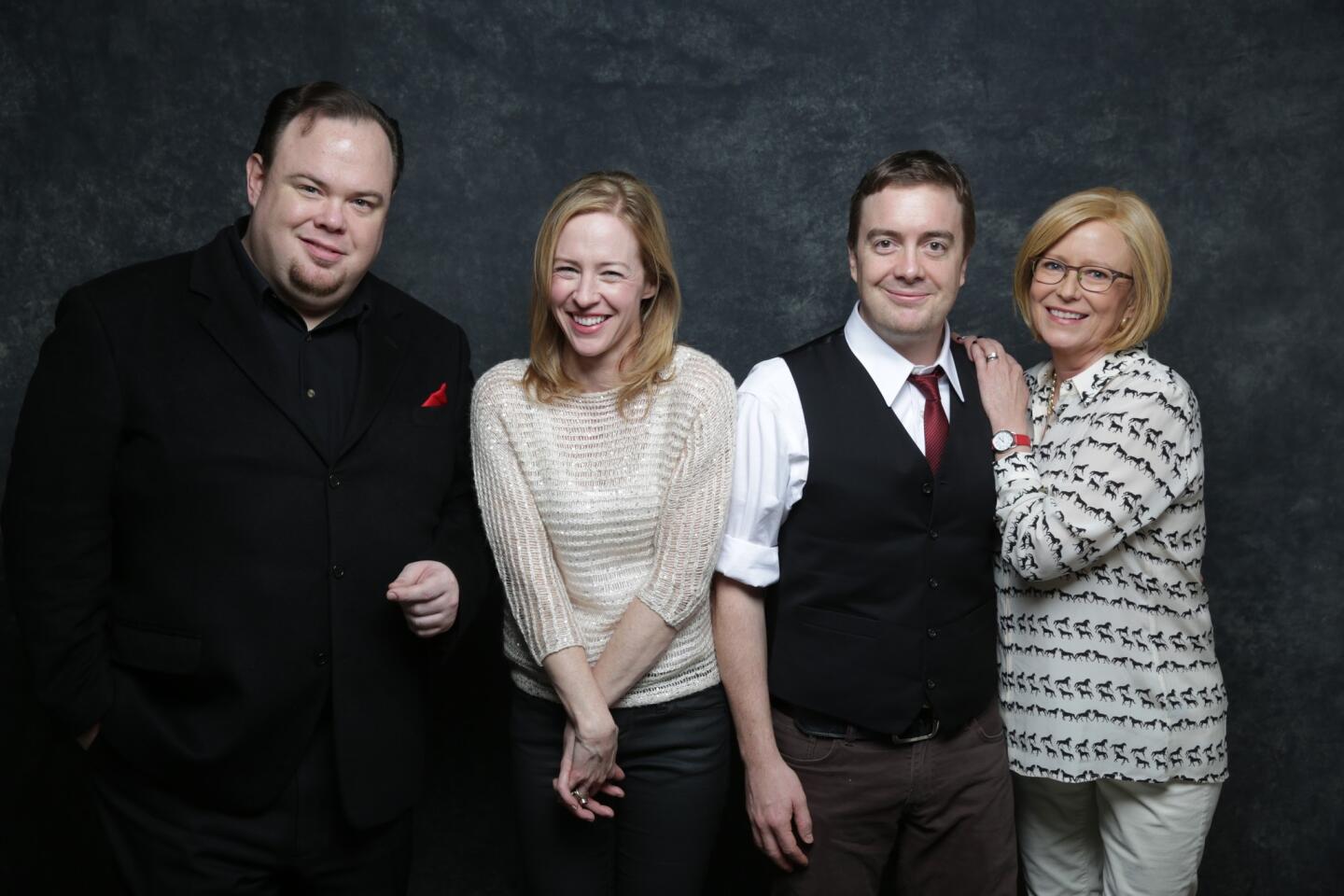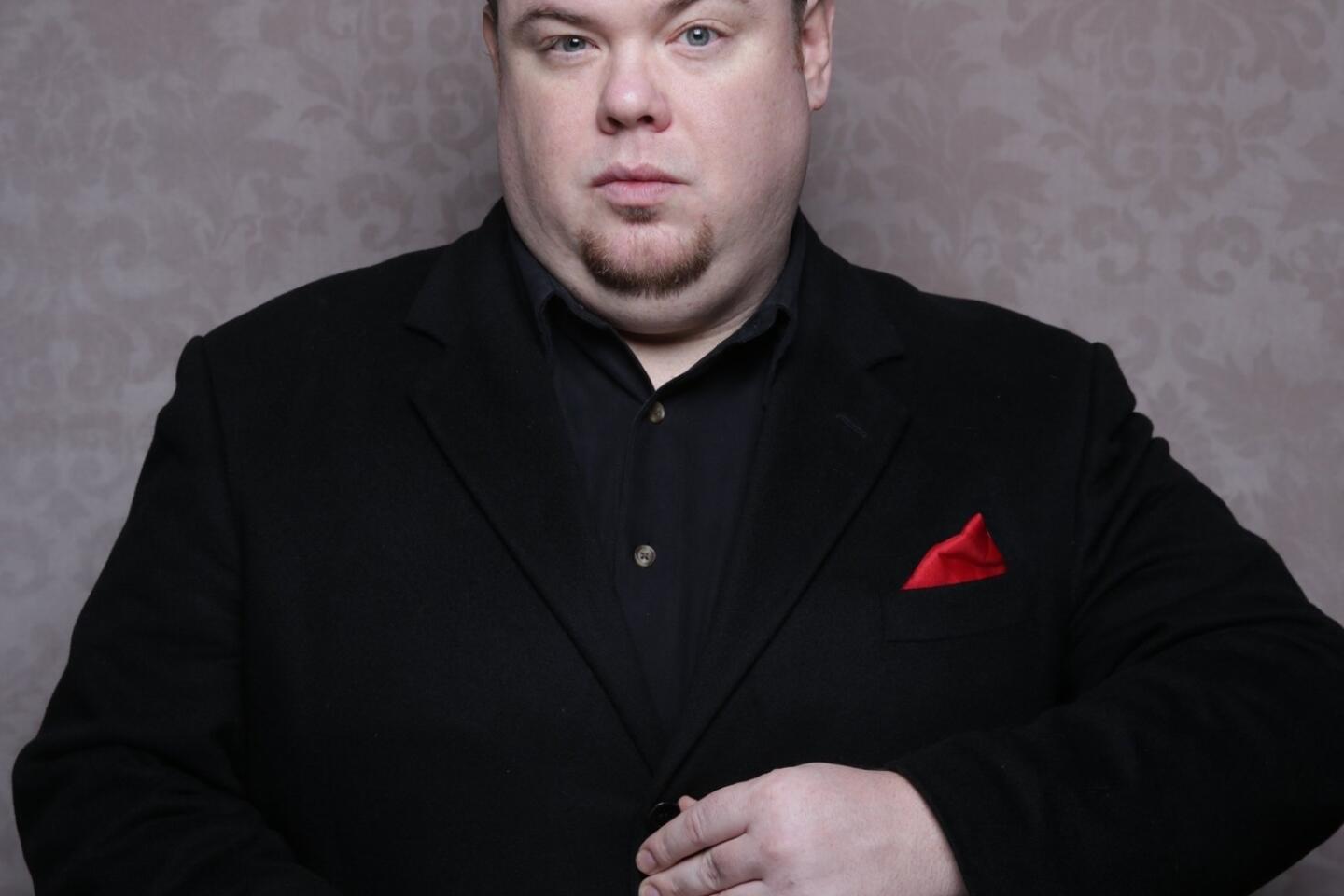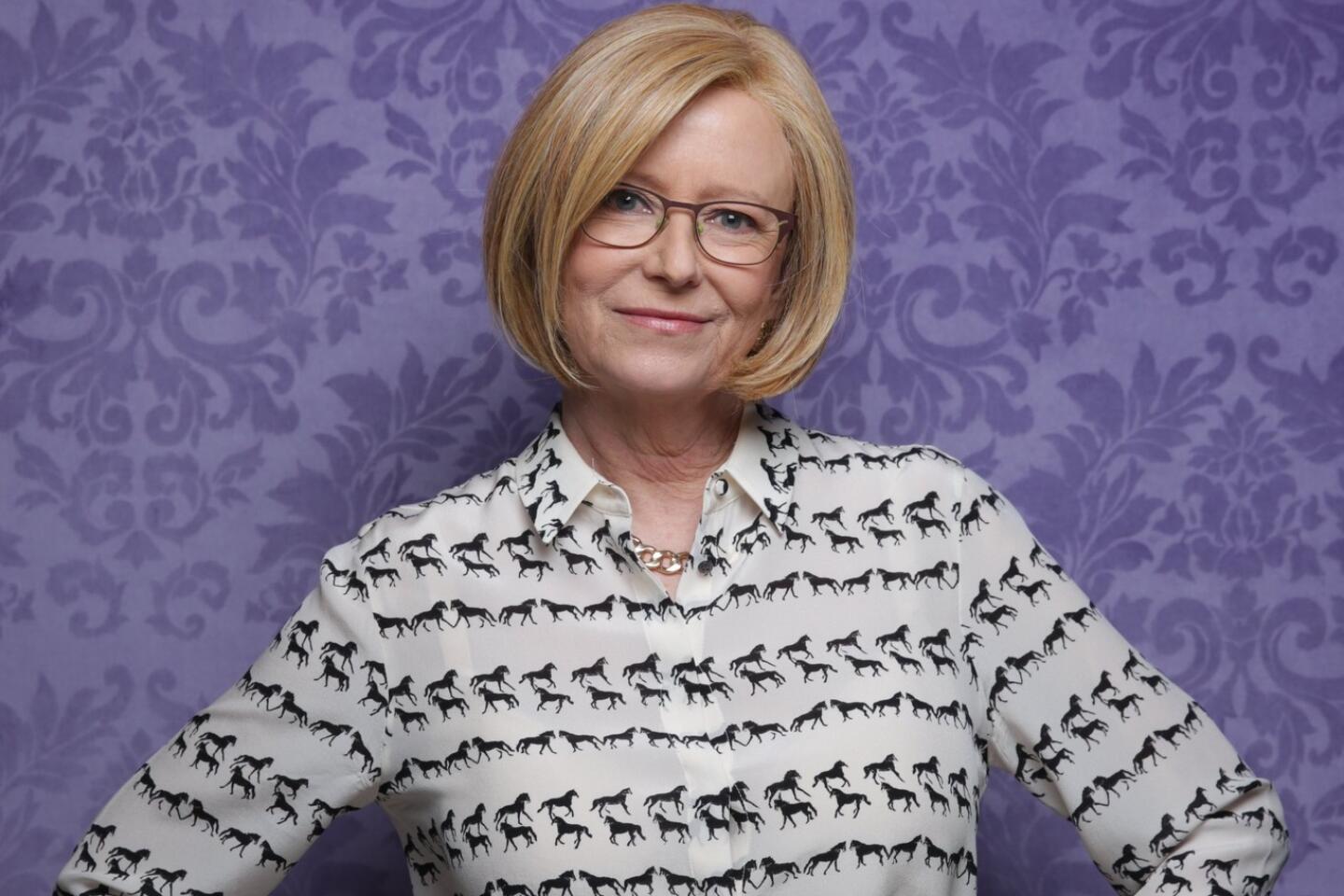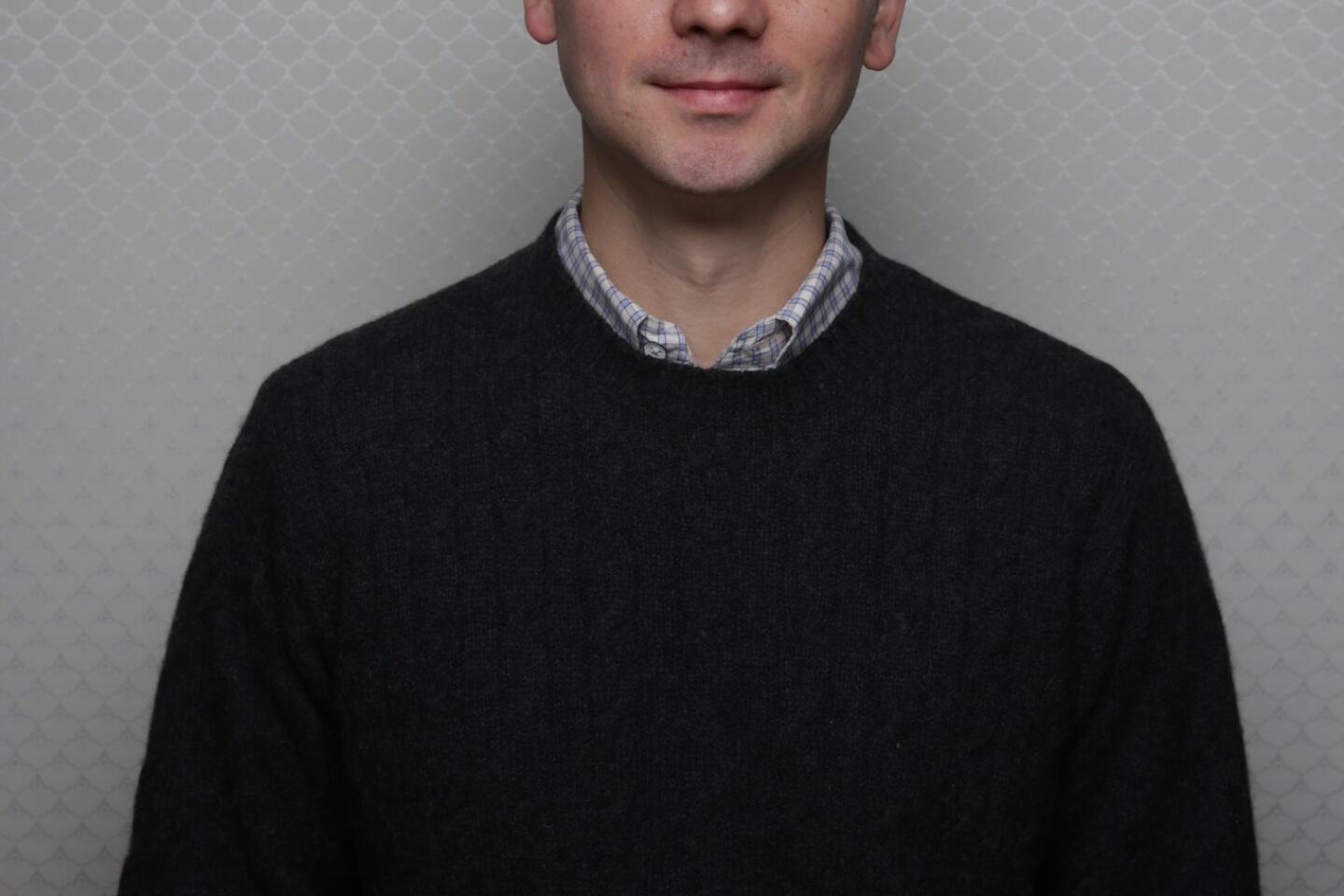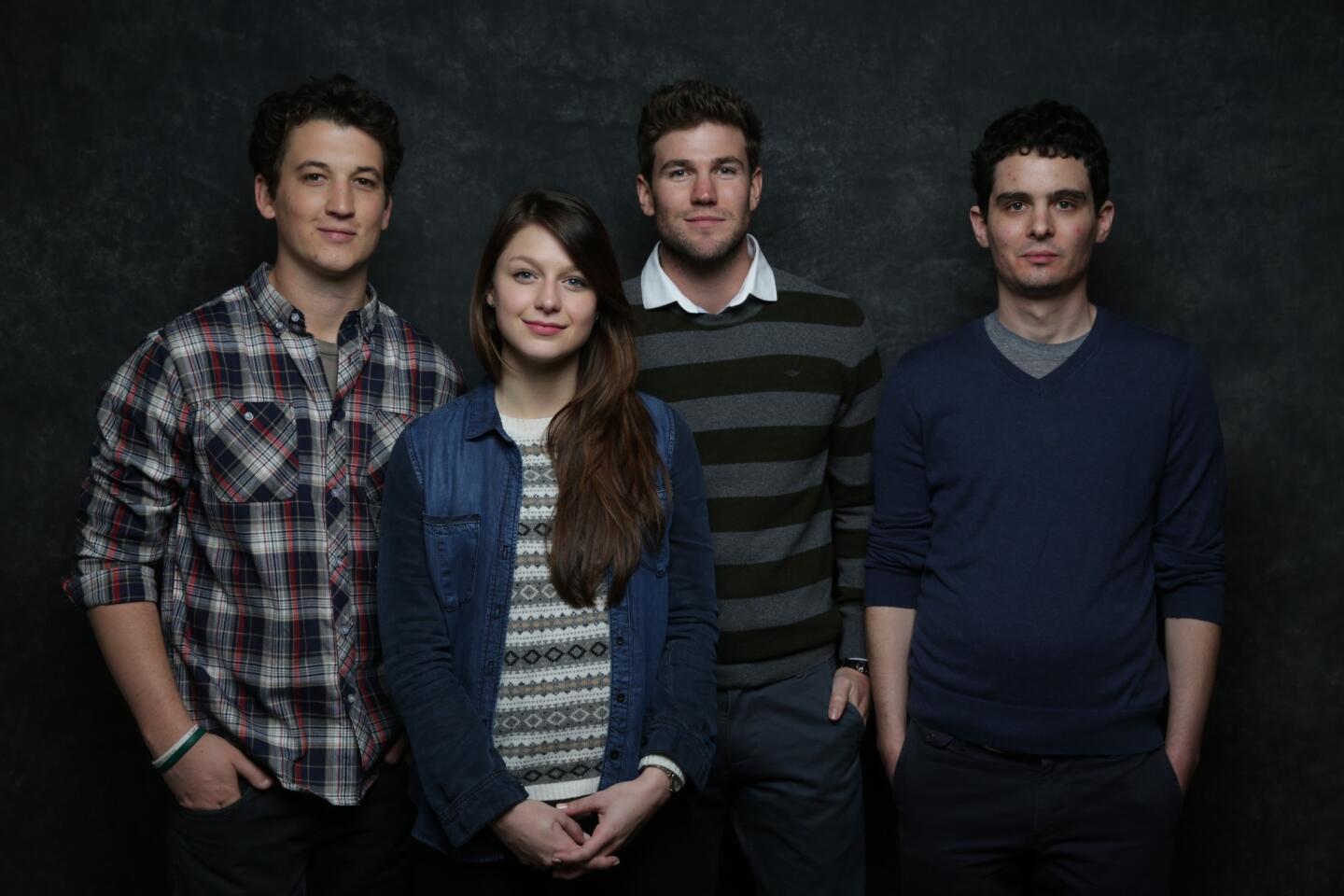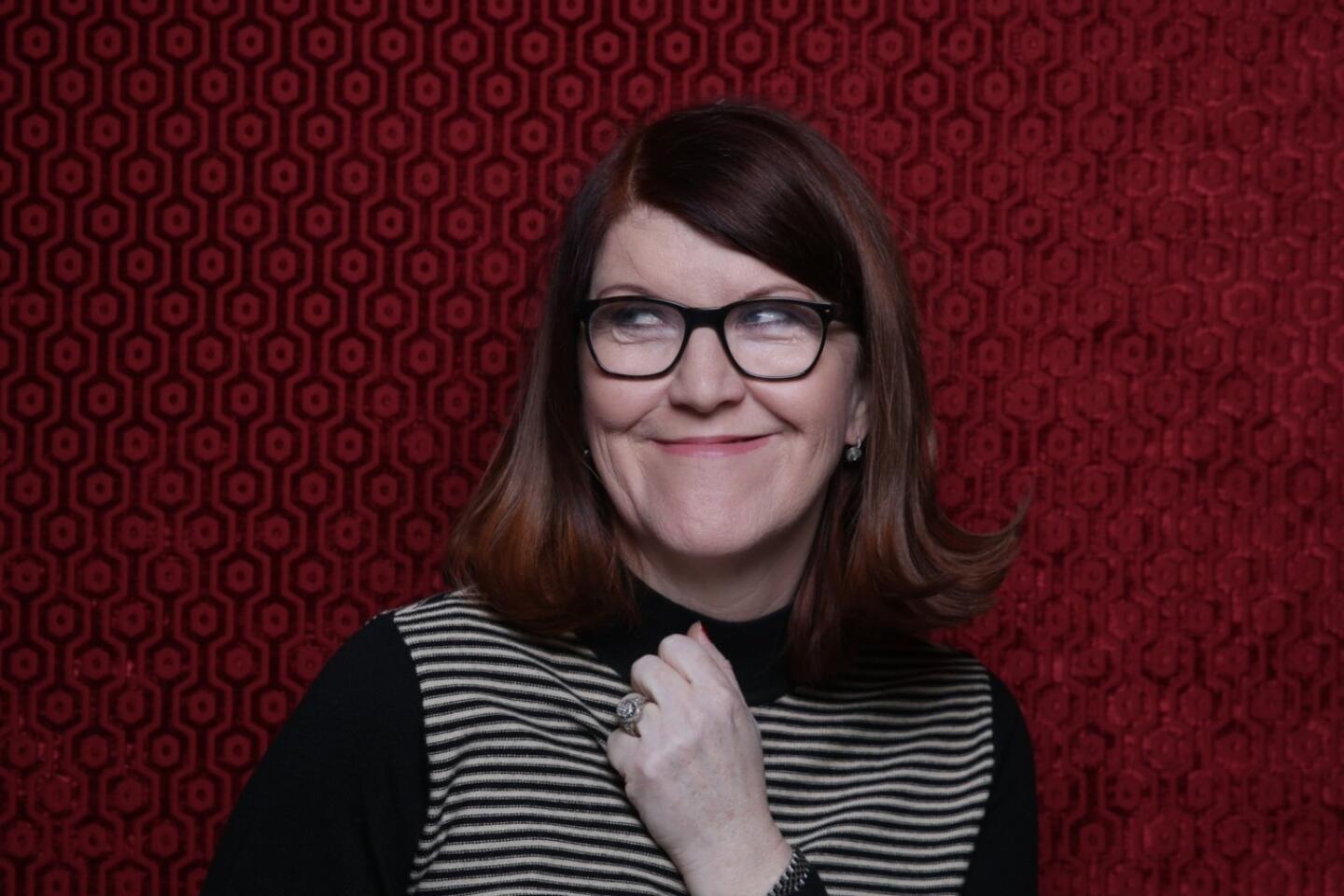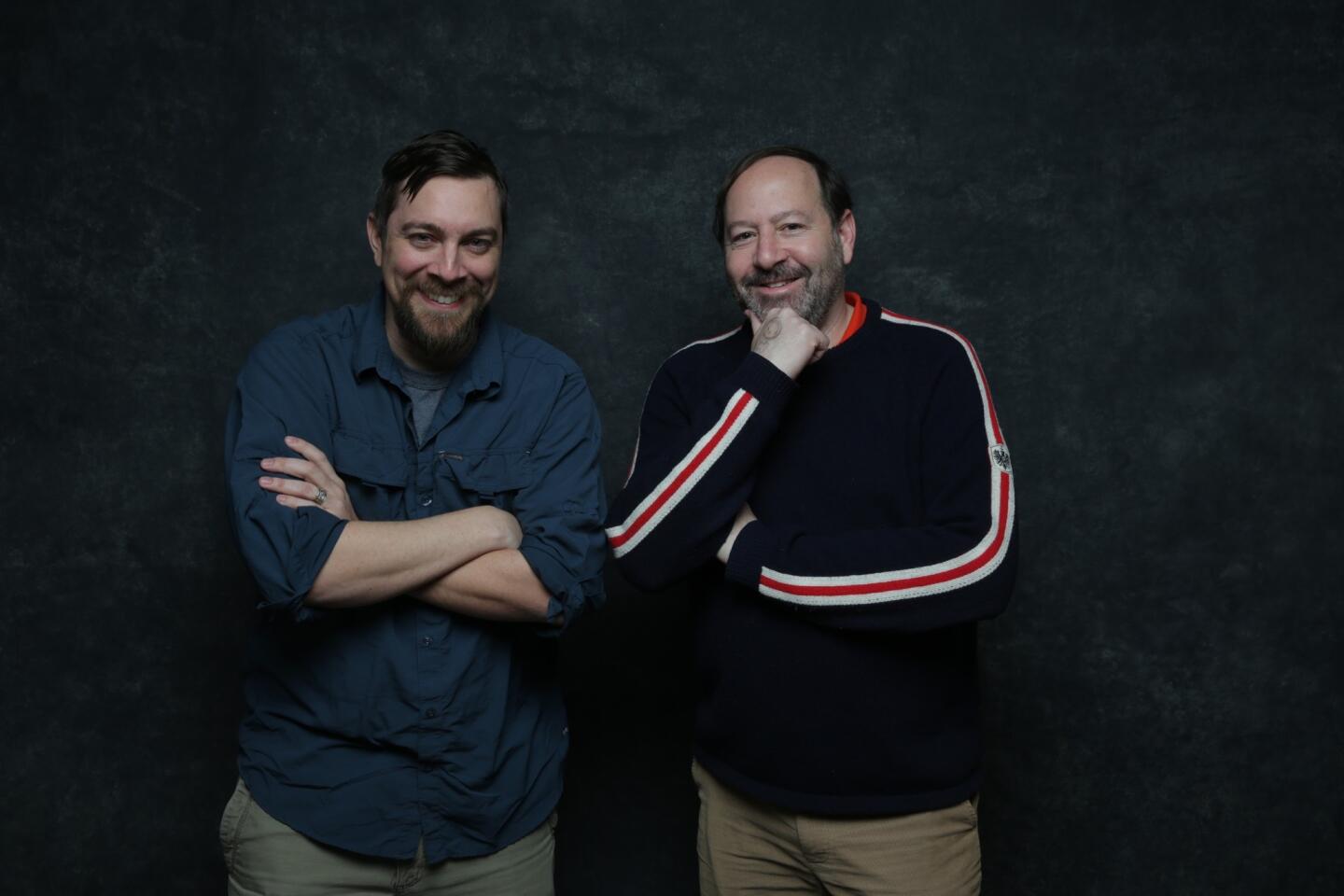Sundance 2014: ‘Cold In July’ jumps genre onto fest’s main stage
- Share via
Referring to a movie or filmmaker as “genre” is often a subtle way to undermine them, placing them in a specific, confined box and leaving them there. This, of course, overlooks the ways in which many of the greatest filmmakers, from Howard Hawks to John Carpenter, have specifically grappled with genre-based storytelling to render something surprising from the seemingly familiar.
When filmmaker Jim Mickle’s new “Cold In July” premieres Saturday evening as part of the dramatic competition category at Sundance it will mark an unusual move, as just last year Mickle was in Sundance’s midnight section with his cannibal horror/family drama hybrid “We Are What We Are.” It is a rare leap for a filmmaker from the confines of the midnight section to the prestige of the festival’s competition.
“I love it. It keeps pushing, encouraging us to explore new territory,” Mickle said in a phone call from his home in New York ahead of the festival. “This movie was really hard to get made for a very long time, it wasn’t straight-up horror, and it was difficult to jump into something that was a little different. It’s great encouragement to know that people will respond.”
PHOTOS: Sundance Film Festival 2014 | The Scene
The film is an adaptation of the 1989 crime novel by noted author Joe R. Lansdale. In the story a man, Richard Dane (Michael C. Hall), shoots and kills a burglar in his home. The burglar’s ex-con father, Ben Russell (Sam Shepard), comes after Dane until they both realize they are being deceived about what is really going on. The film also features a freewheeling turn by Don Johnson as a flaky investigator, Vinessa Shaw as Dane’s wife and Wyatt Russell as a sleazy heavy.
Mickle first read the book after making his first feature, 2006’s “Mulberry Street.” He gave the book to both producer Linda Moran and his screenwriting partner, Nick Damici. It would then take them seven years to get the film made, and in the meantime the trio collaborated on the post-apocalyptic vampire western “Stake Land” and last year’s “We Are What We Are.”
The three previous films directed by Mickle could all be reasonably placed as horror films, though part of what made them so notable was the uncanny ability of Mickle and Damici to cross-pollinate ideas from different genres. In “Cold In July” the pair meld the paranoid revenge thriller with father-son psychodrama against a backdrop of shifting allegiances in which enemies become allies. It is storytelling that goes off the map.
“I see movies as movies, they’re either good or they’re bad,” Damici in a phone call from New York ahead of the festival.
MORE: Complete list of Sundance film festival selections
“We tend to cross genres, and I love cross-genre stuff,” said Damici. “Lonsdale does that like nobody else, which is right up our alley. When I read it I said, this is crazy, it starts out as ‘Cape Fear’ and somewhere along the way turns into ‘Taxi Driver.’ ”
The references used by Mickle and Damici also extended beyond typical genre fare. Mickle refers to both the ‘80s Patrick Swayze film “Road House” and the Korean thrillers “Memories of Murder” and “The Chaser” in discussing the film, while Damici mentions the Serbian filmmaker Emir Kusturica and Michelangelo Antonioni’s Jack Nicholson-starring “The Passenger.”
Damici began his writing process by simply transcribing Lonsdale’s book, including all the dialogue, resulting in a 220-page script. From there he and Mickle painstakingly whittled it down to something less directly faithful but more reasonably shootable.
Mickle noted, “Even though the finished script was probably furthest from the book, in my mind it was the most spiritually akin to the book and I felt best captured what we loved about it.
PHOTOS: Sundance through the years
It was while at Sundance last year that Mickle first met Hall. The actor ended up coming pretty much straight from shooting the final episode of the television show “Dexter” to the set of “Cold In July” in upstate New York last summer. Hall even had the delightfully unsightly mullet wig he wears in the film made by the hair and makeup team from the show. (Mickle noted Hall took to referring to the wig itself by his character’s name, “Richard Dane.”)
Moving from the festival’s midnight section to Sundance’s dramatic competition simply underscores the way Mickle and Damici are driven by an interest in storytelling and characters rather than strictly gore for the sake of gore or the whirligig fright machines of many recent horror films.
“I think it’s good to jump around and do something different,” said Damici. “Horror’s always going to be there. We can always go back to it. It’s not going to go away.”
Even the length of time it took them to get “Cold In July” going in the face of concerns that they were just horror filmmakers and not ready for something like a twisting crime drama ultimately worked to their benefit.
“In a way I think the long process let it simmer,” said Mickle. “I don’t think stylistically we would have gone as far, we wouldn’t have pushed the period as much or done a lot of the things that give the movie a lot of personality. It would have been a lot more straightforward it its storytelling had we done it before. So in a way it was worth the wait, it became a richer movie.”
ALSO:
Sundance 2014: Men of a certain age travel, party in ‘Land Ho!’¿
Sundance 2014: first look at Lithgow & Molina in ‘Love Is Strange’
Oscars 2014: foreign language nominees include ‘The Hunt’, ‘Omar’
Follow Mark Olsen on Twitter: @IndieFocus
More to Read
Only good movies
Get the Indie Focus newsletter, Mark Olsen's weekly guide to the world of cinema.
You may occasionally receive promotional content from the Los Angeles Times.
